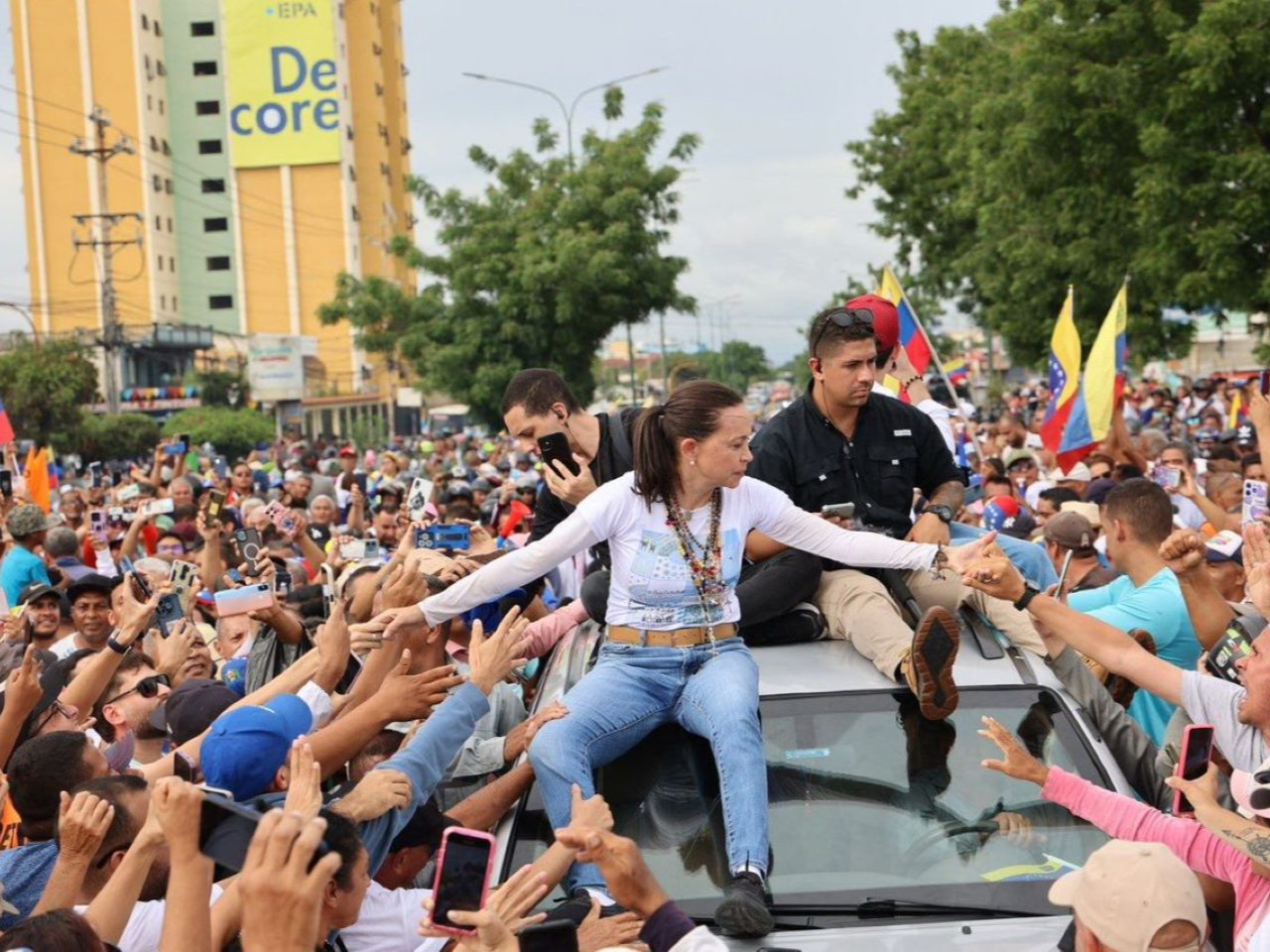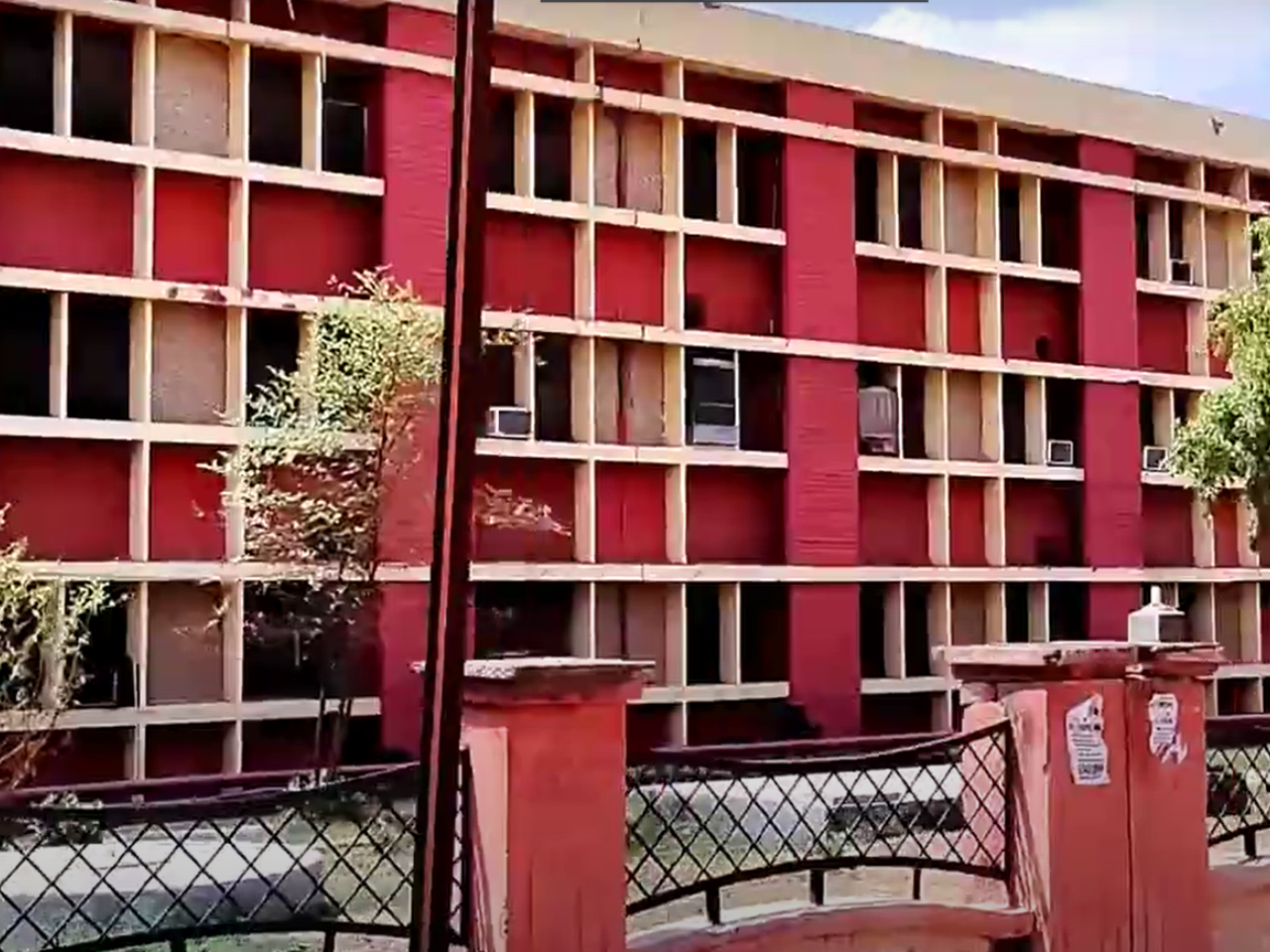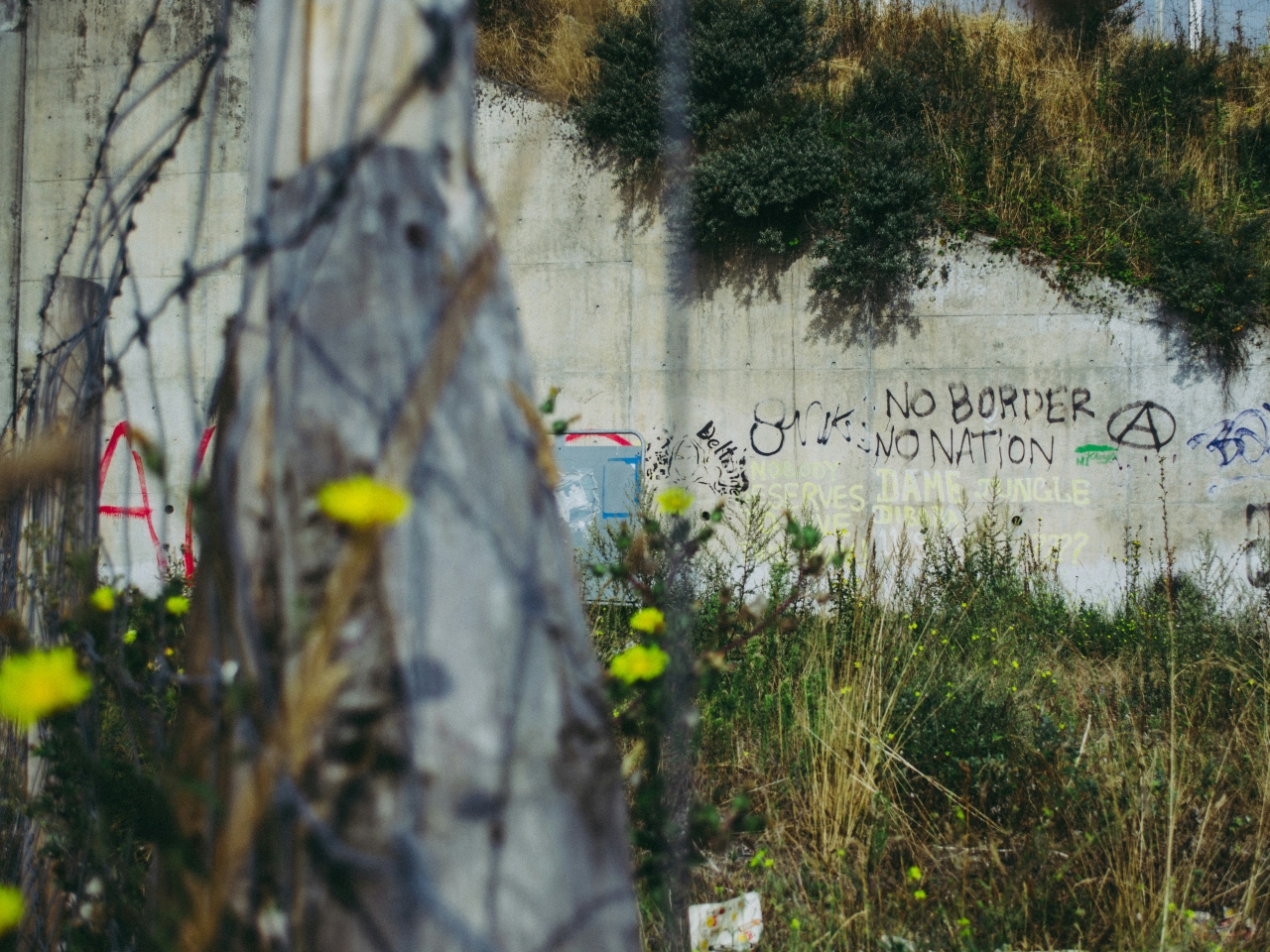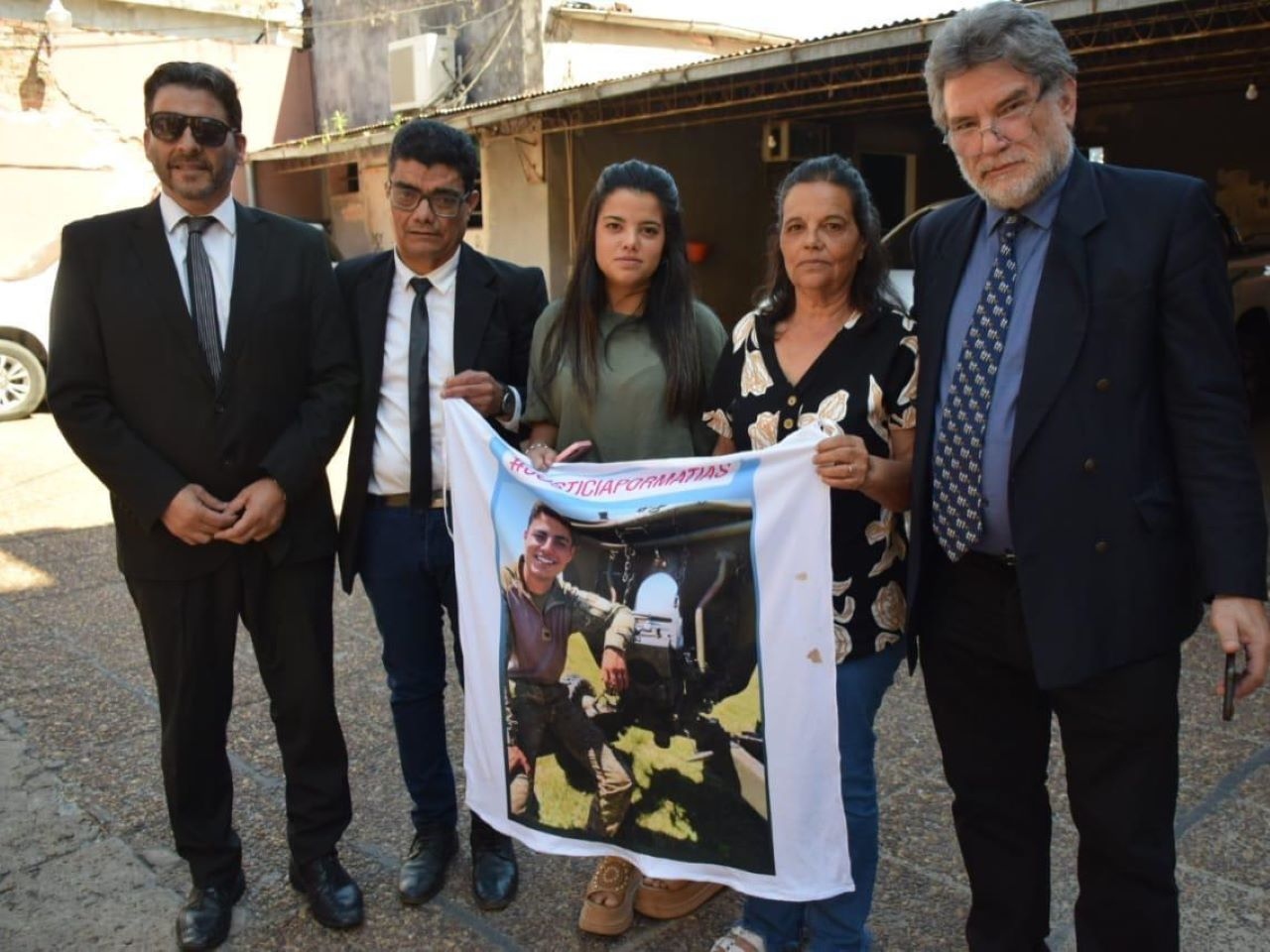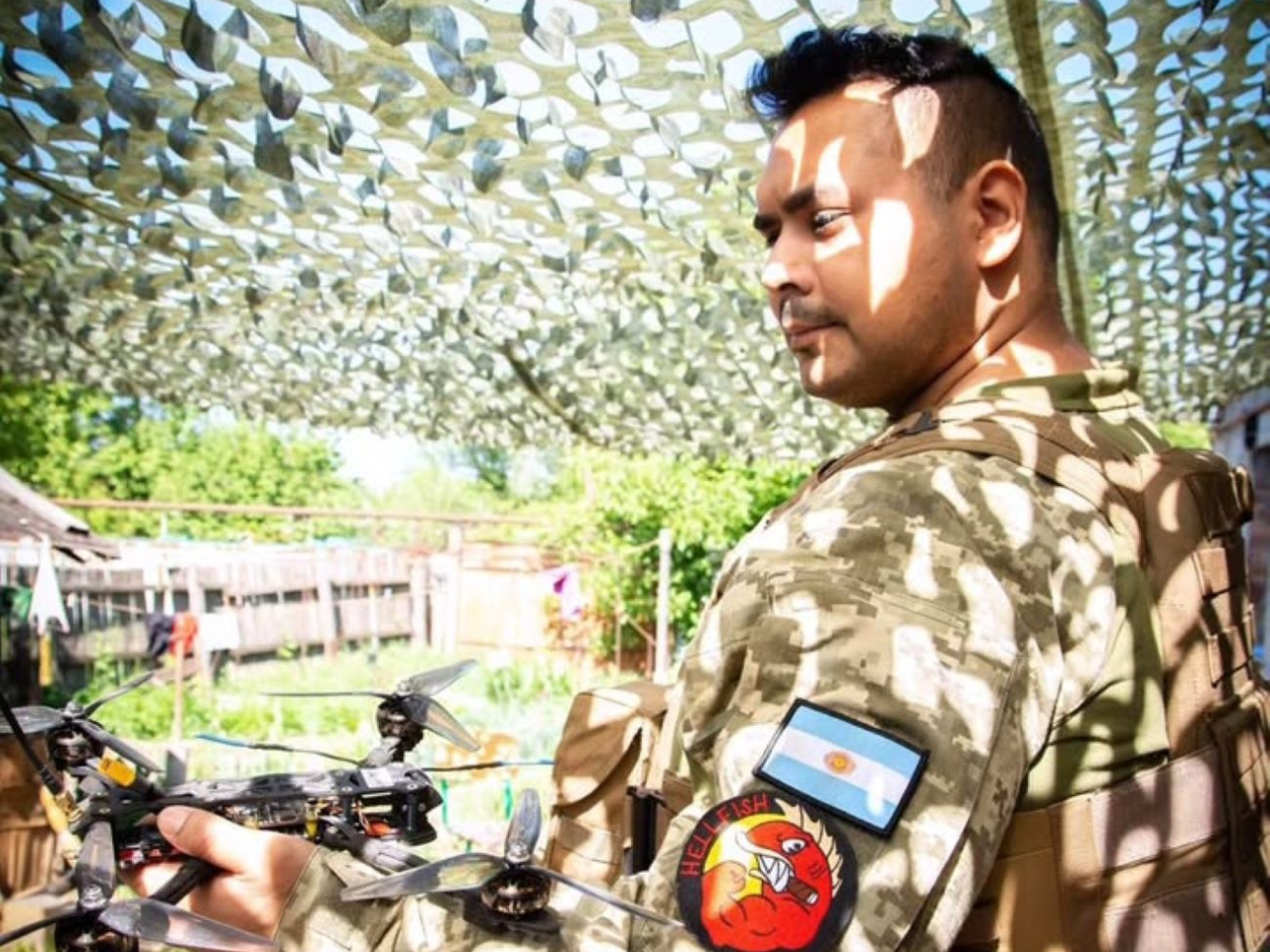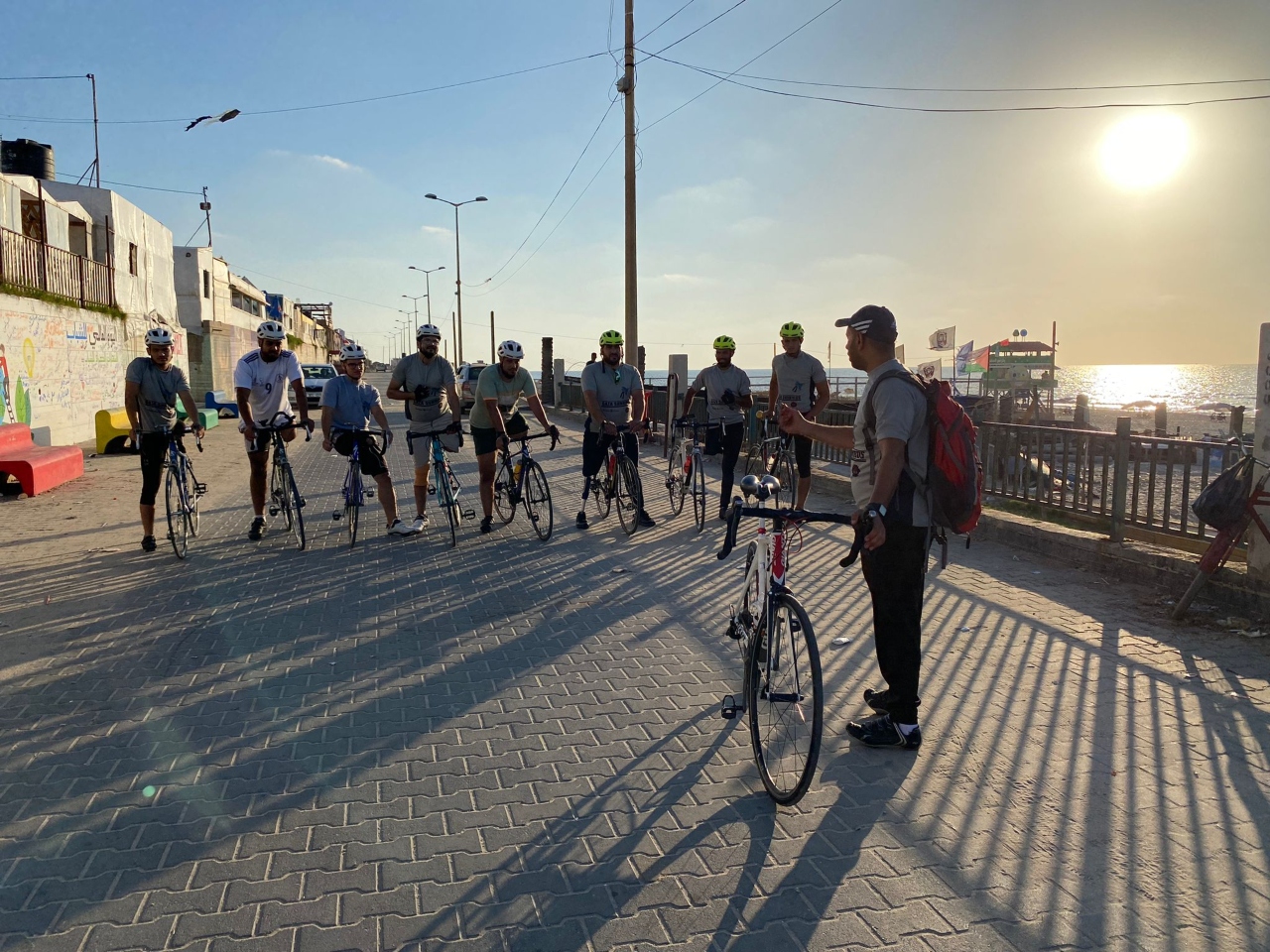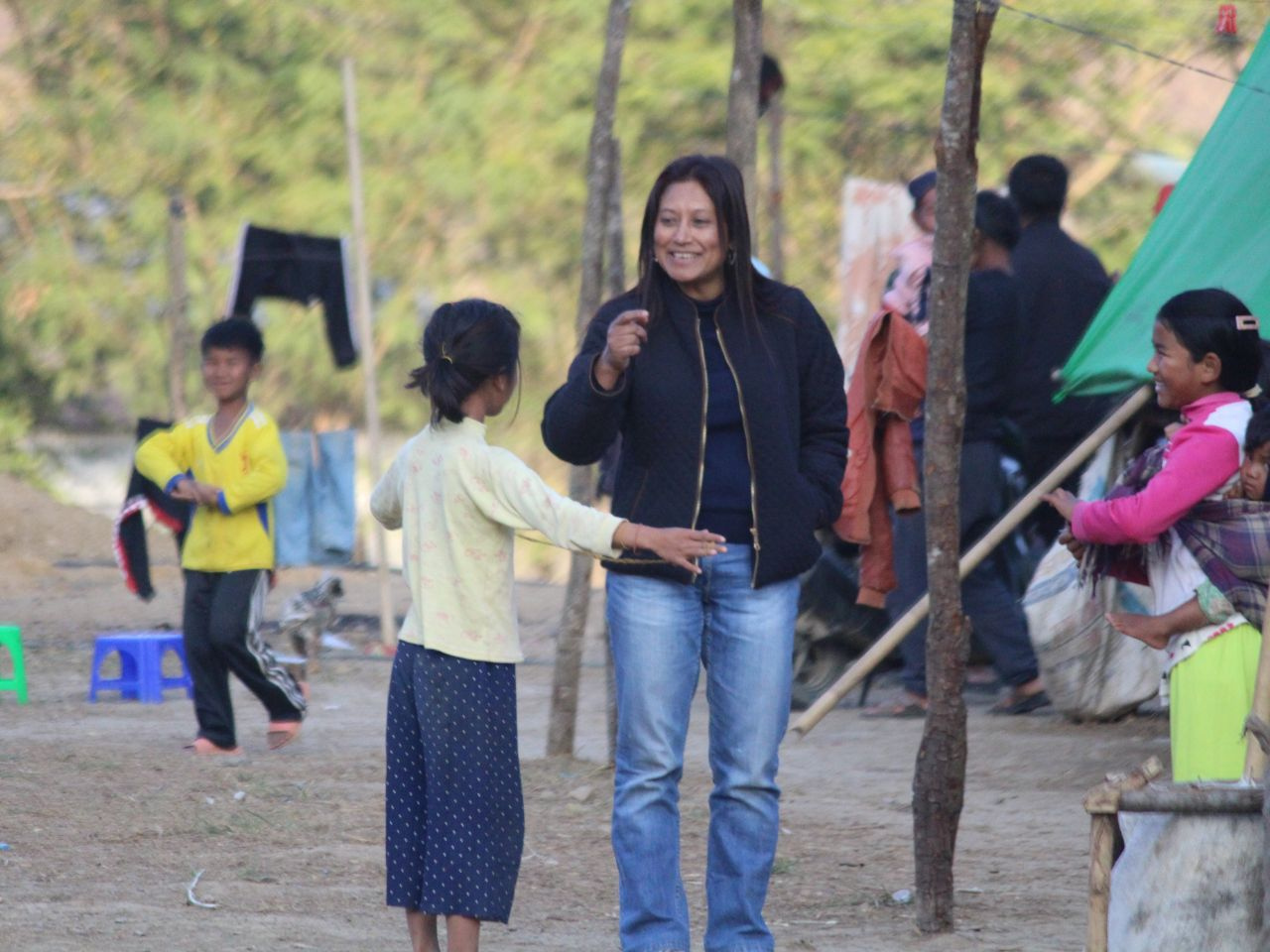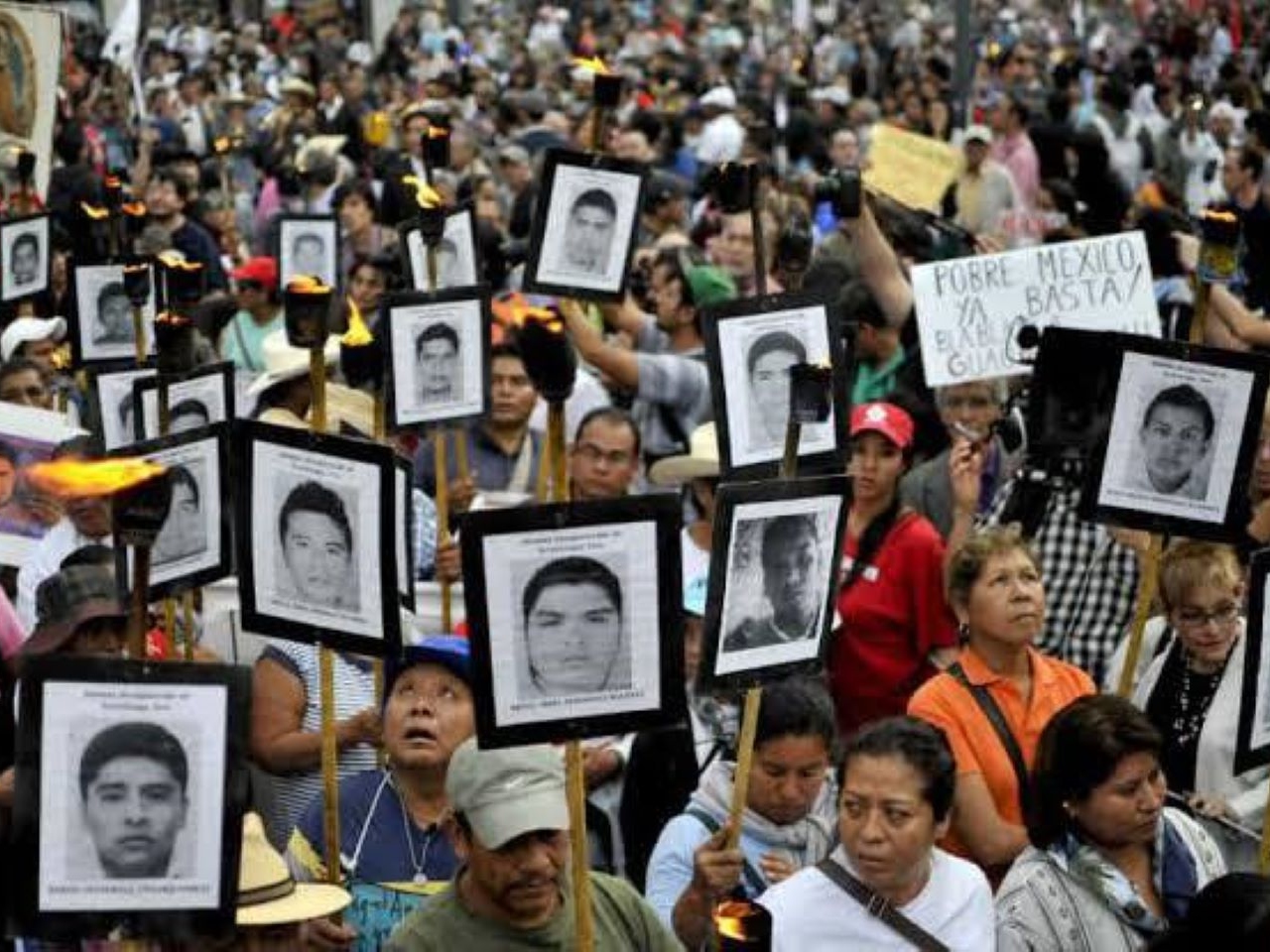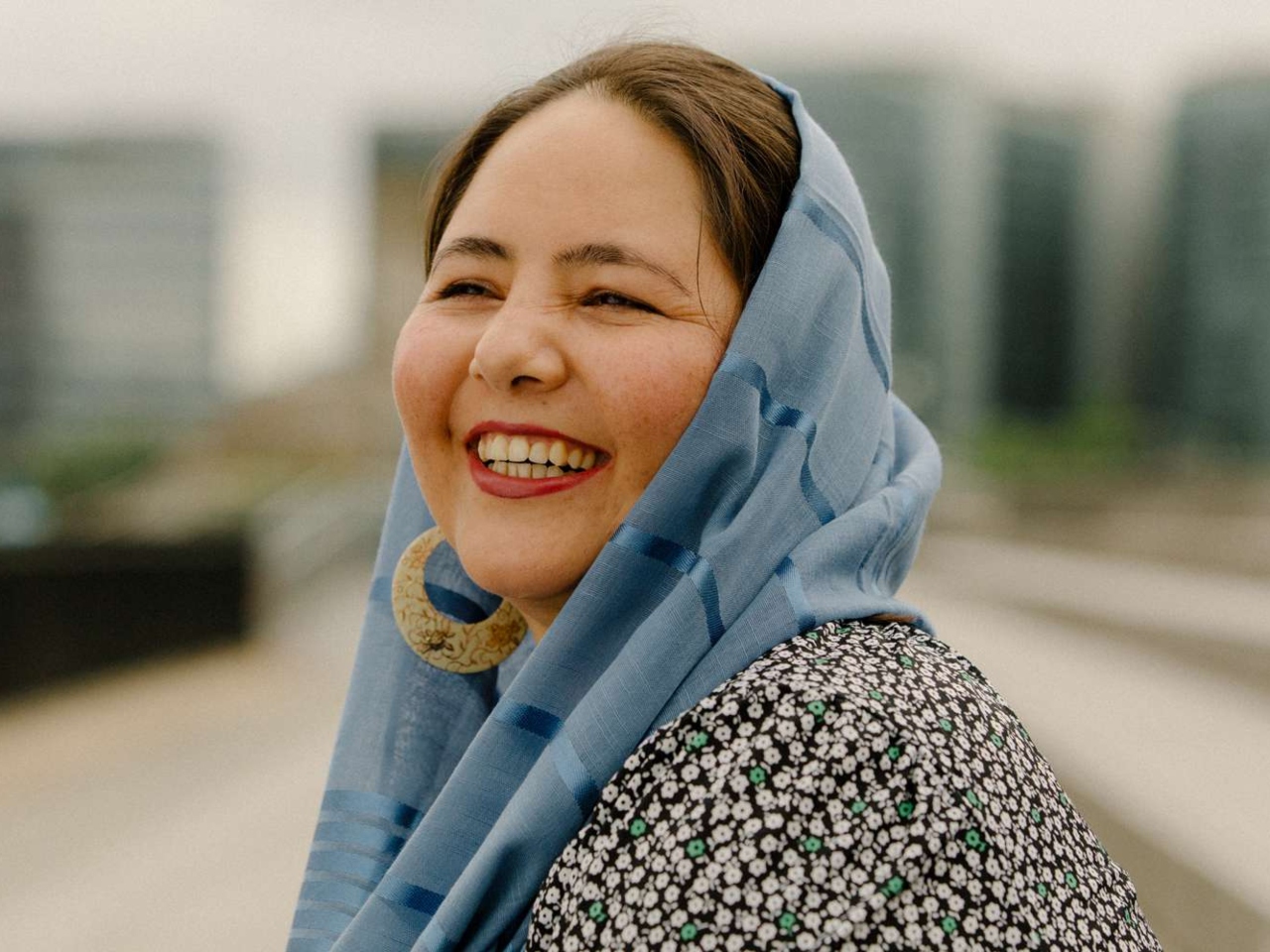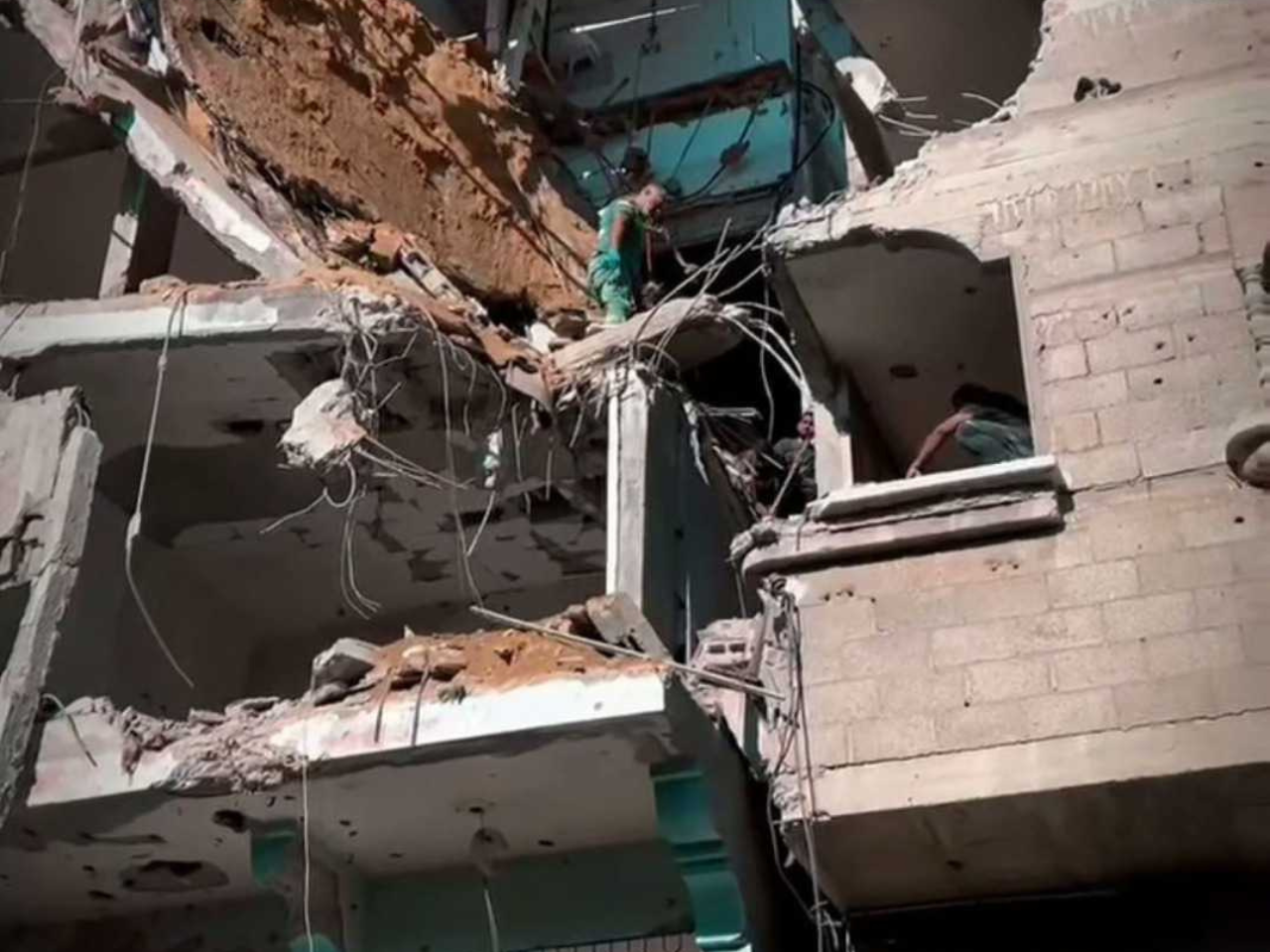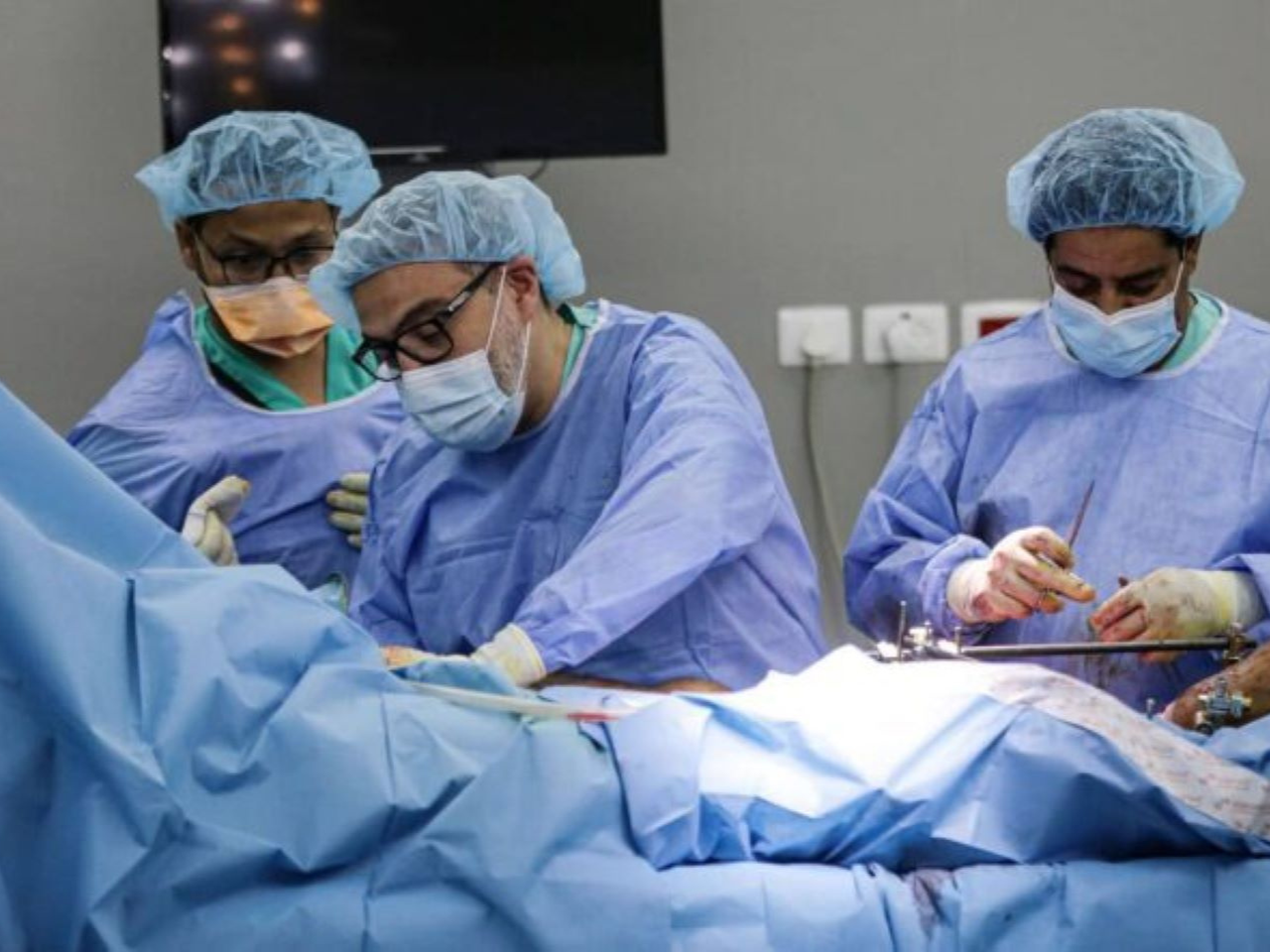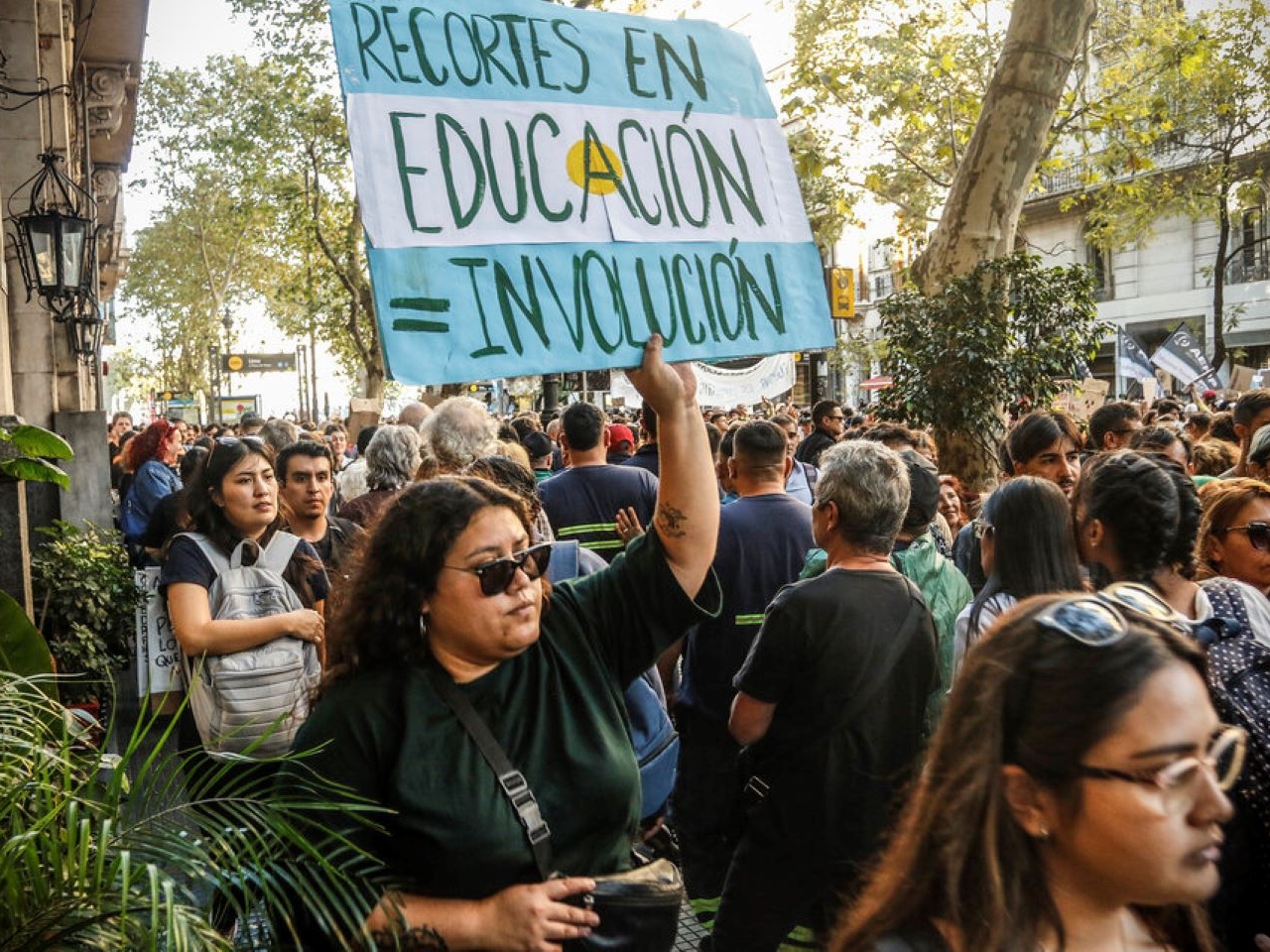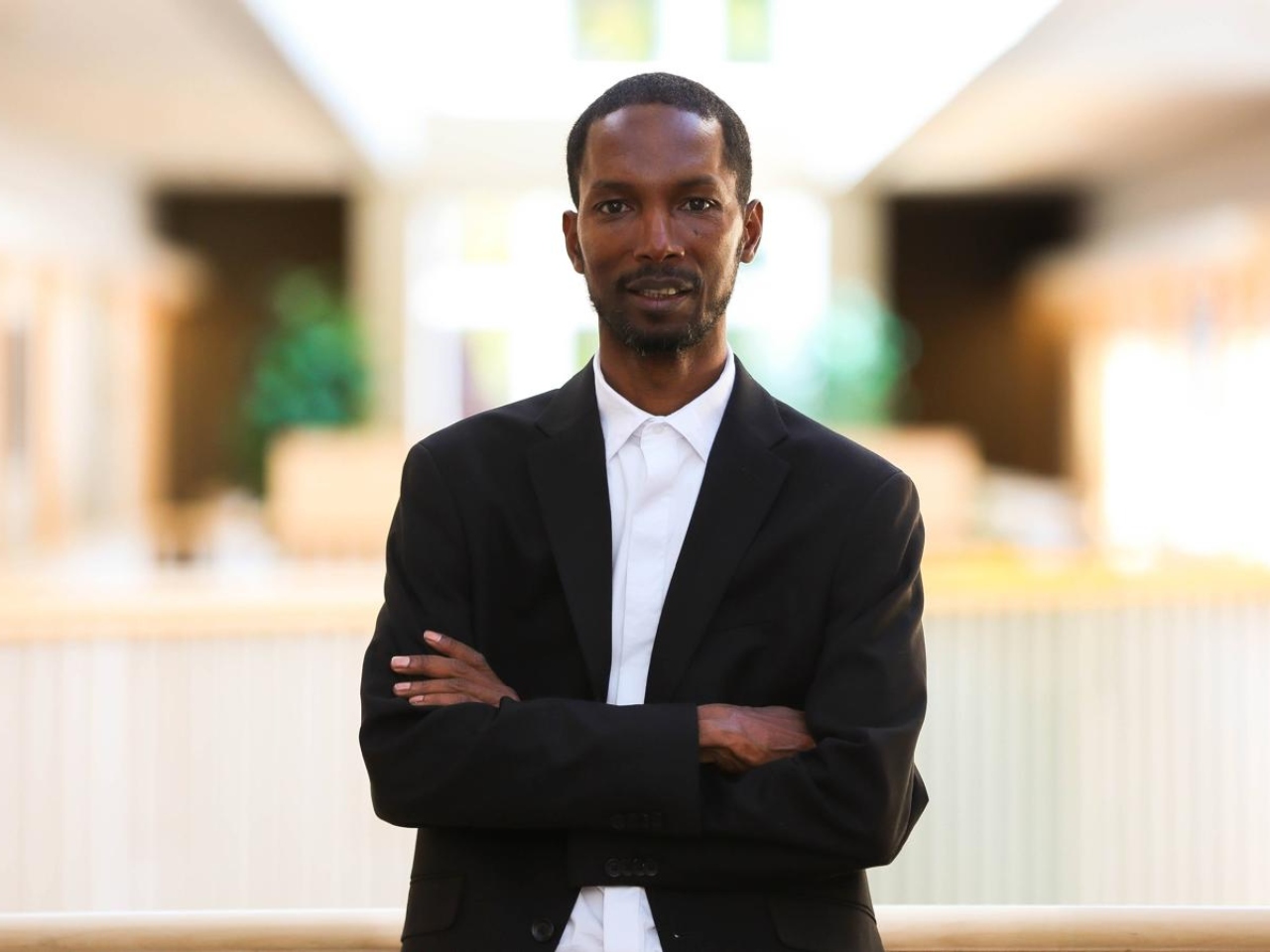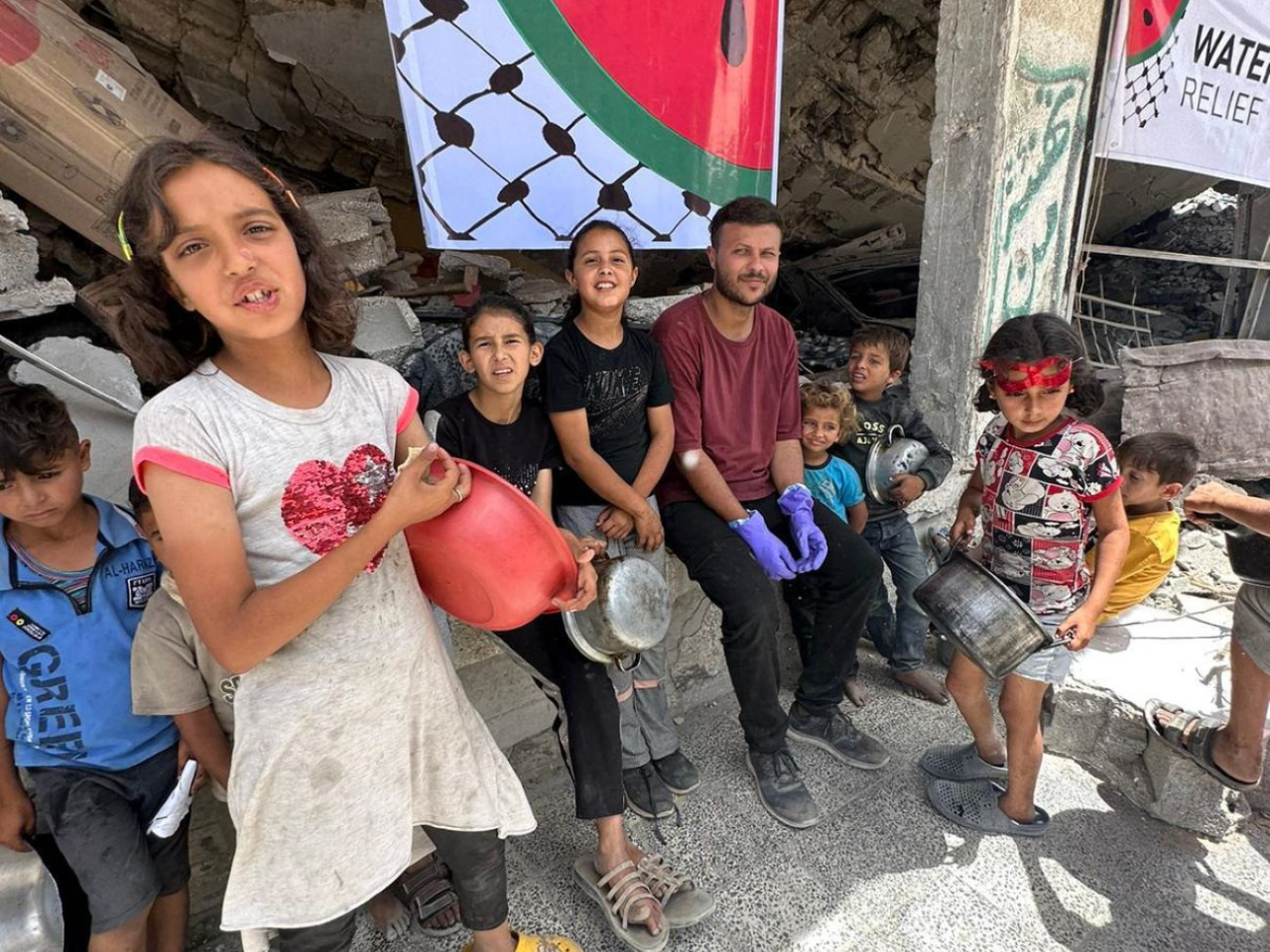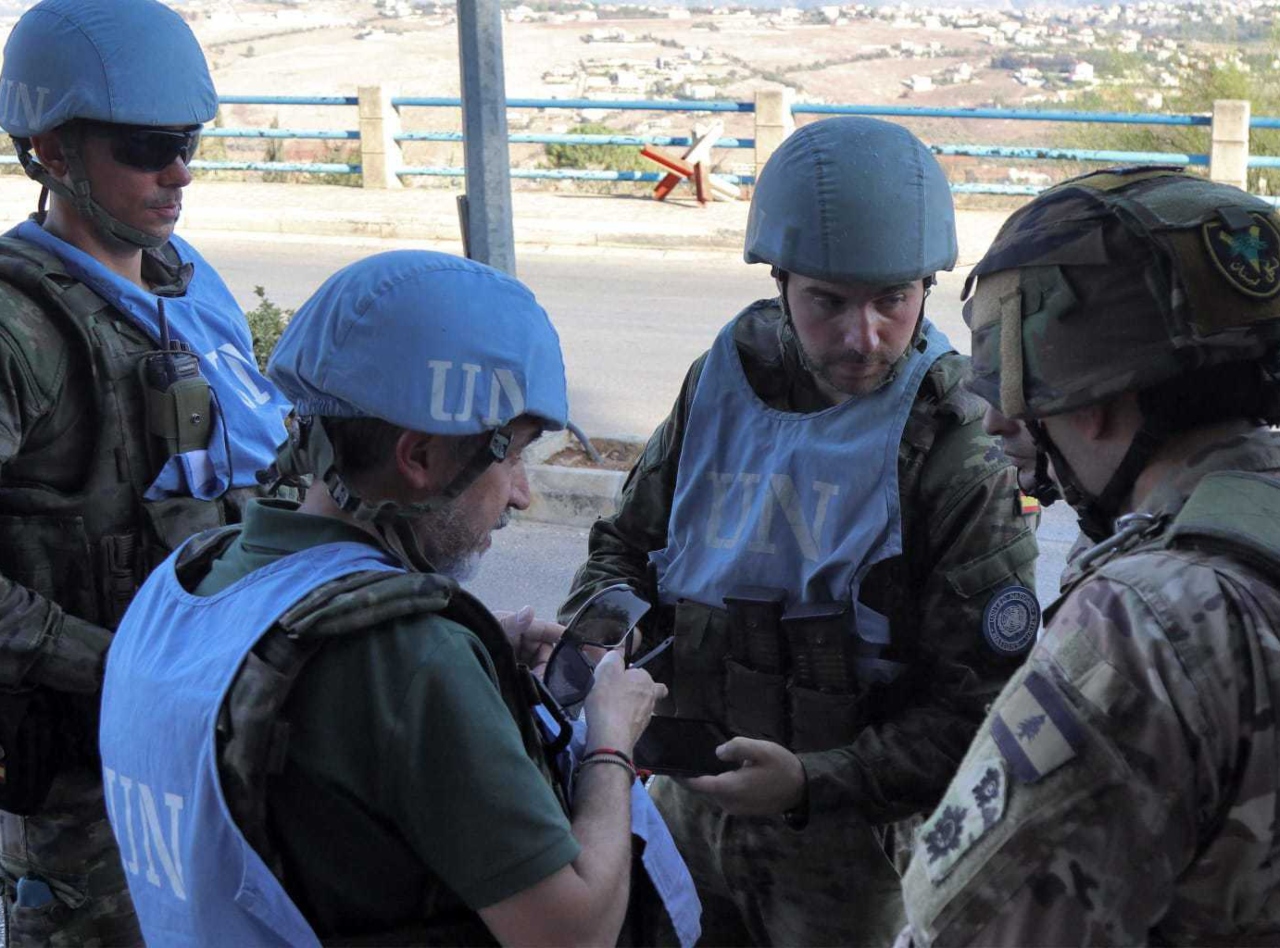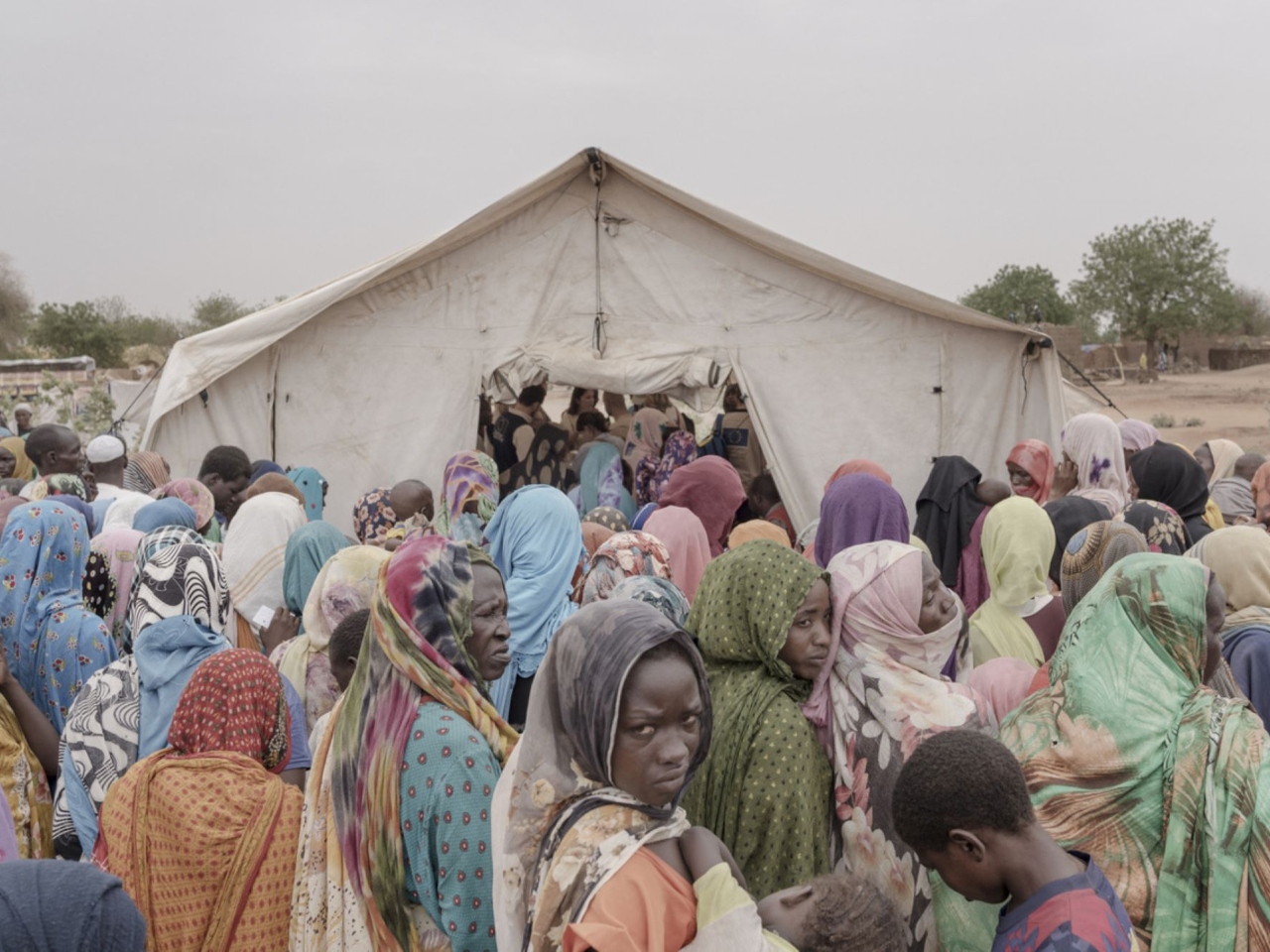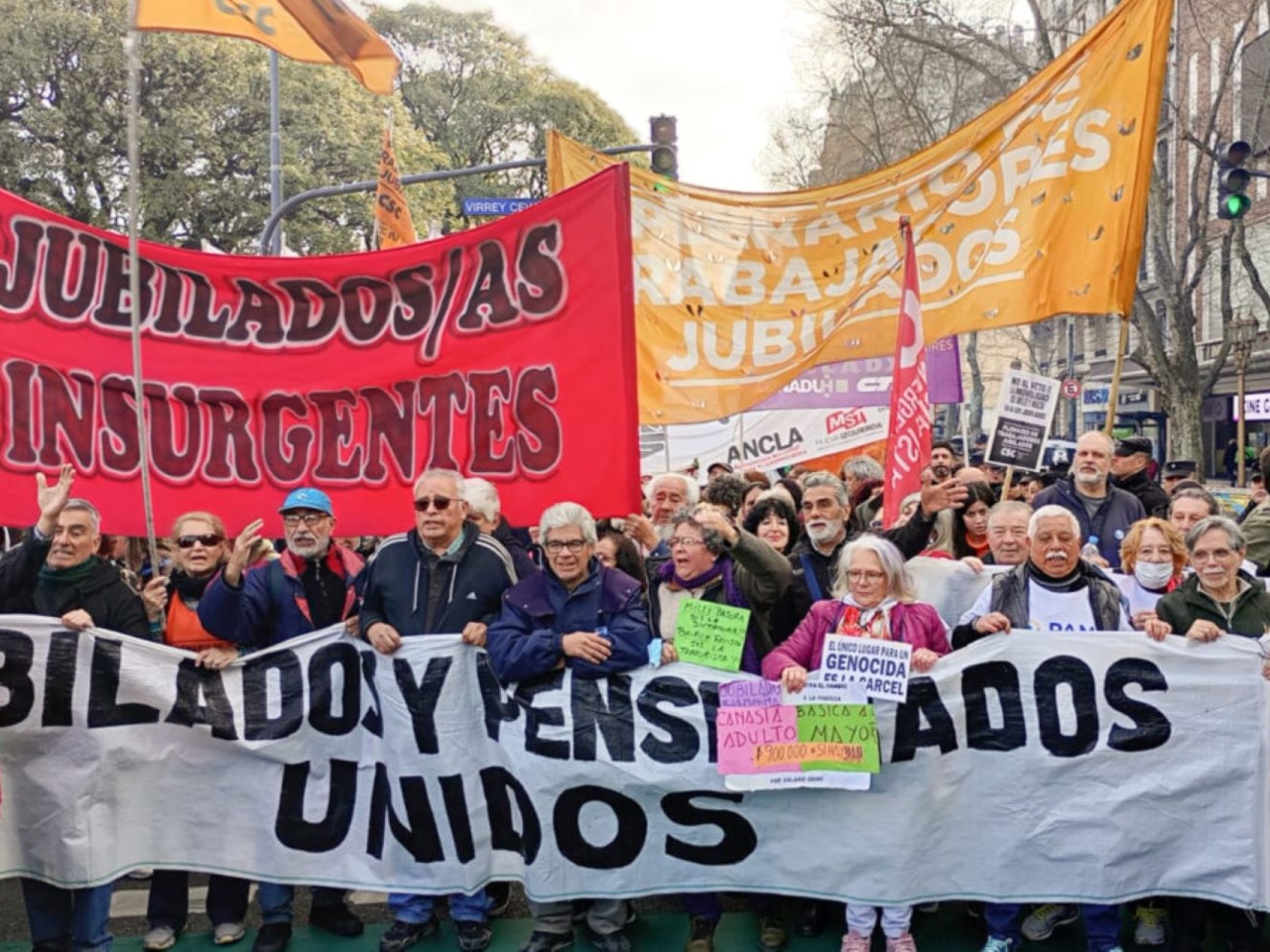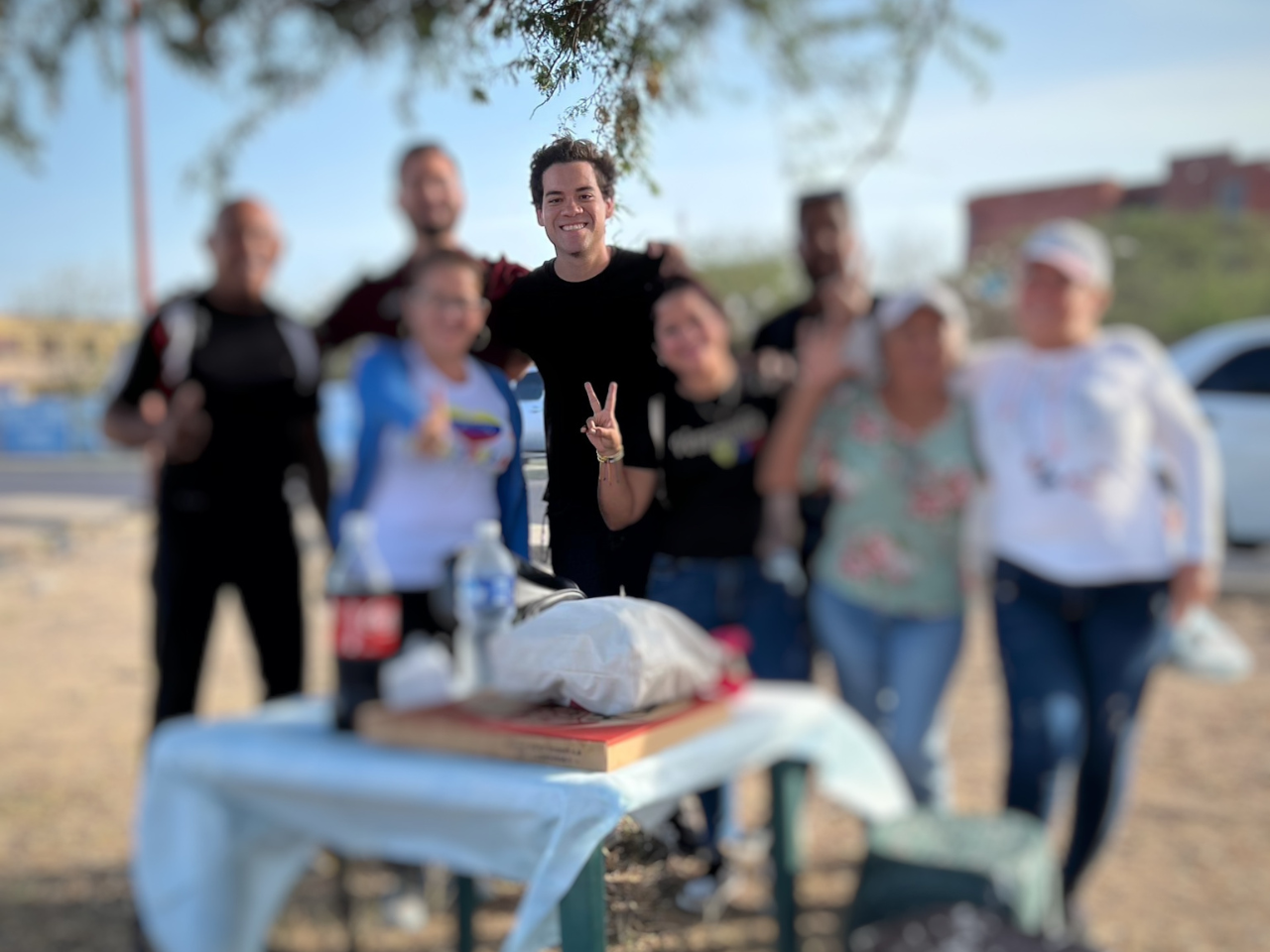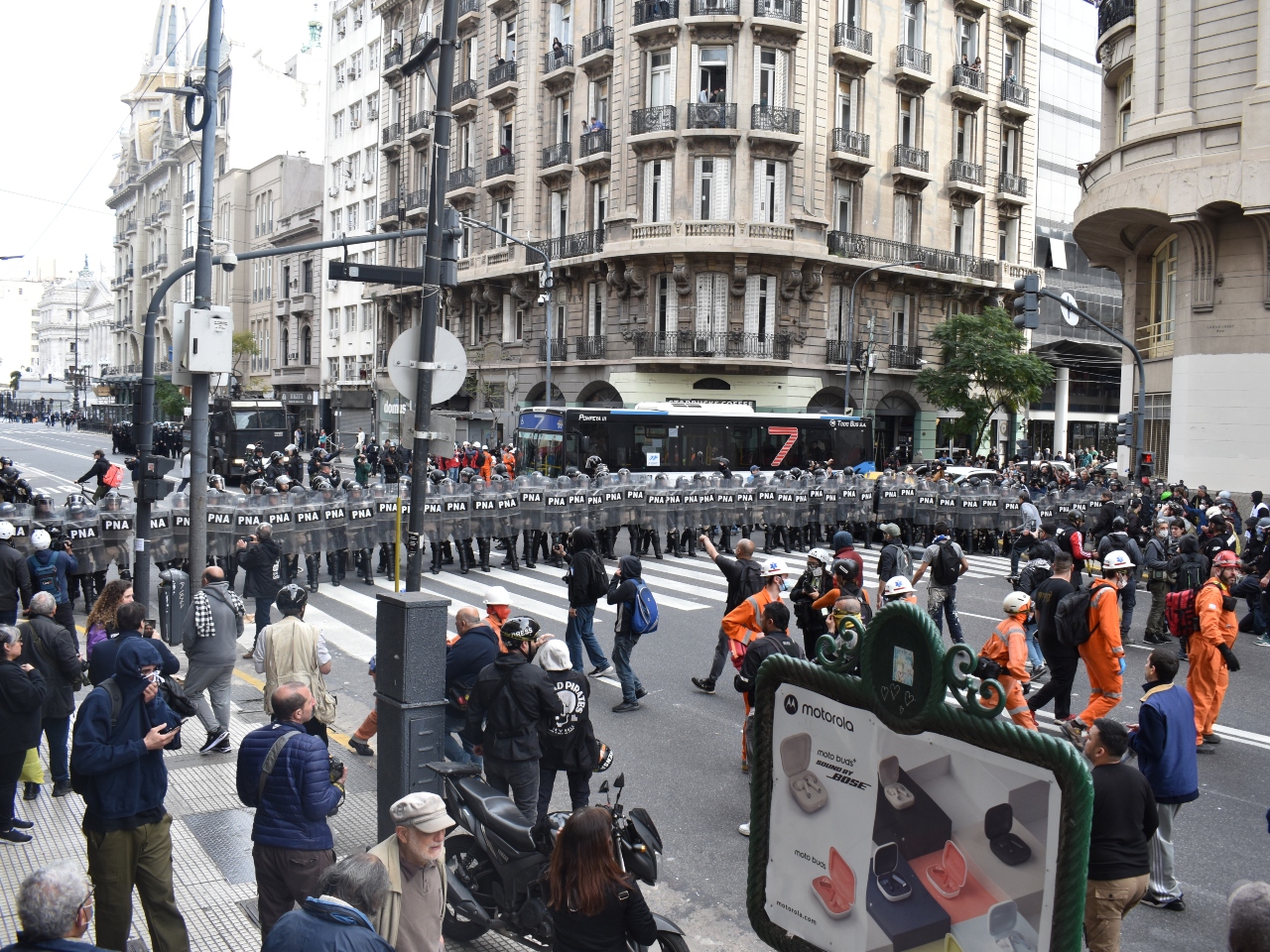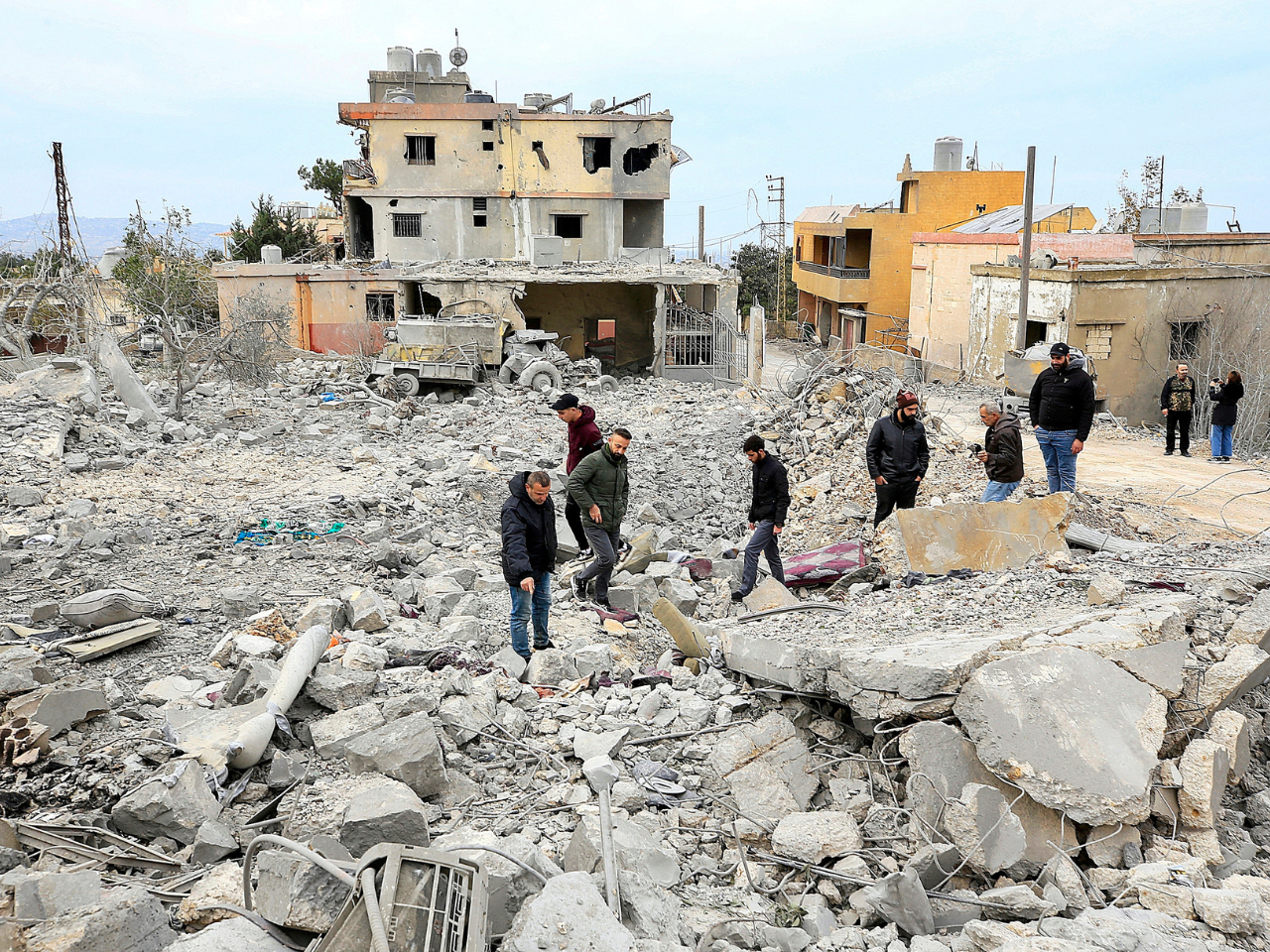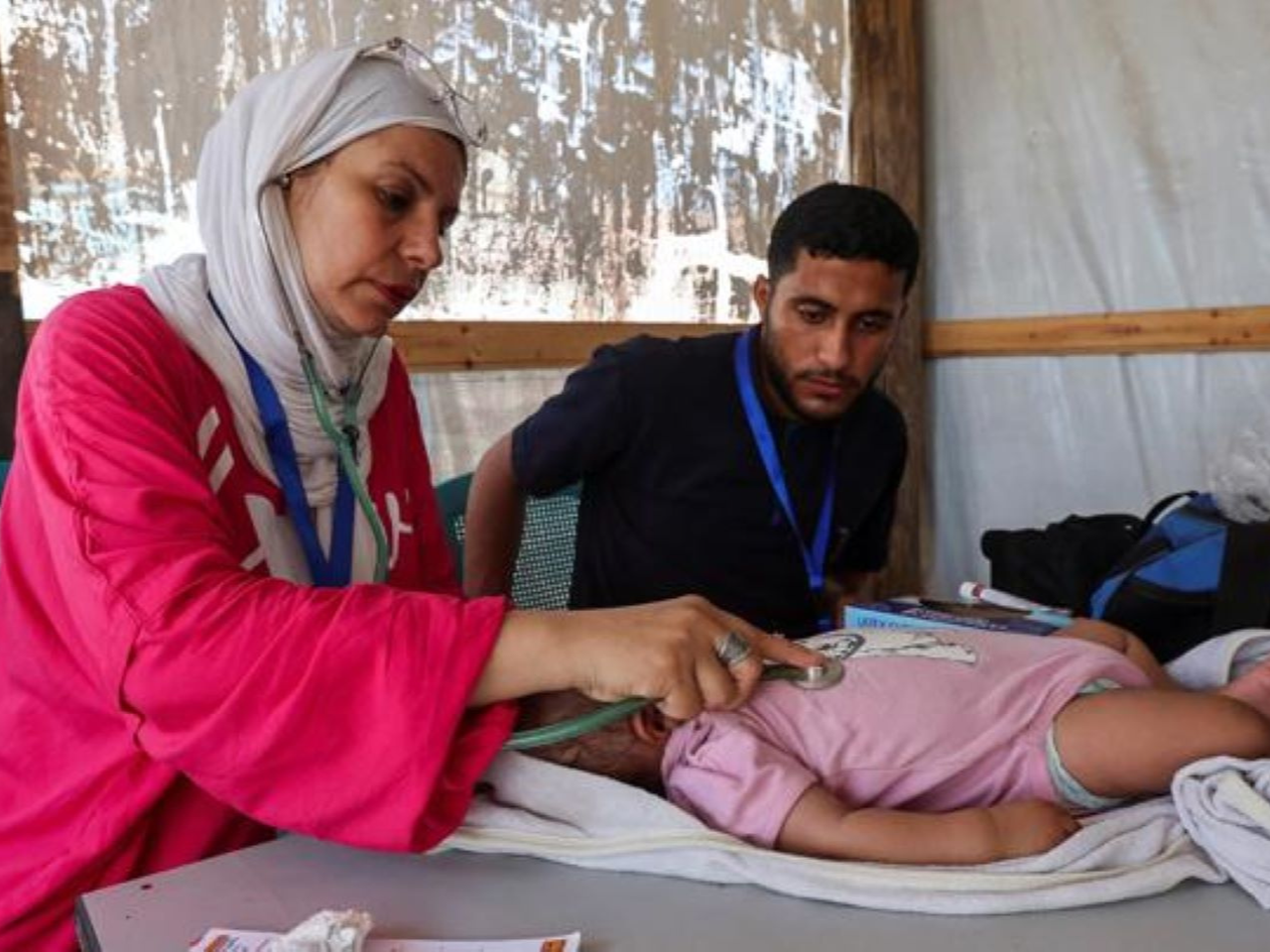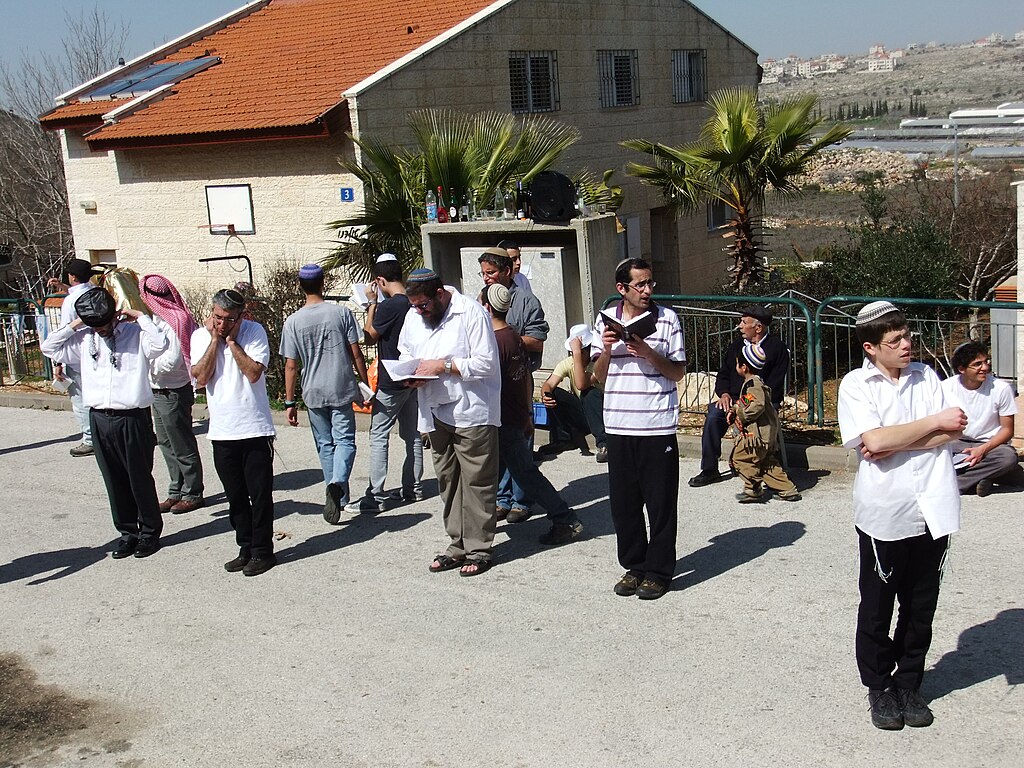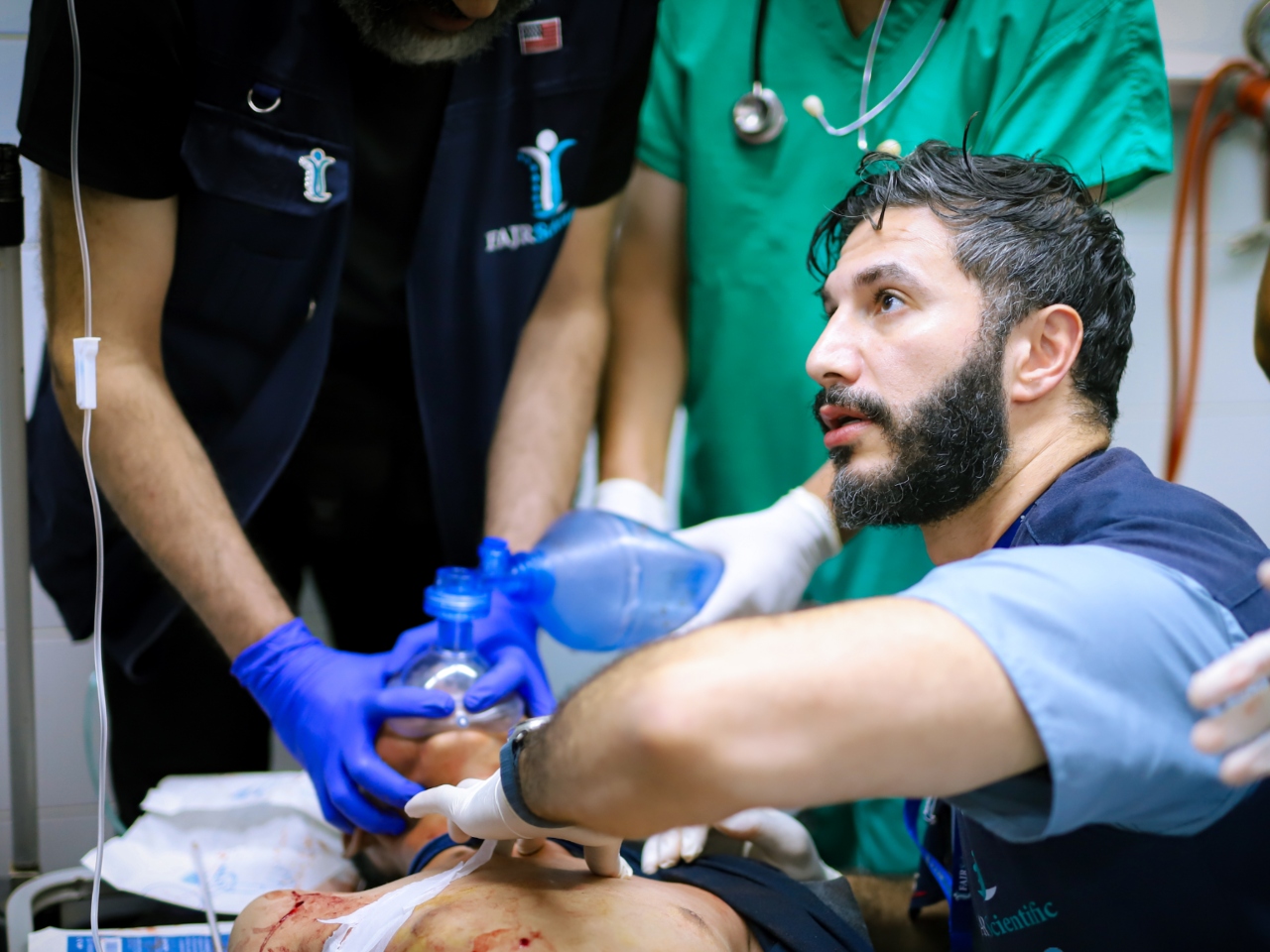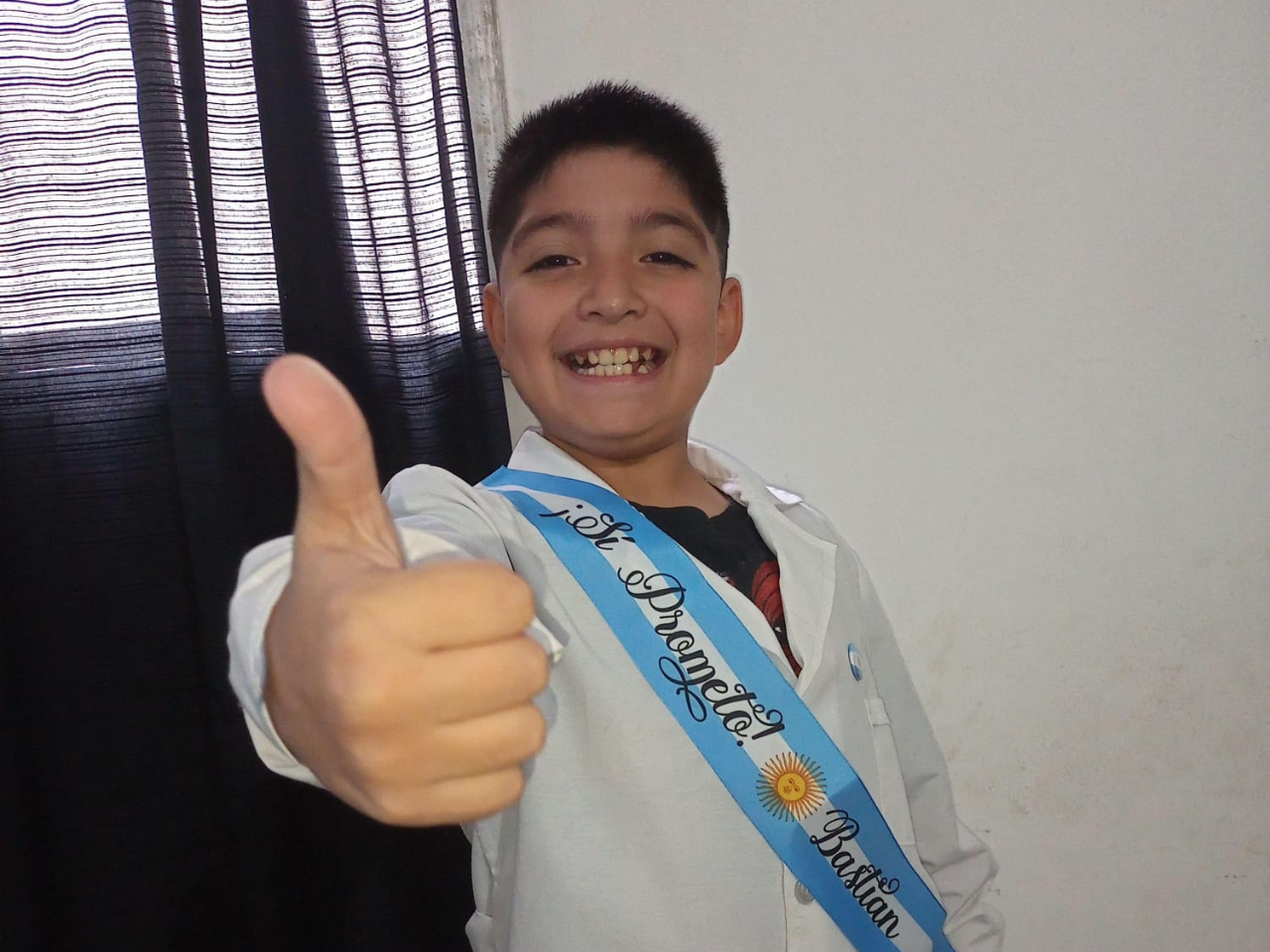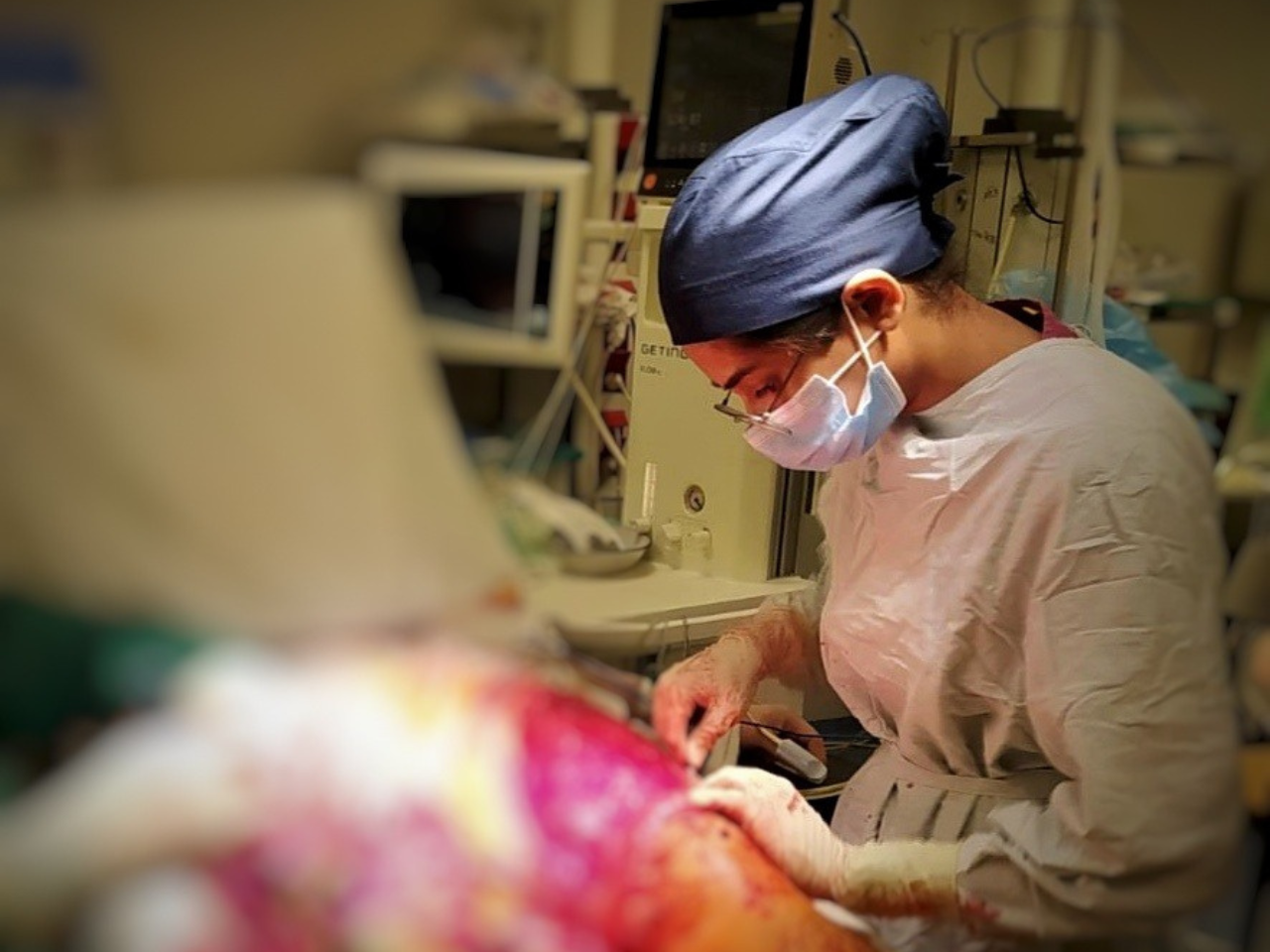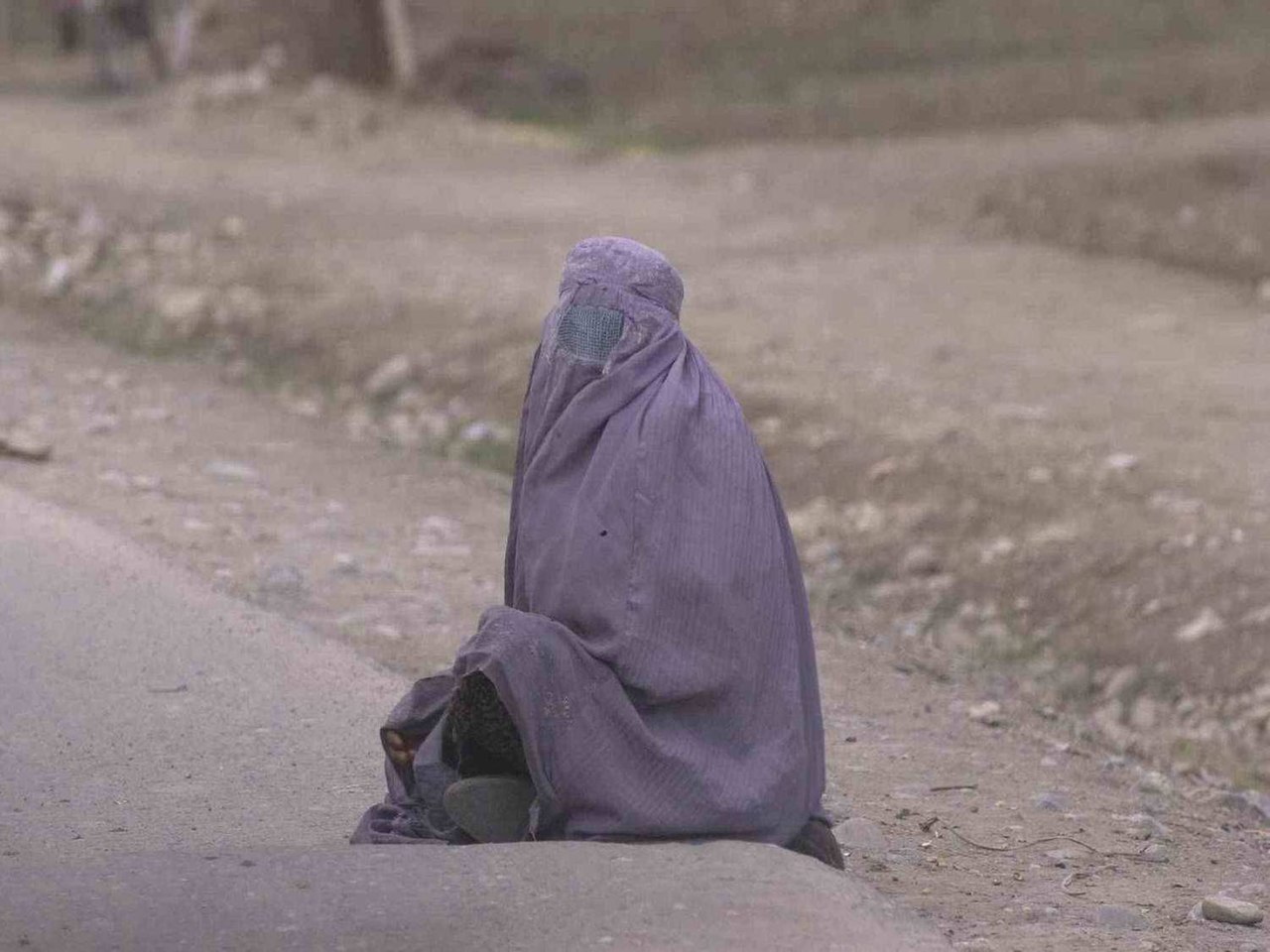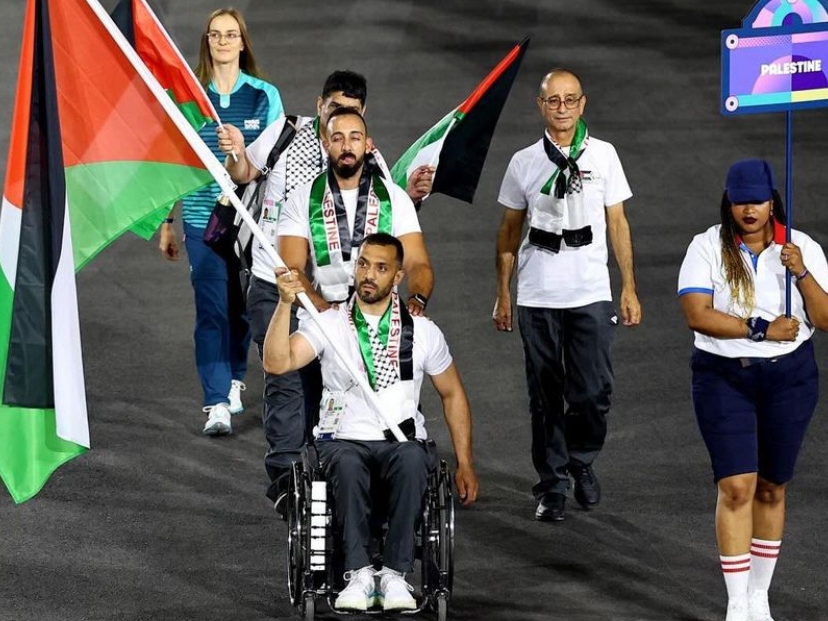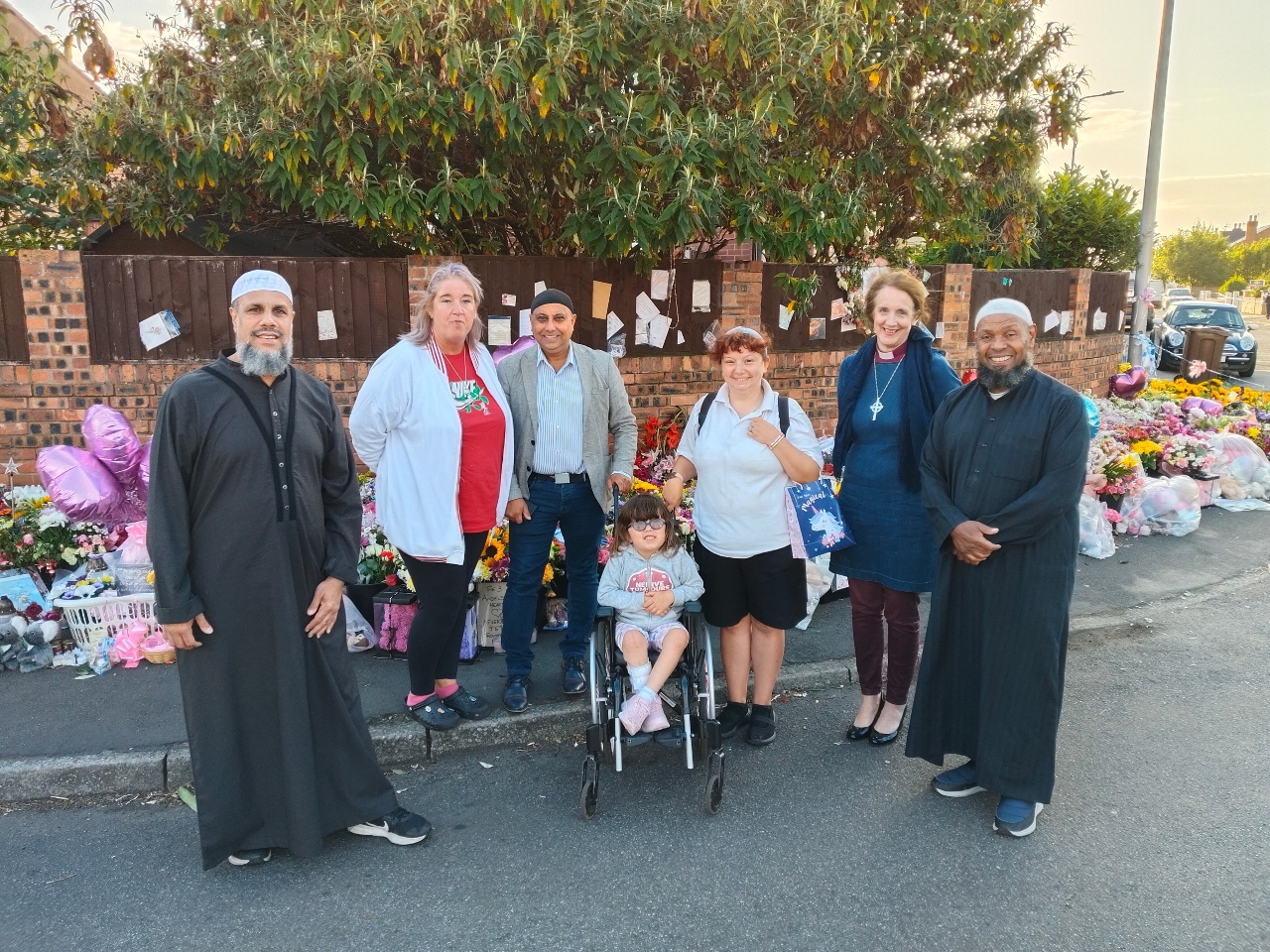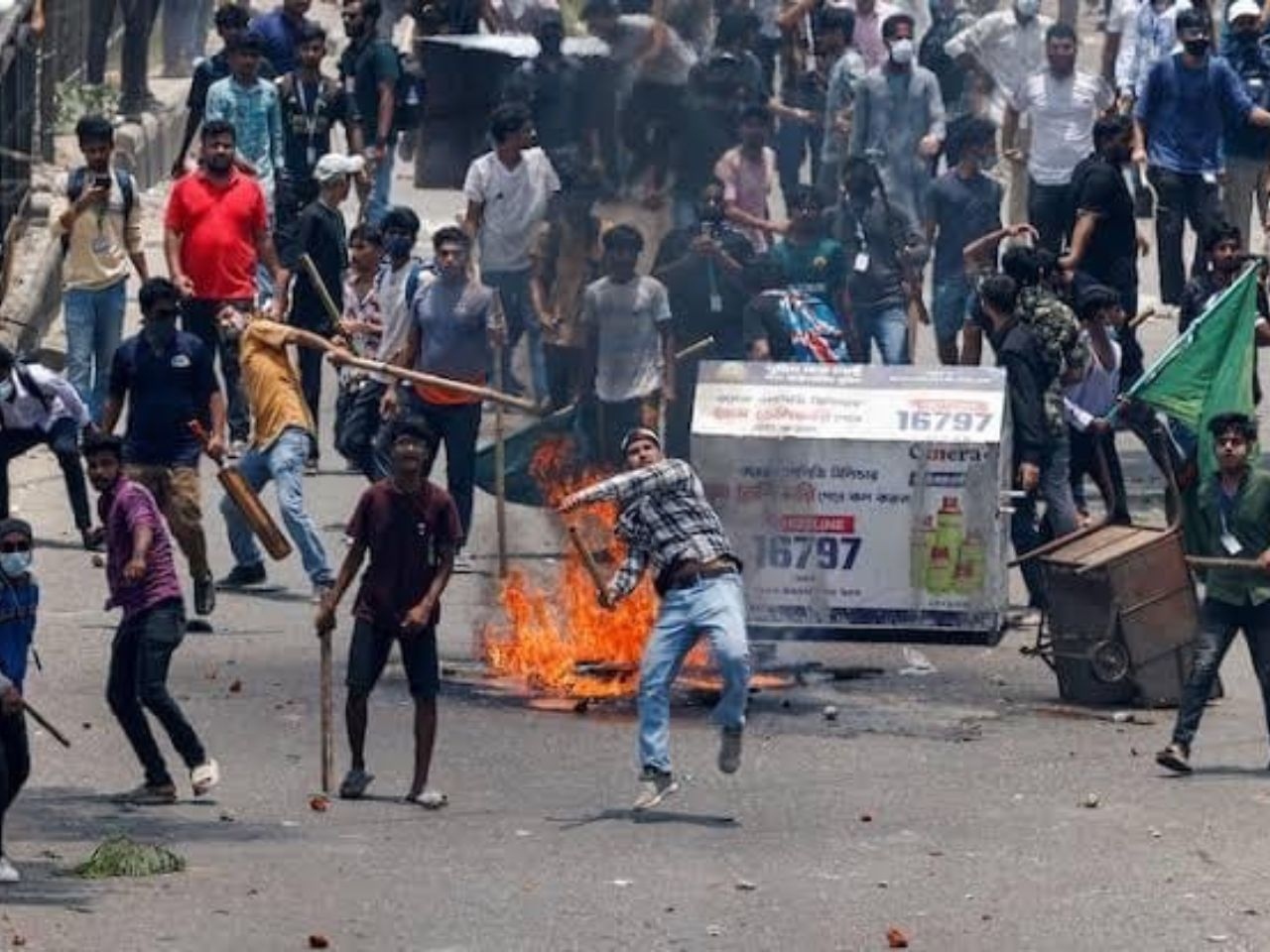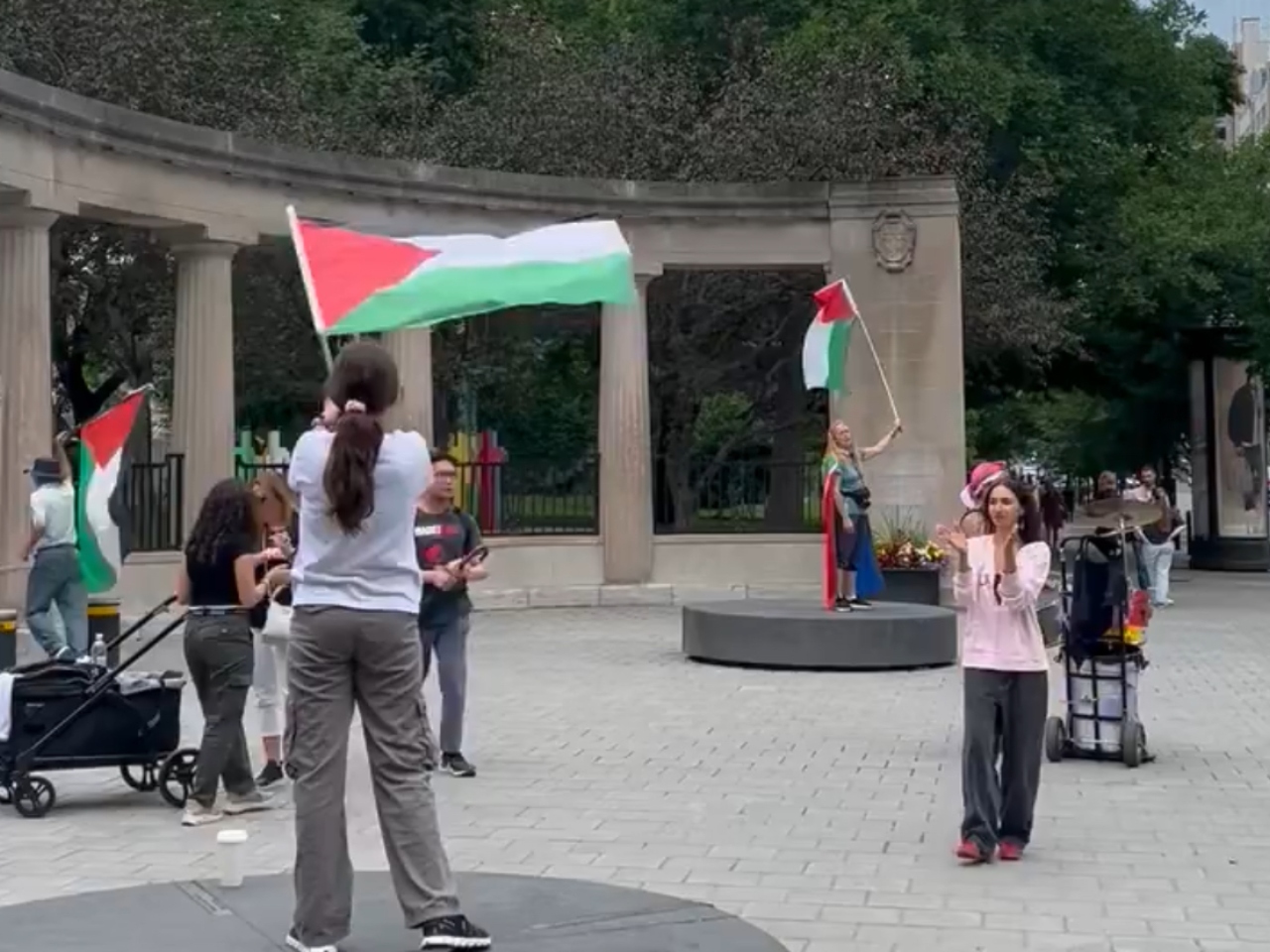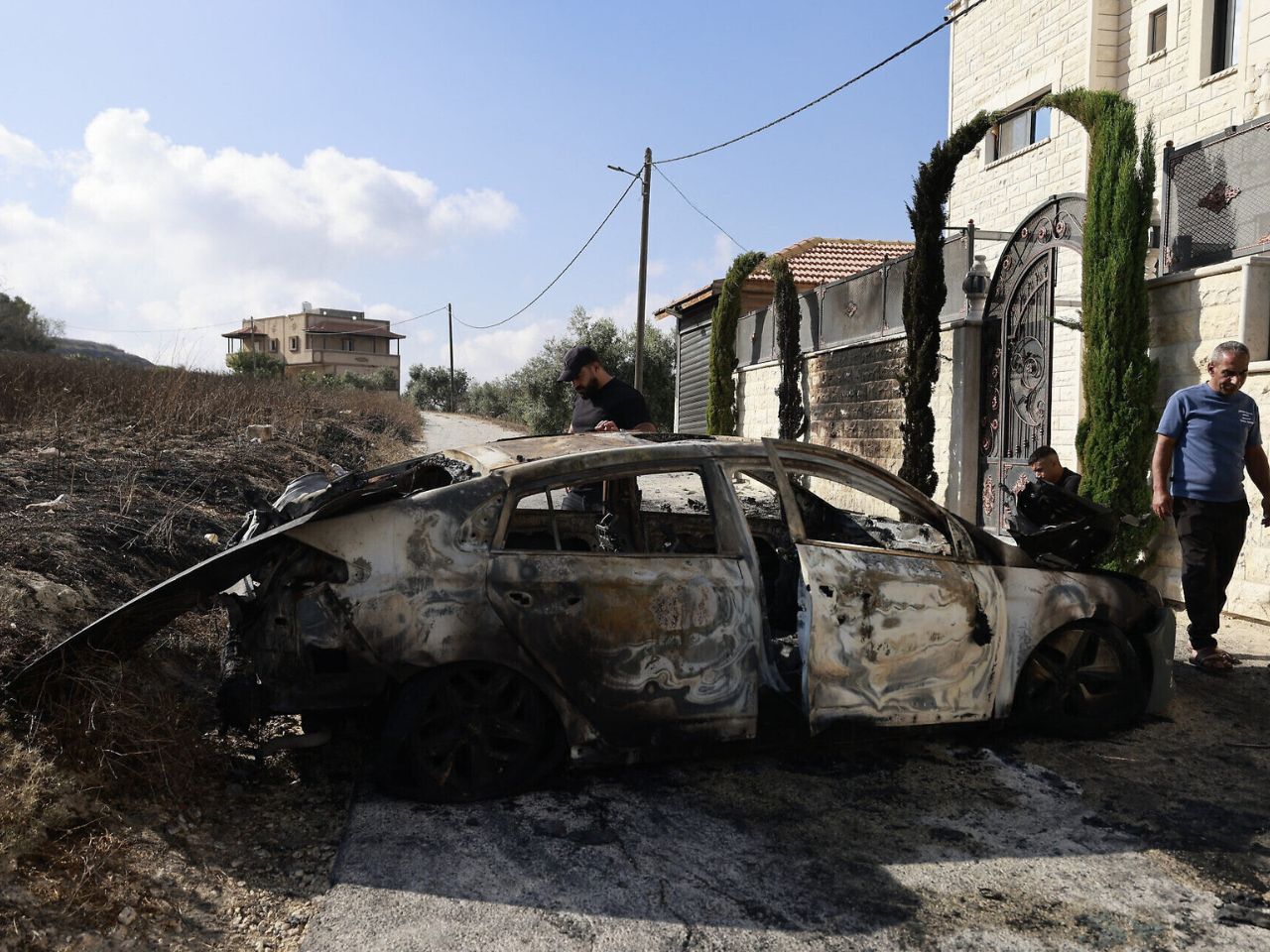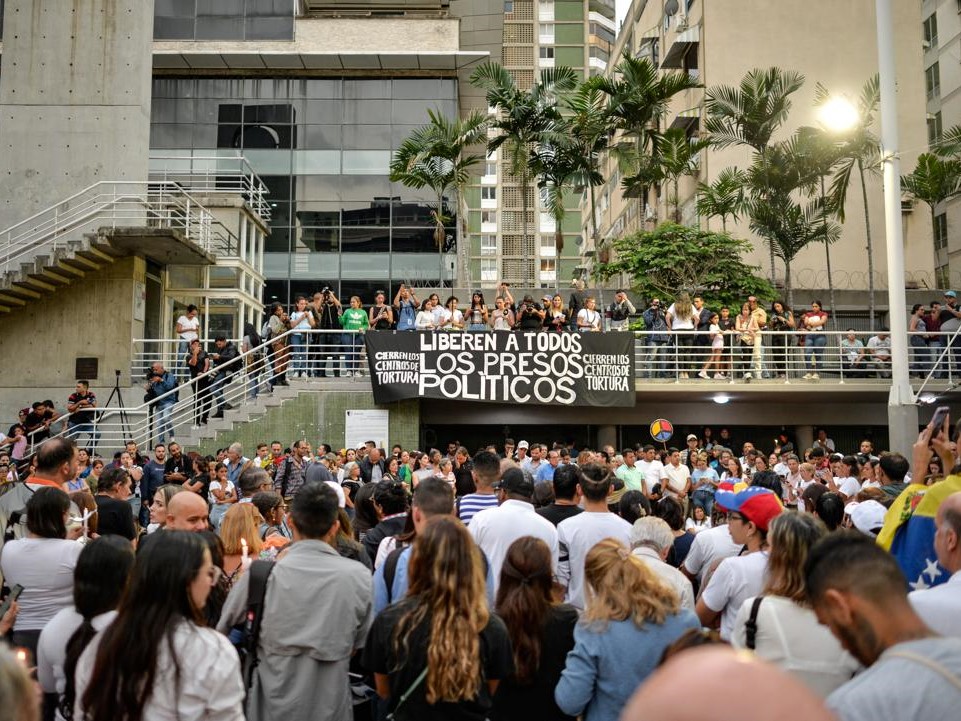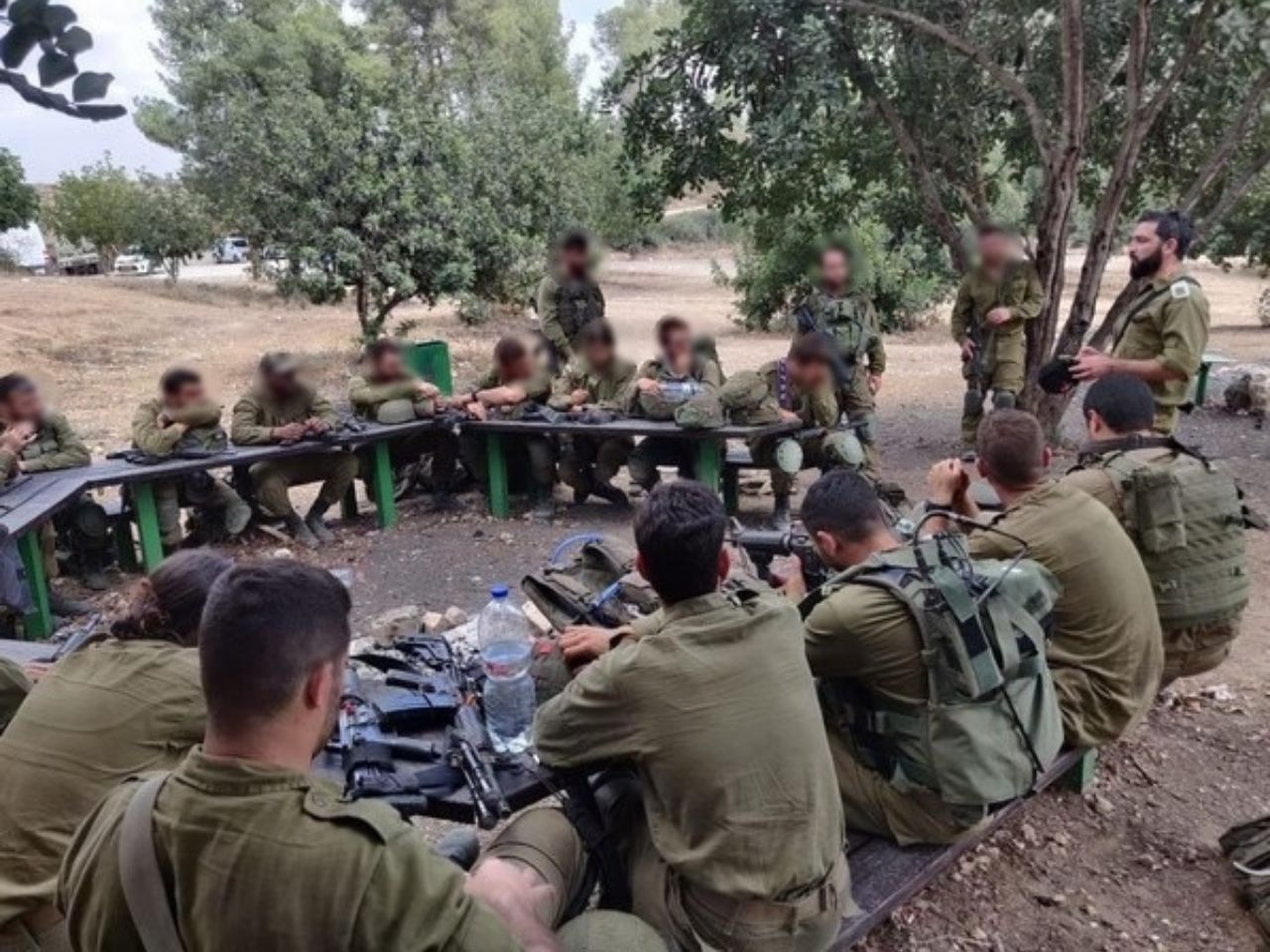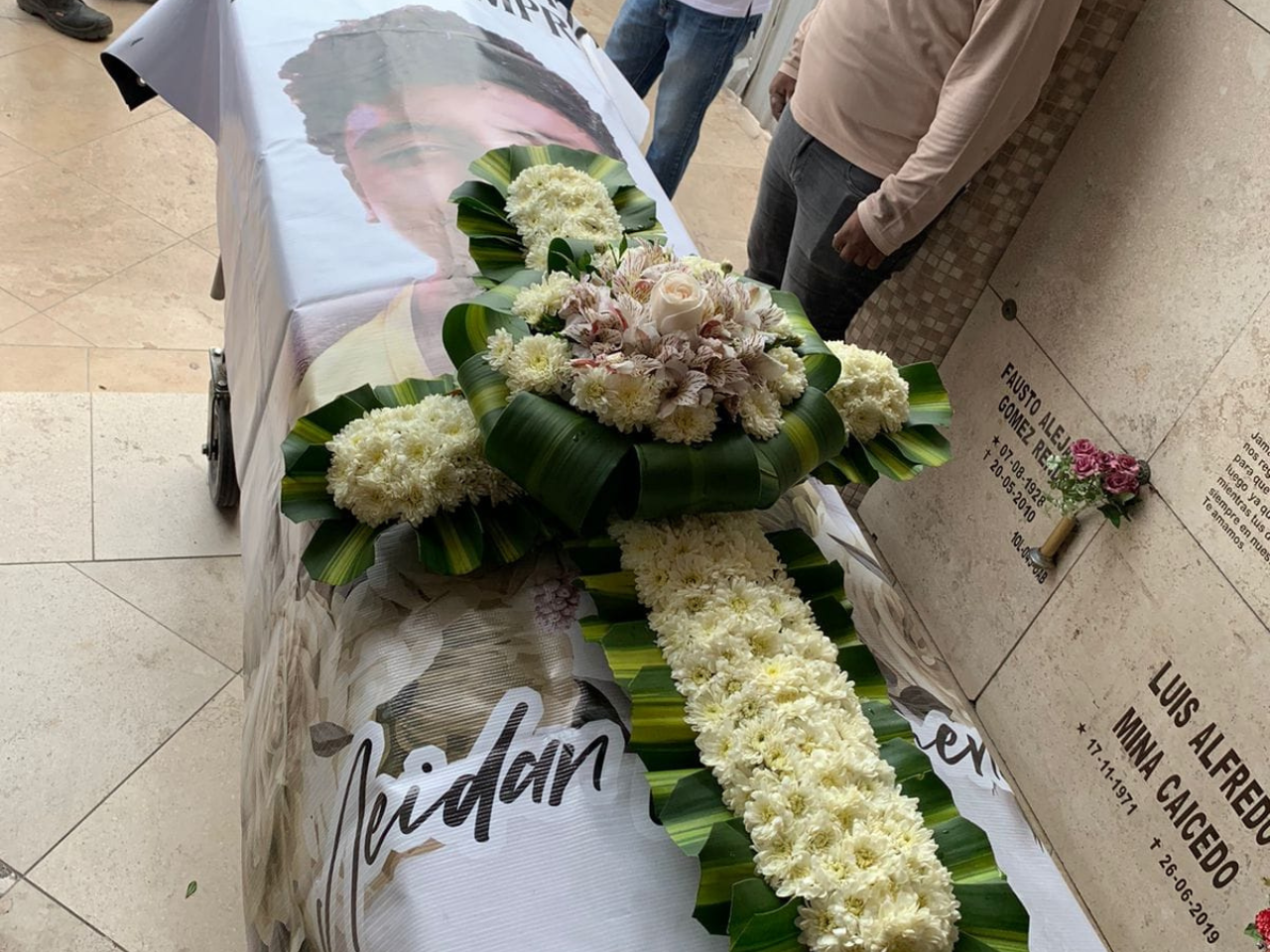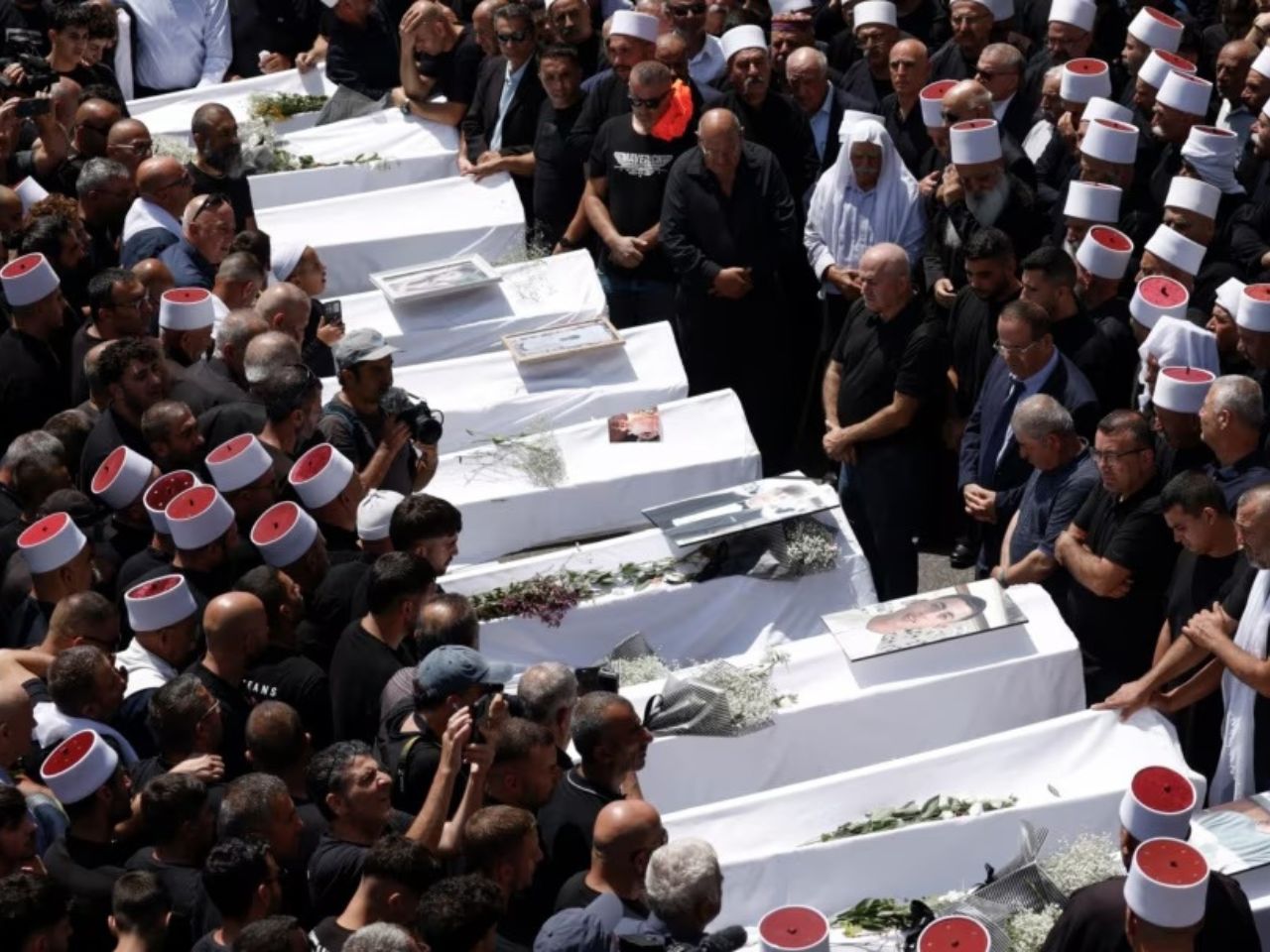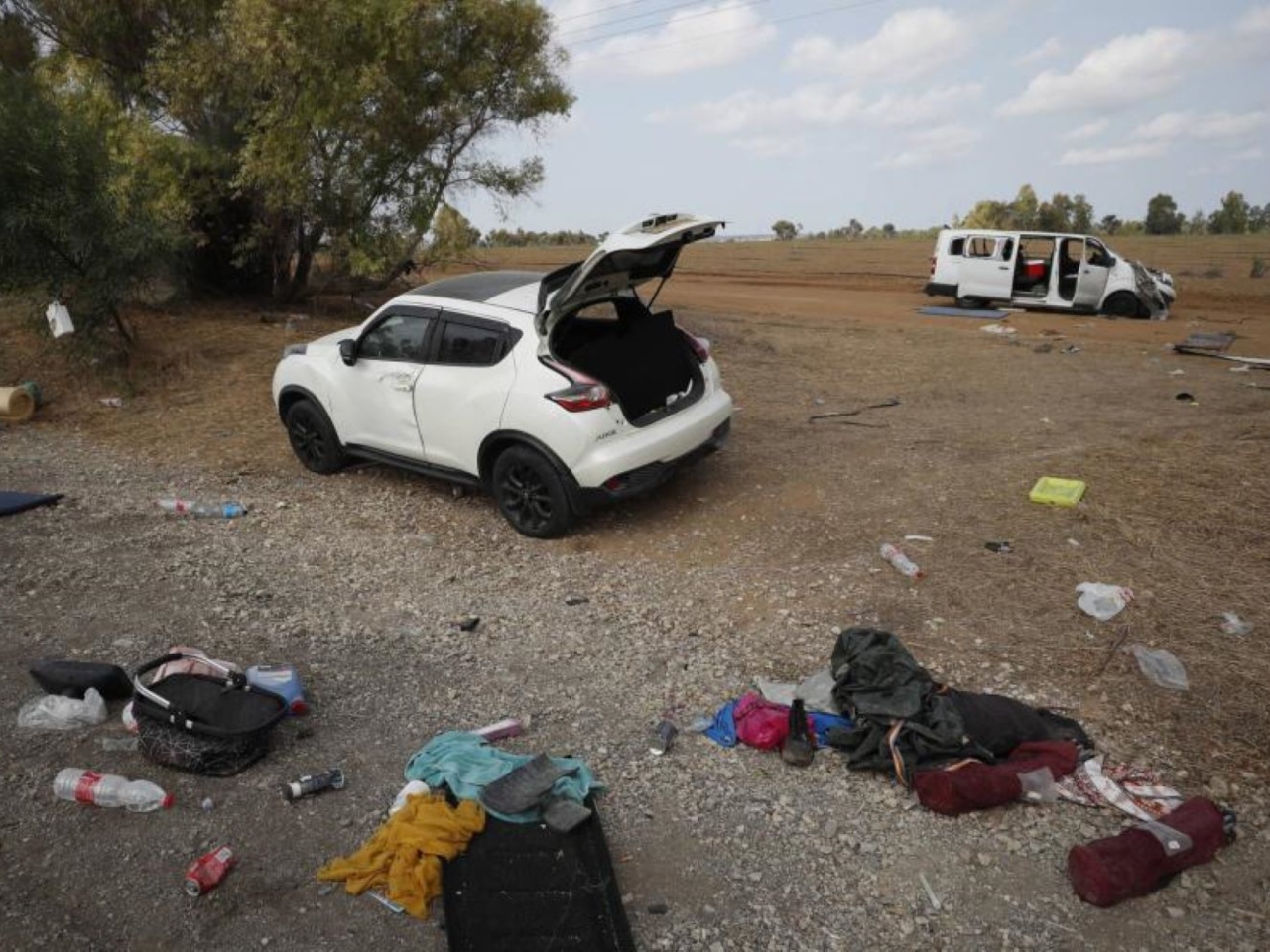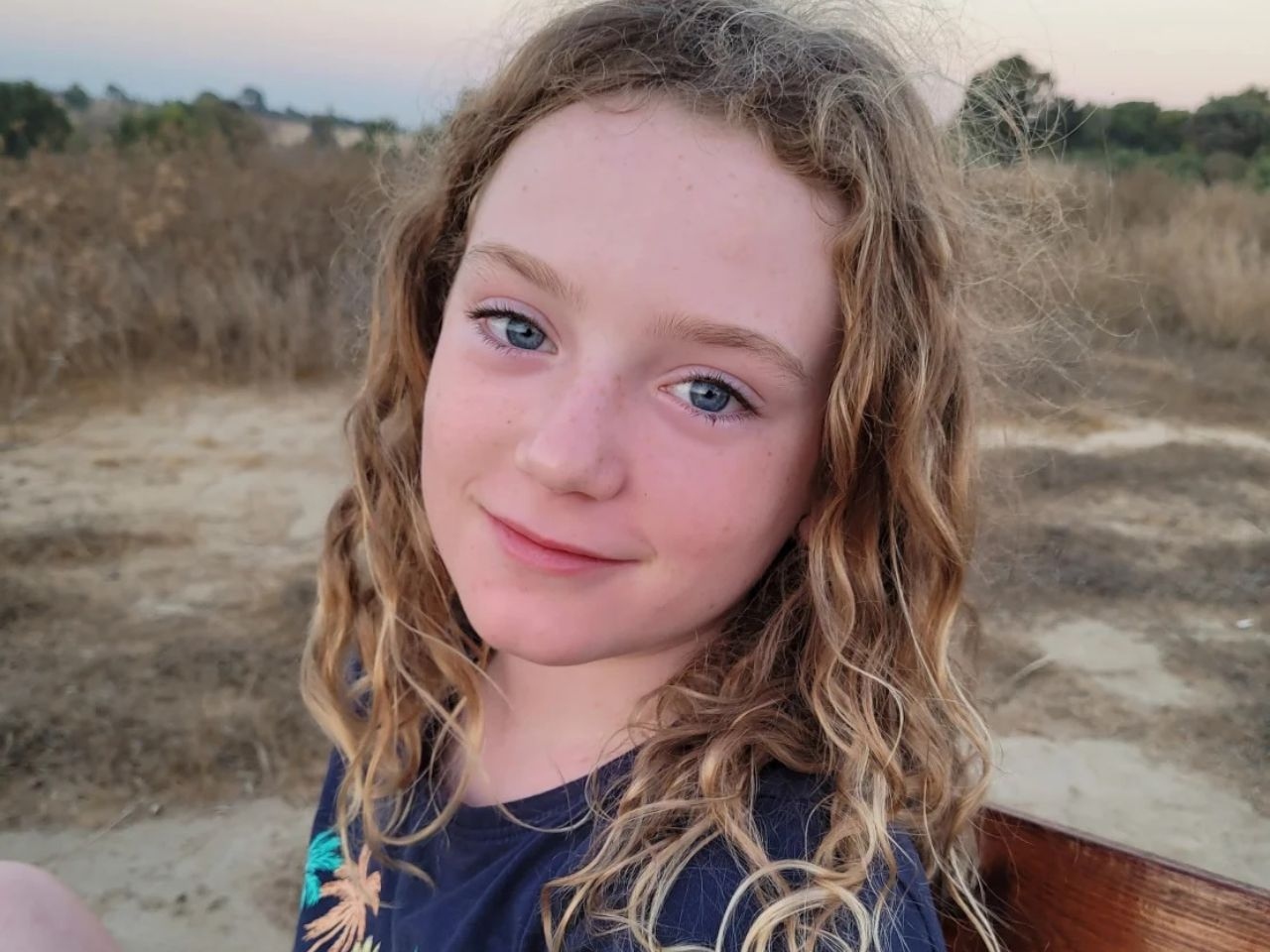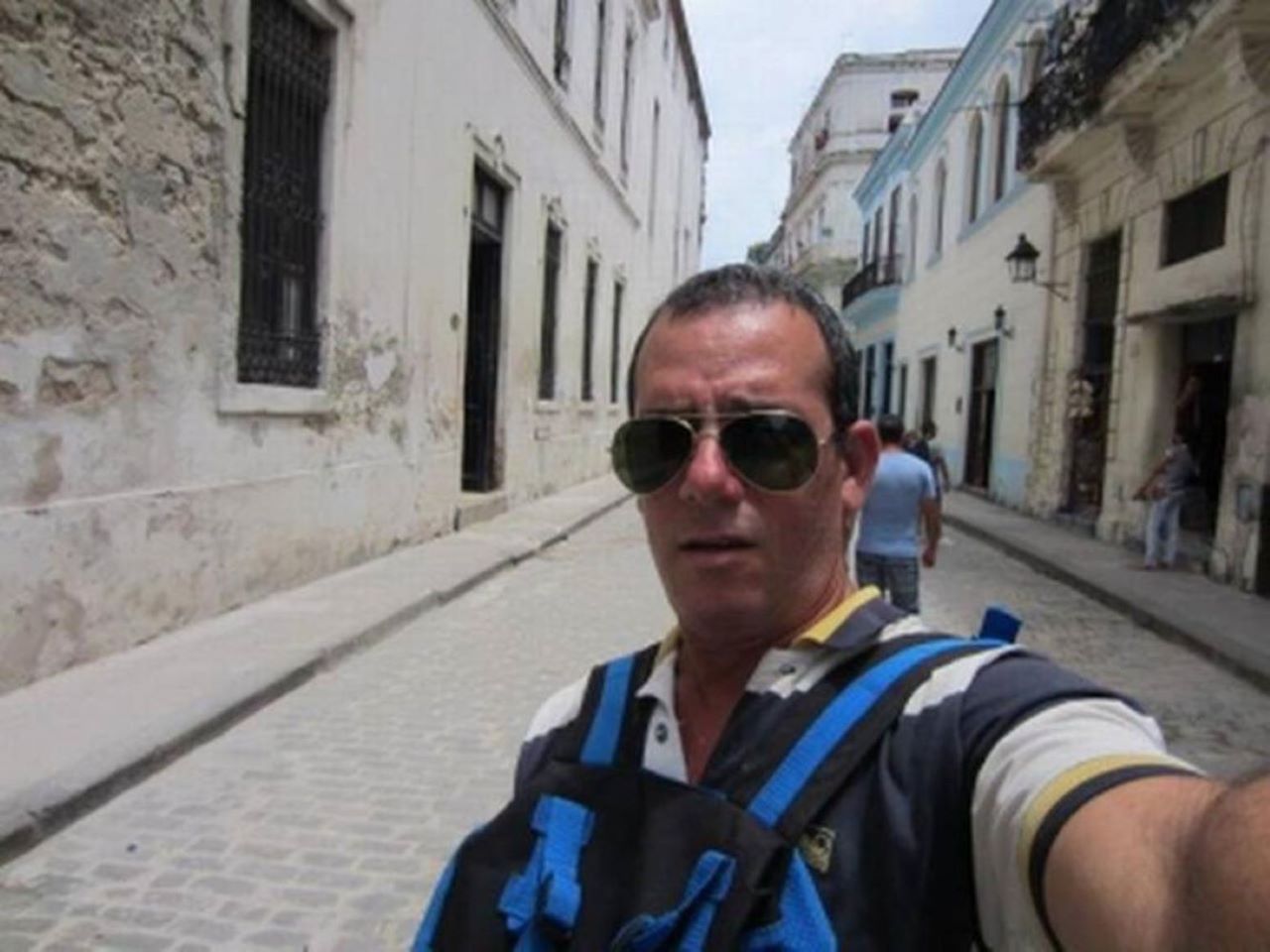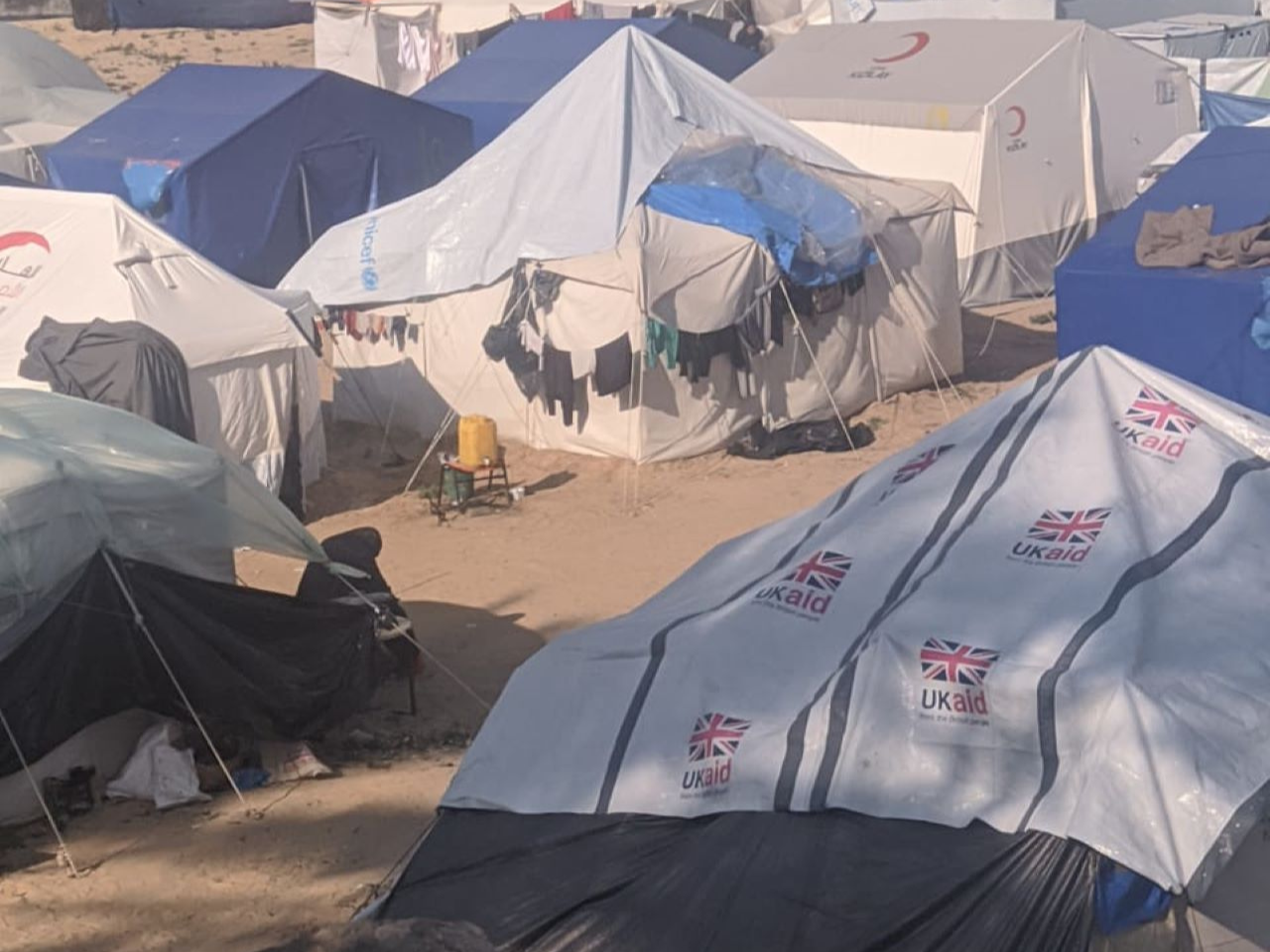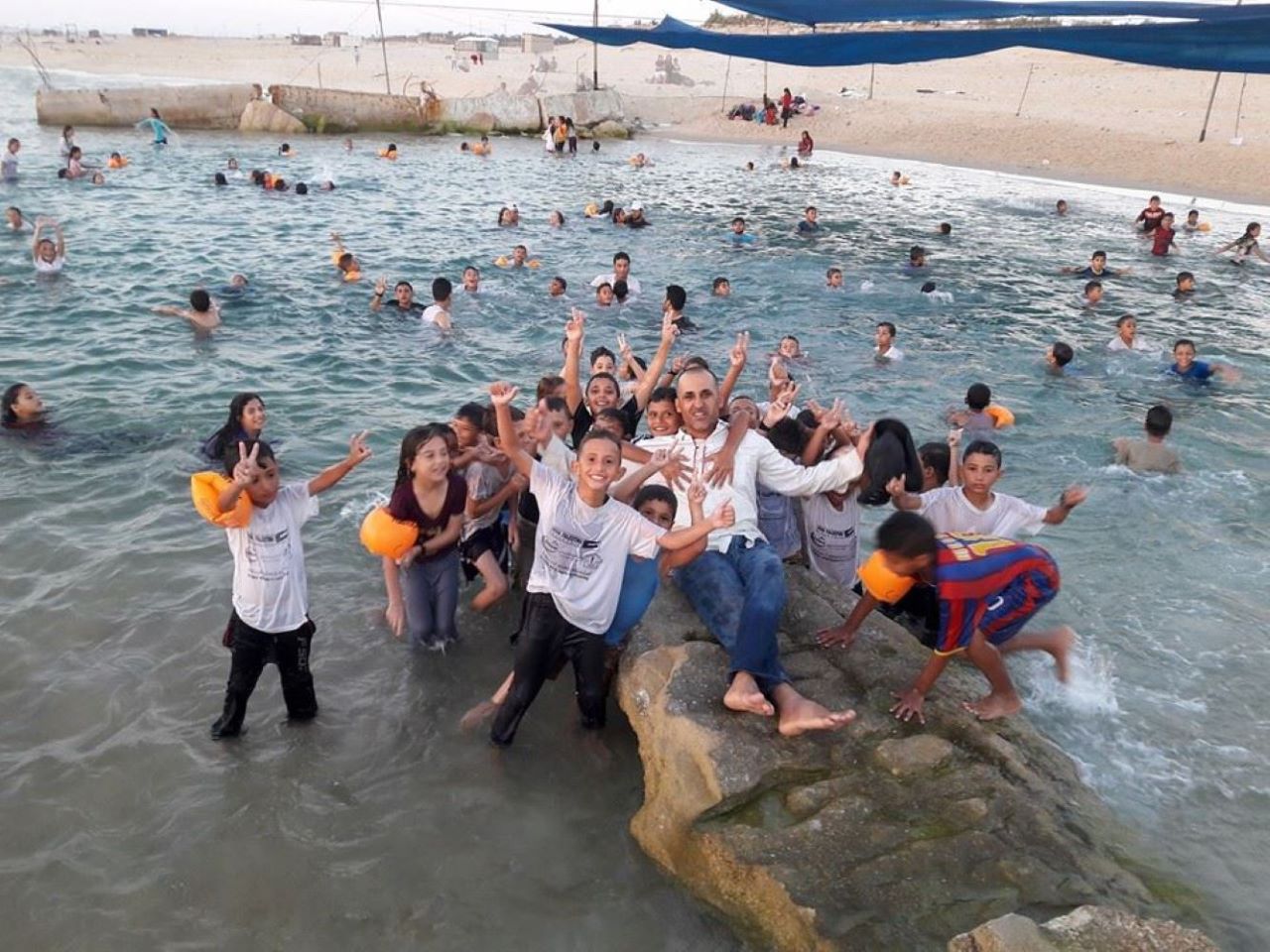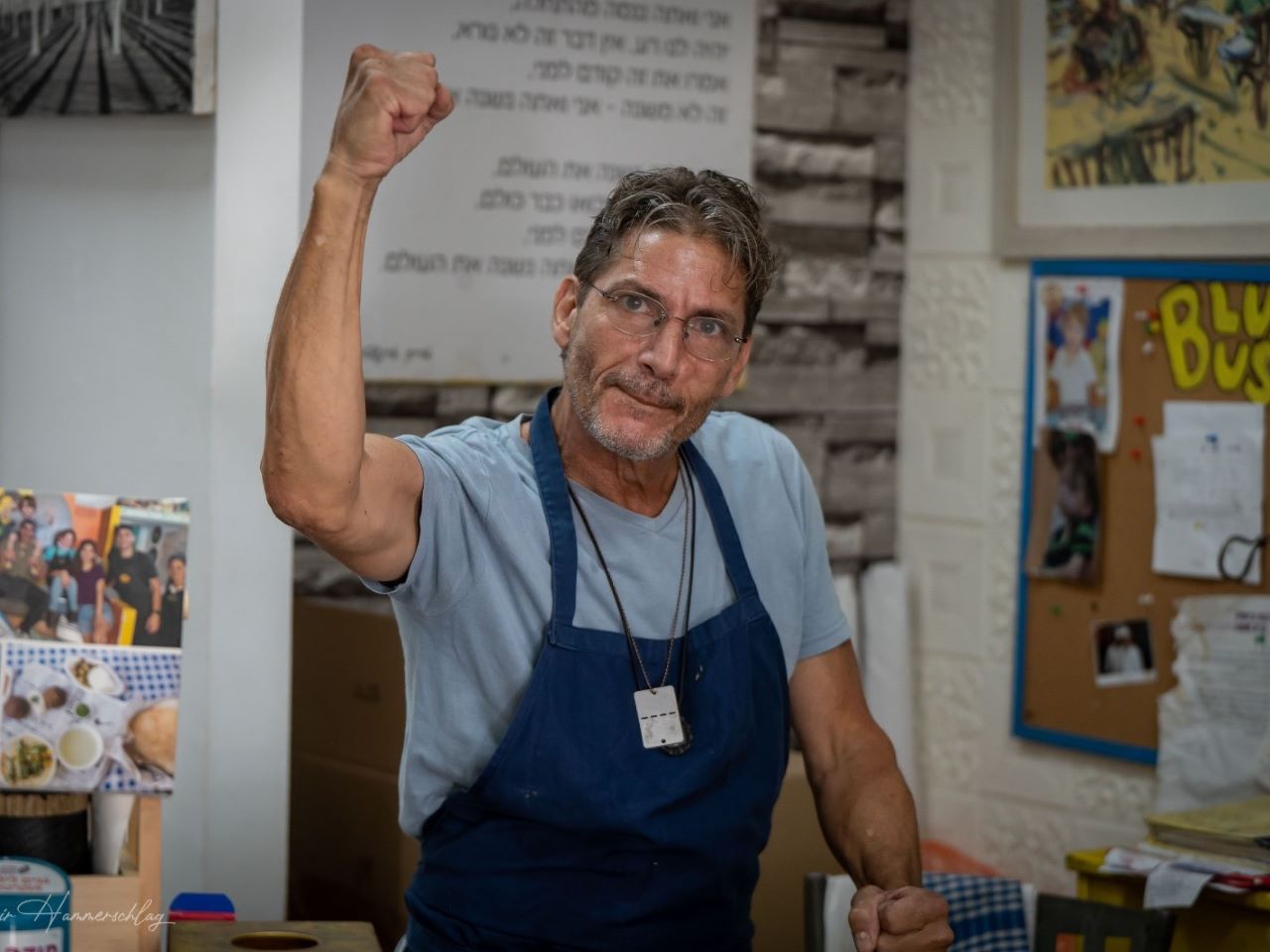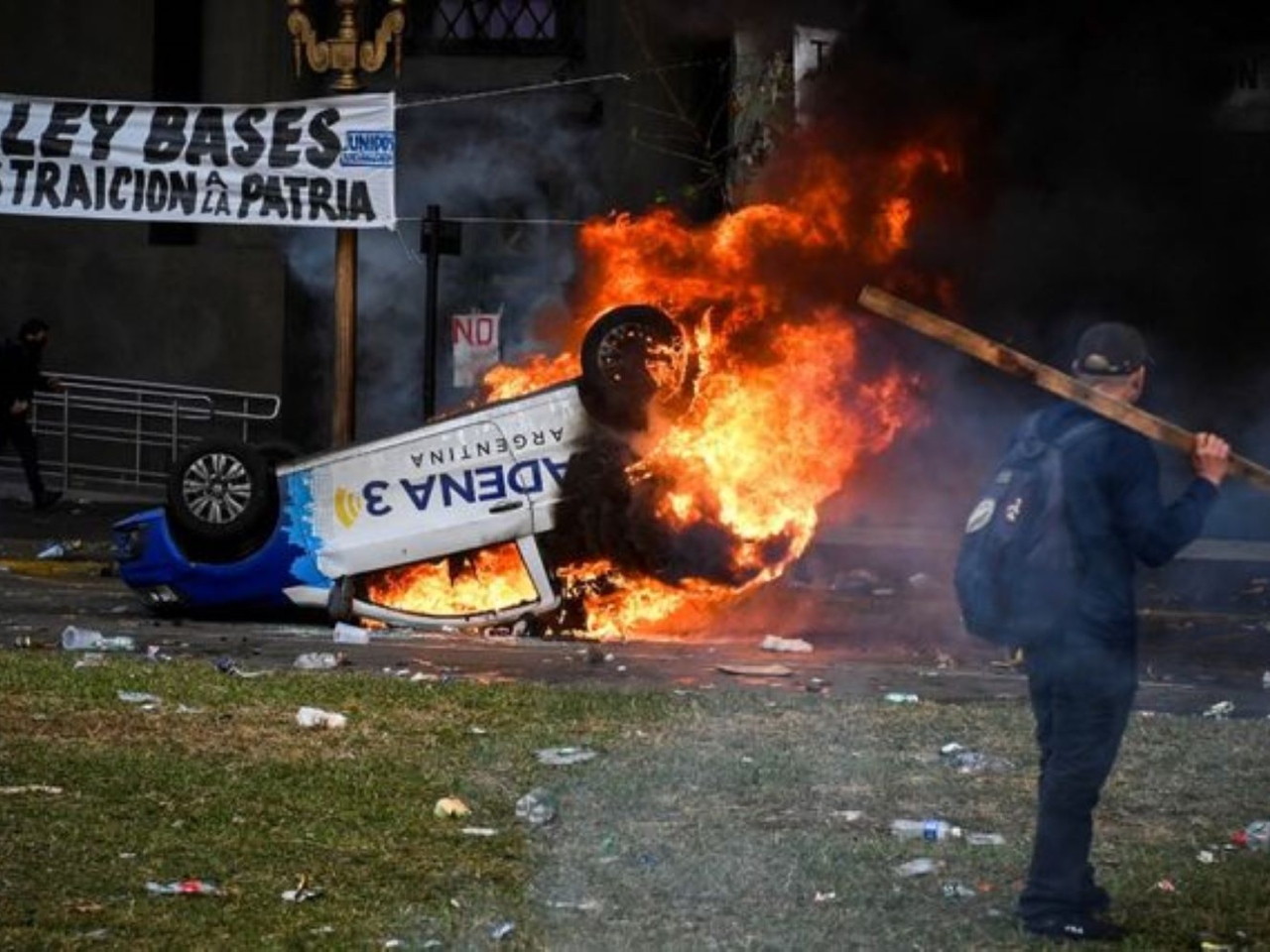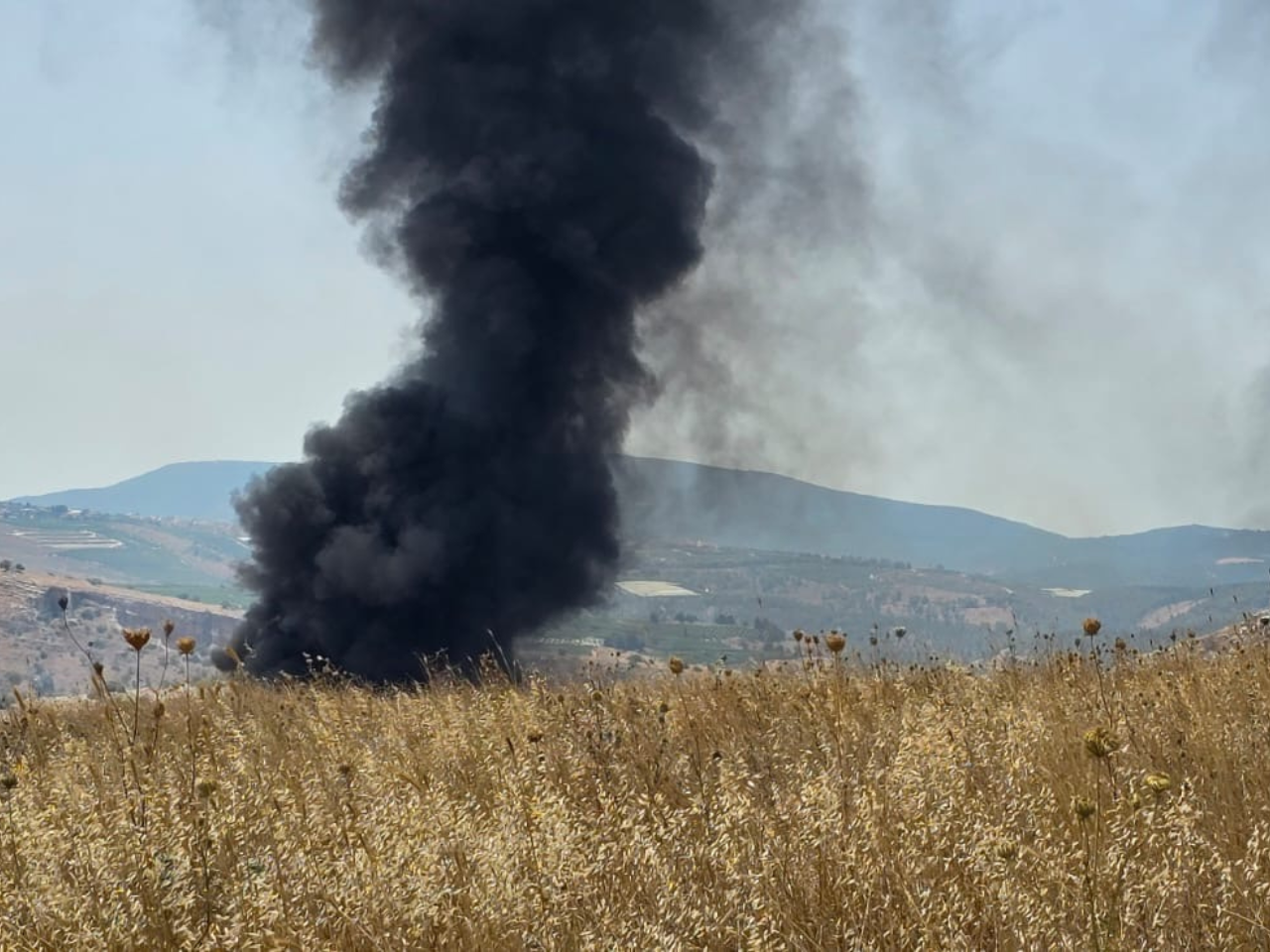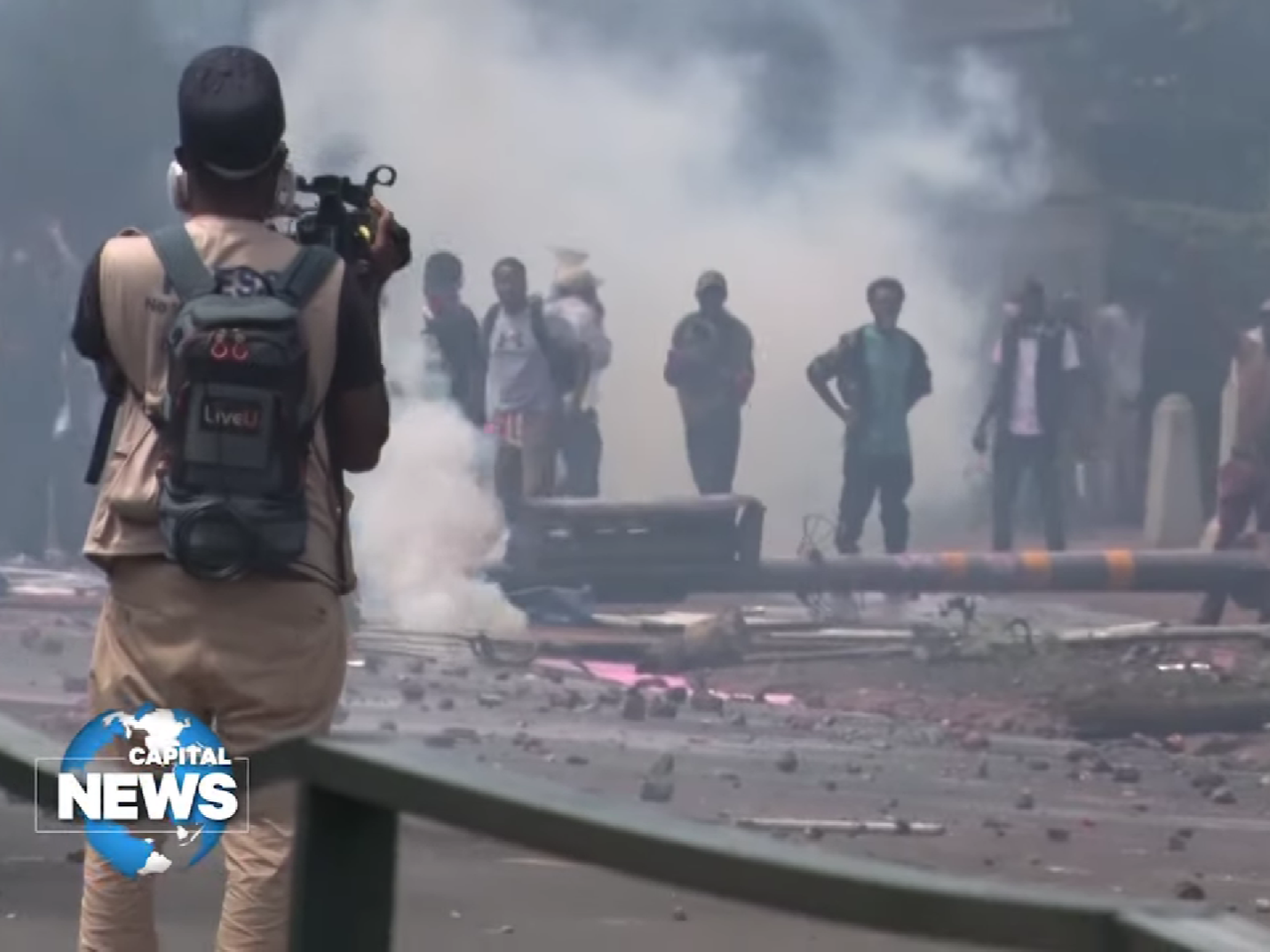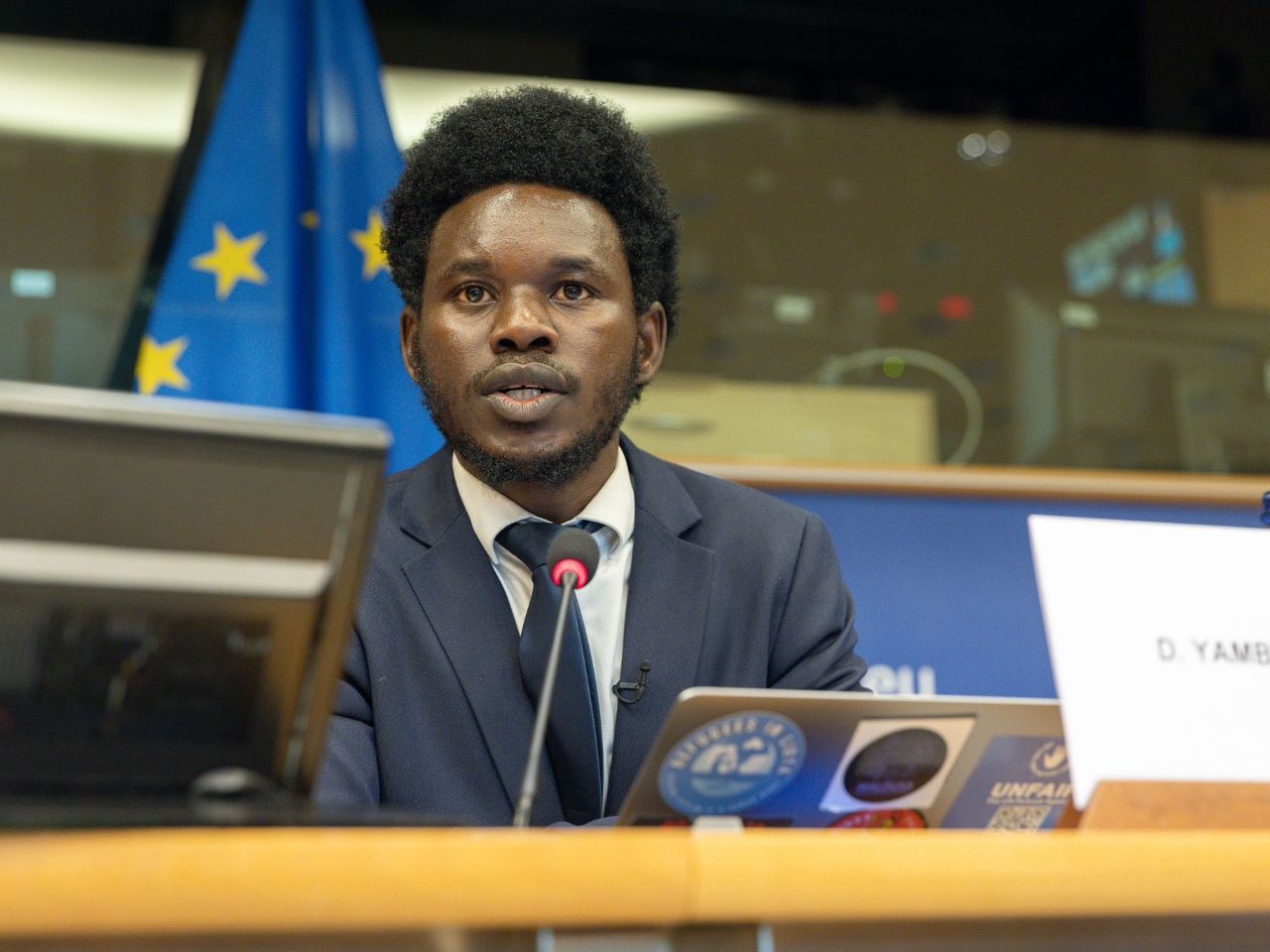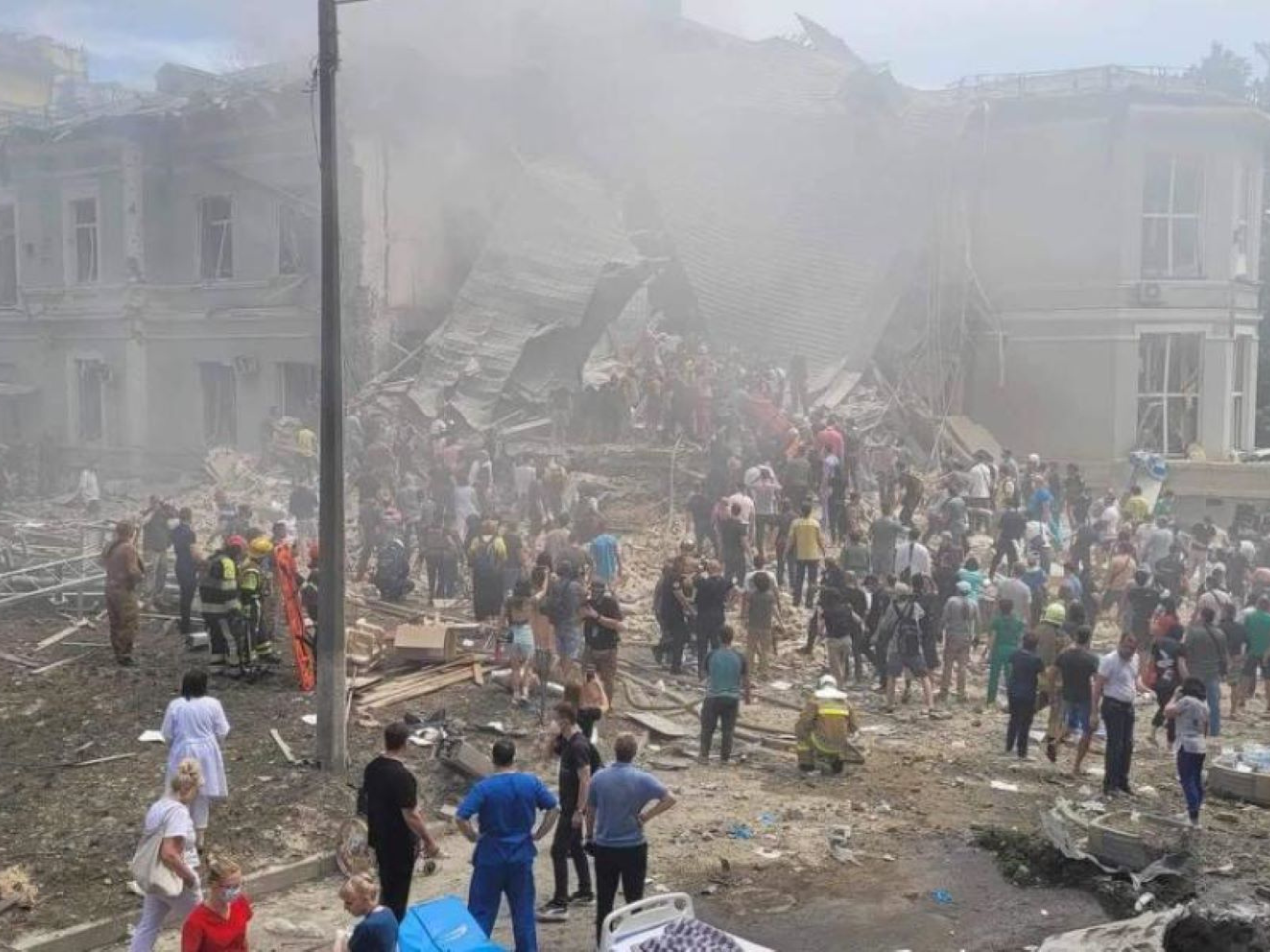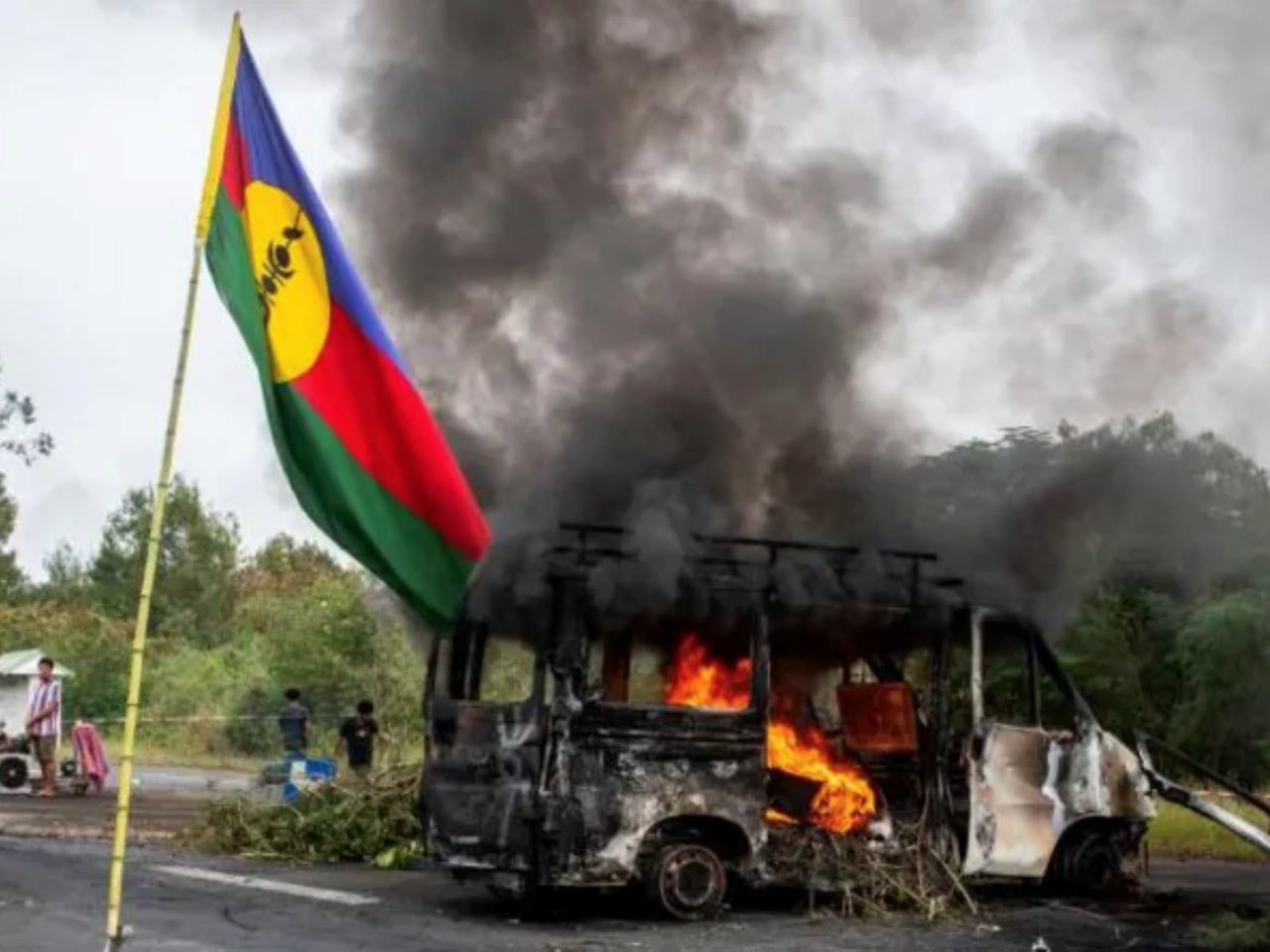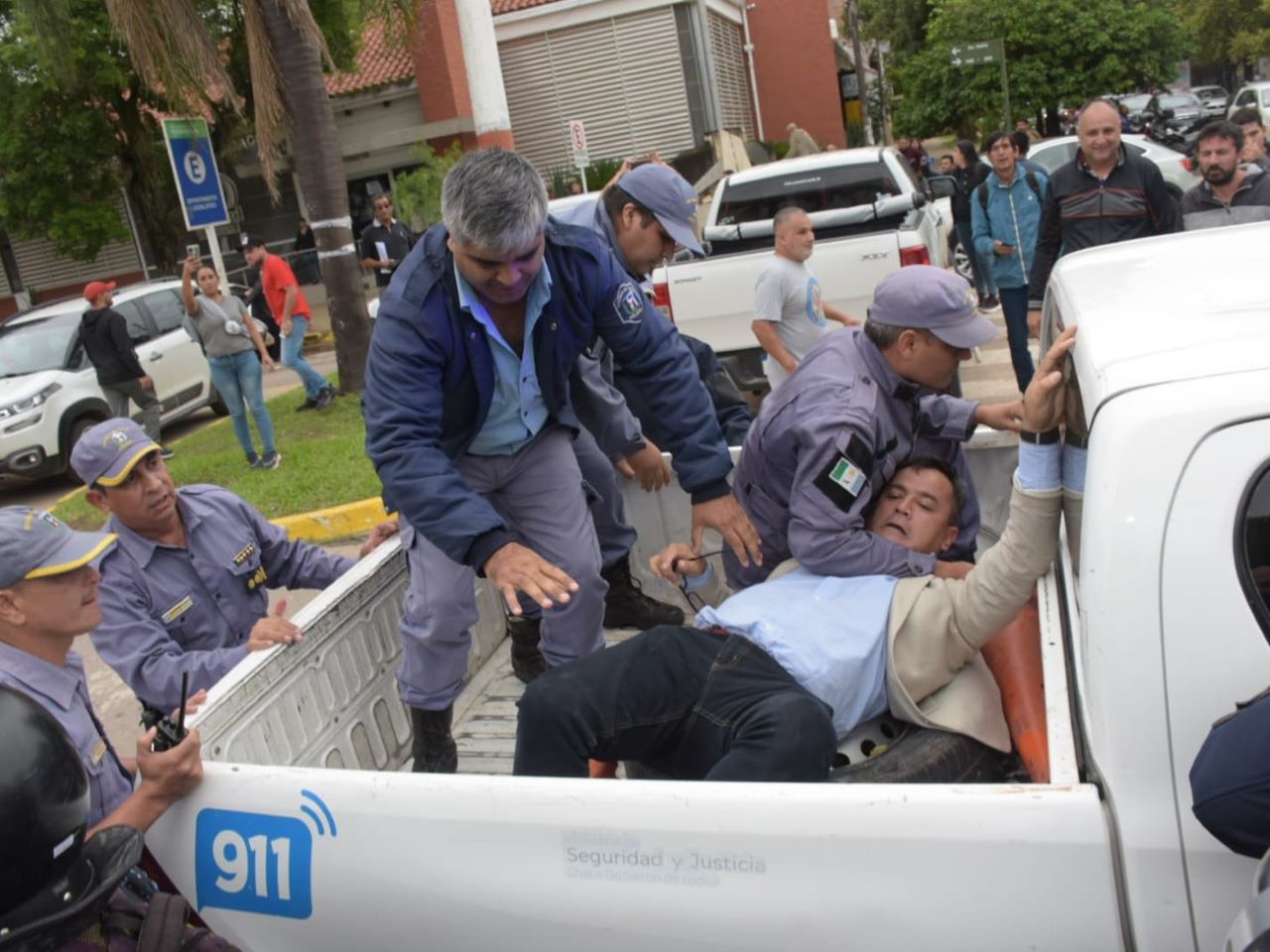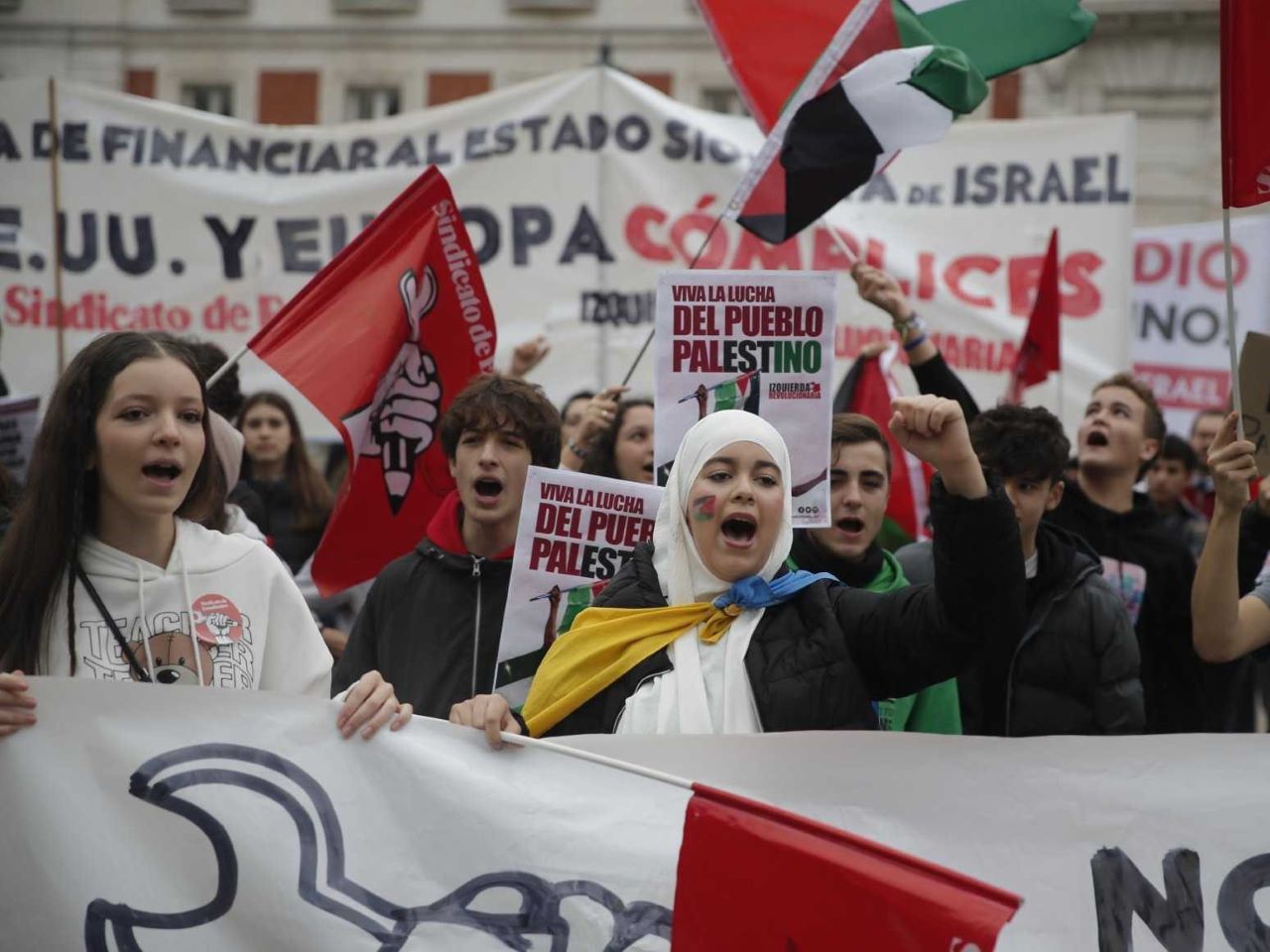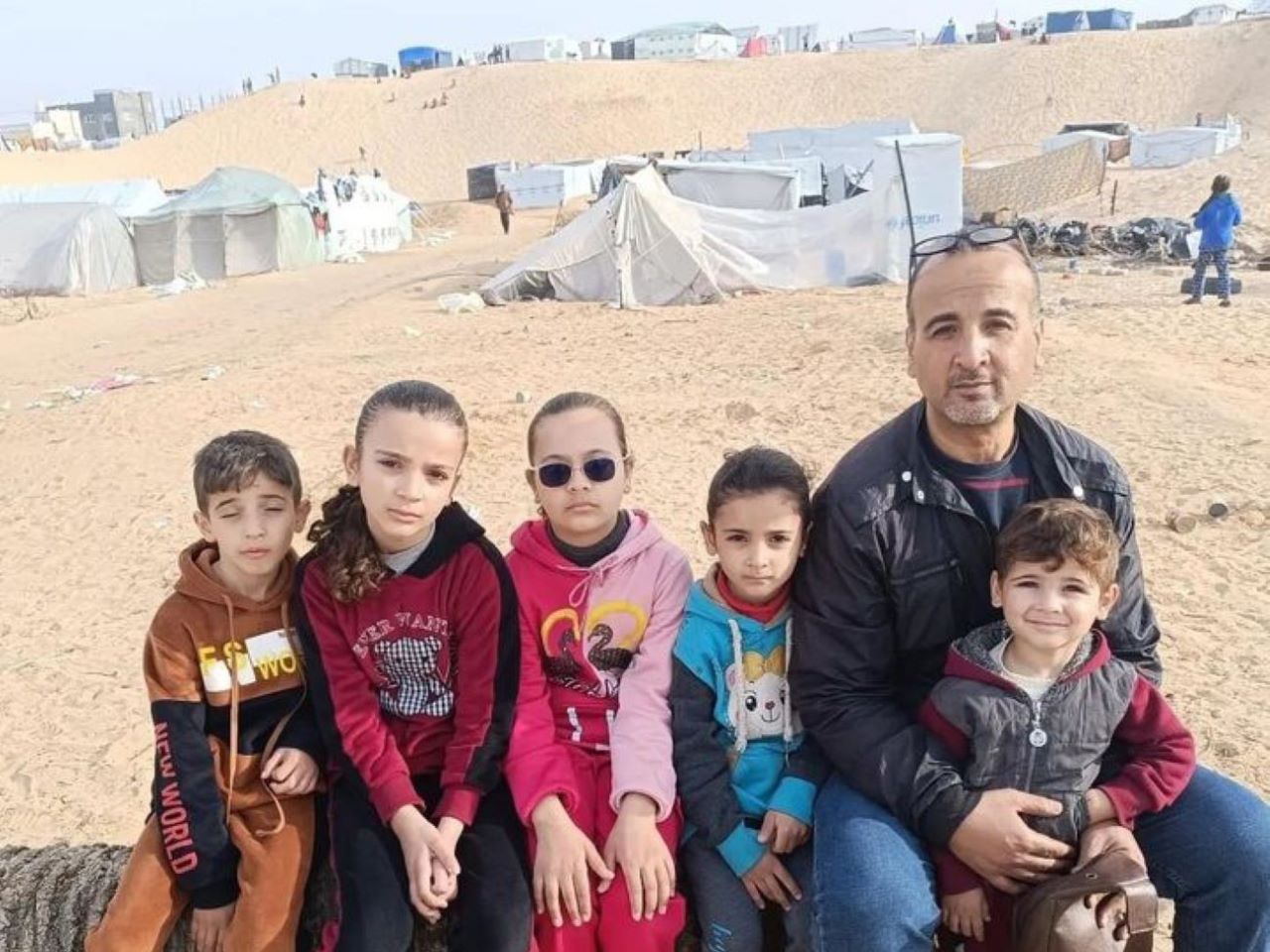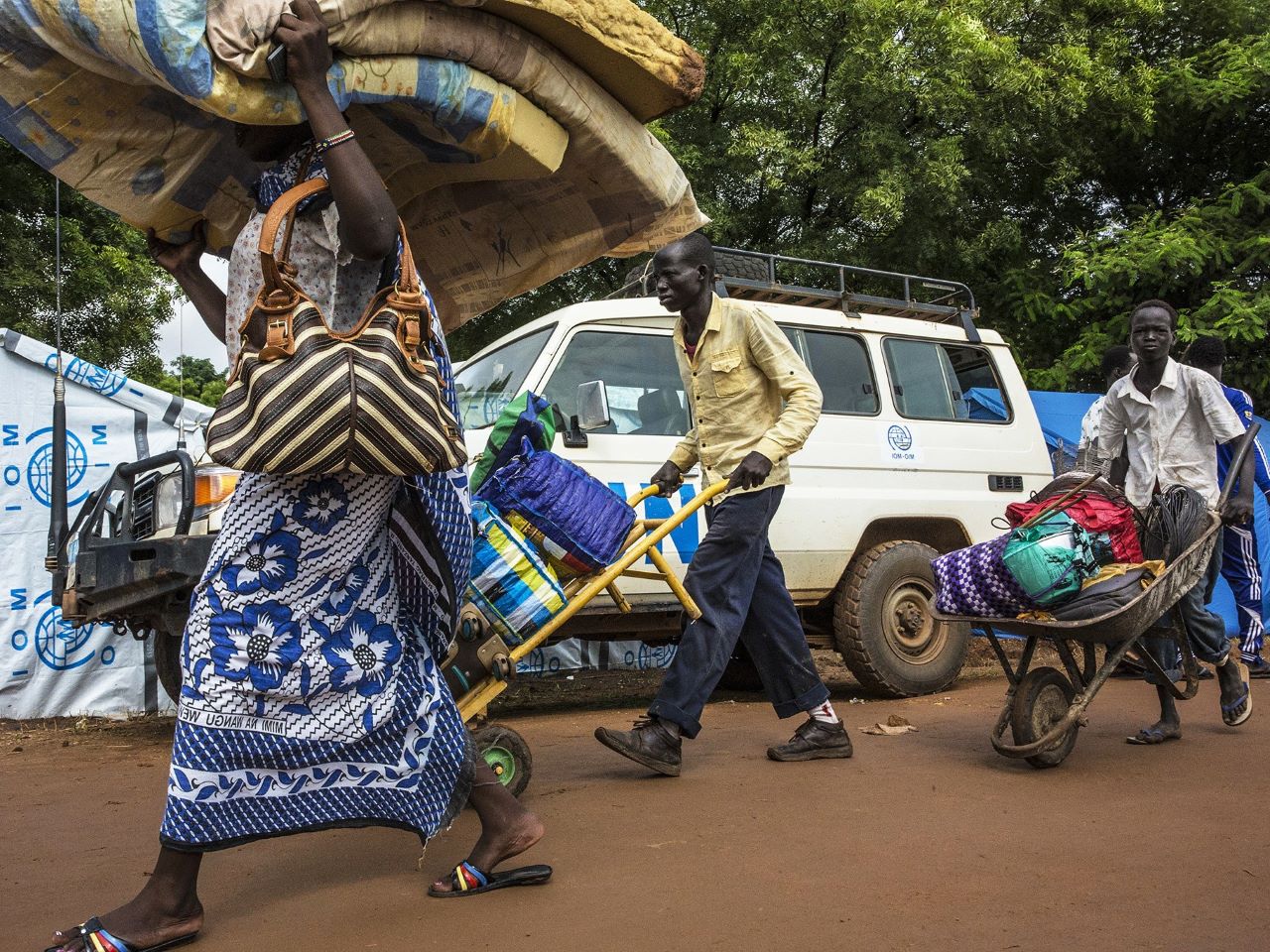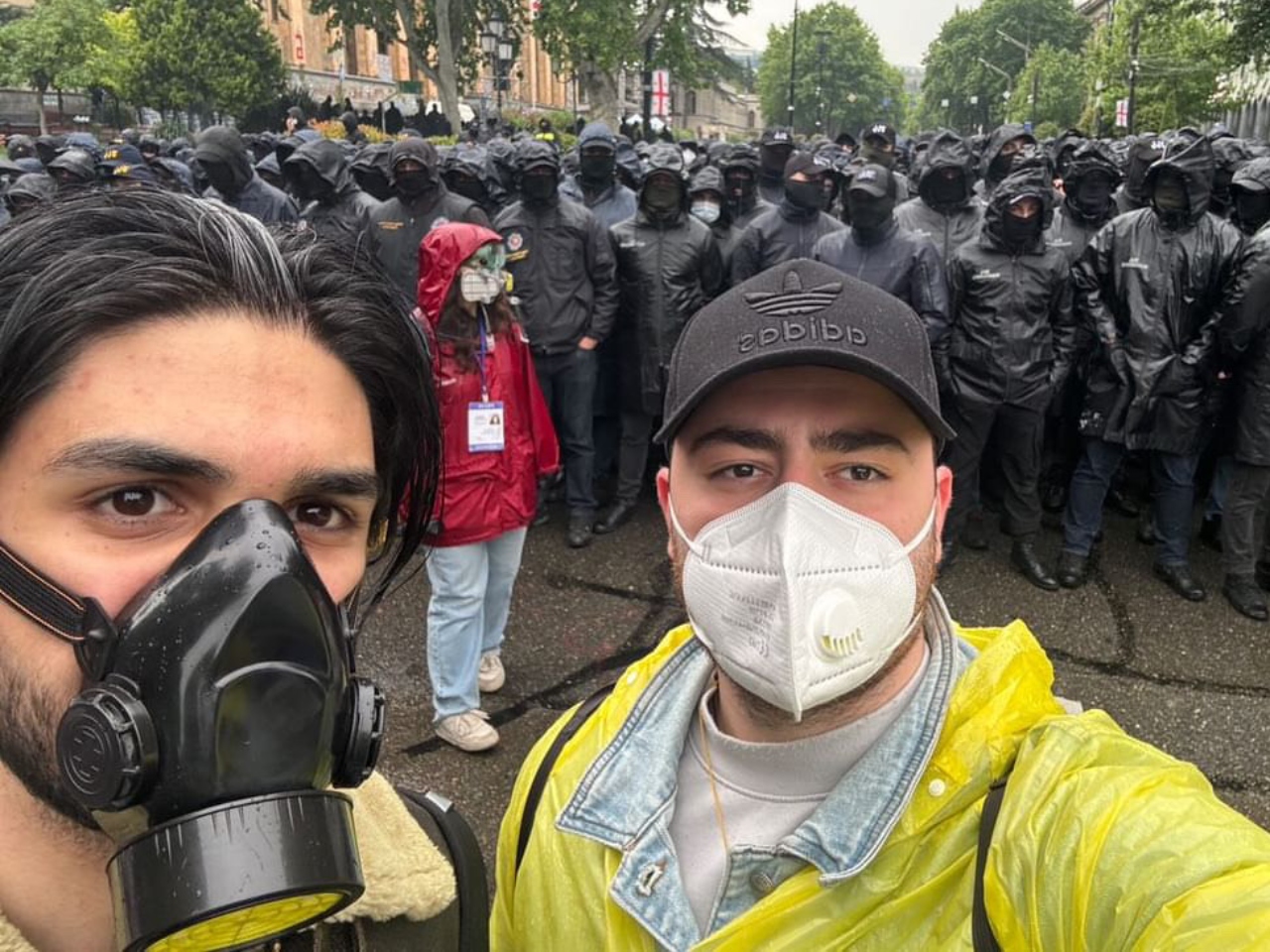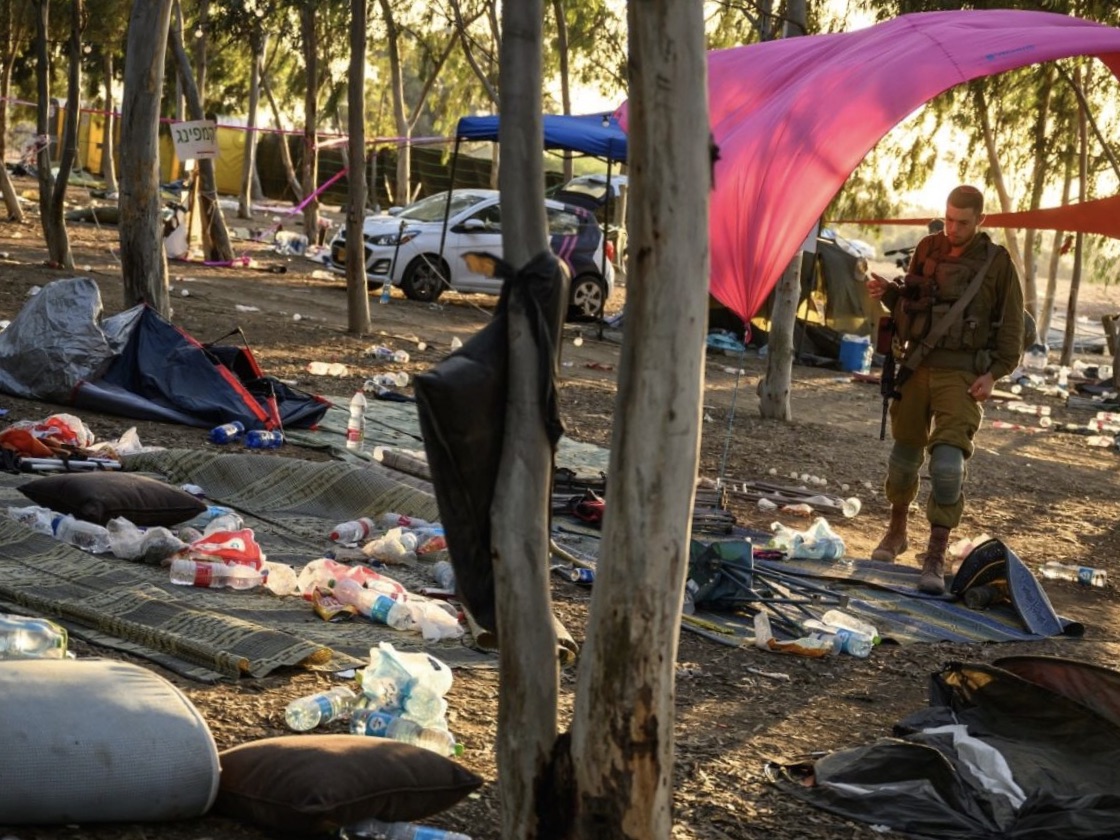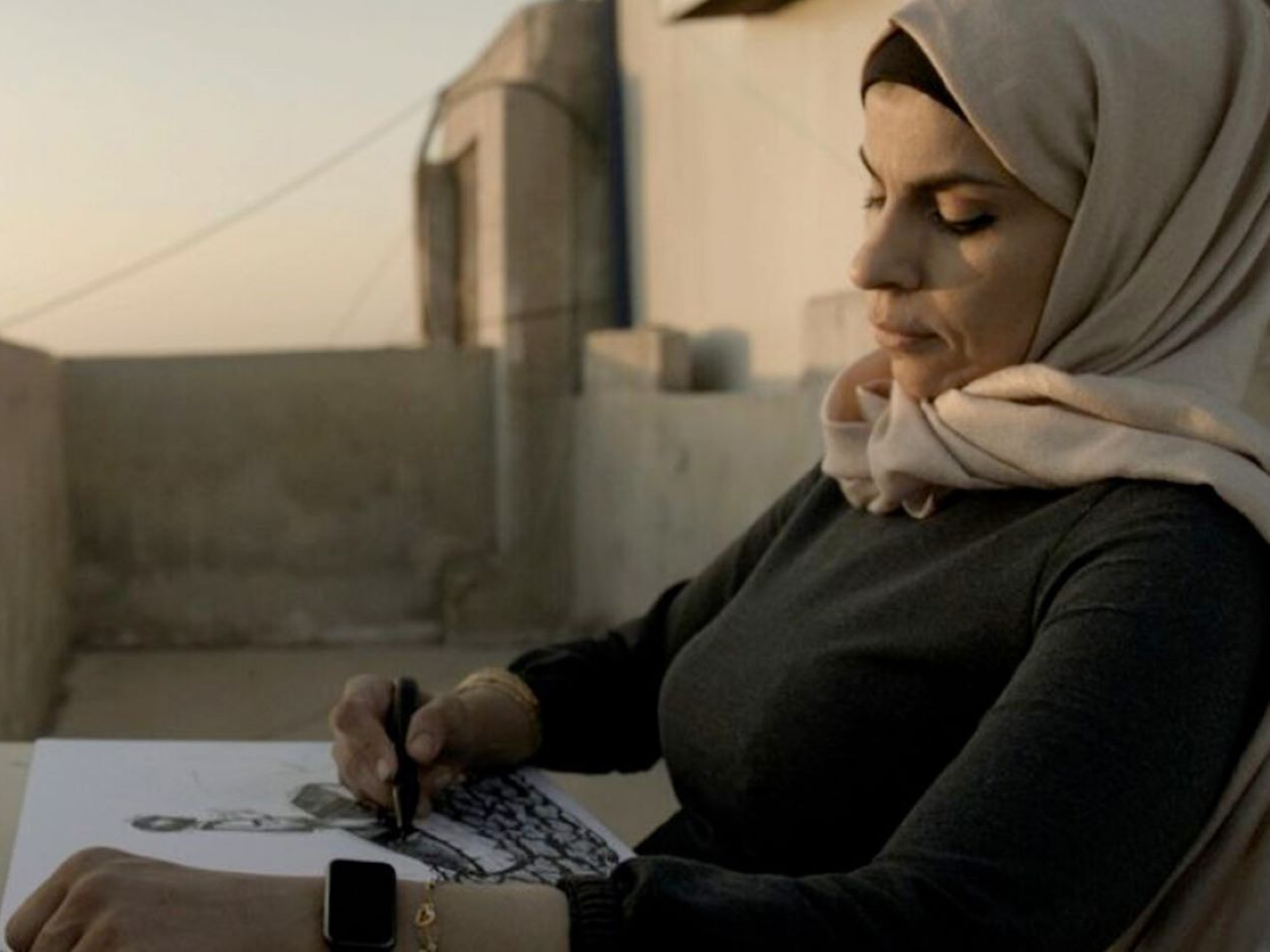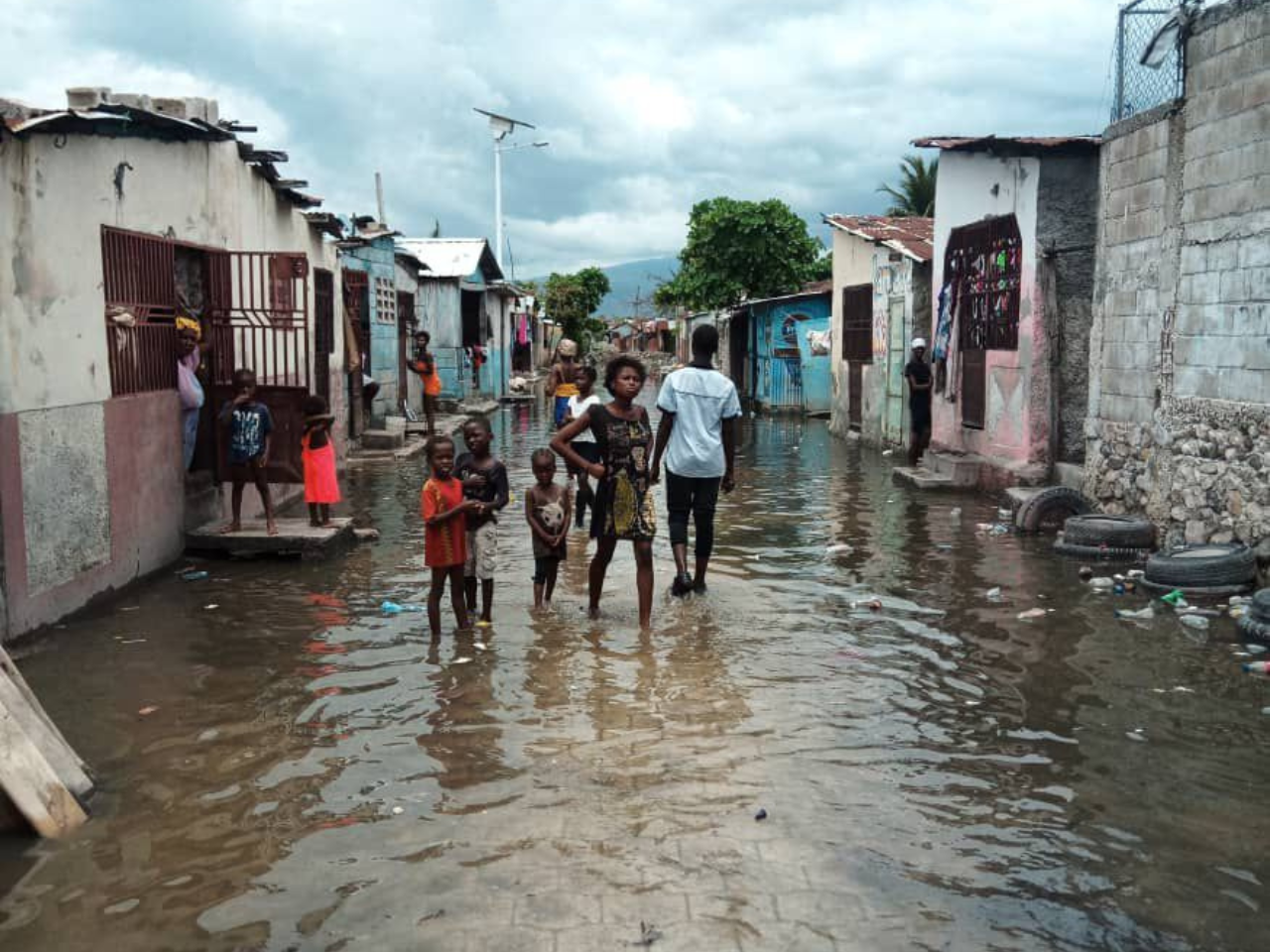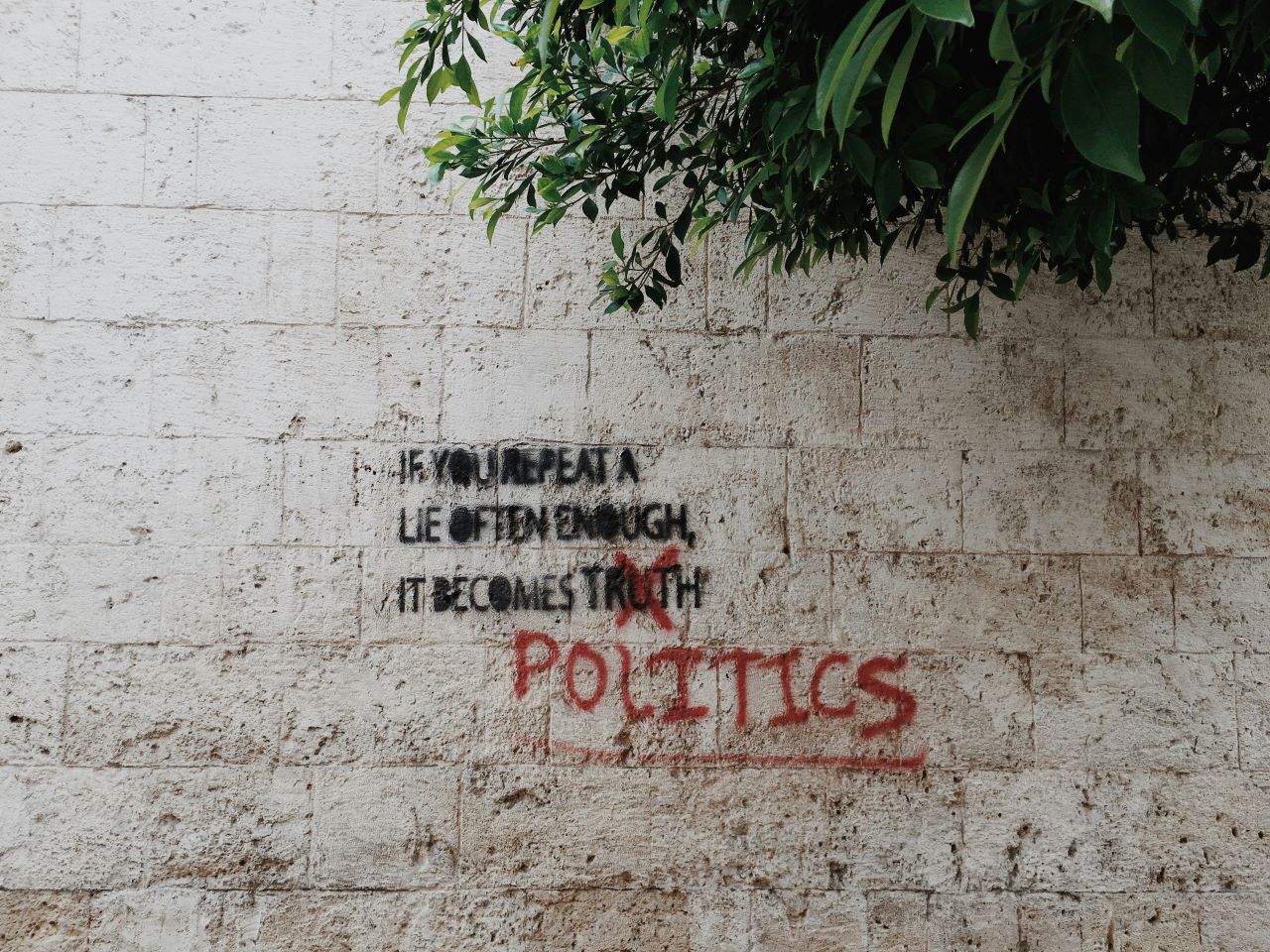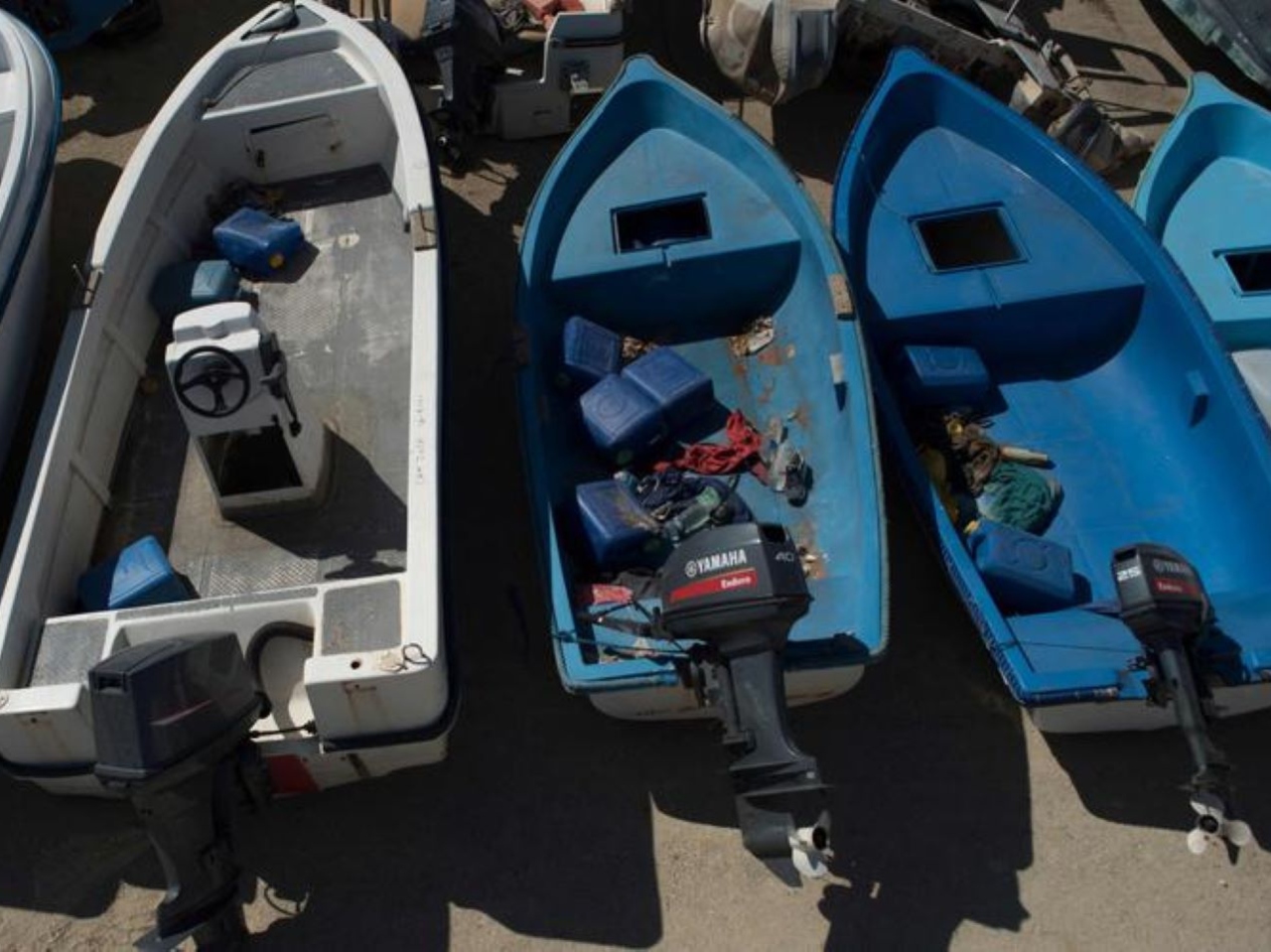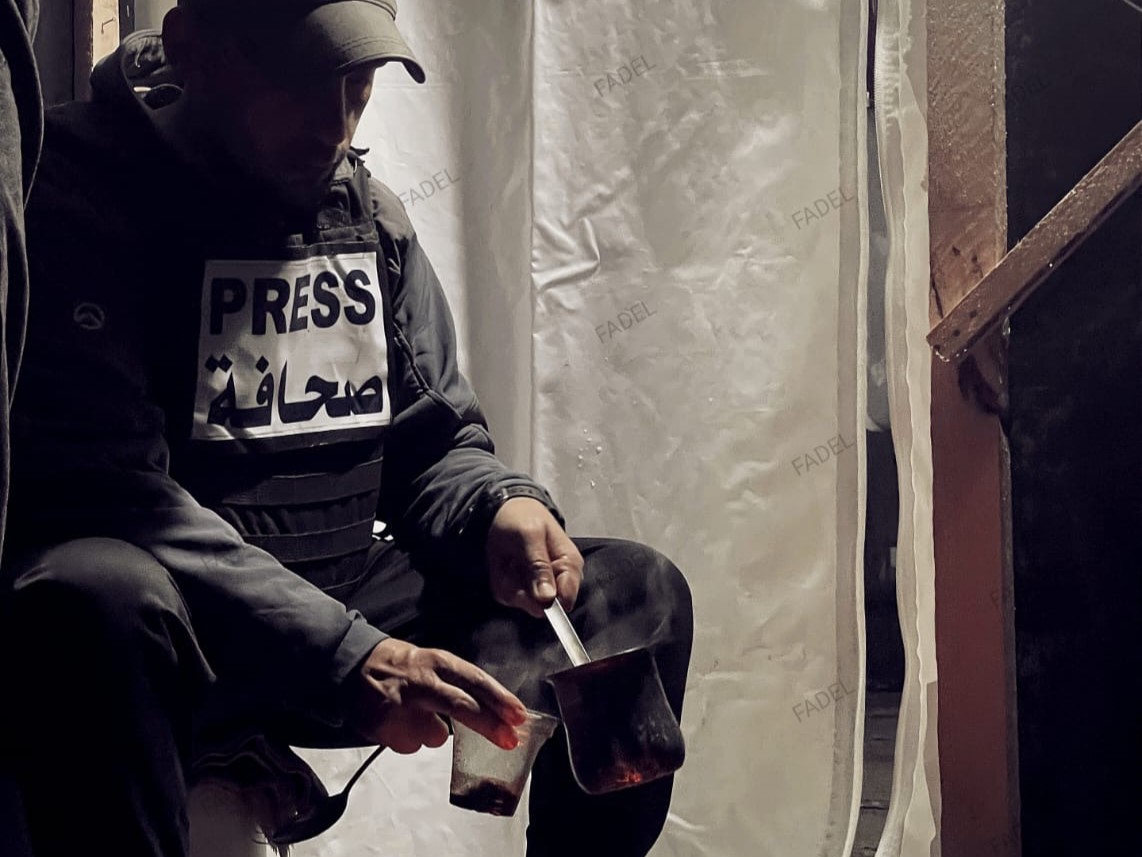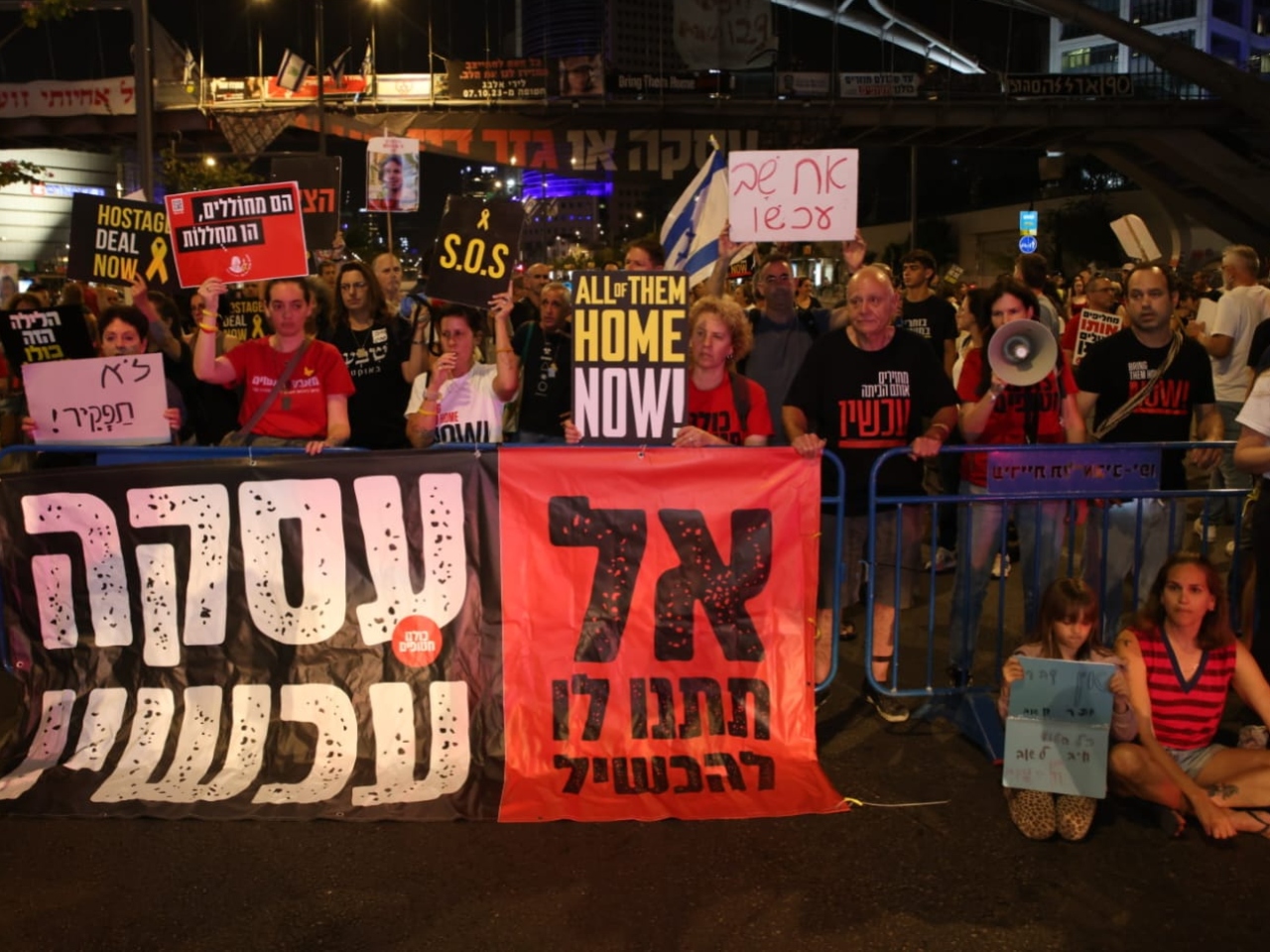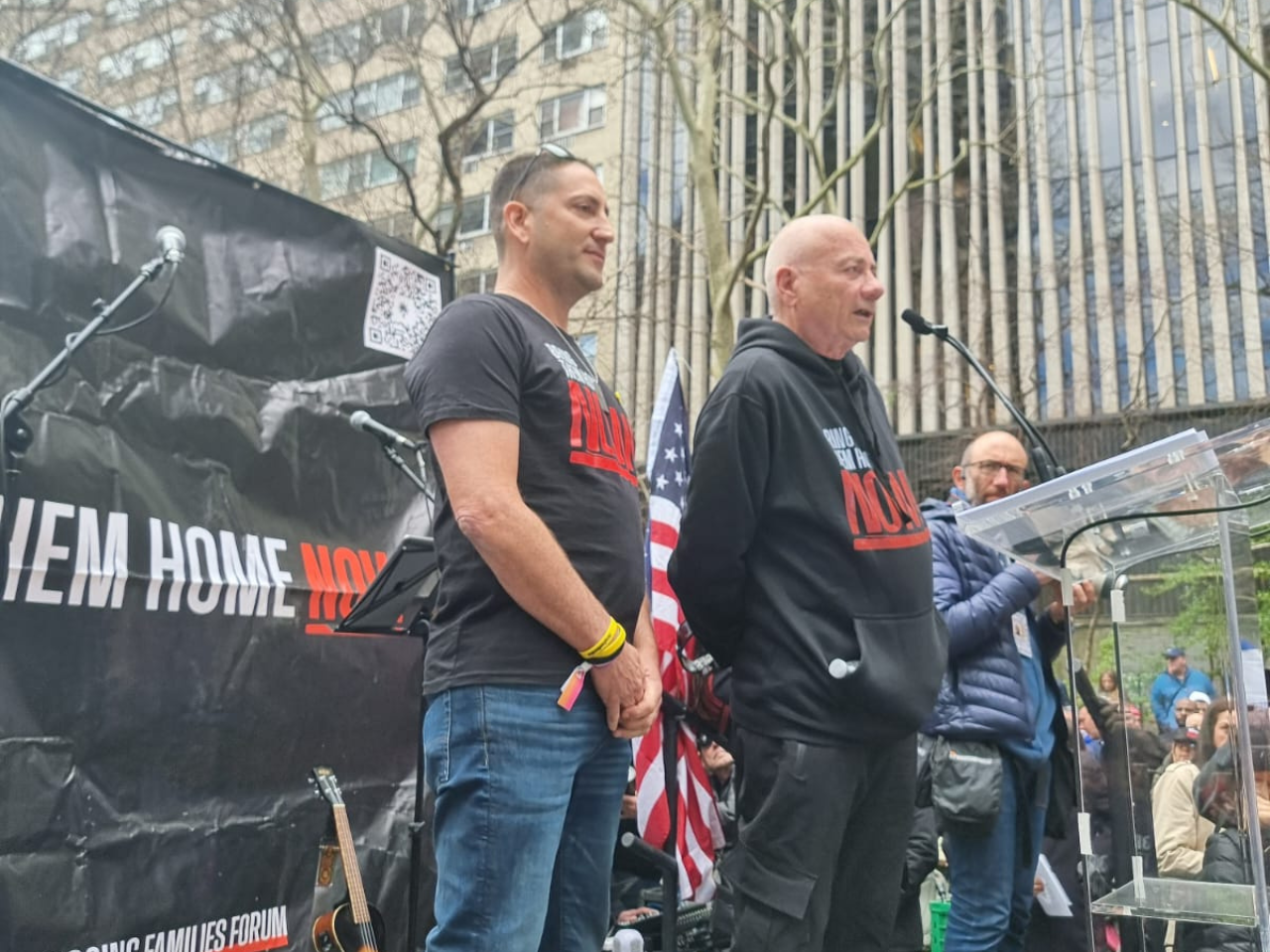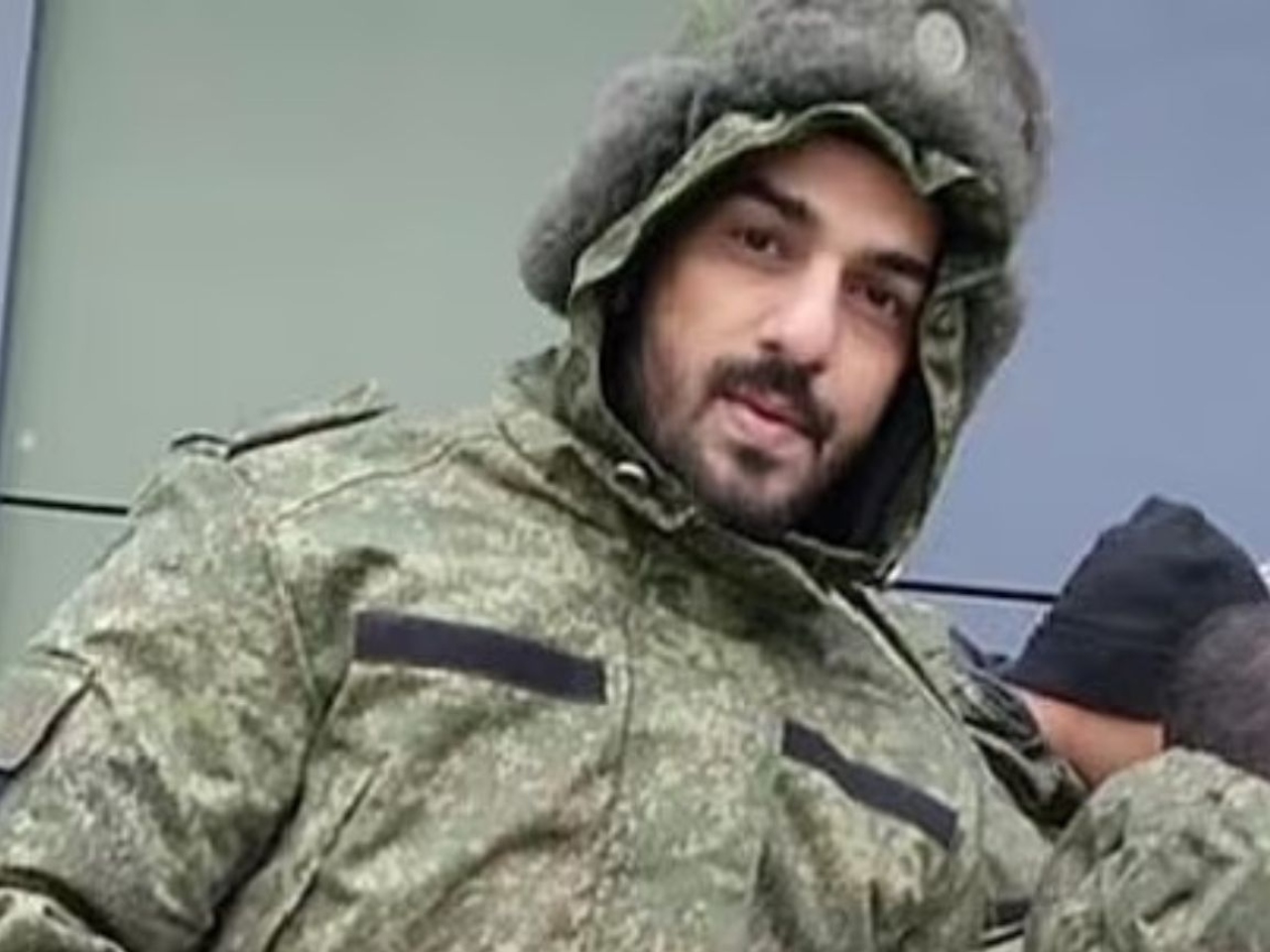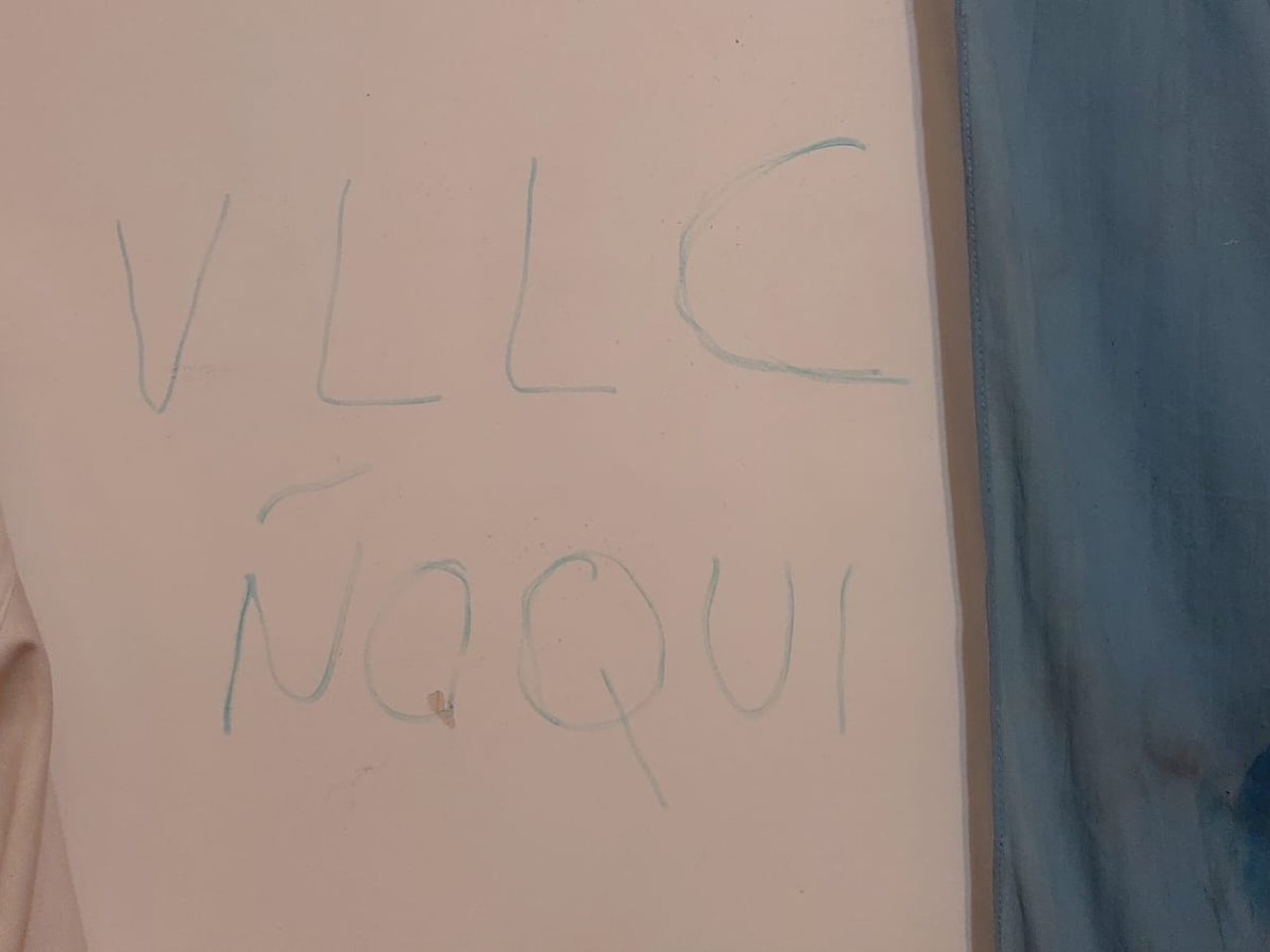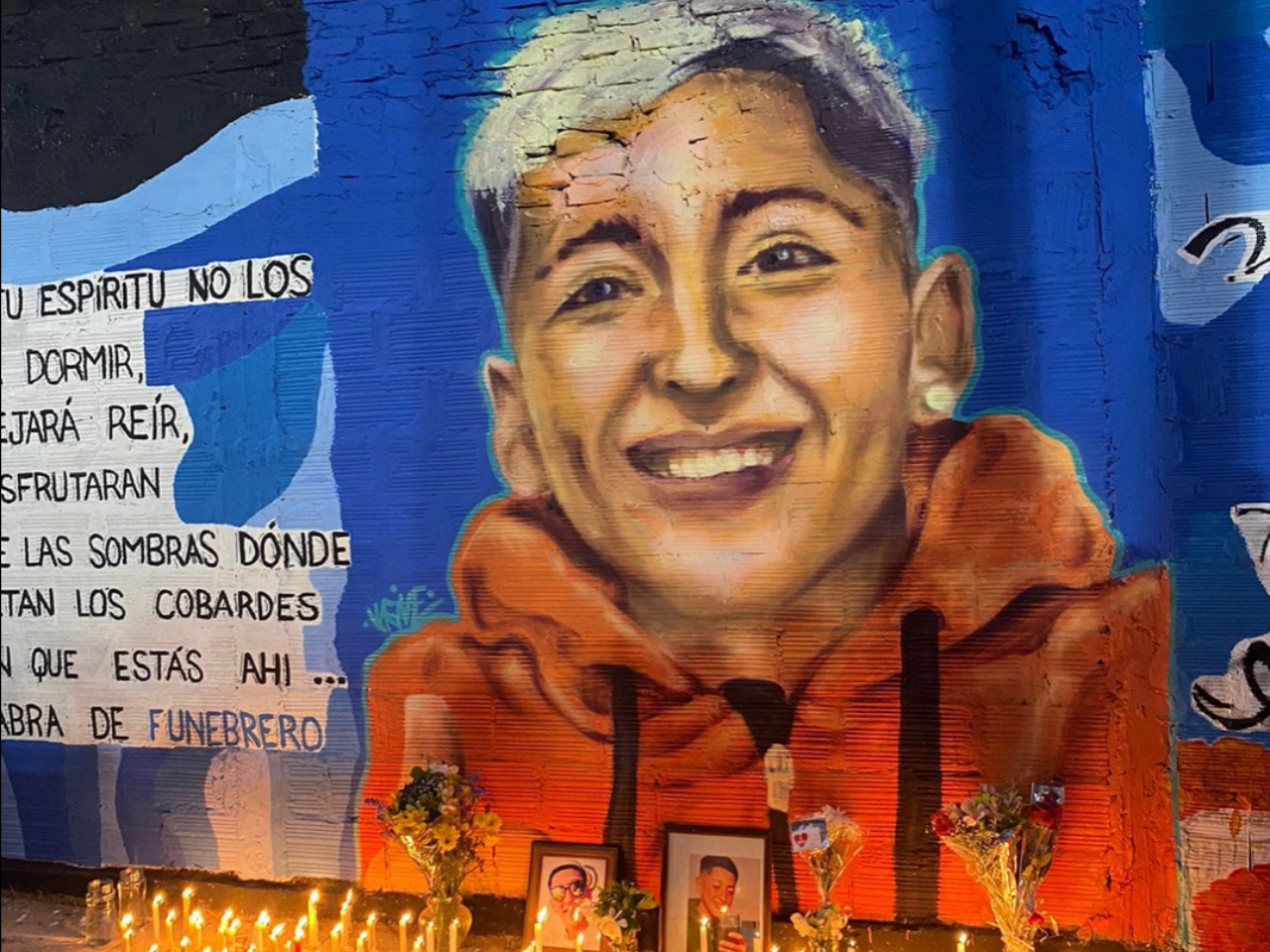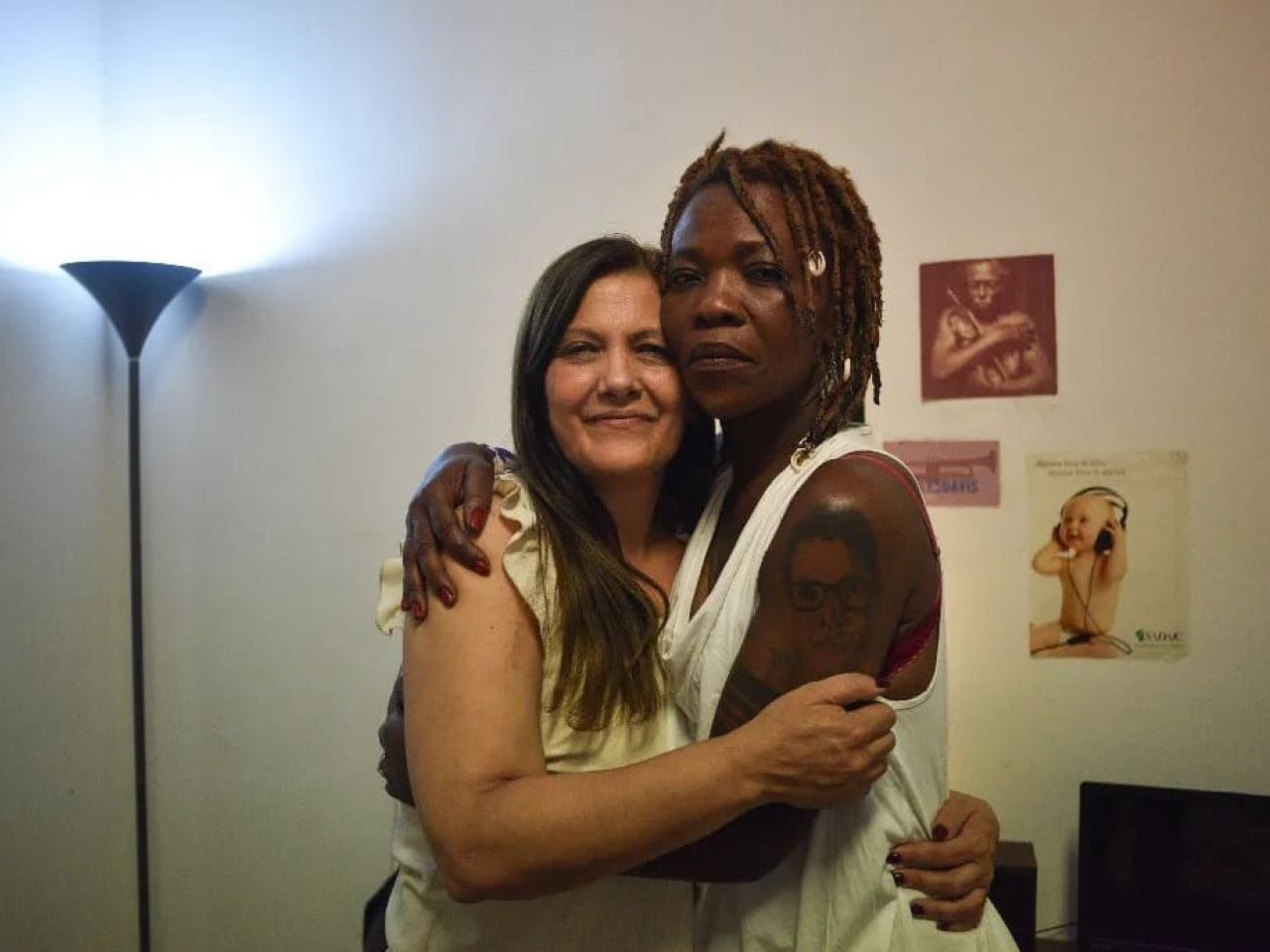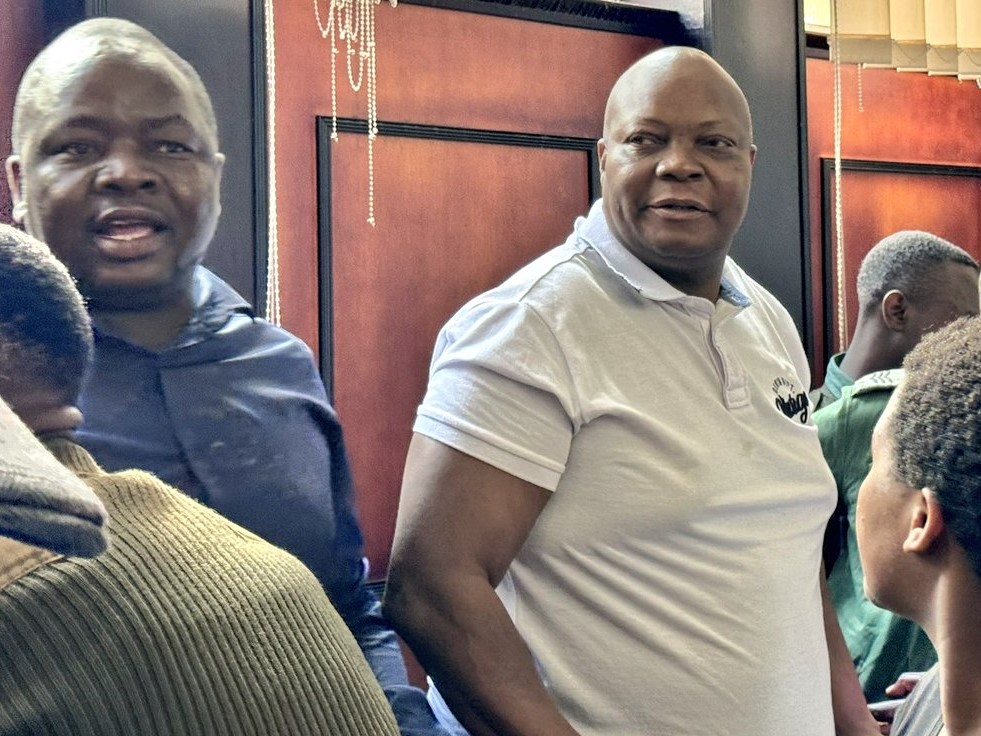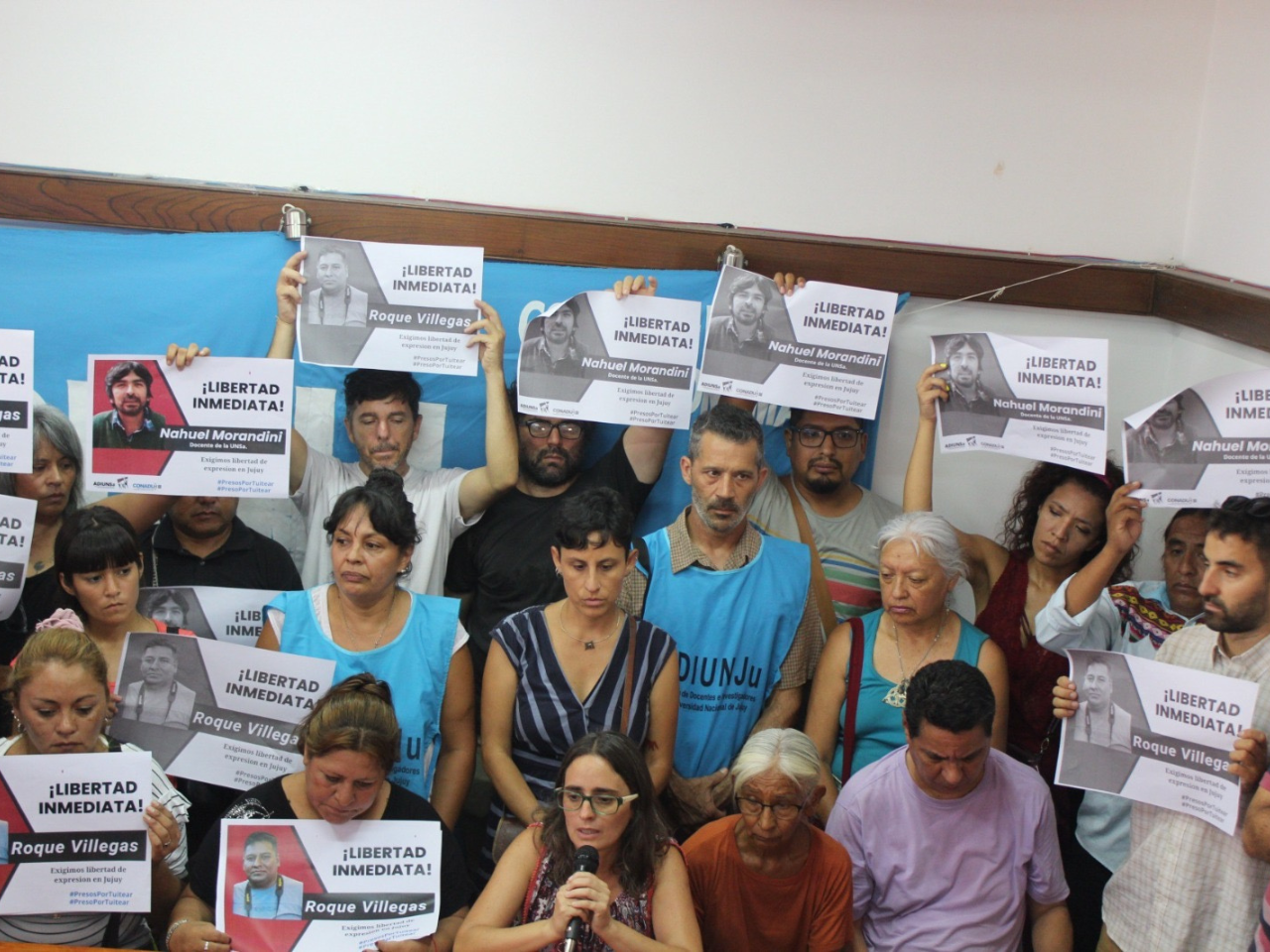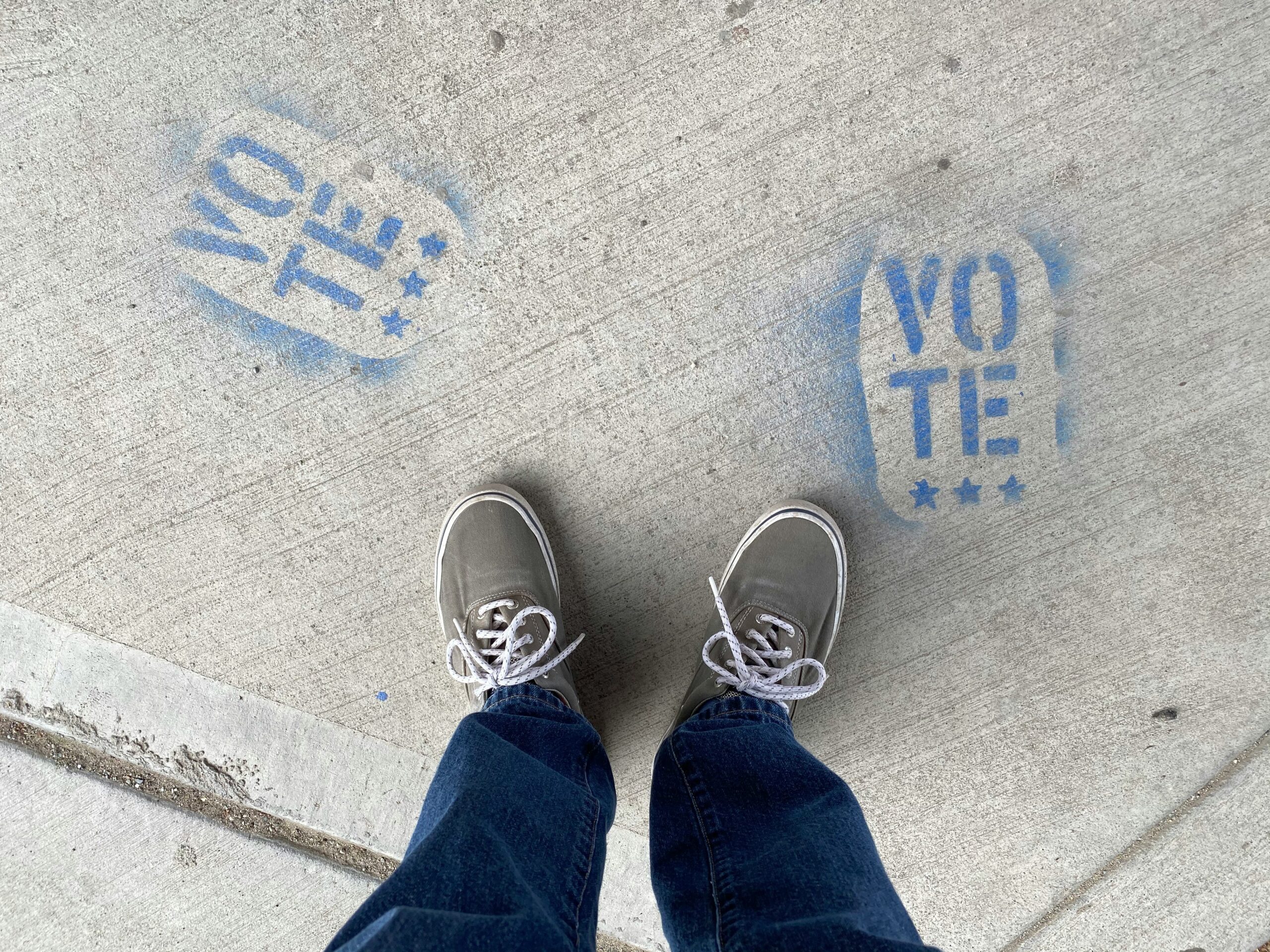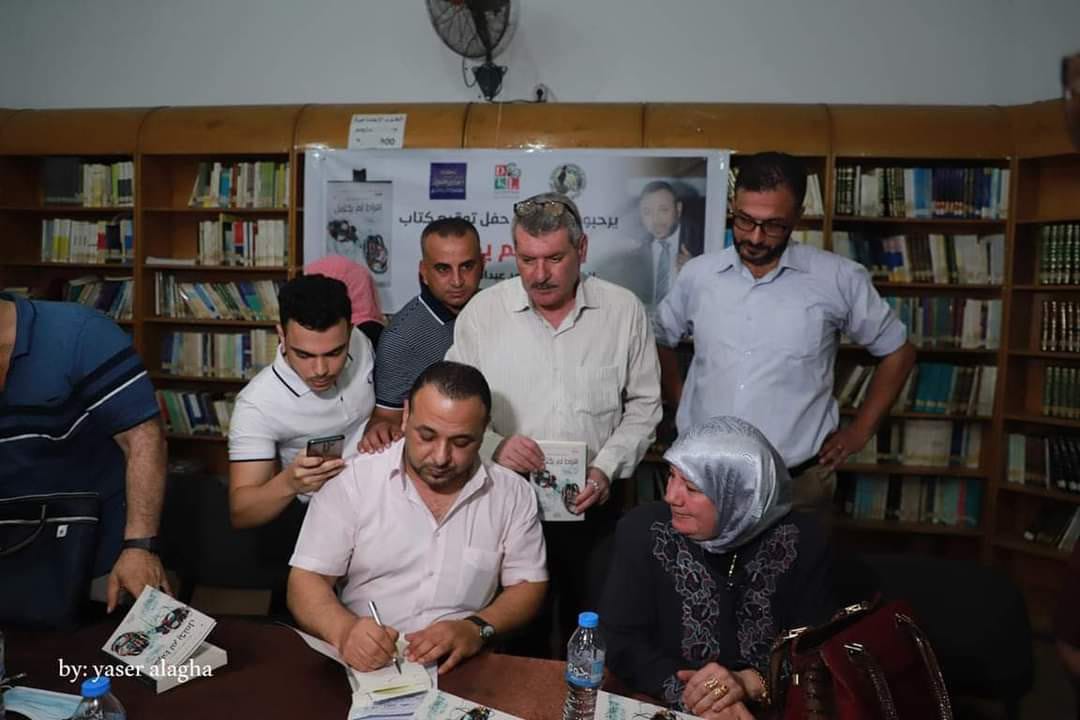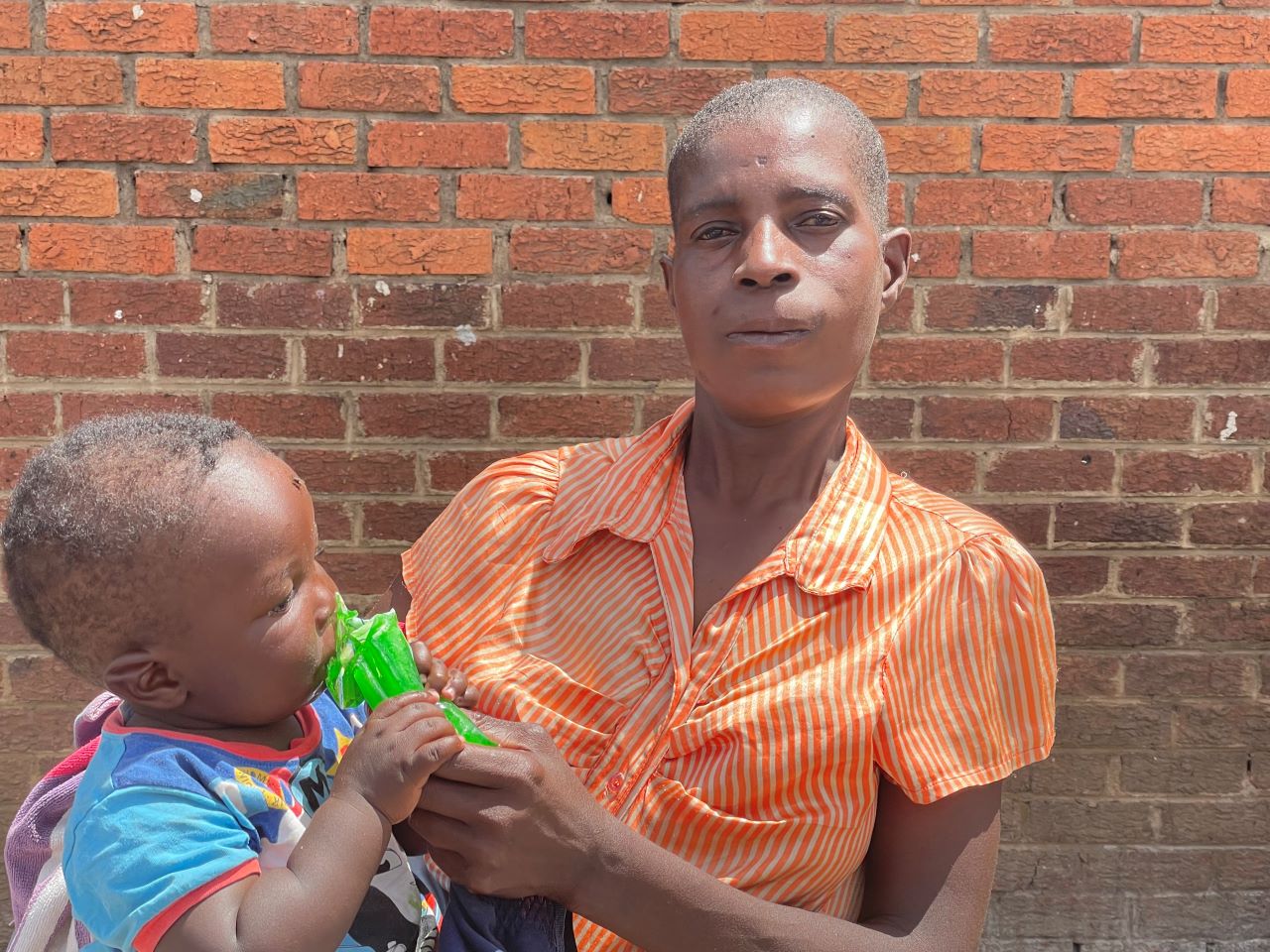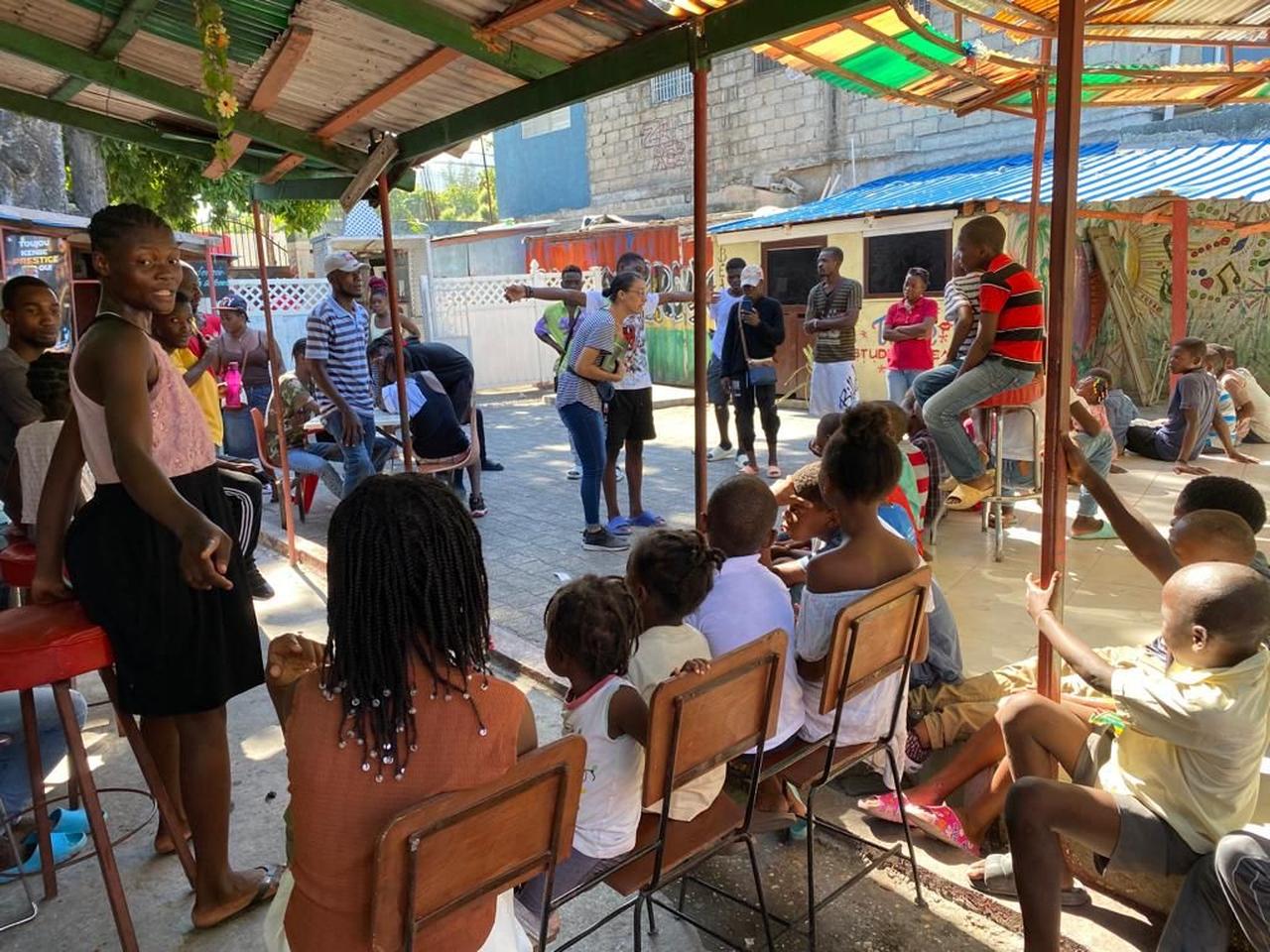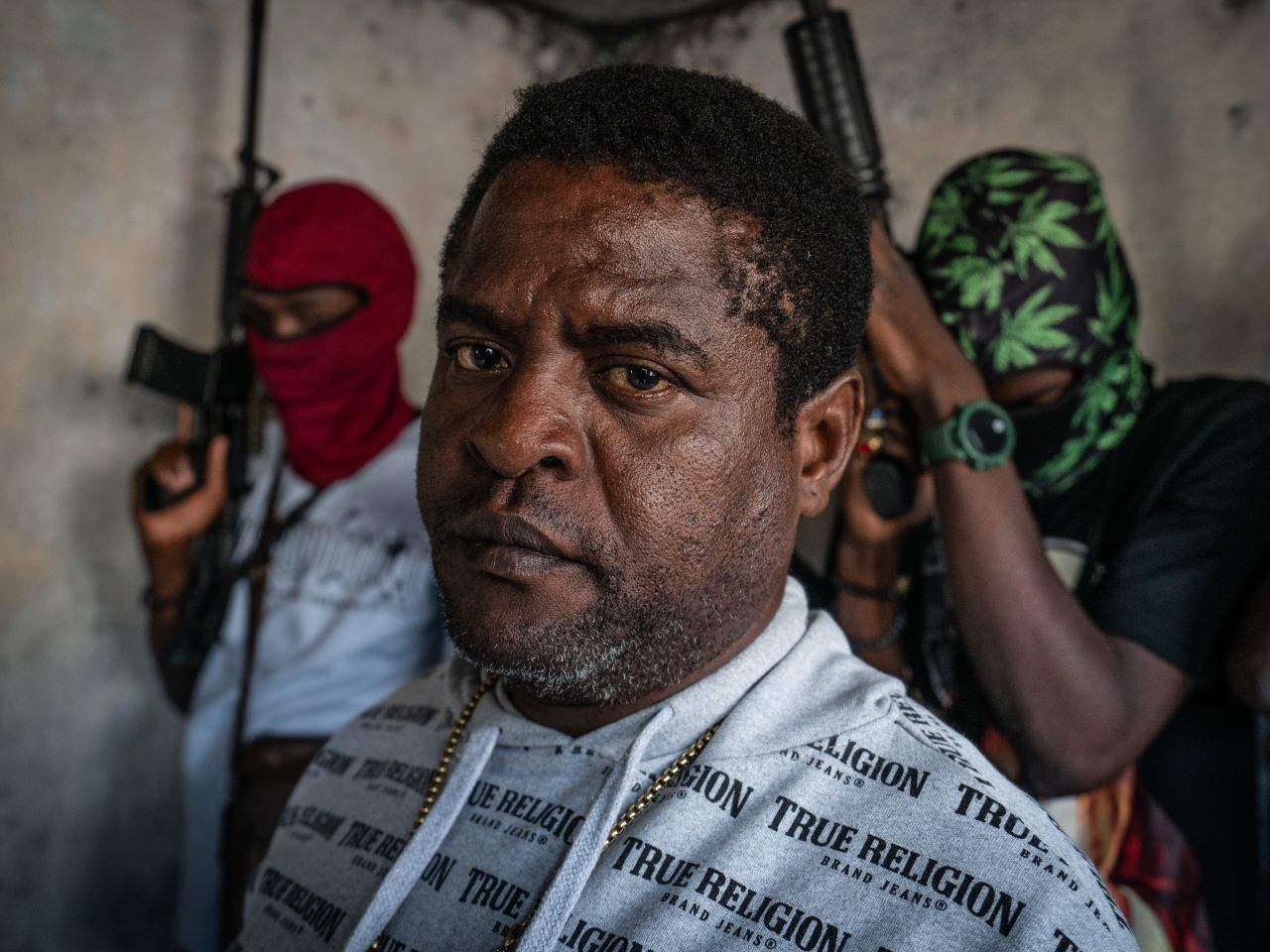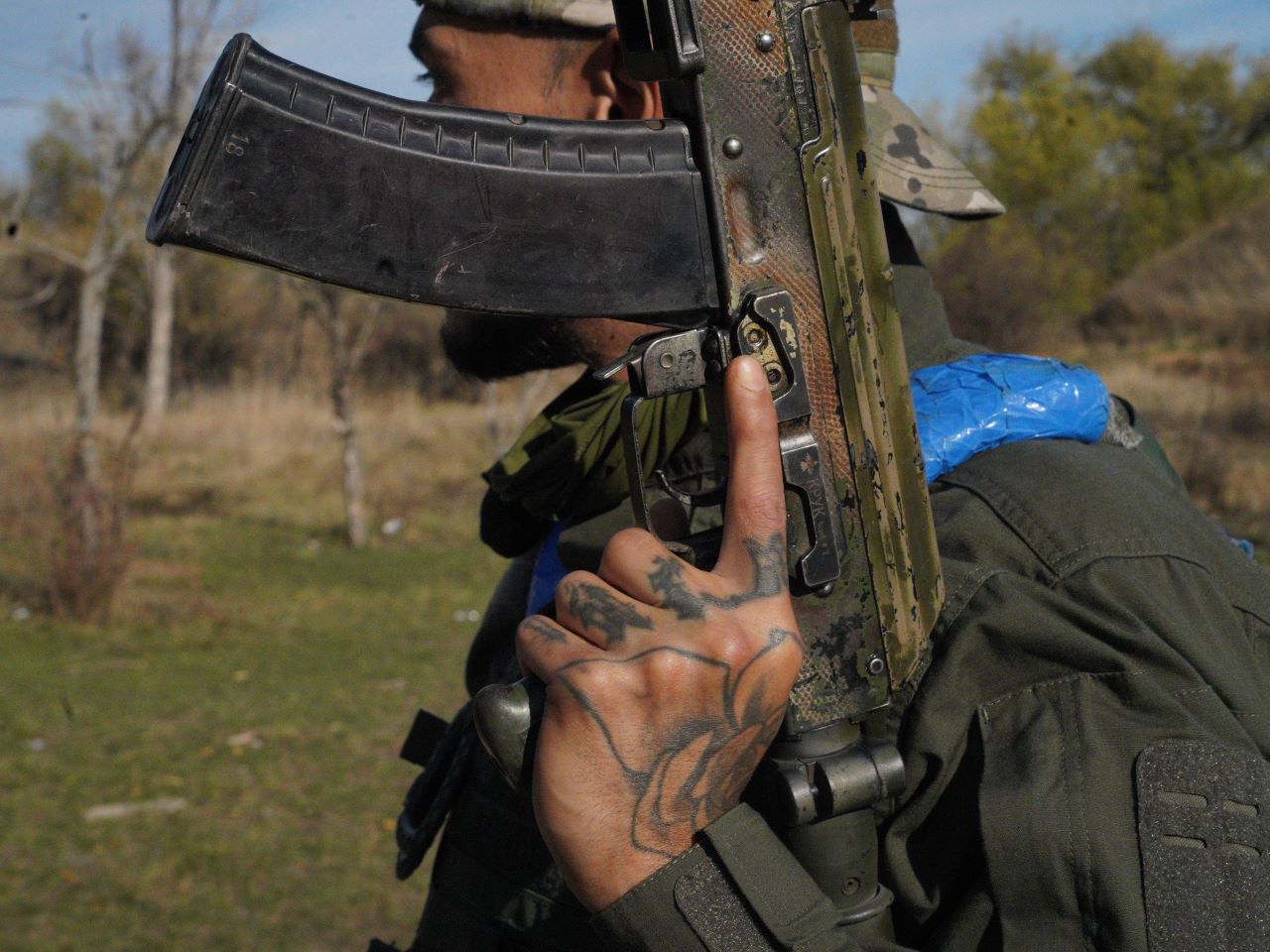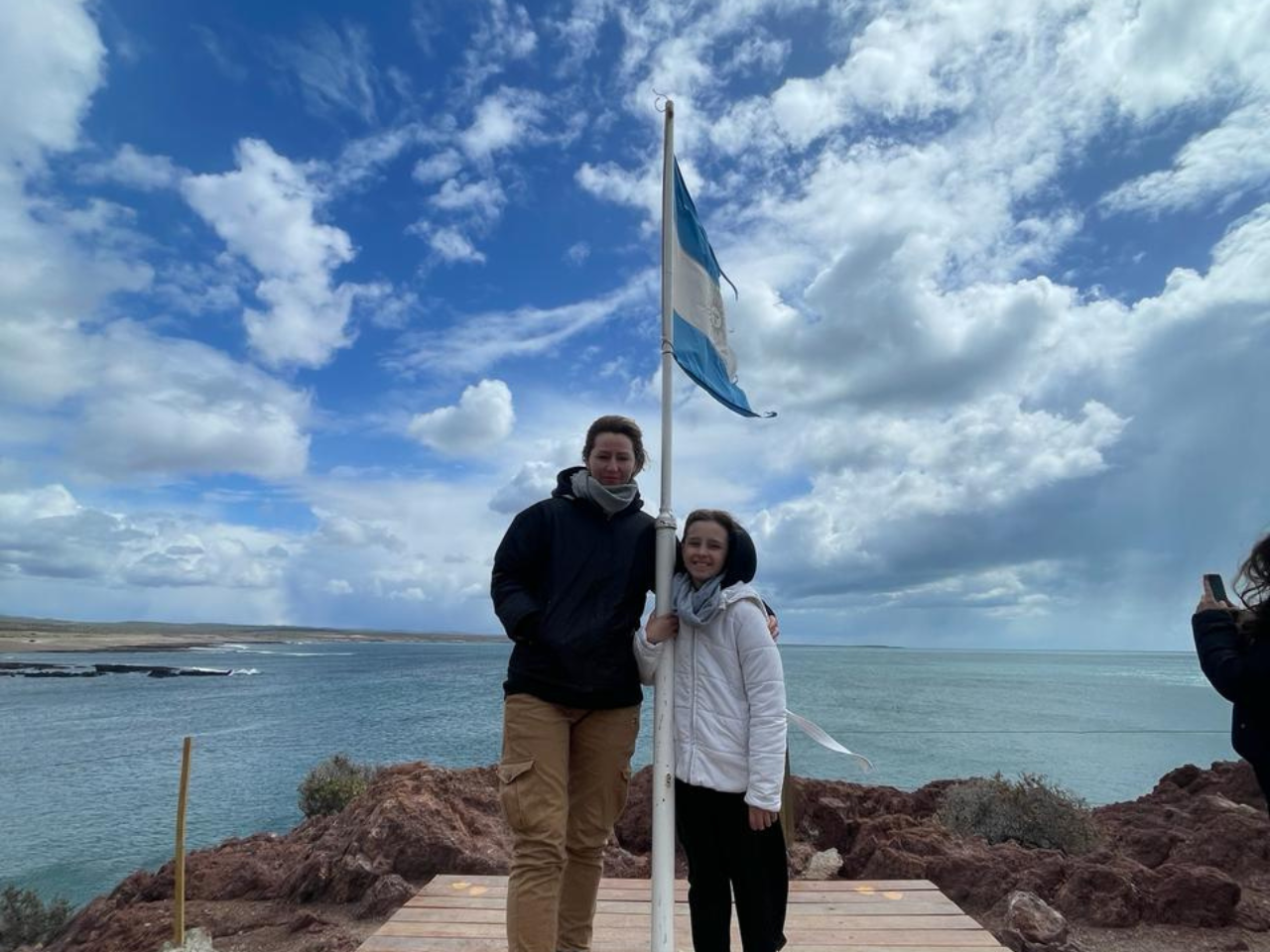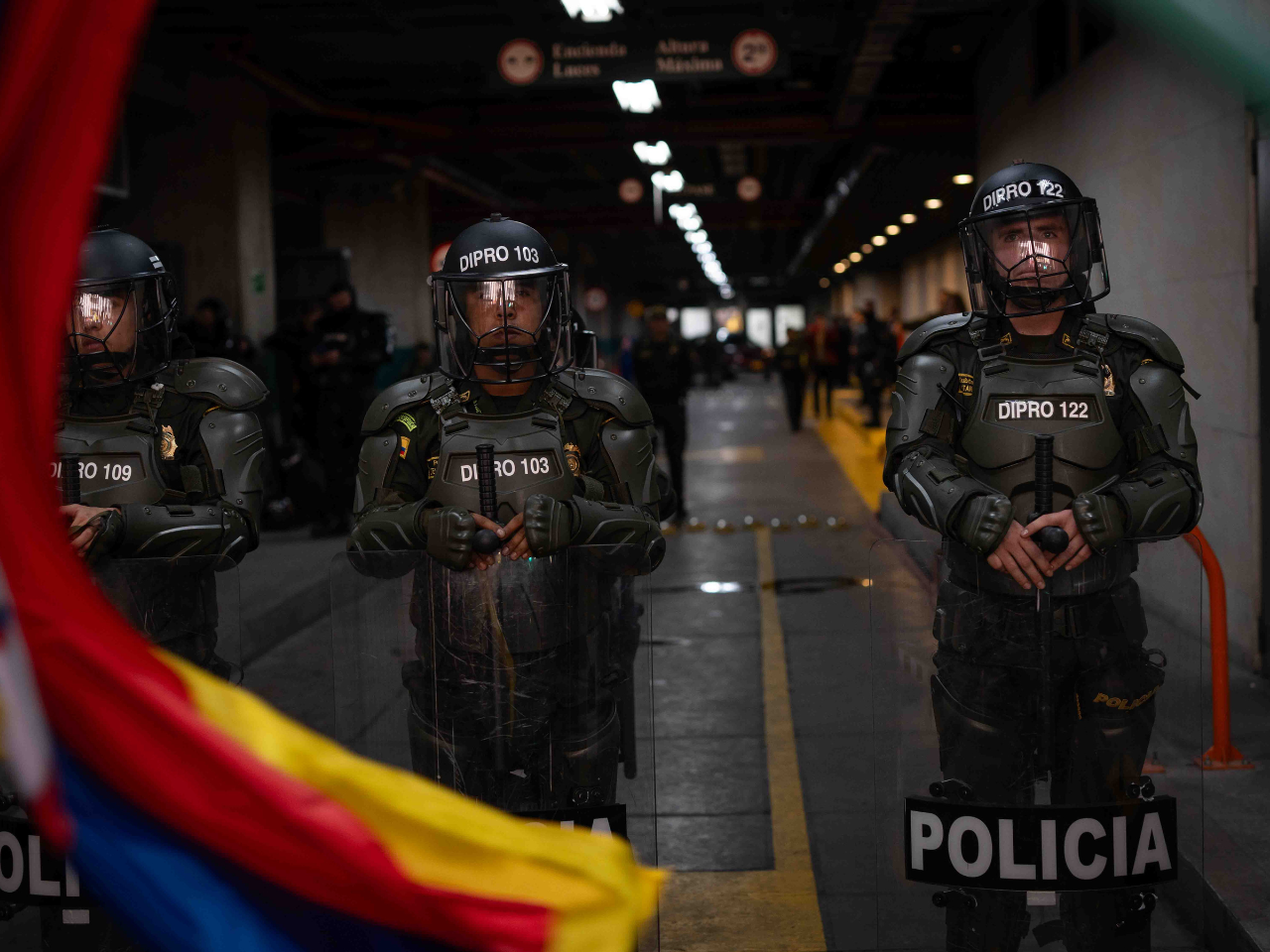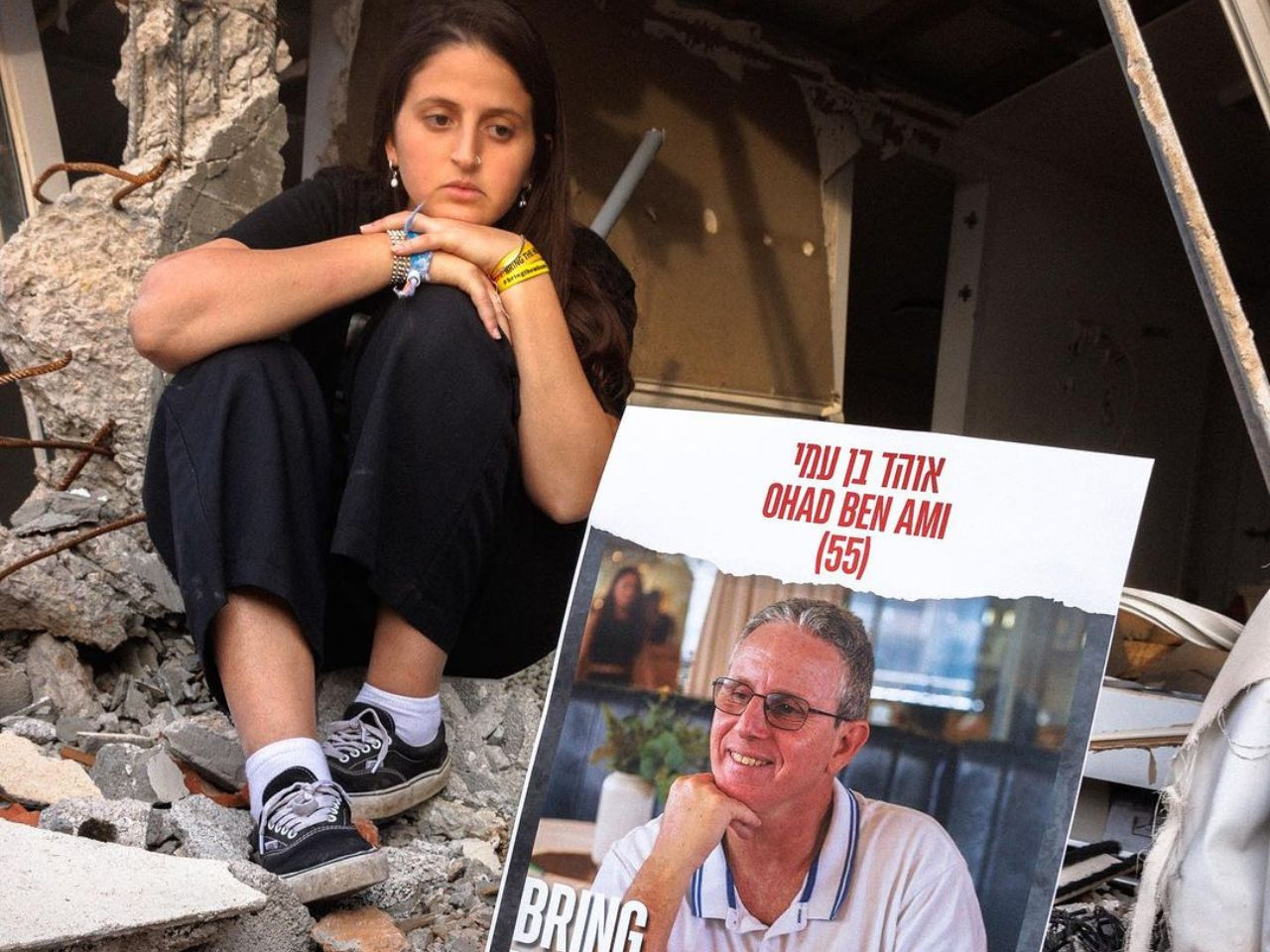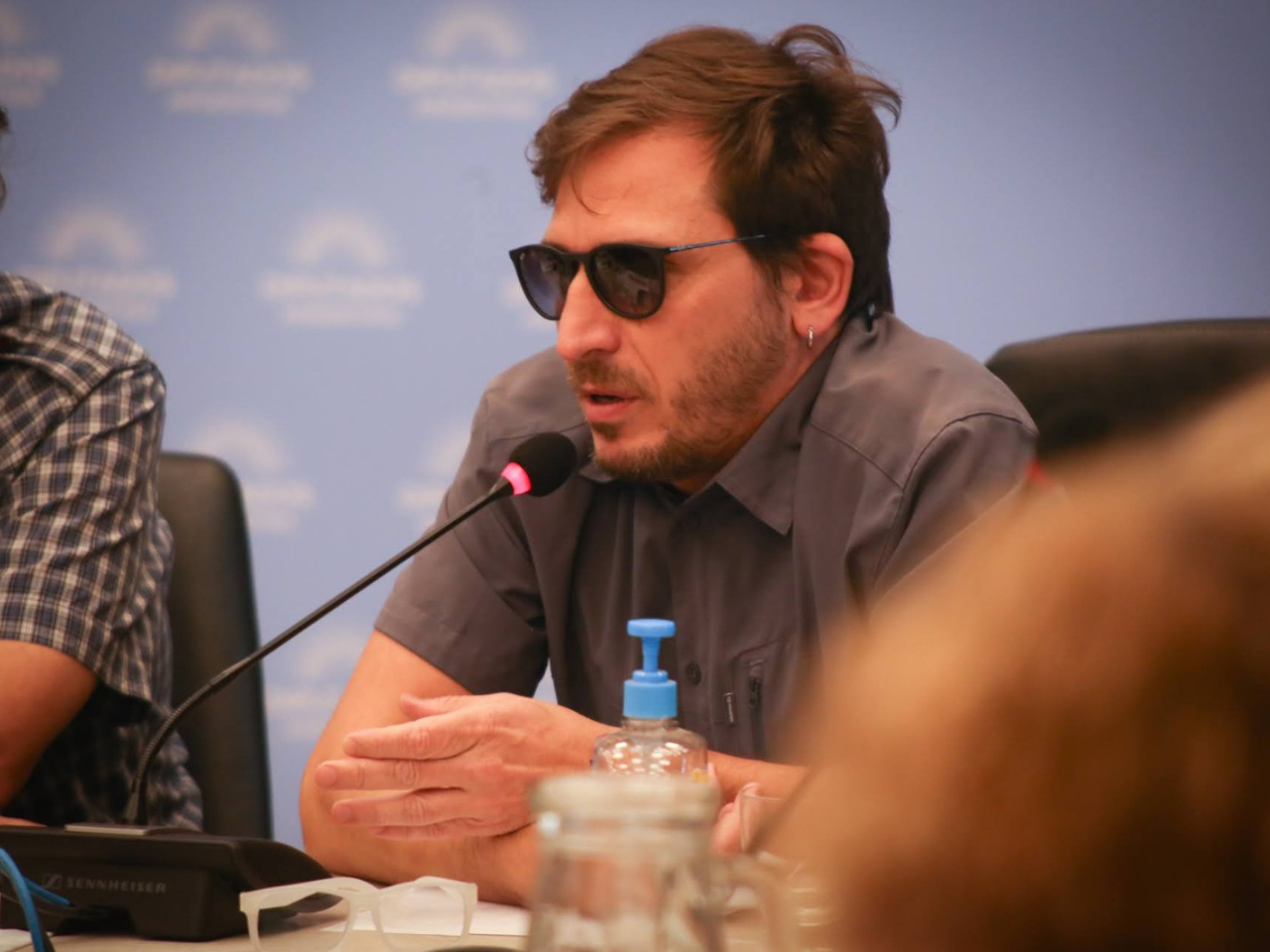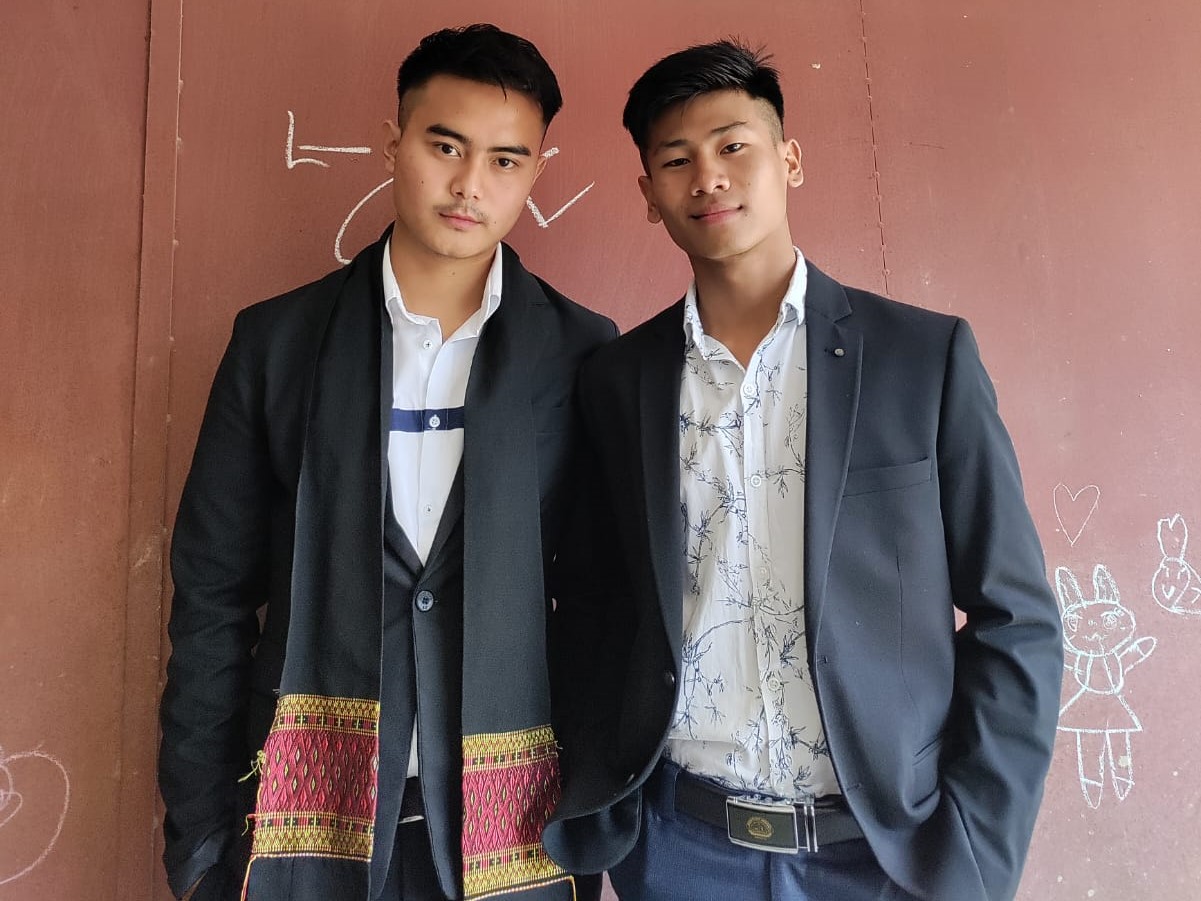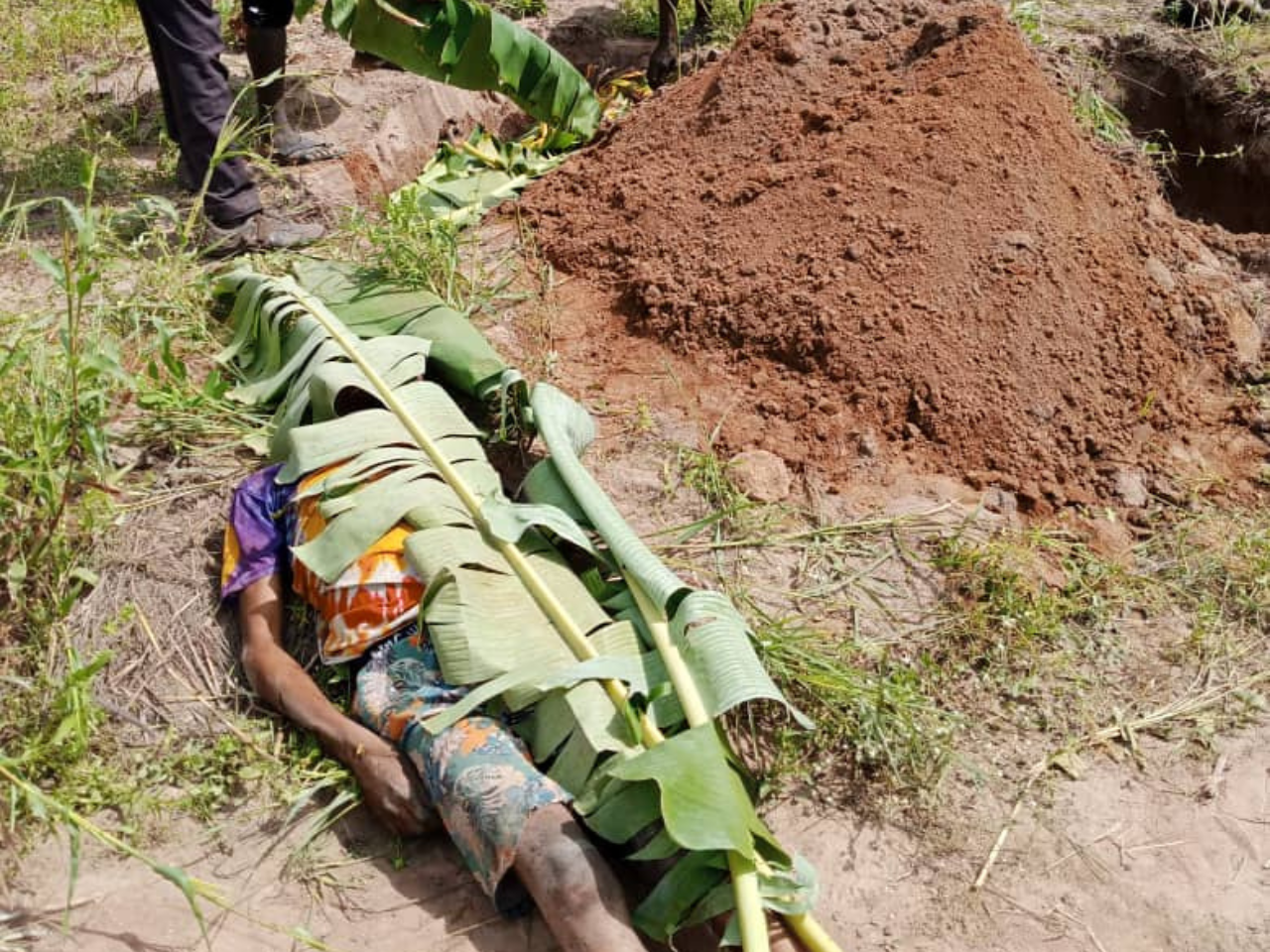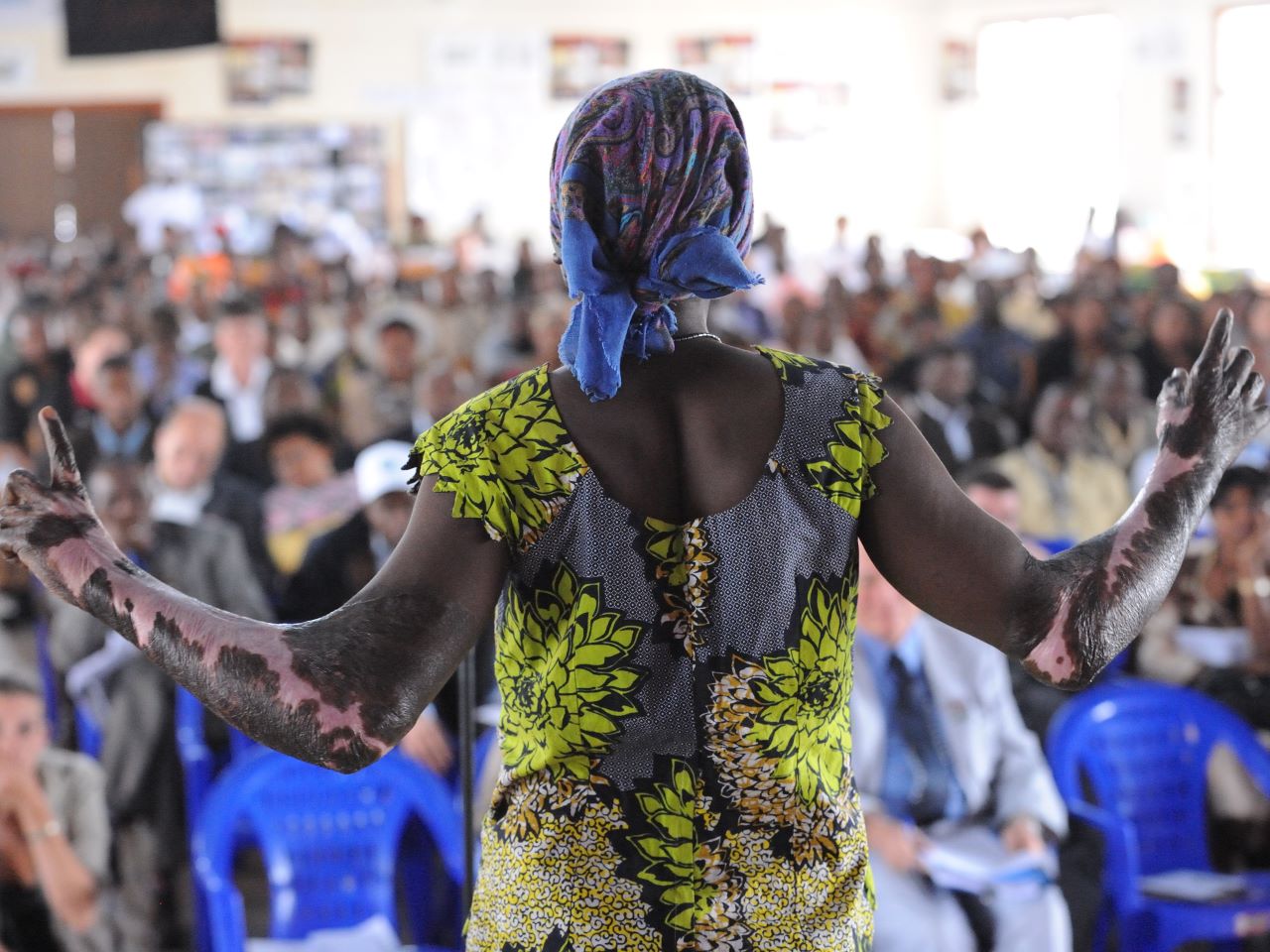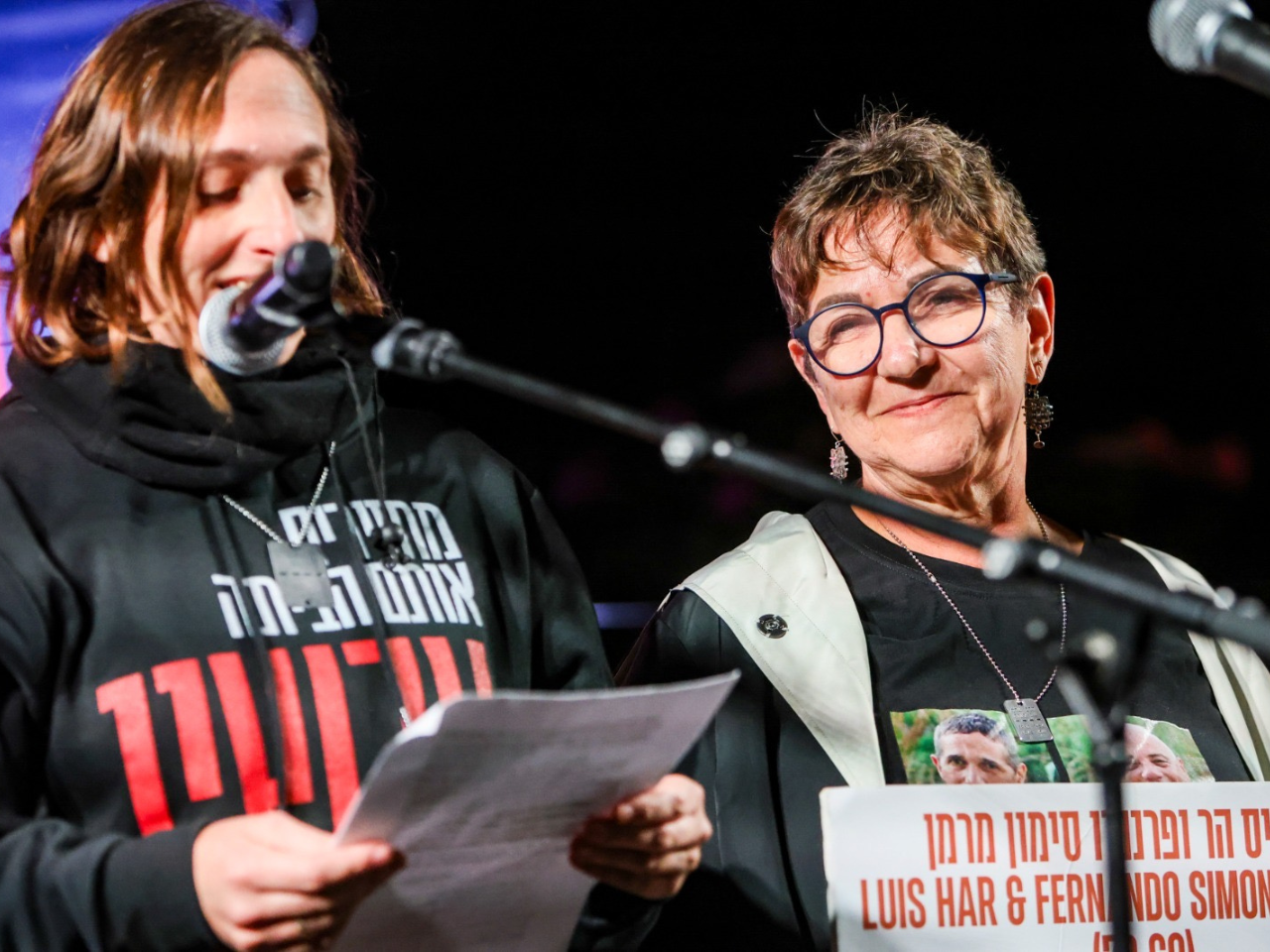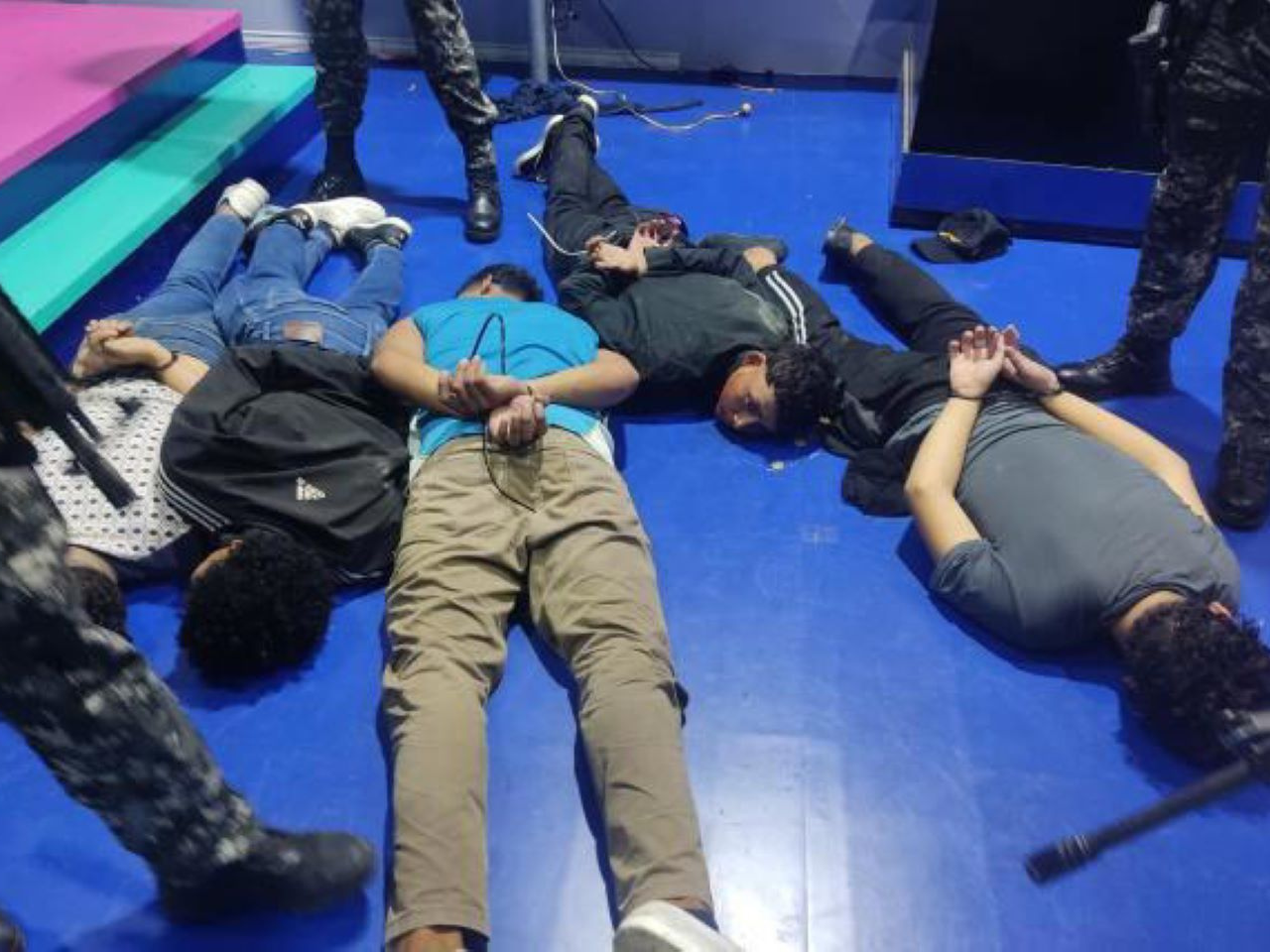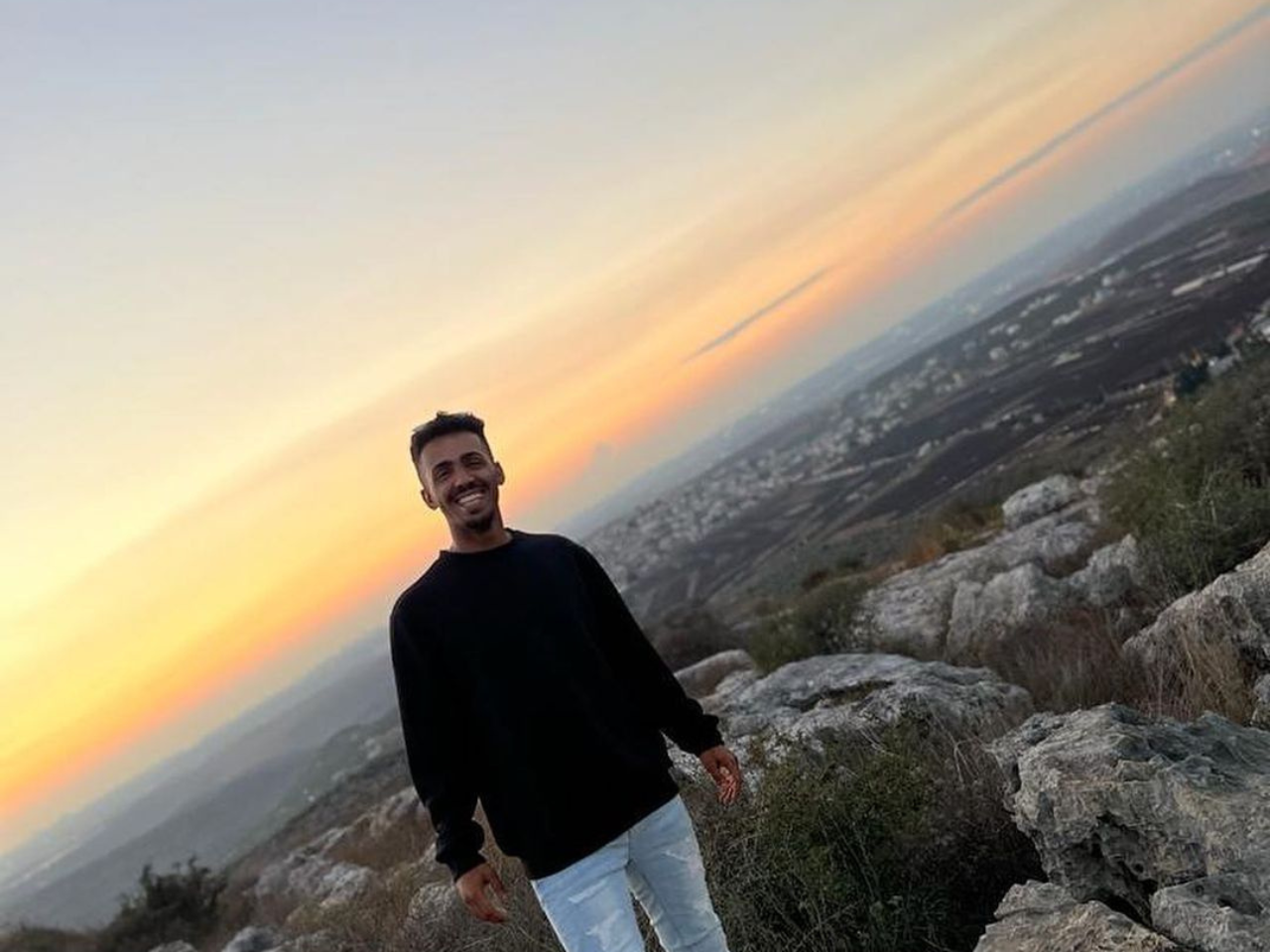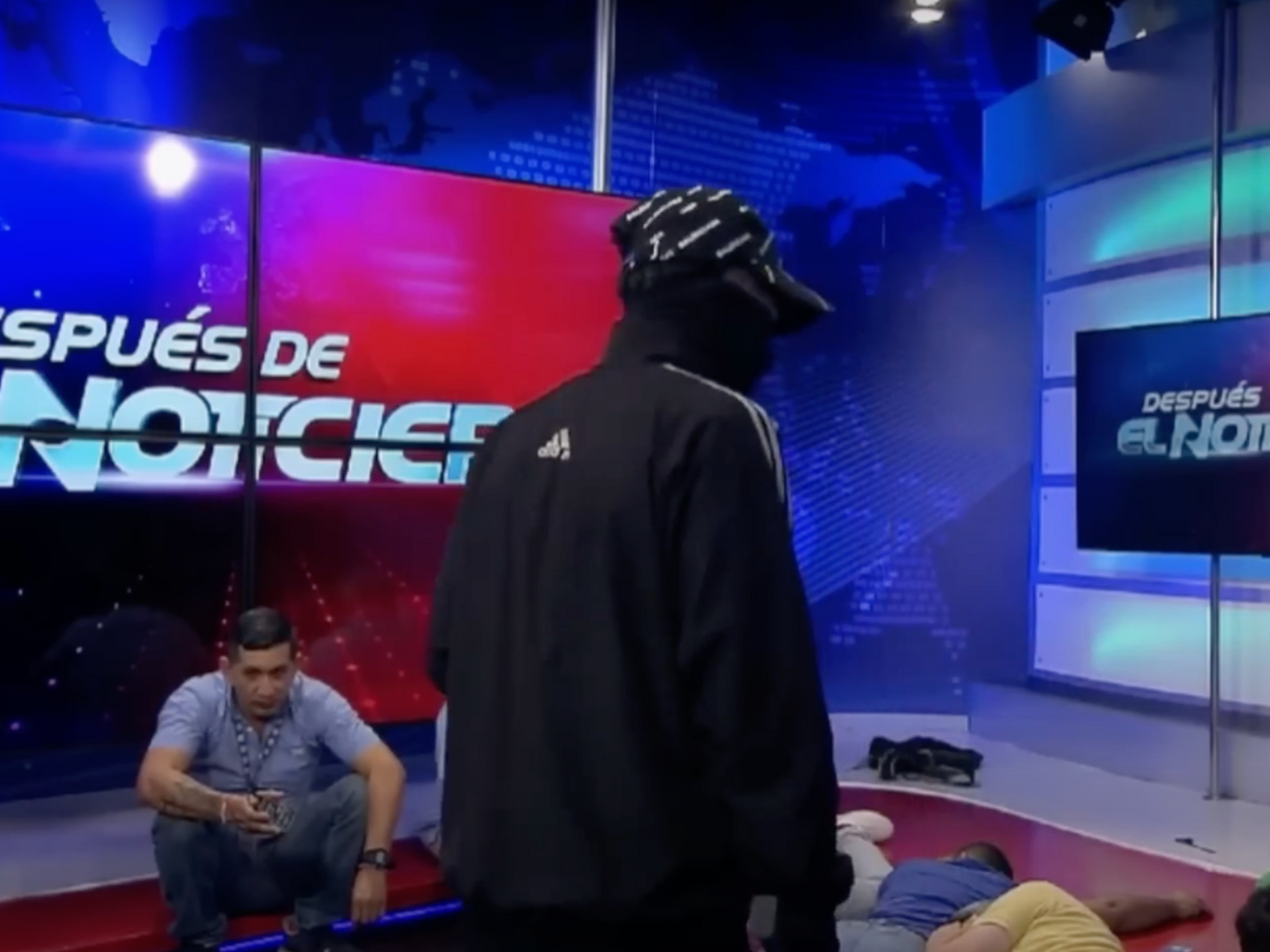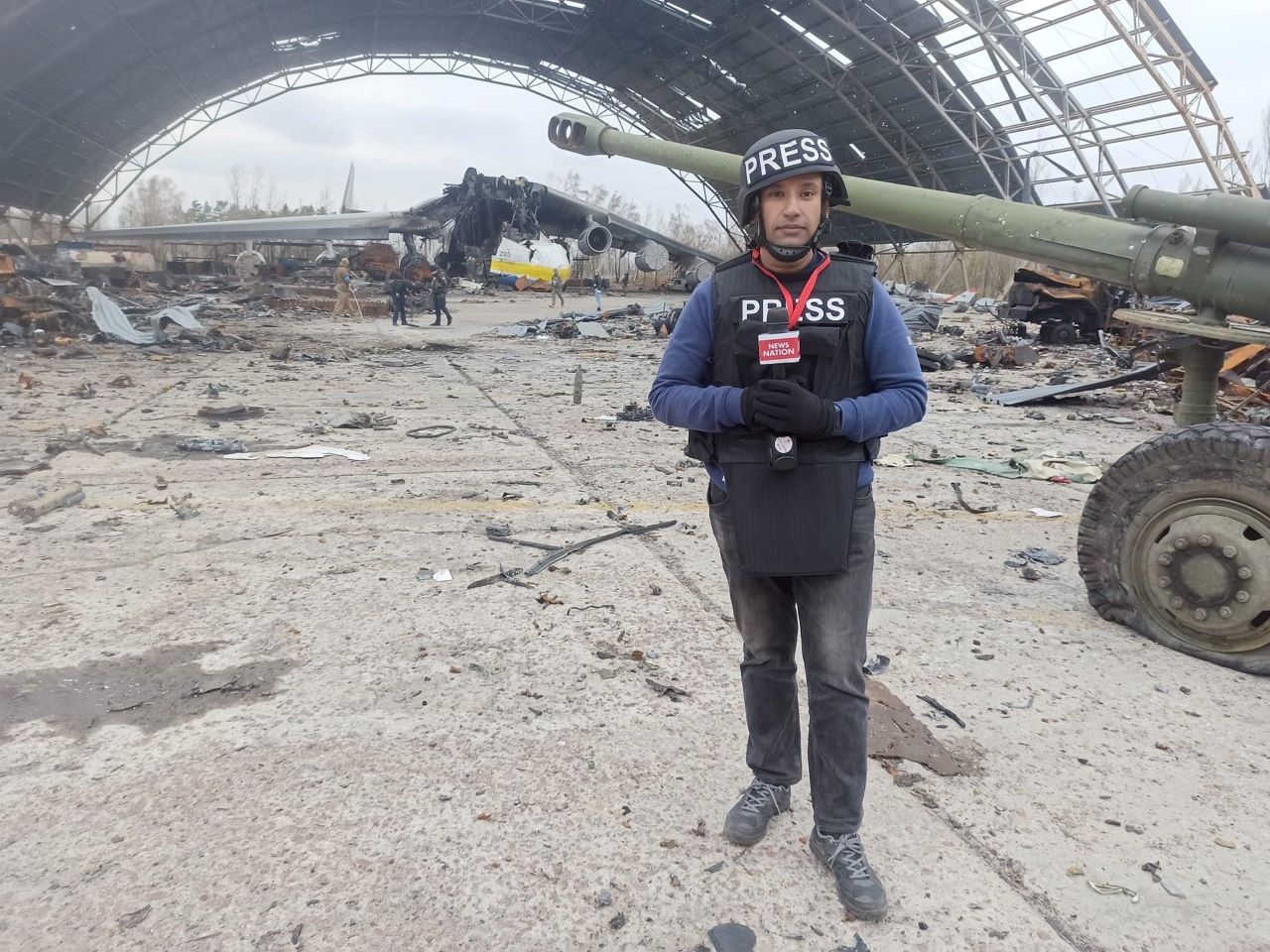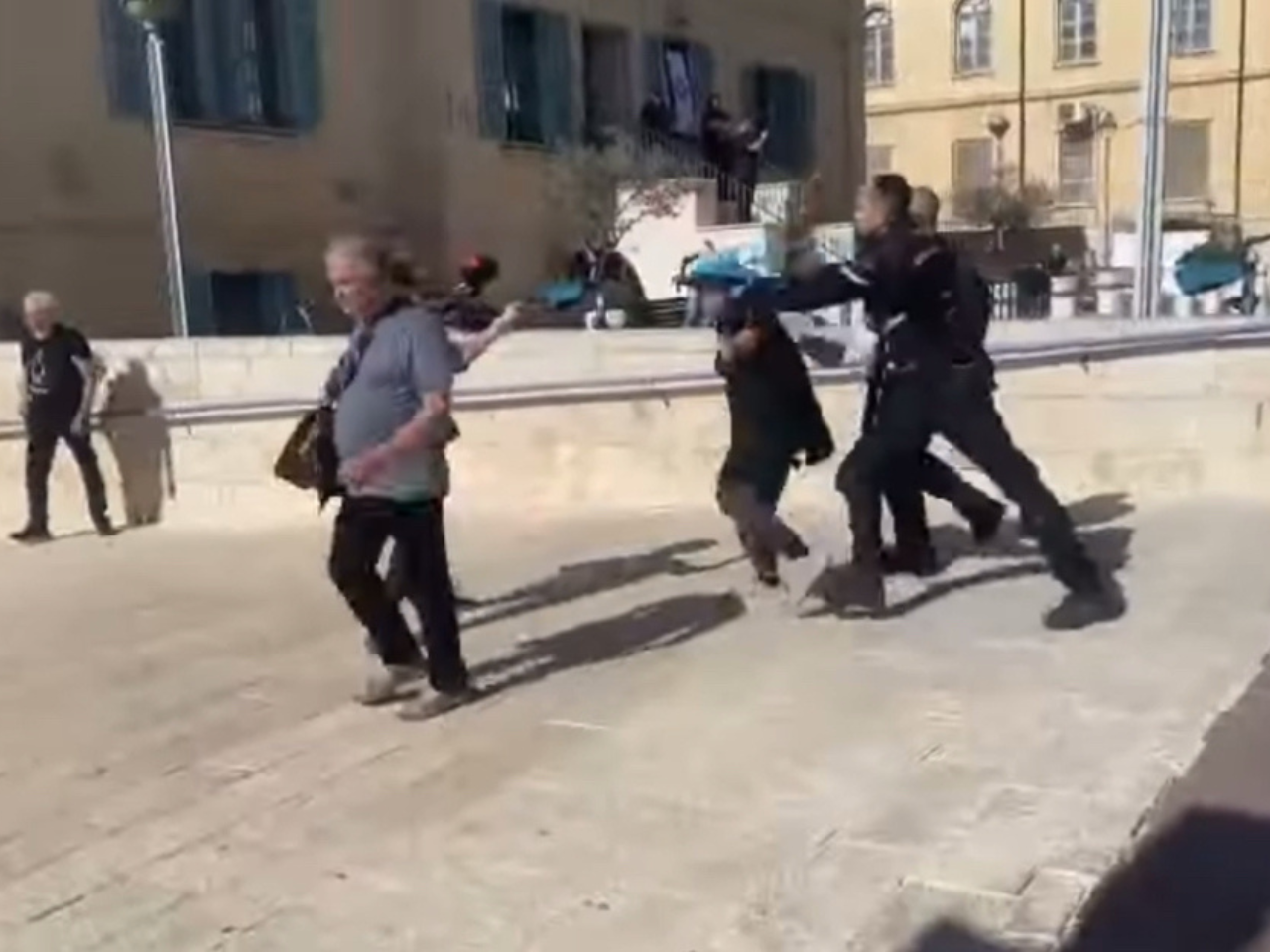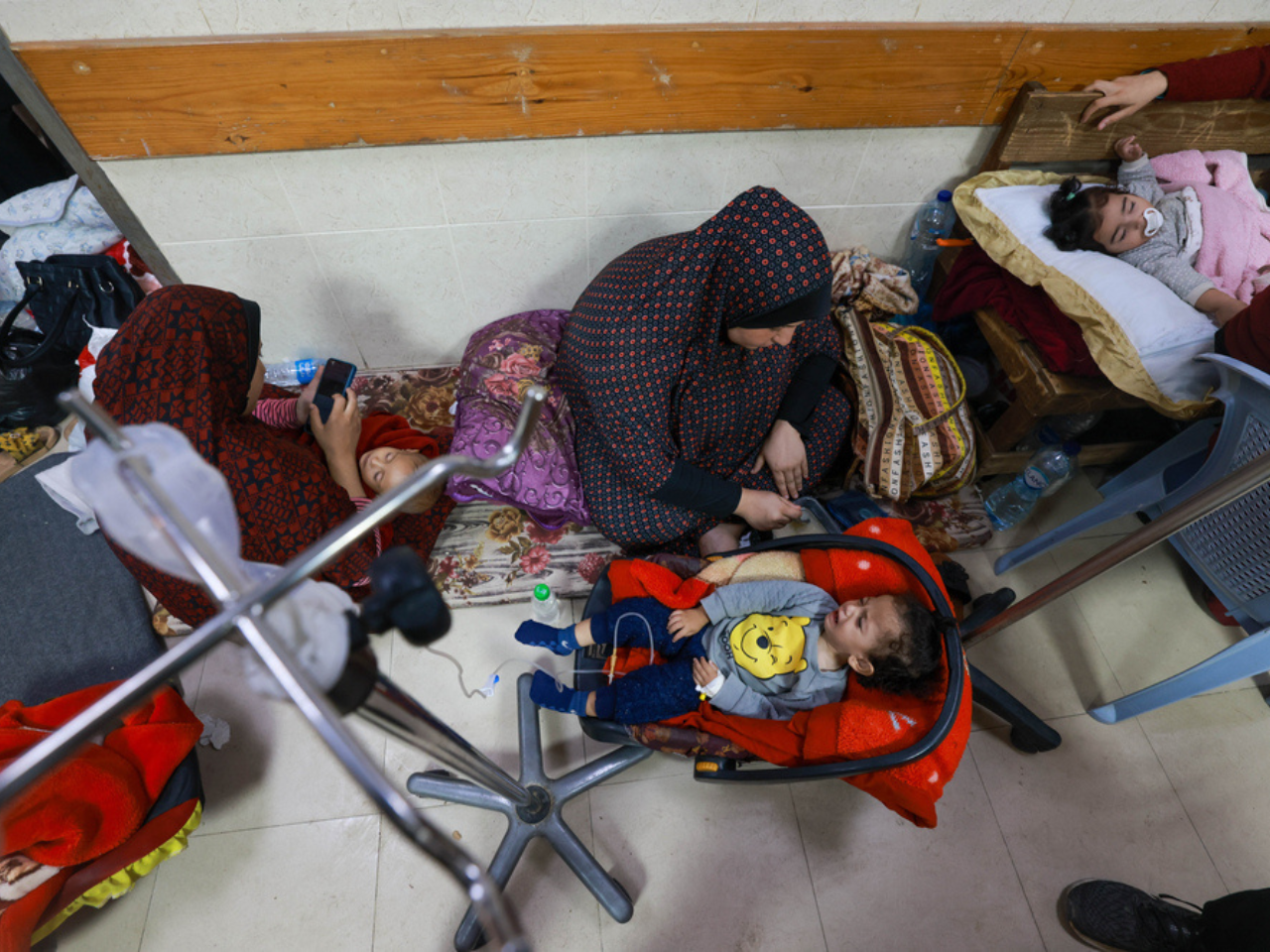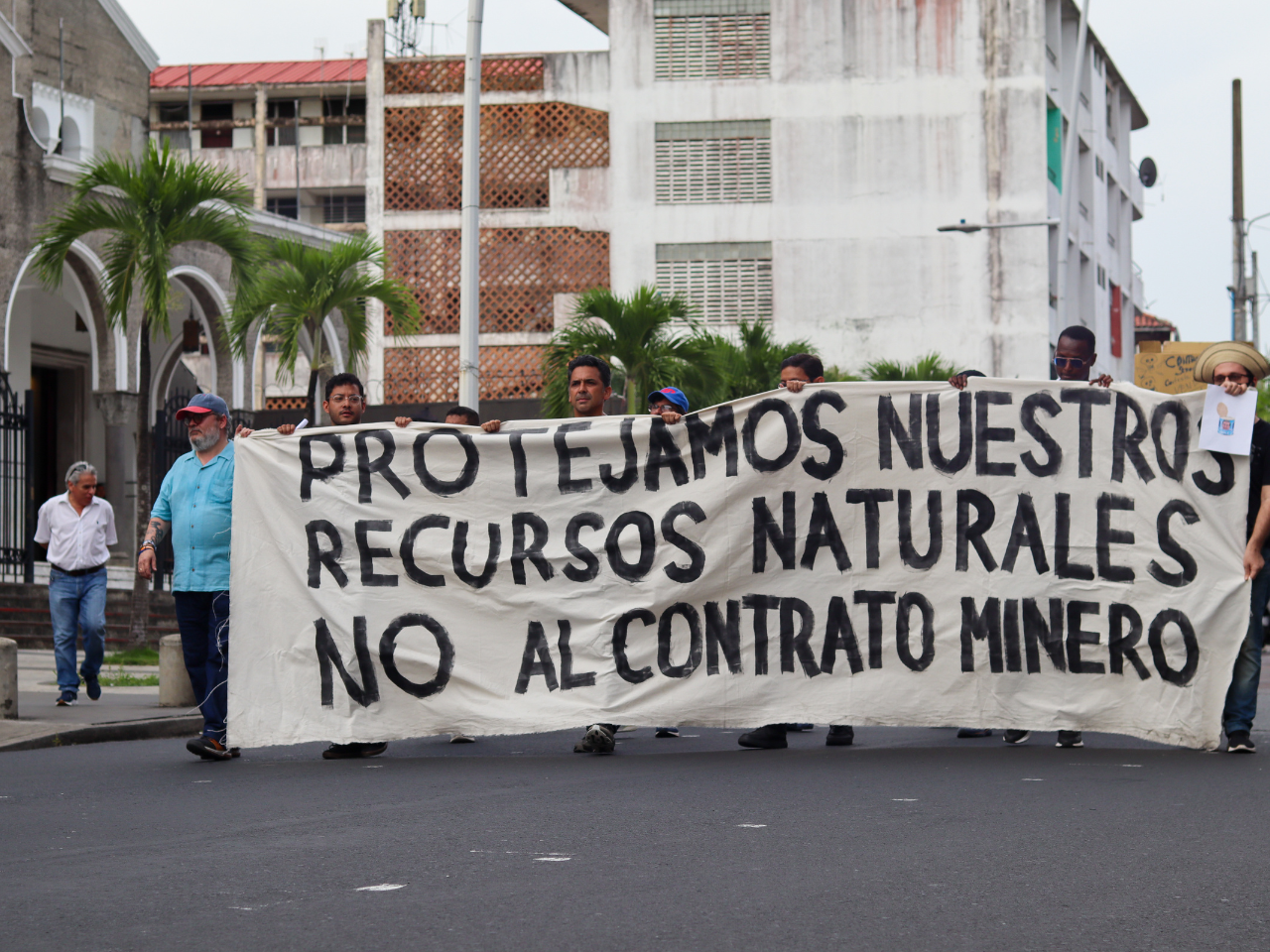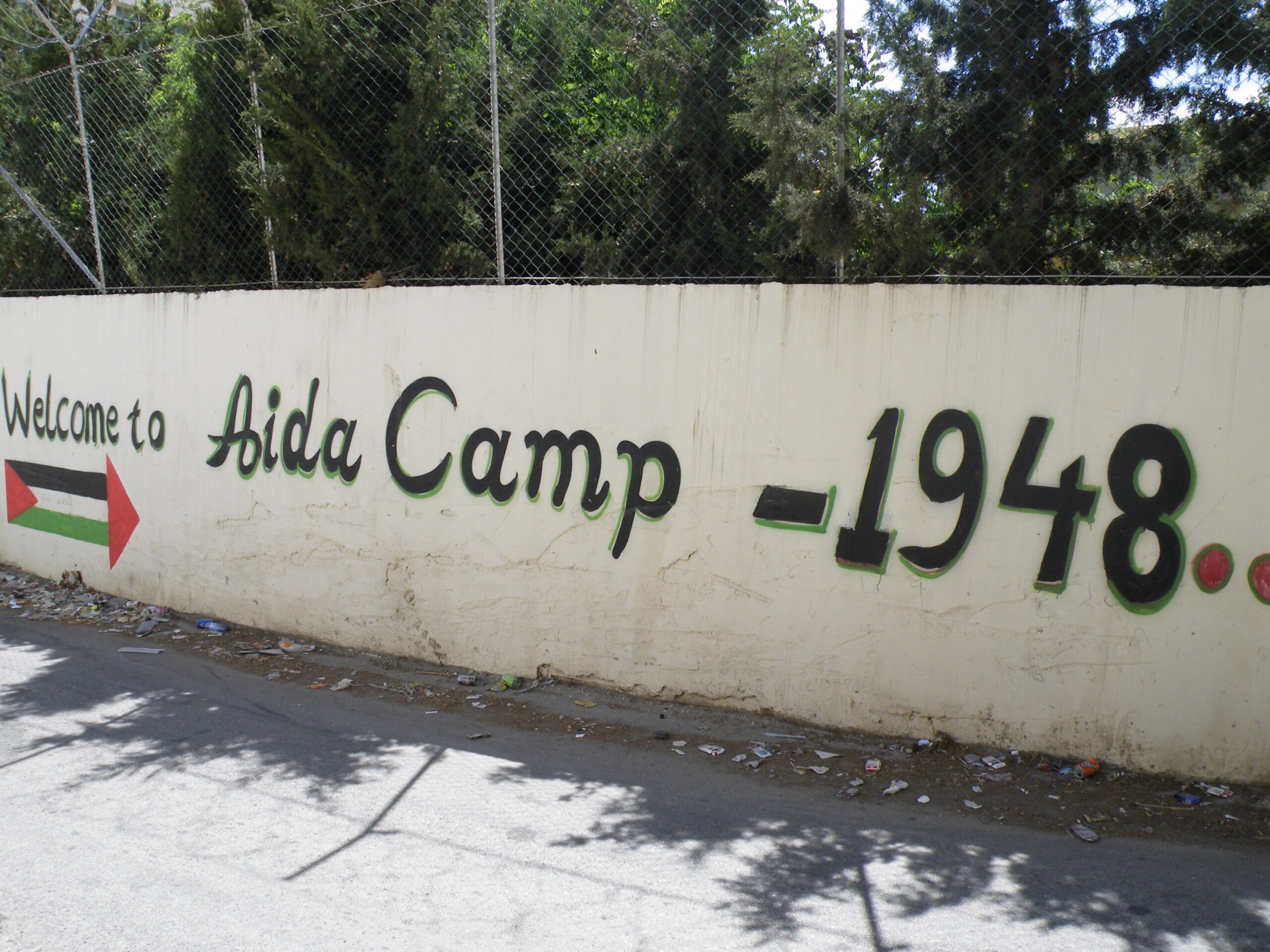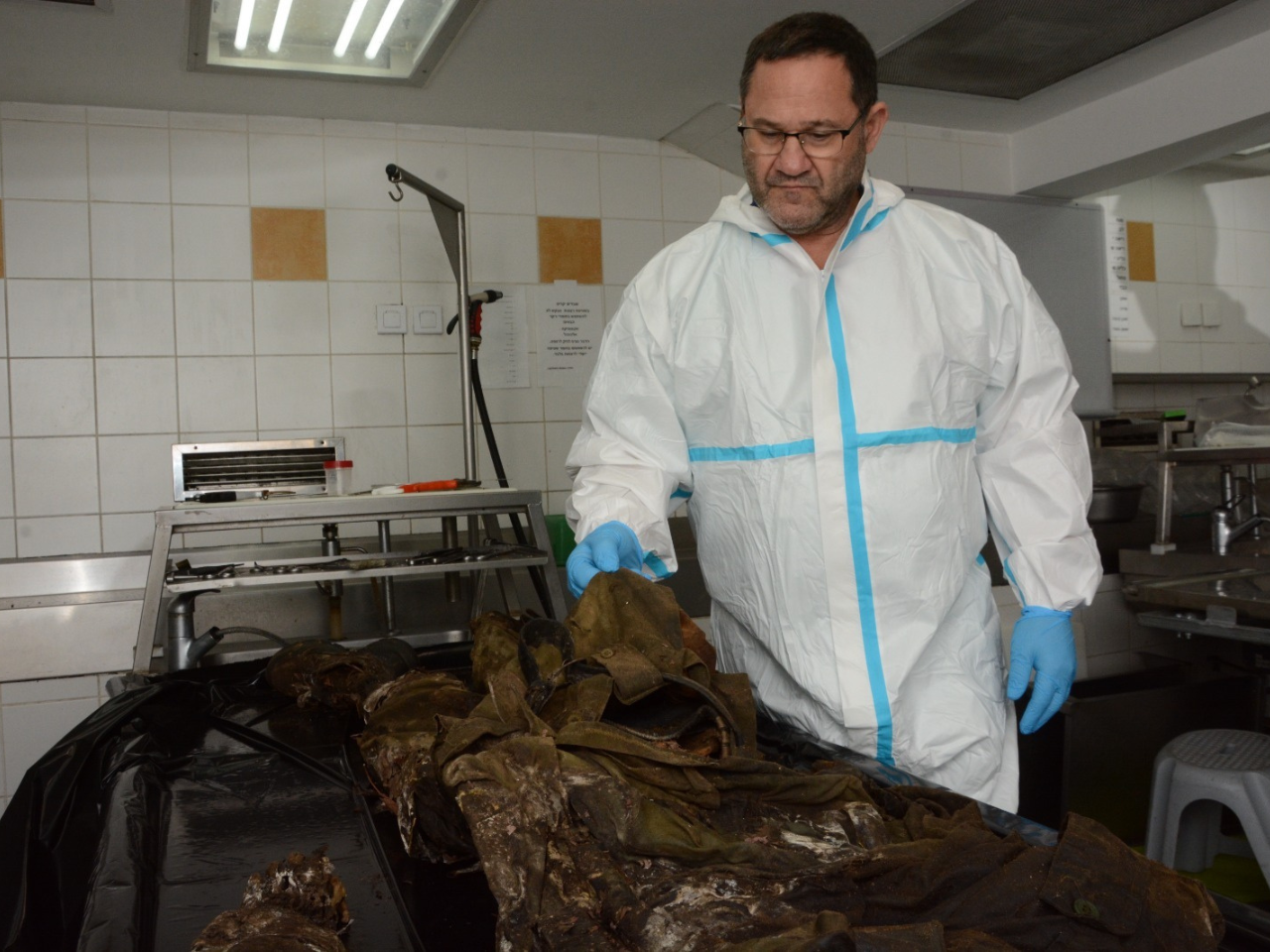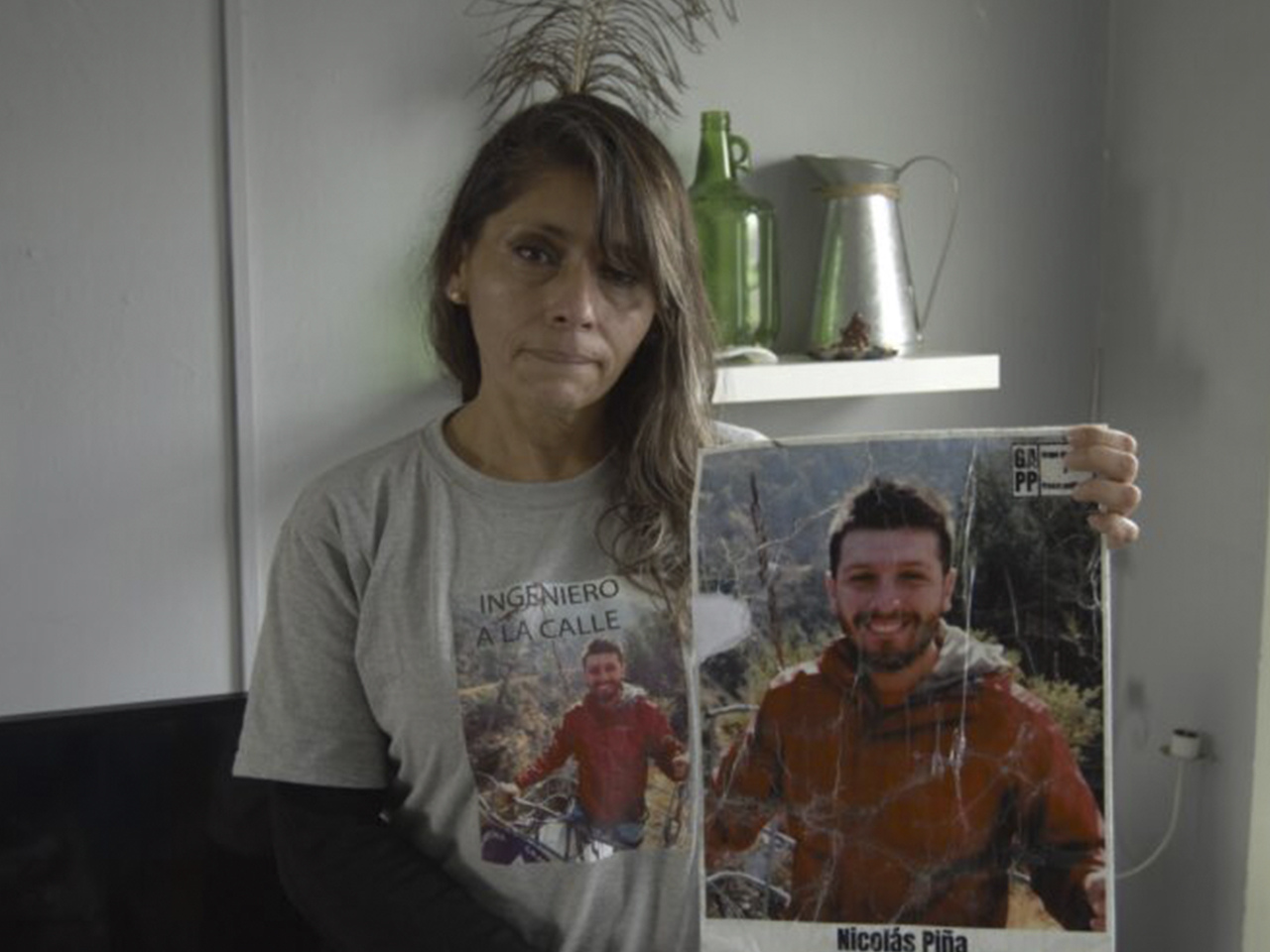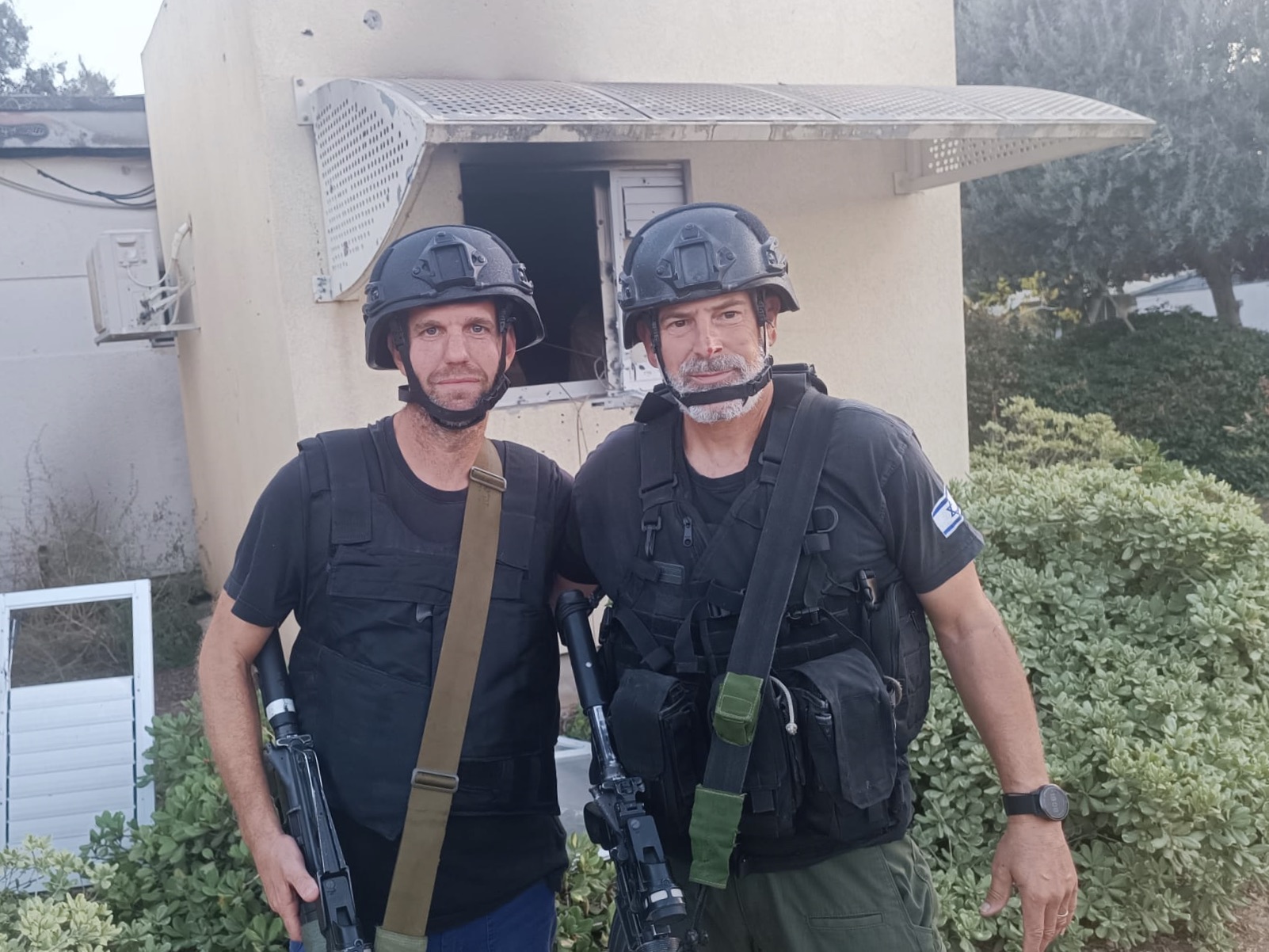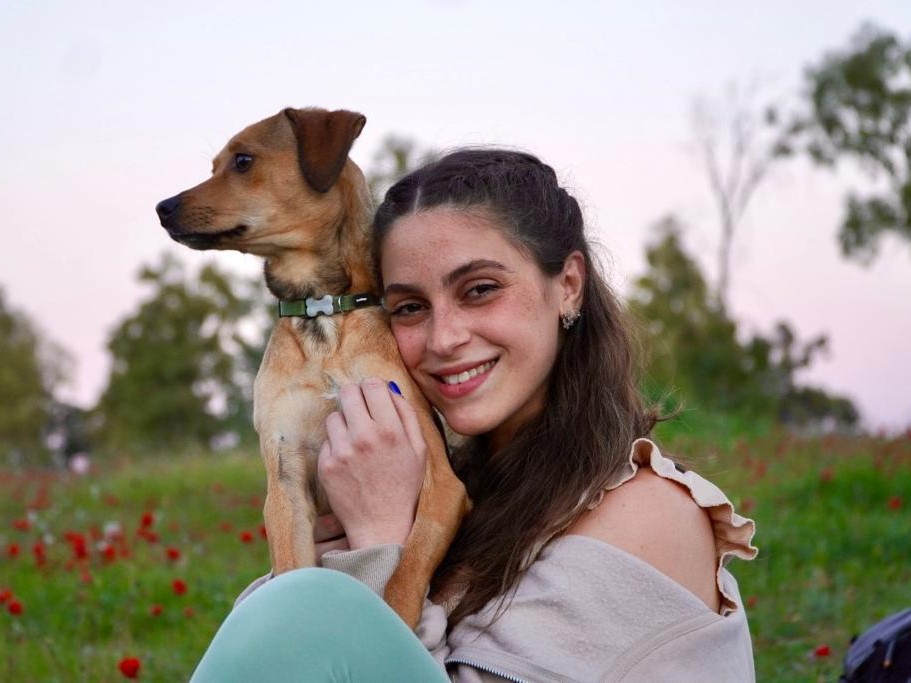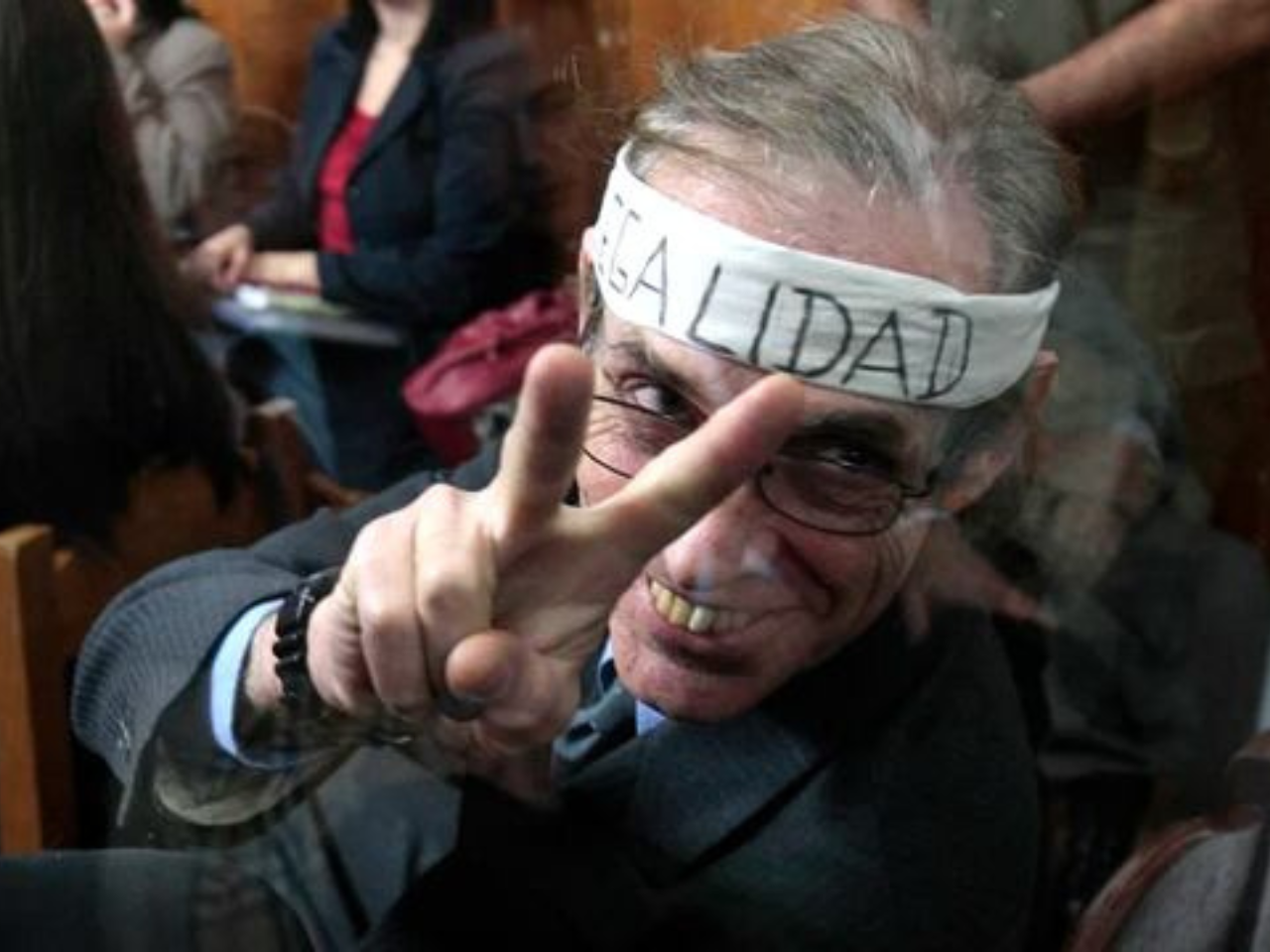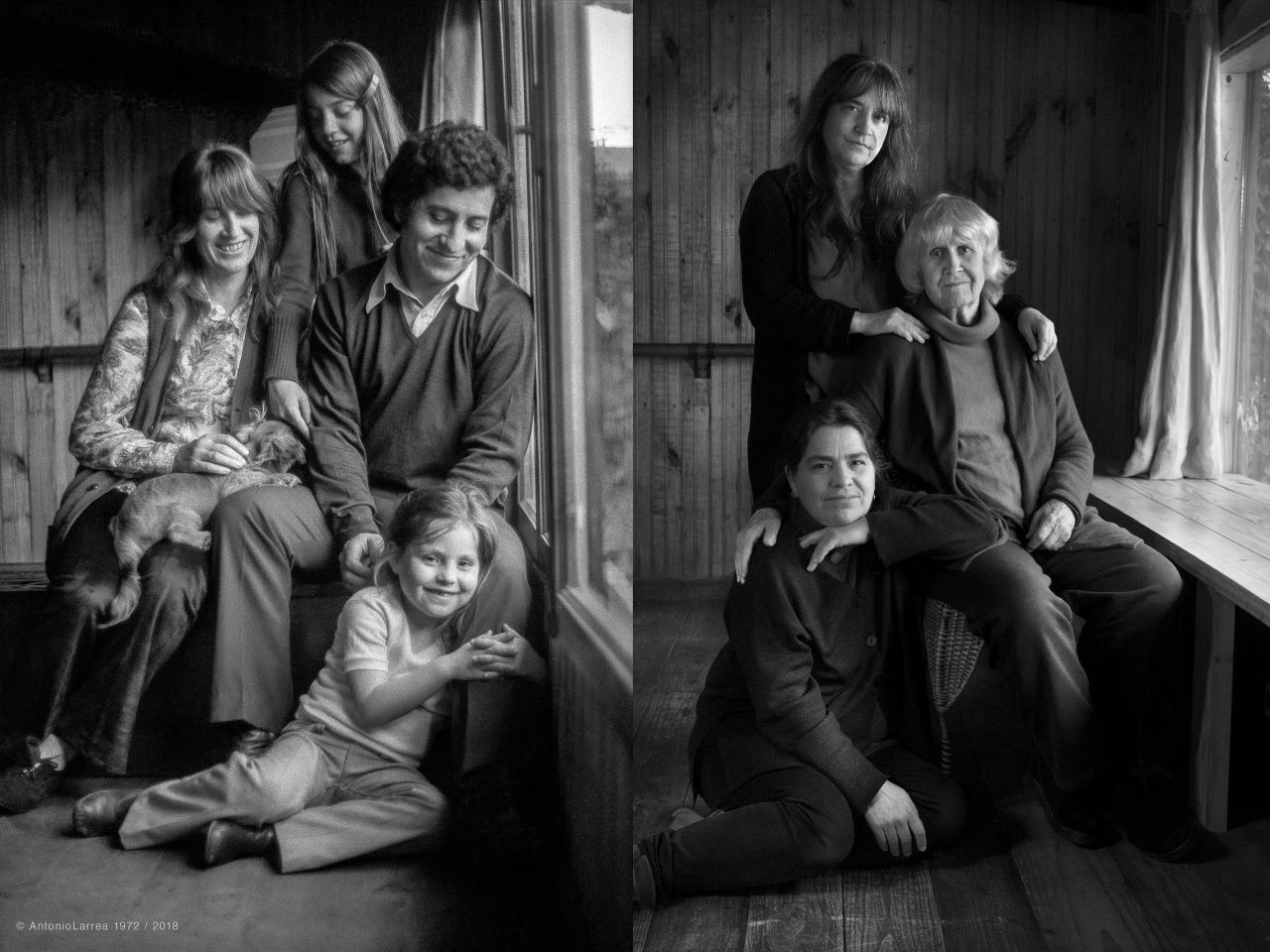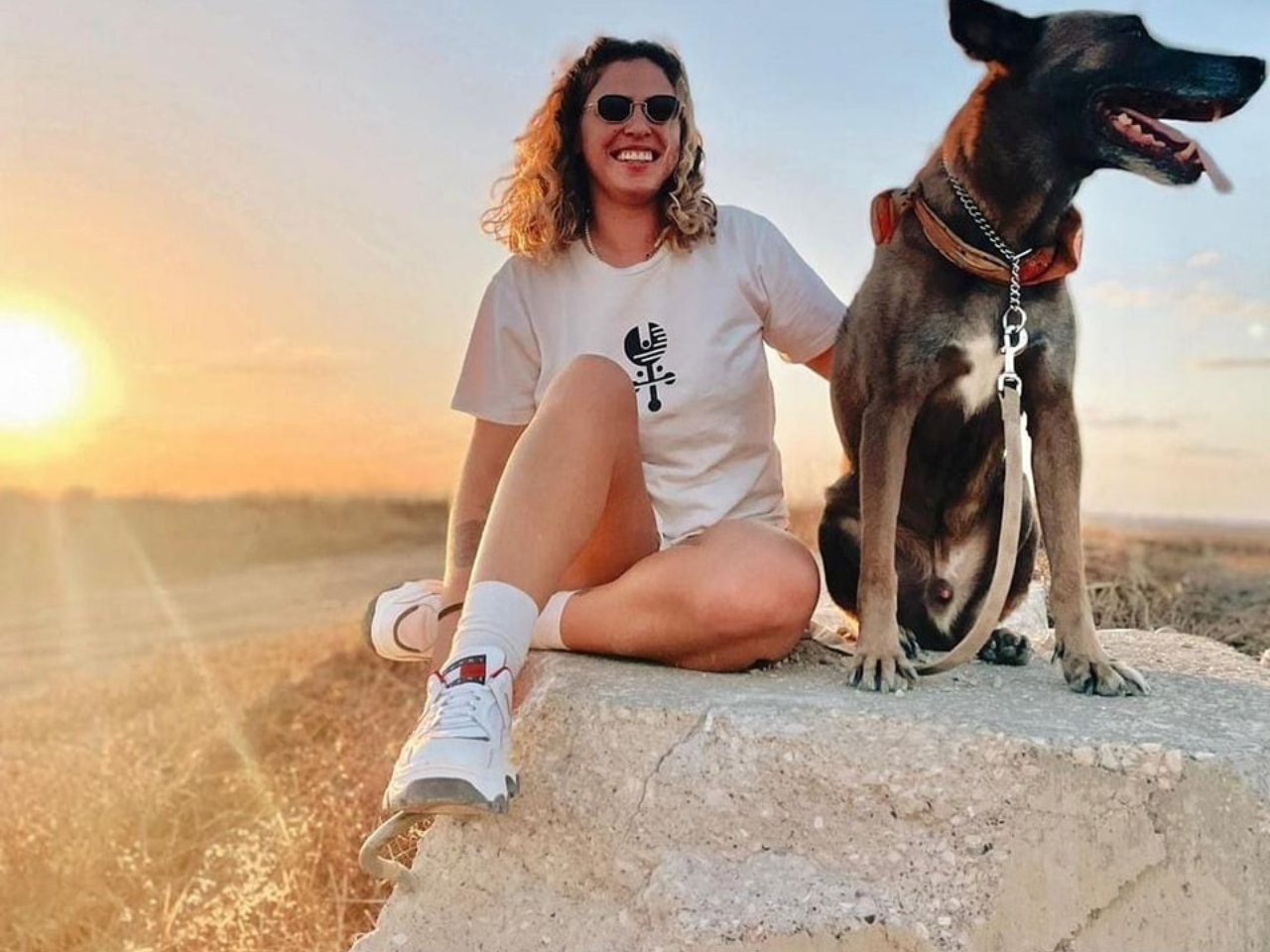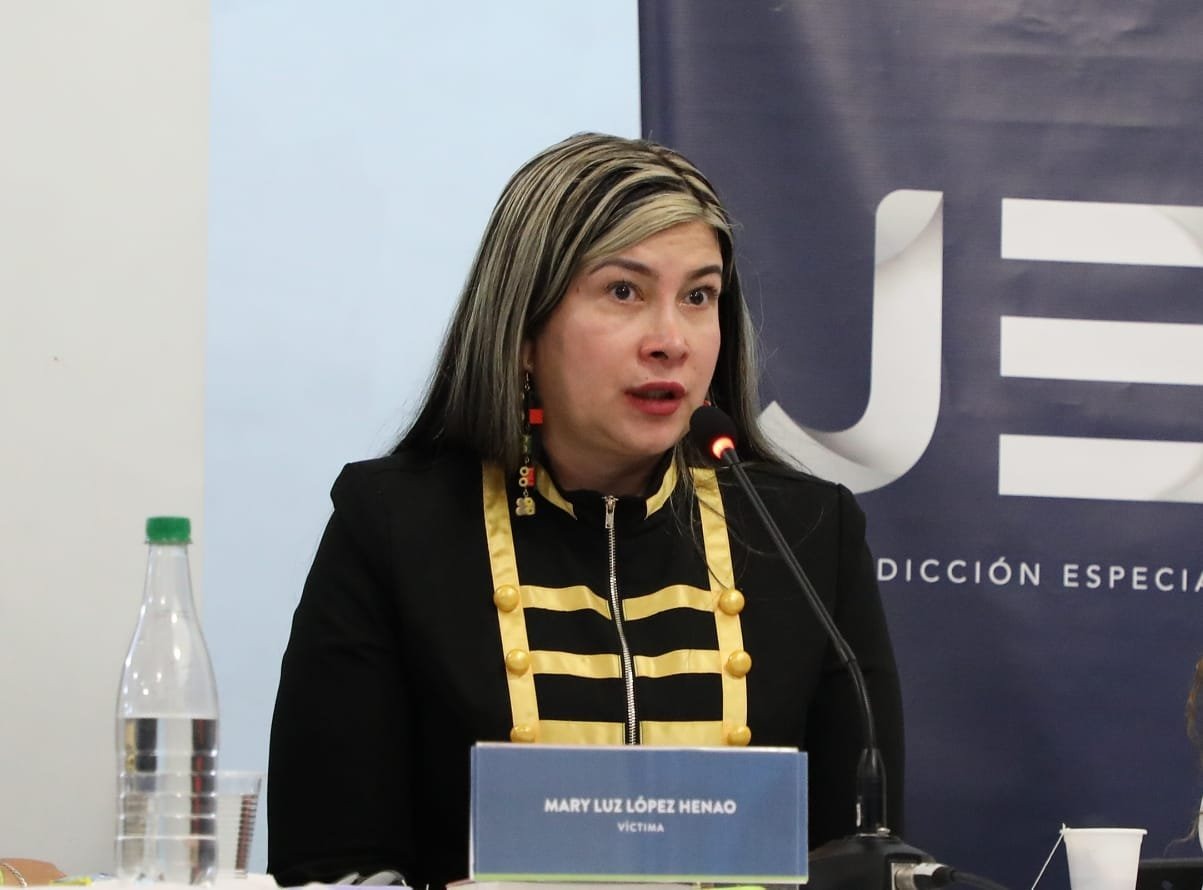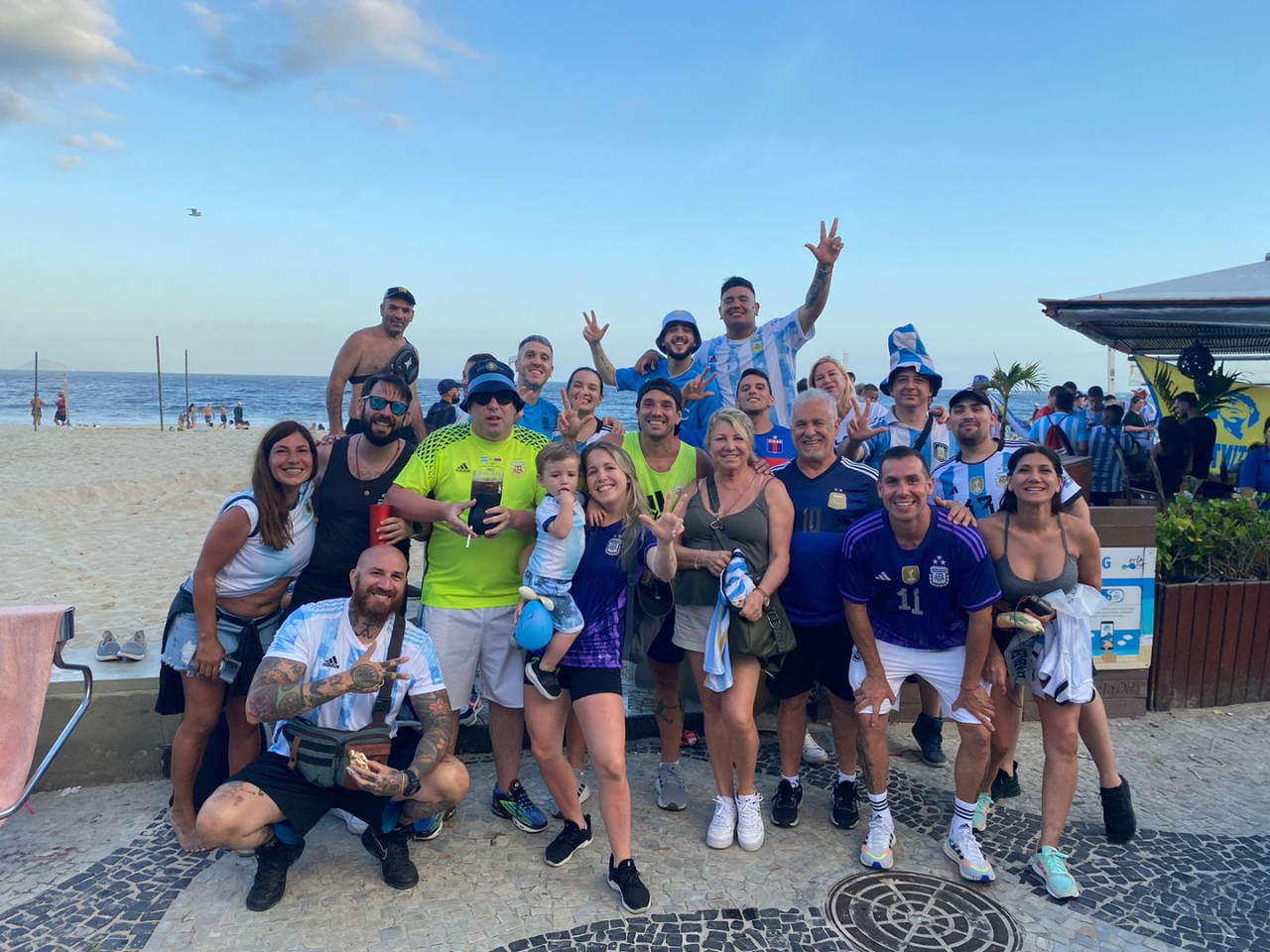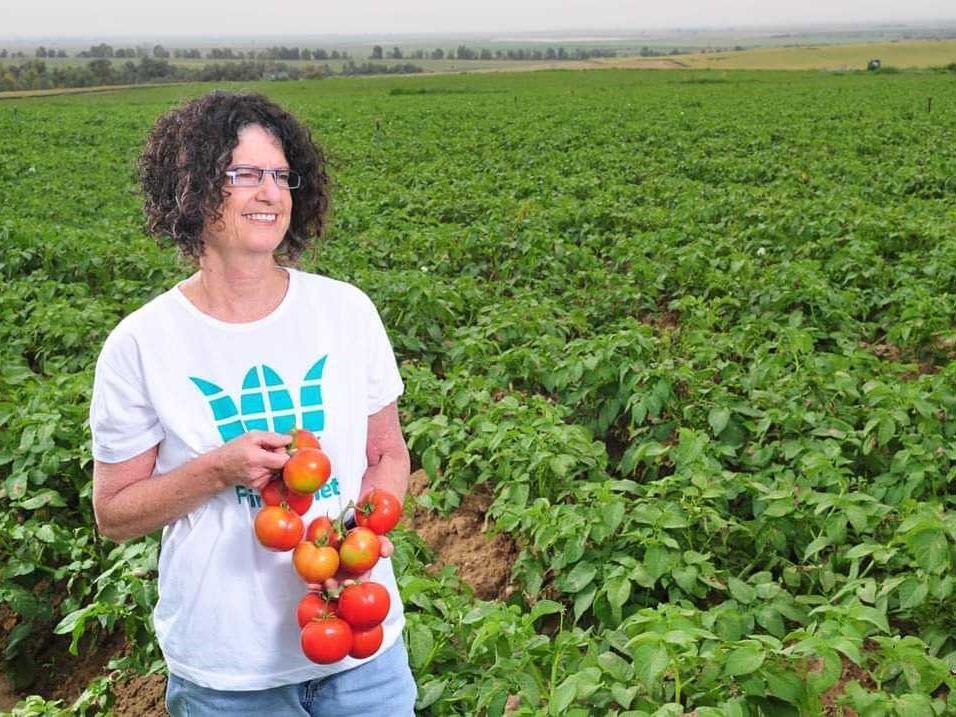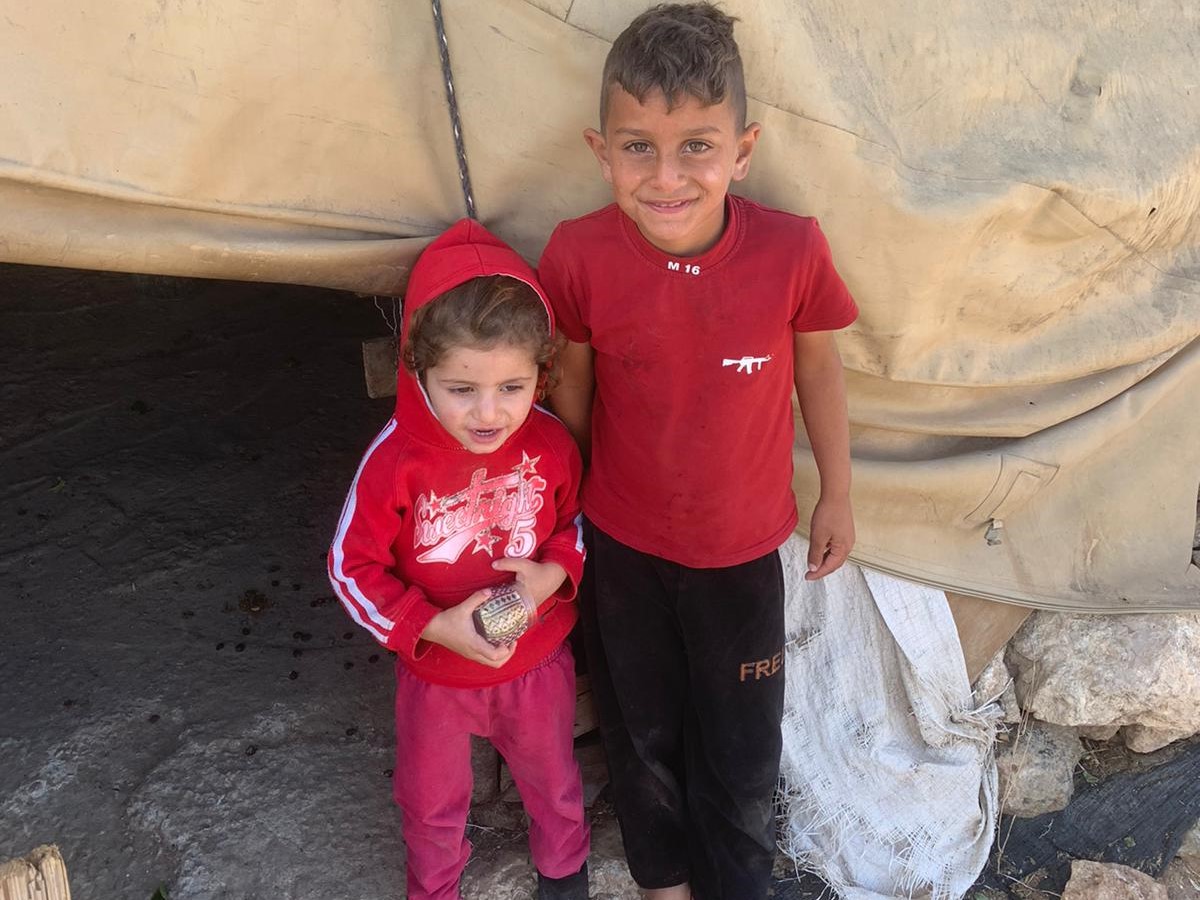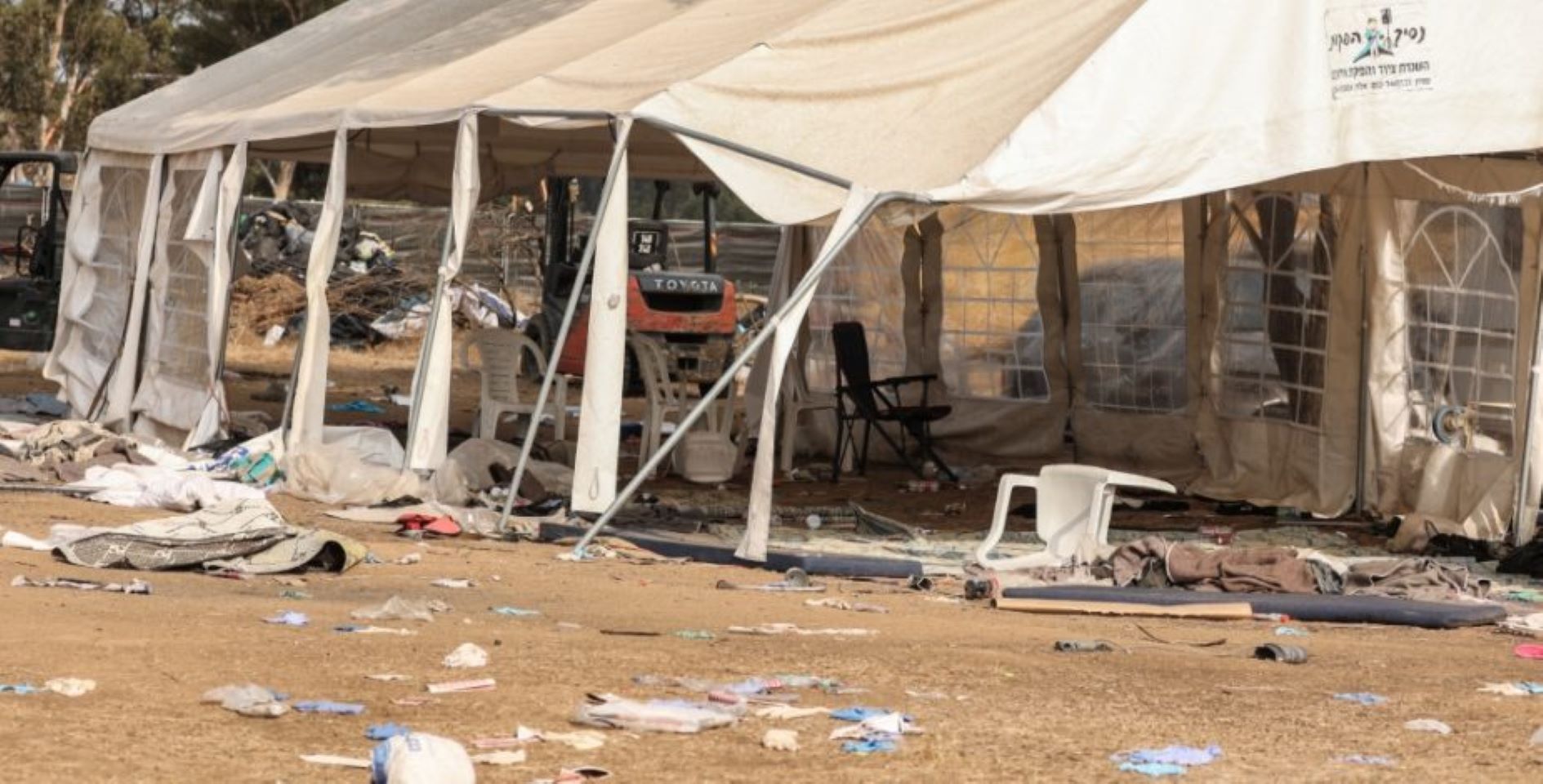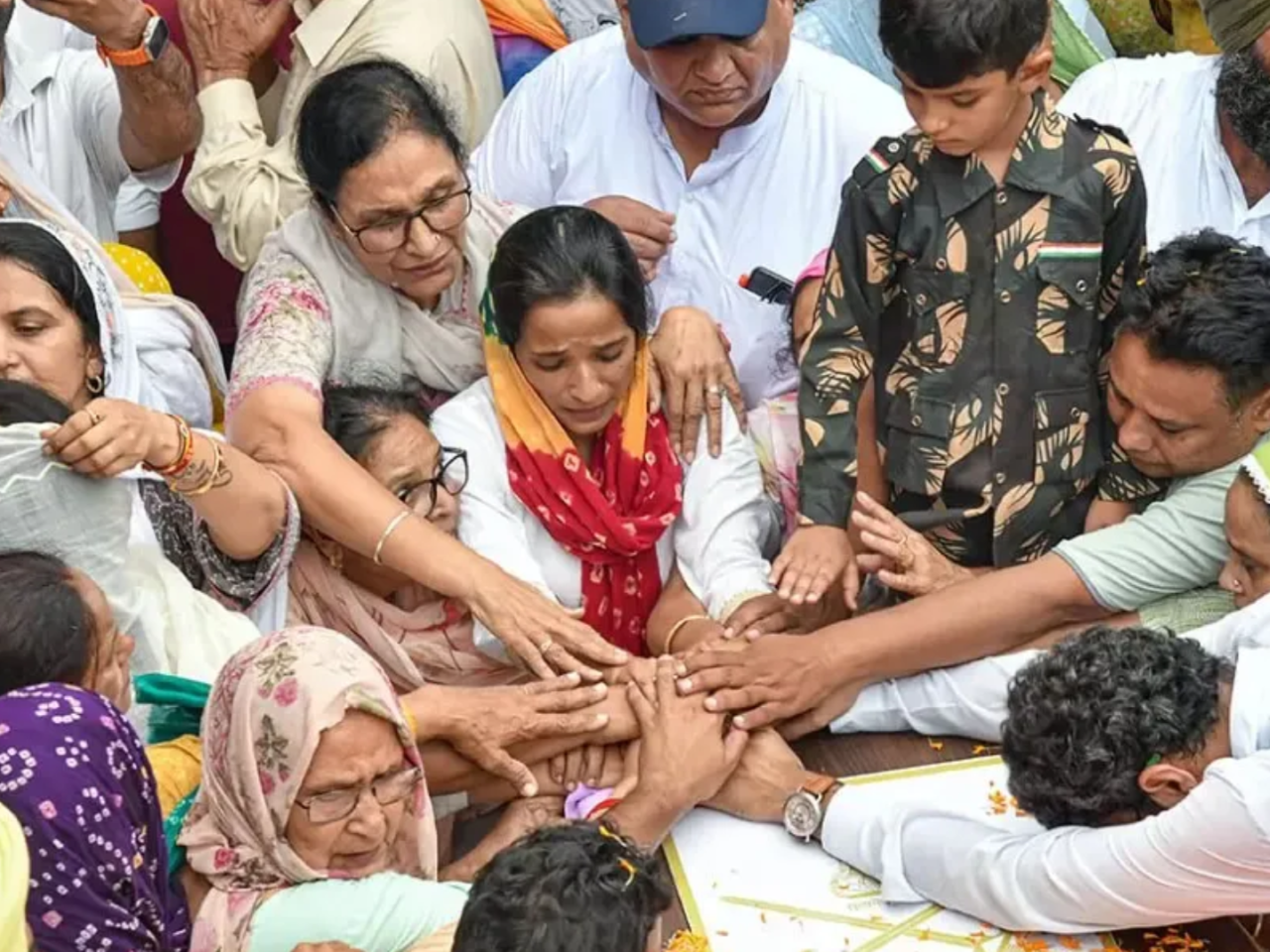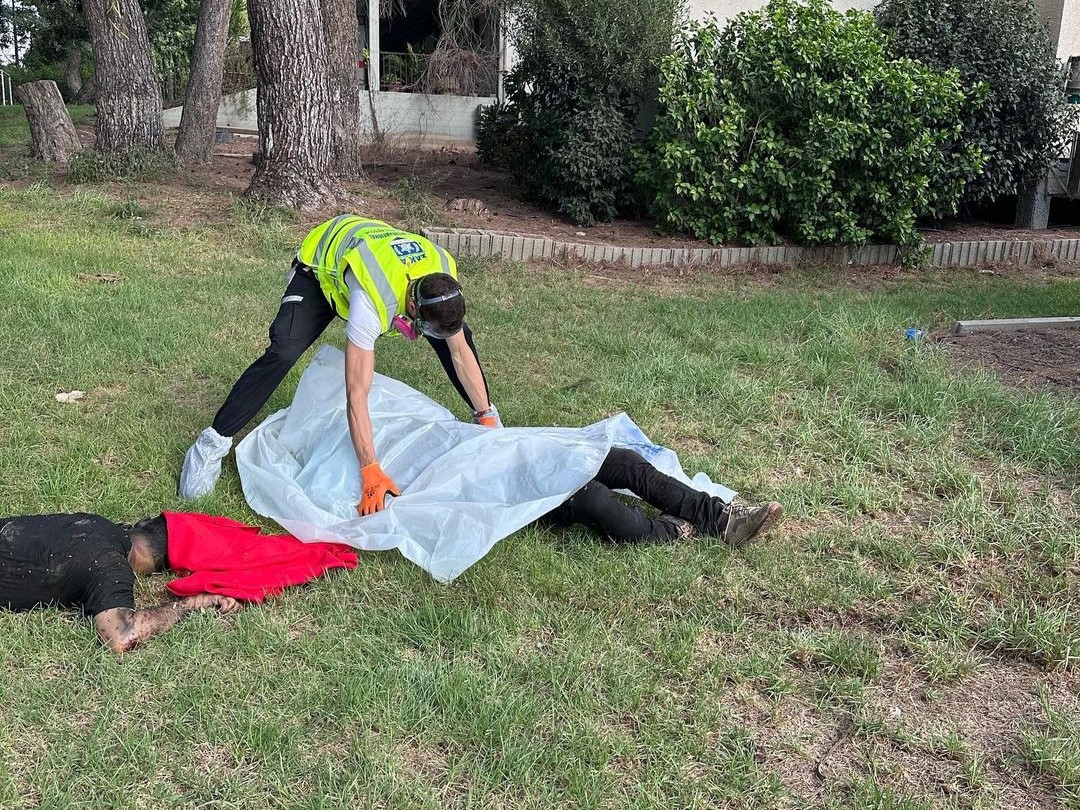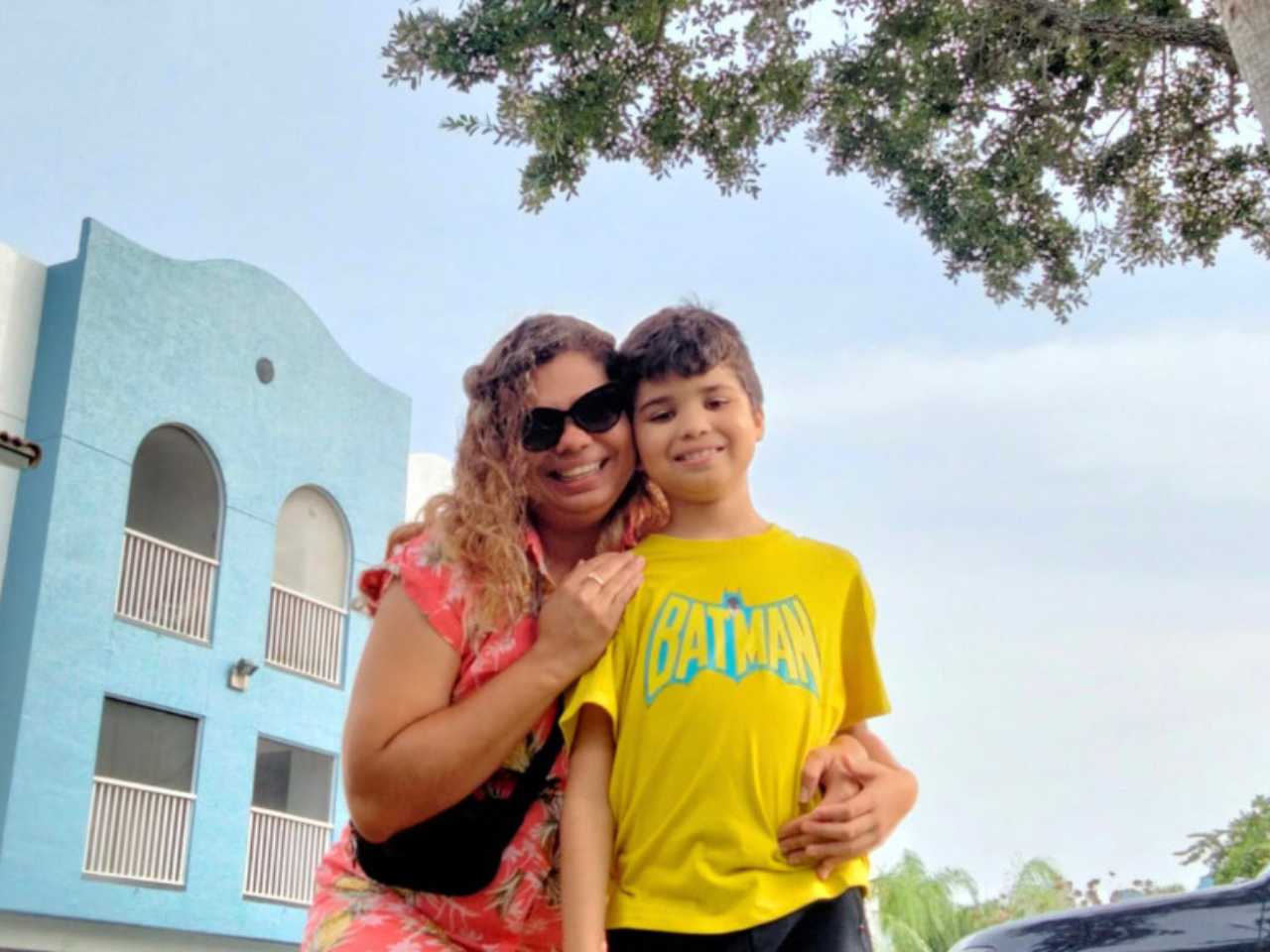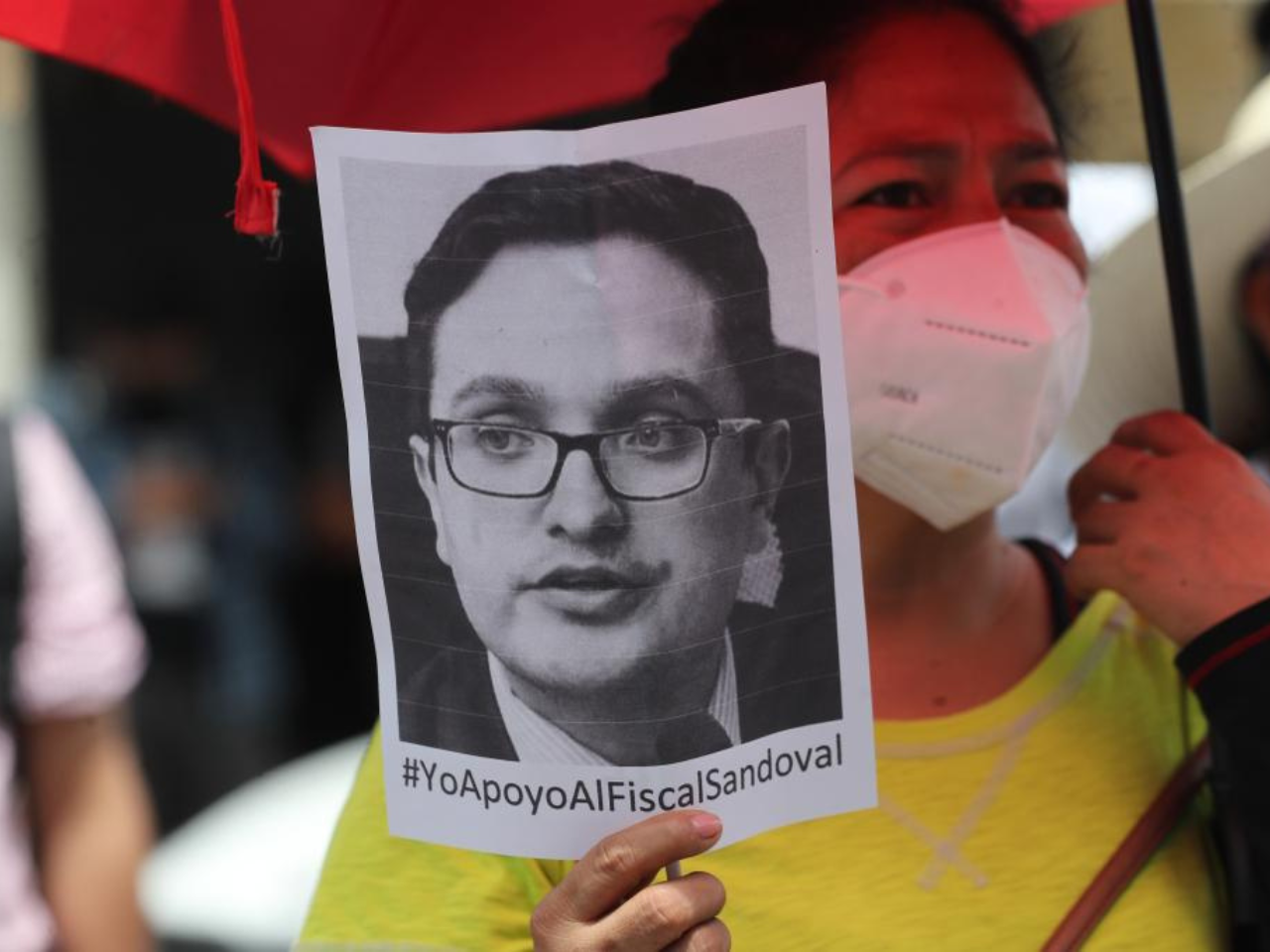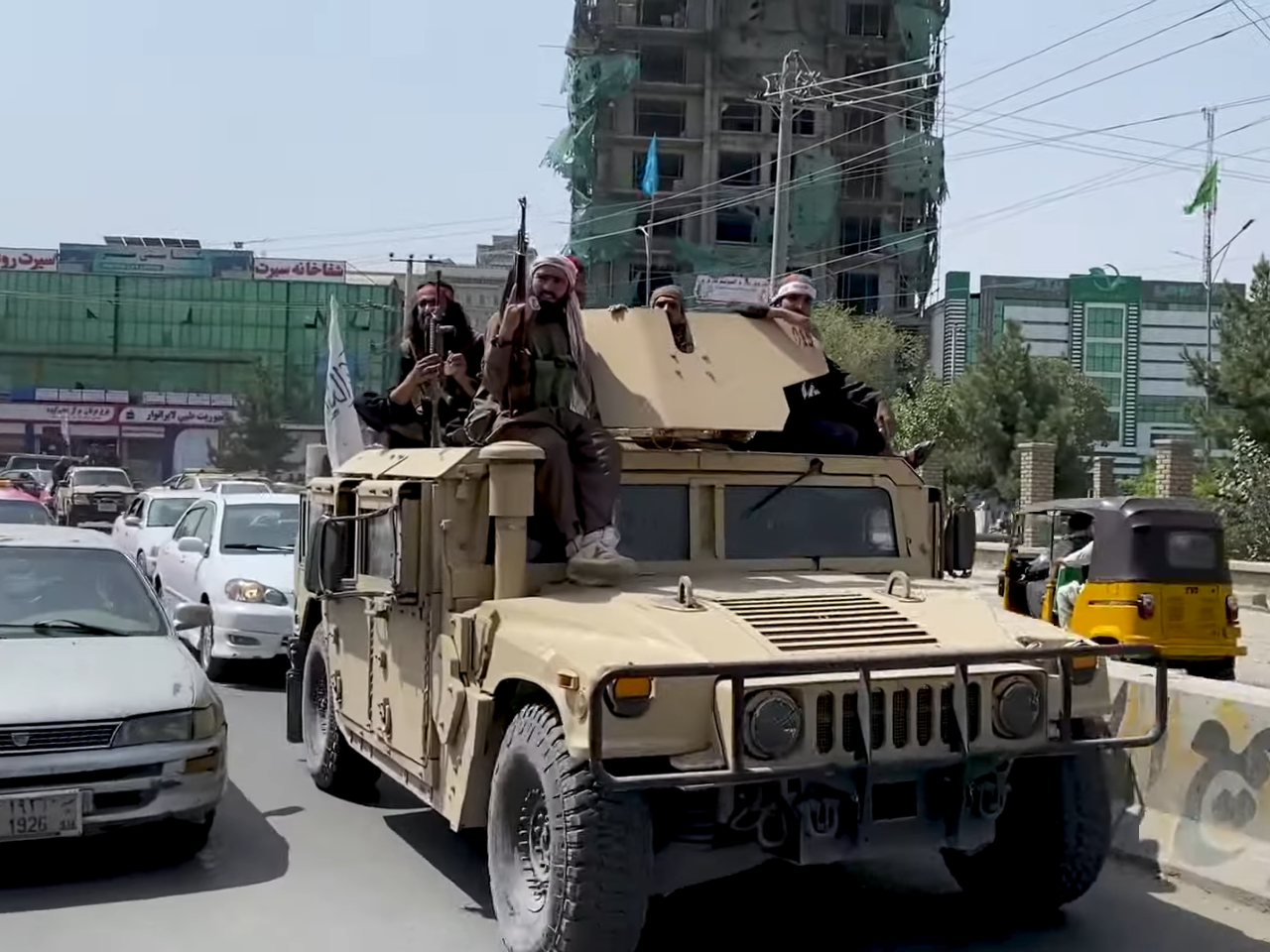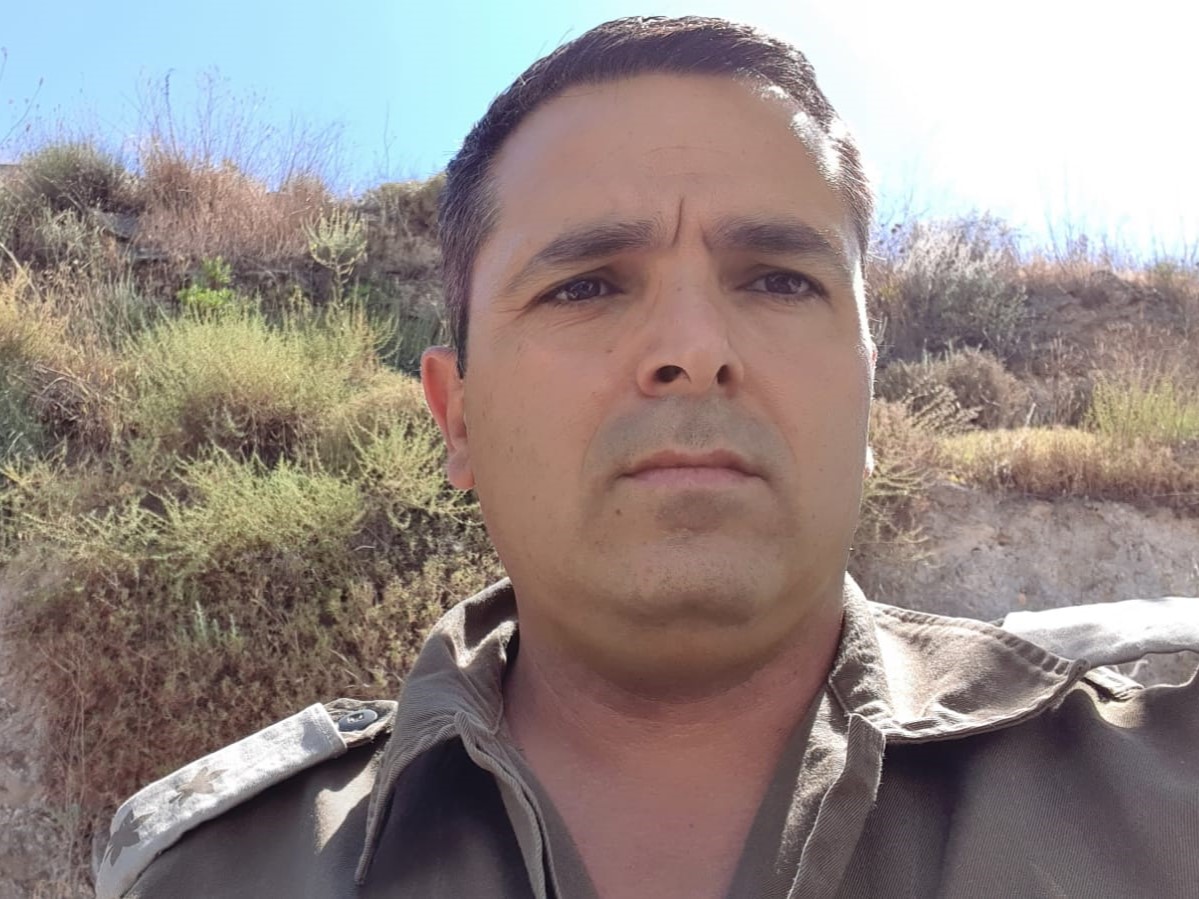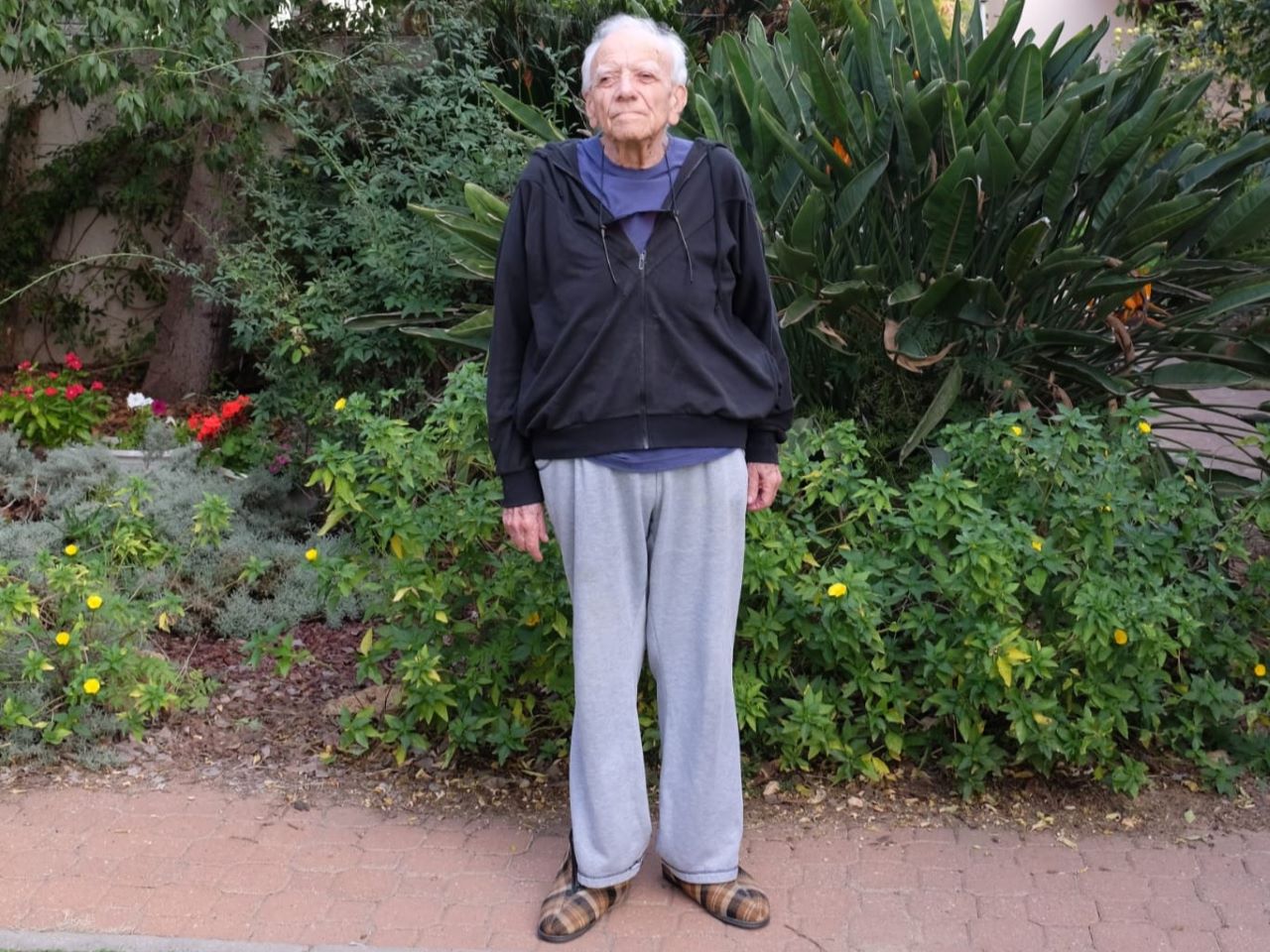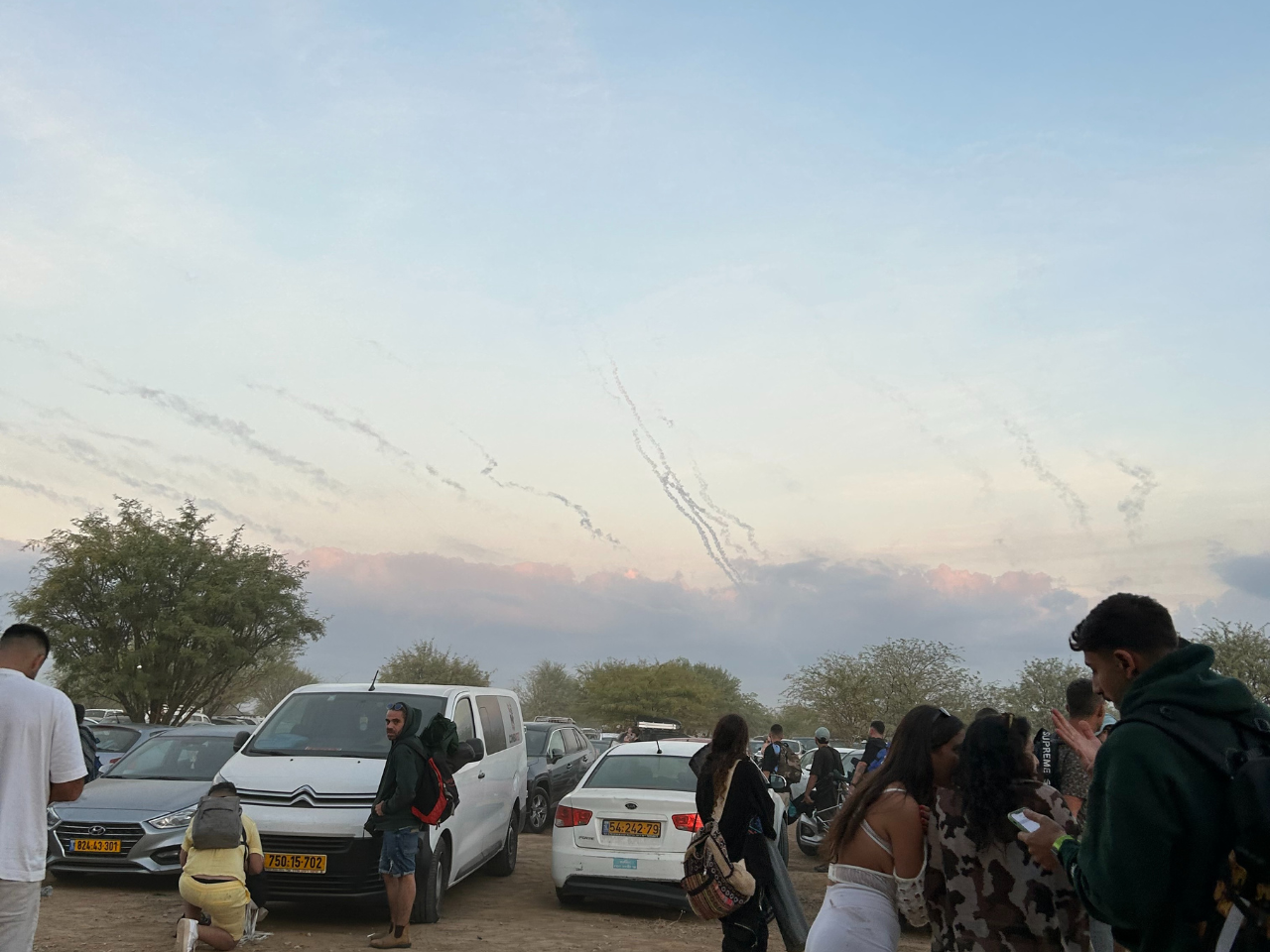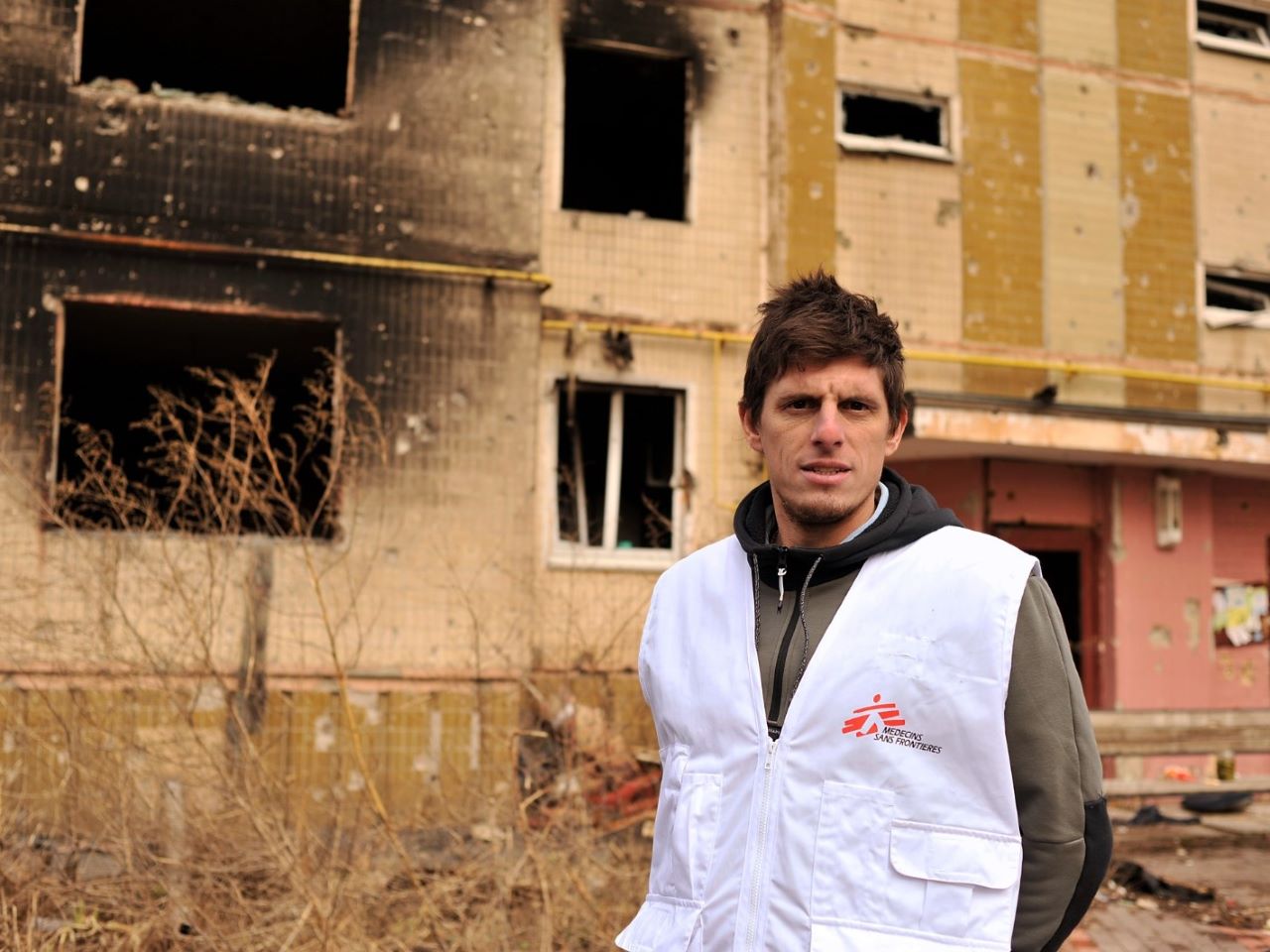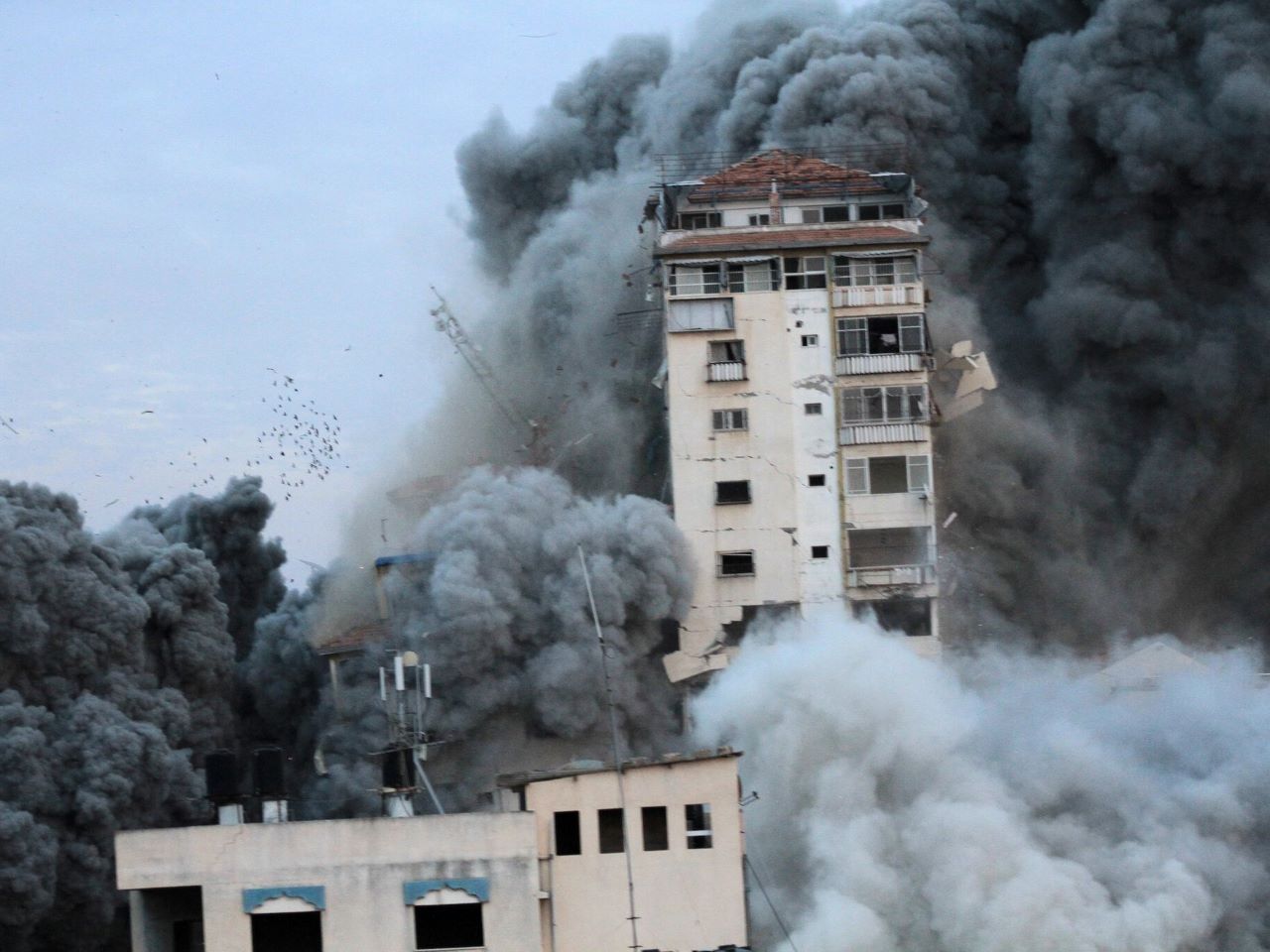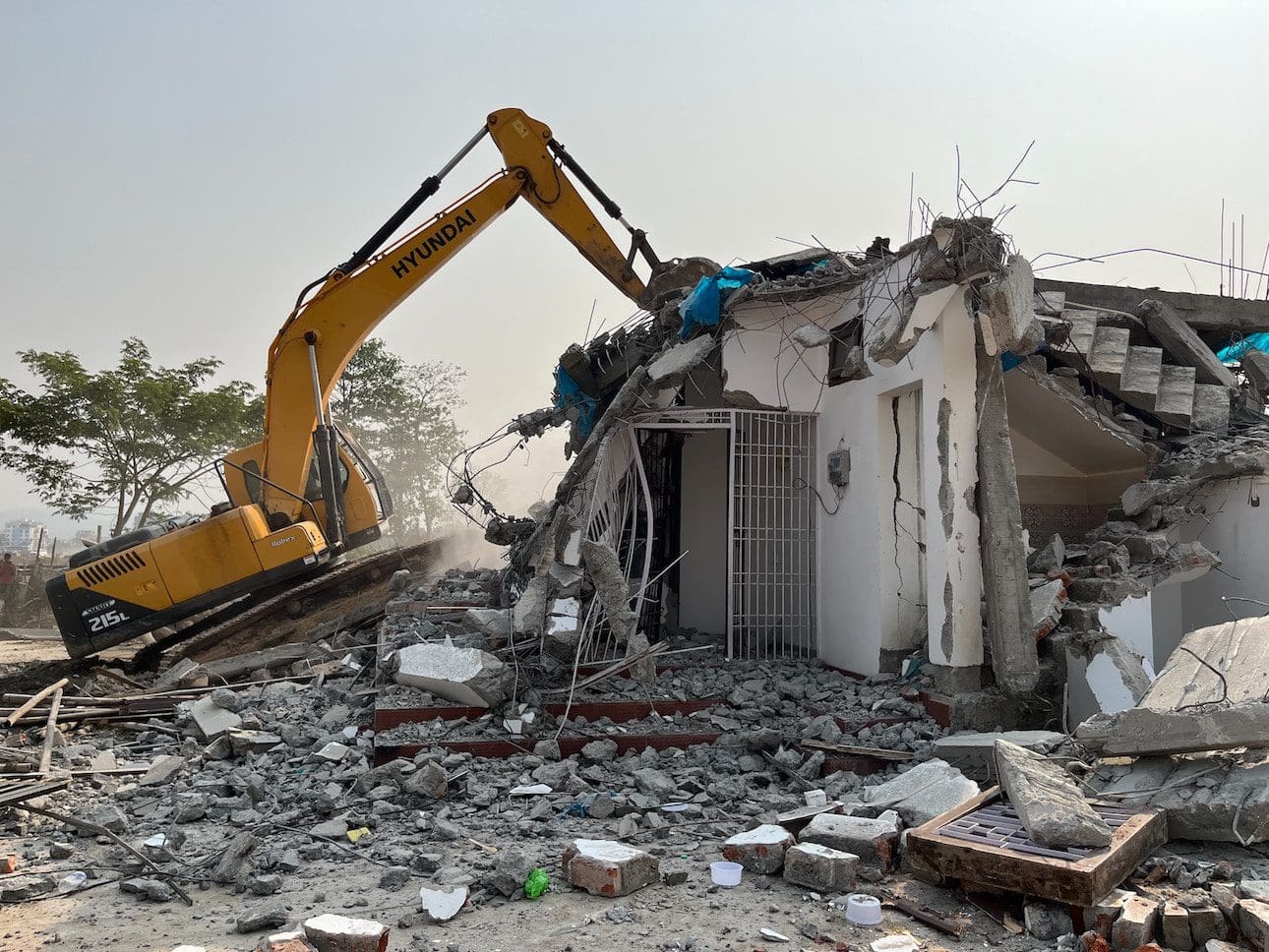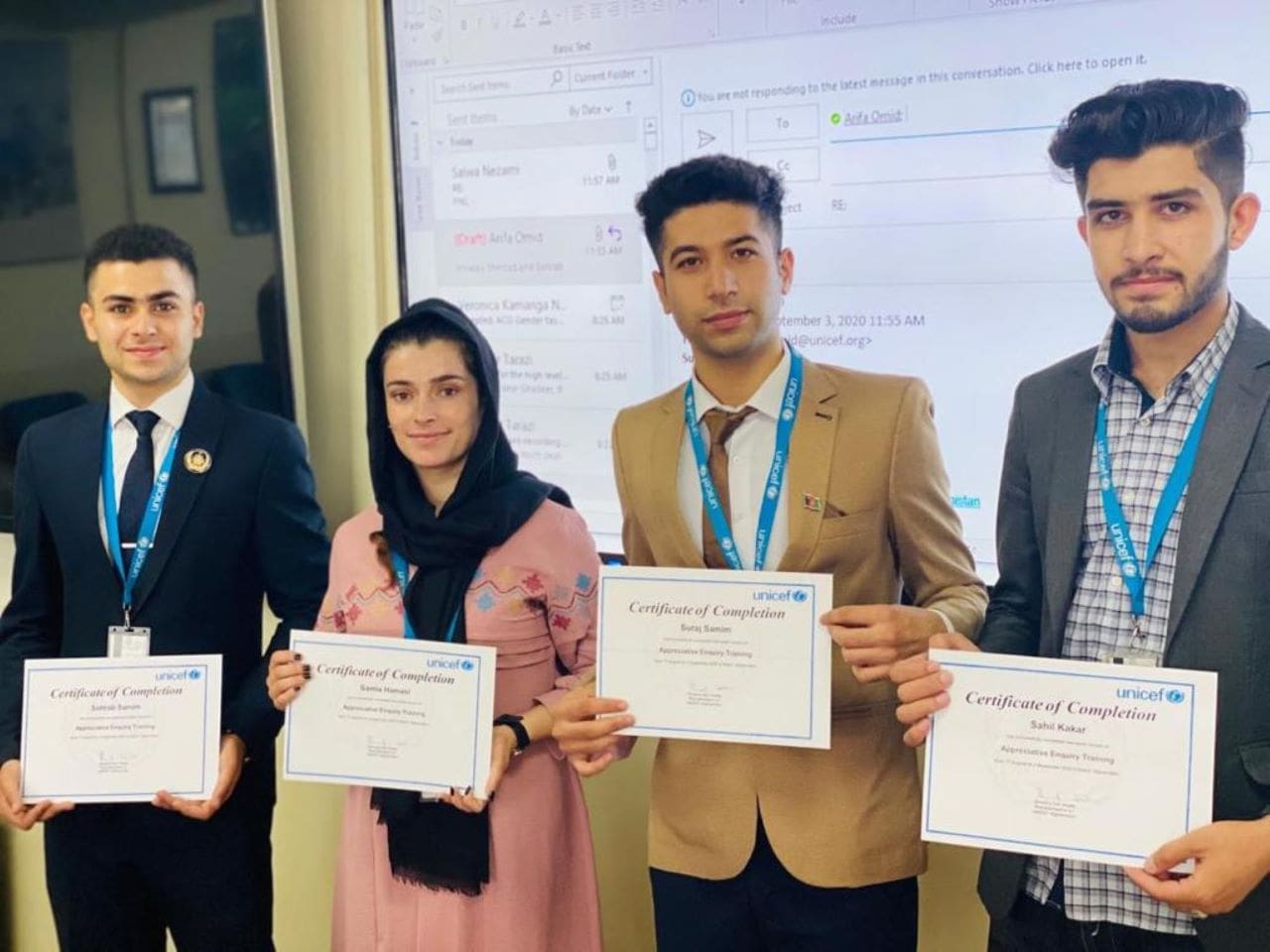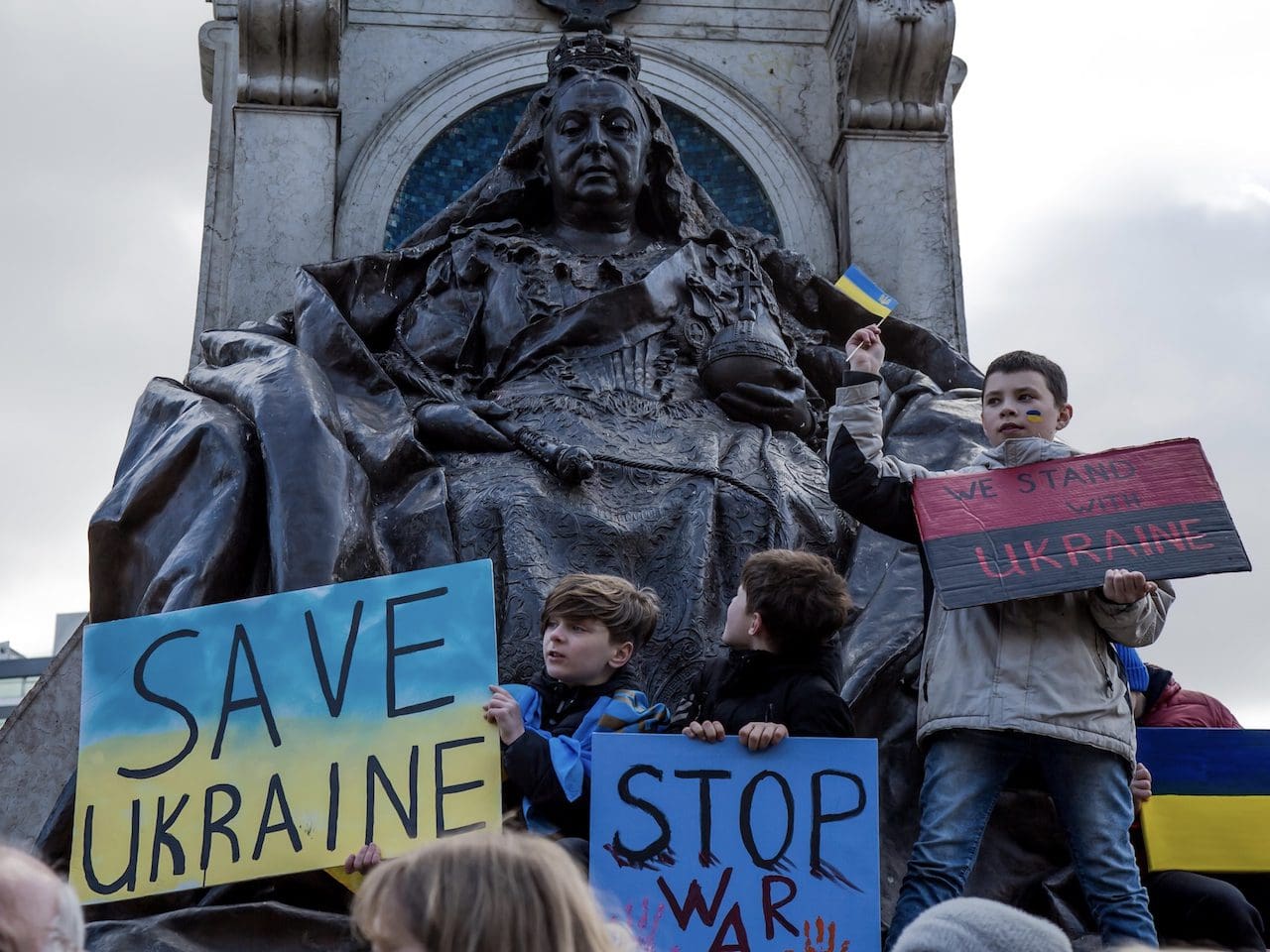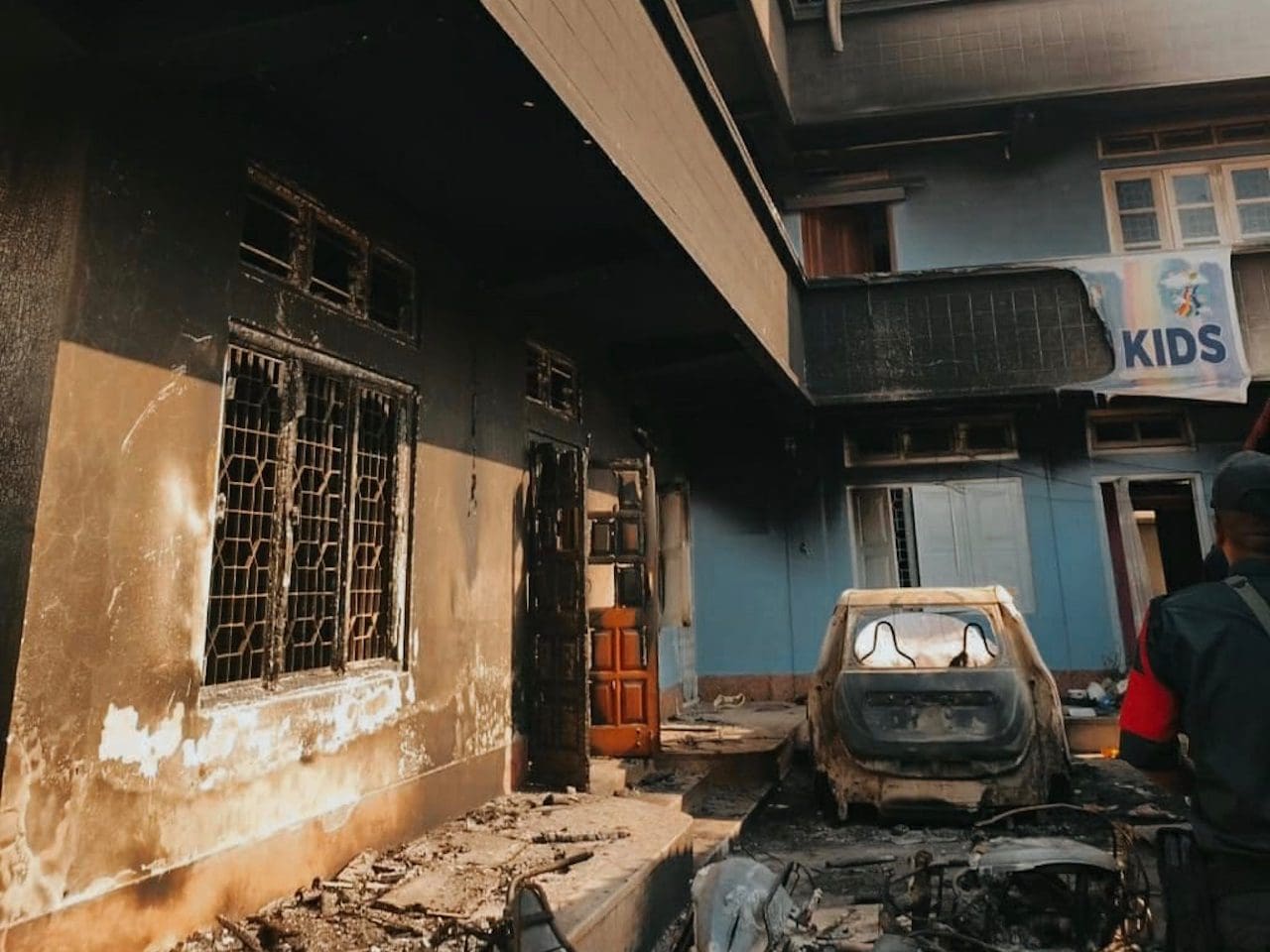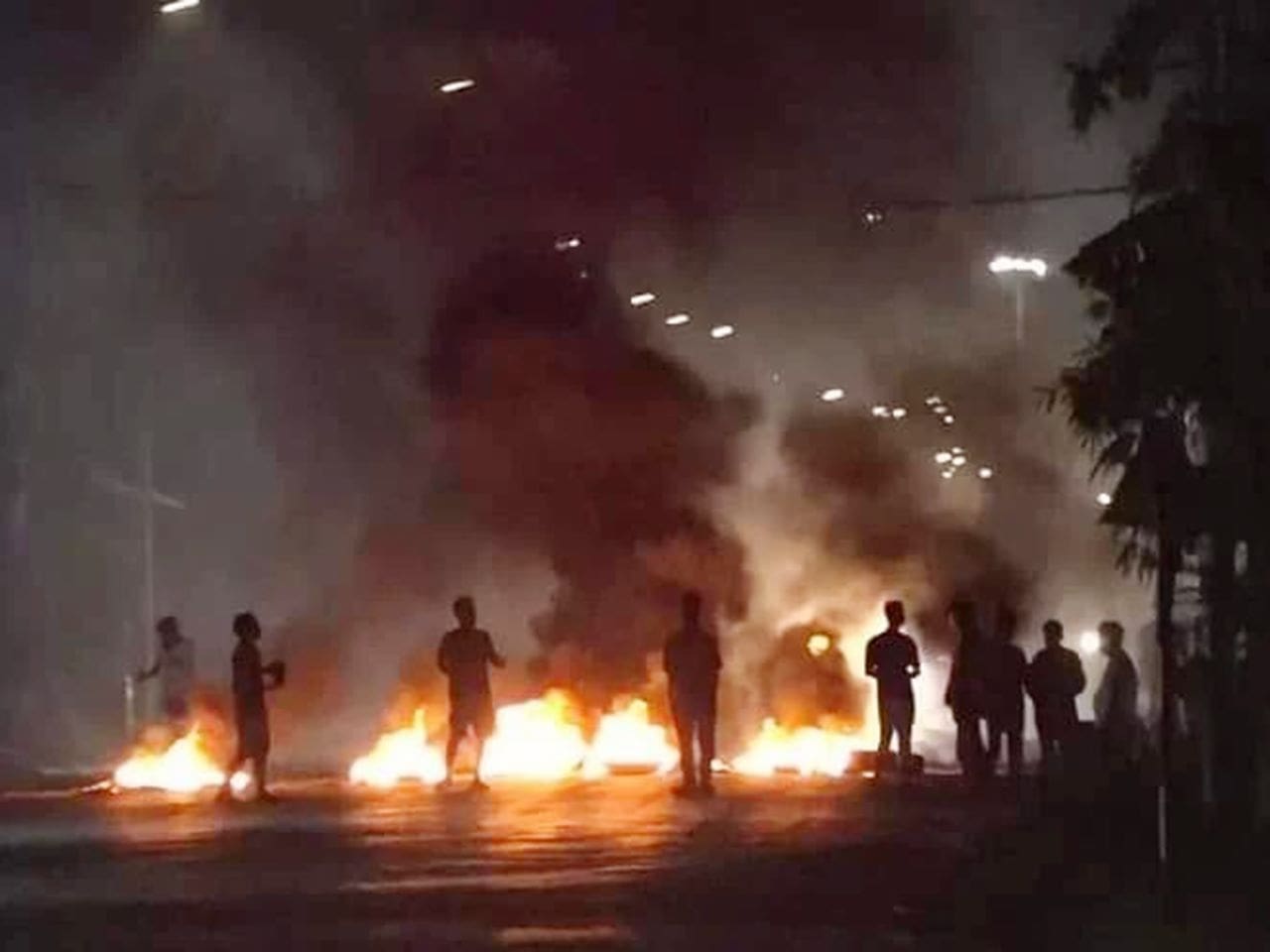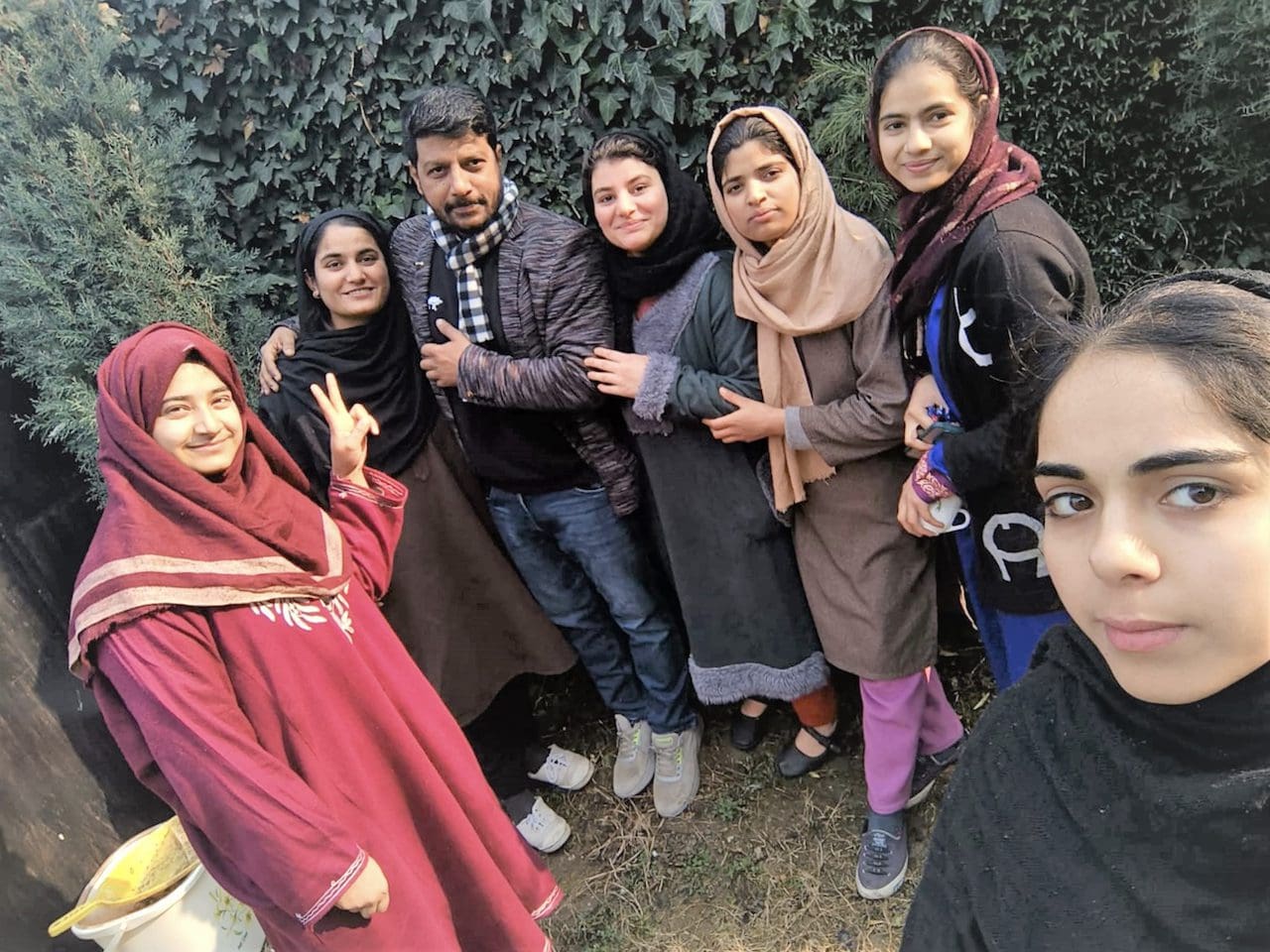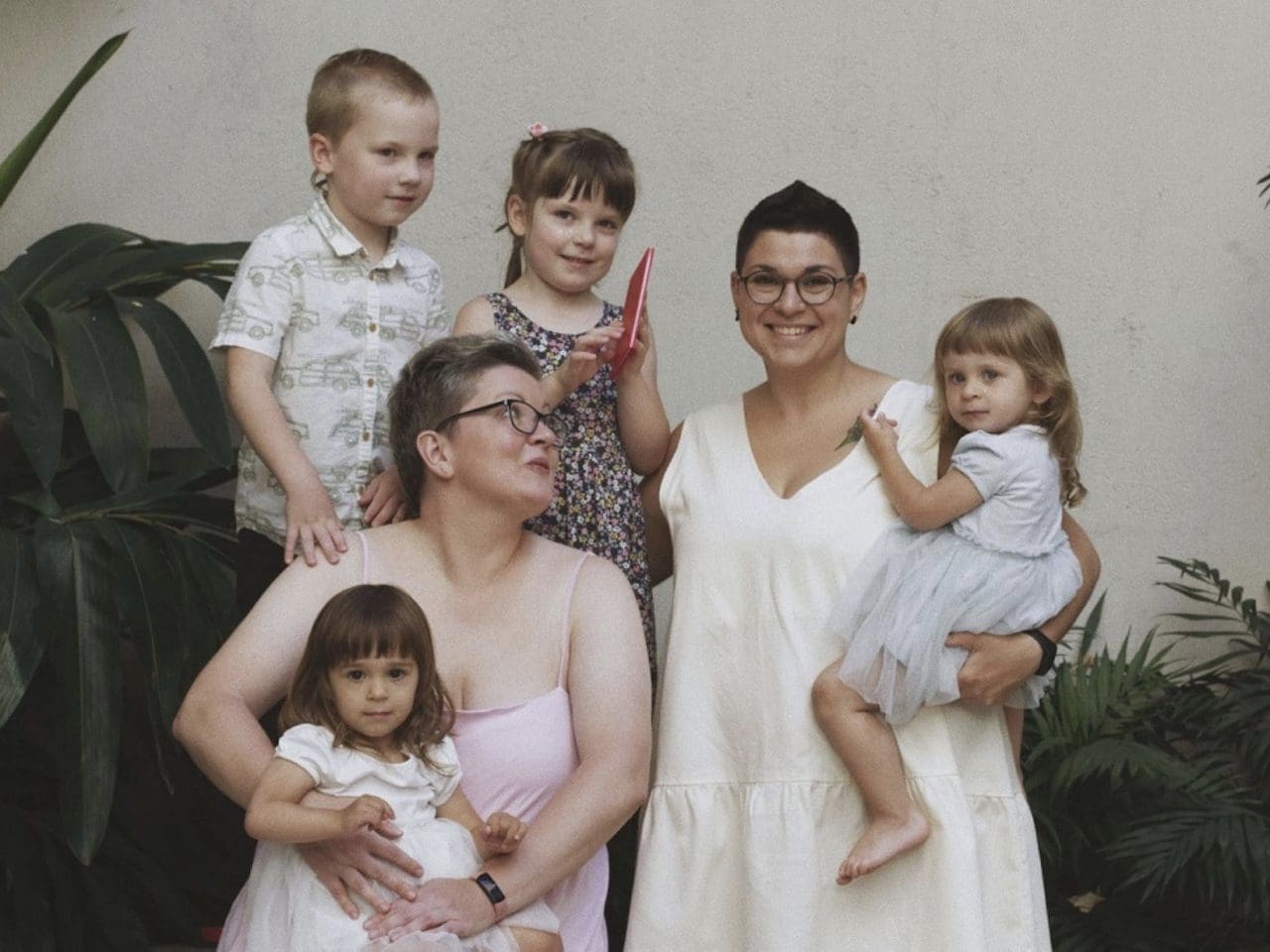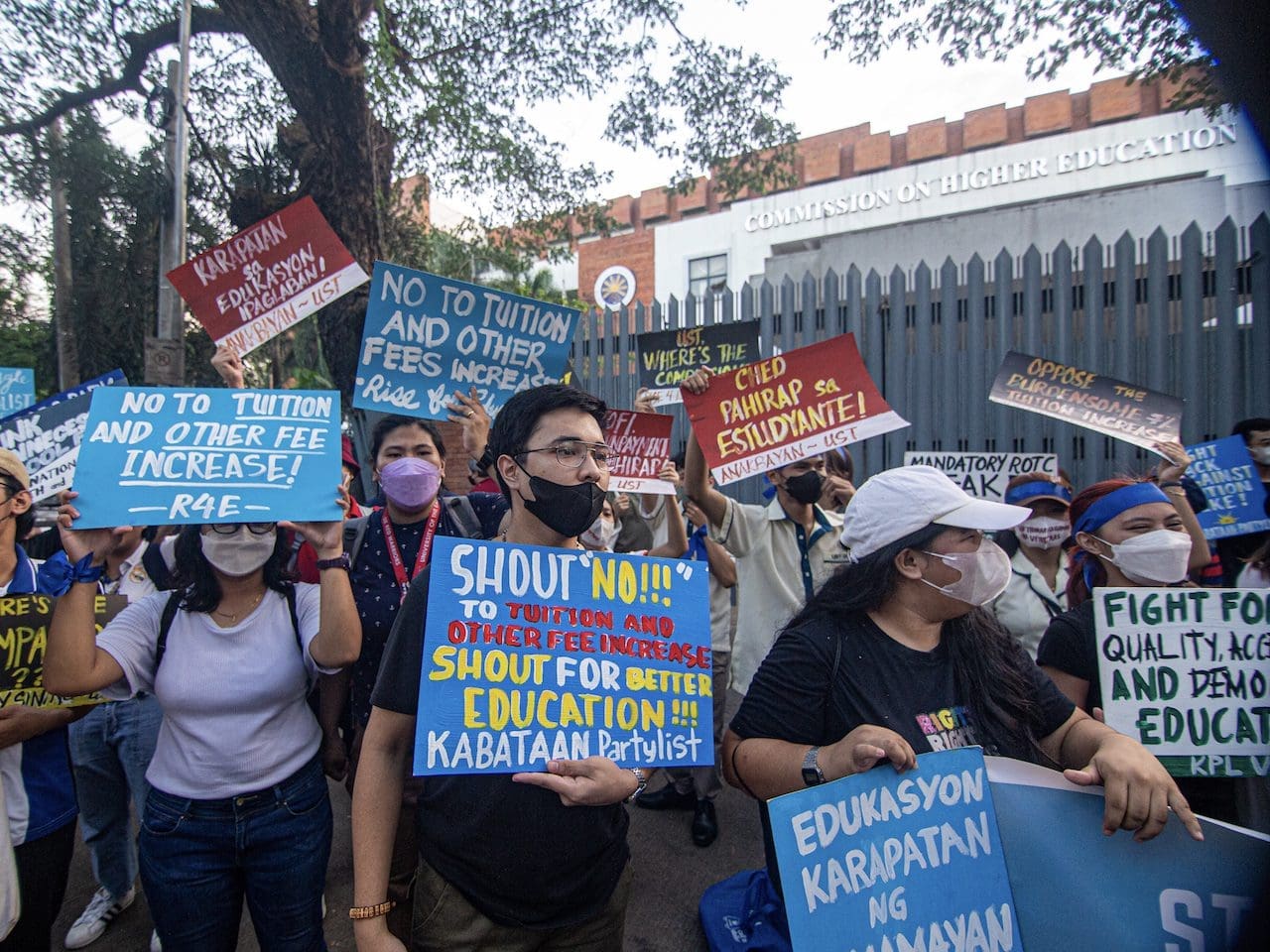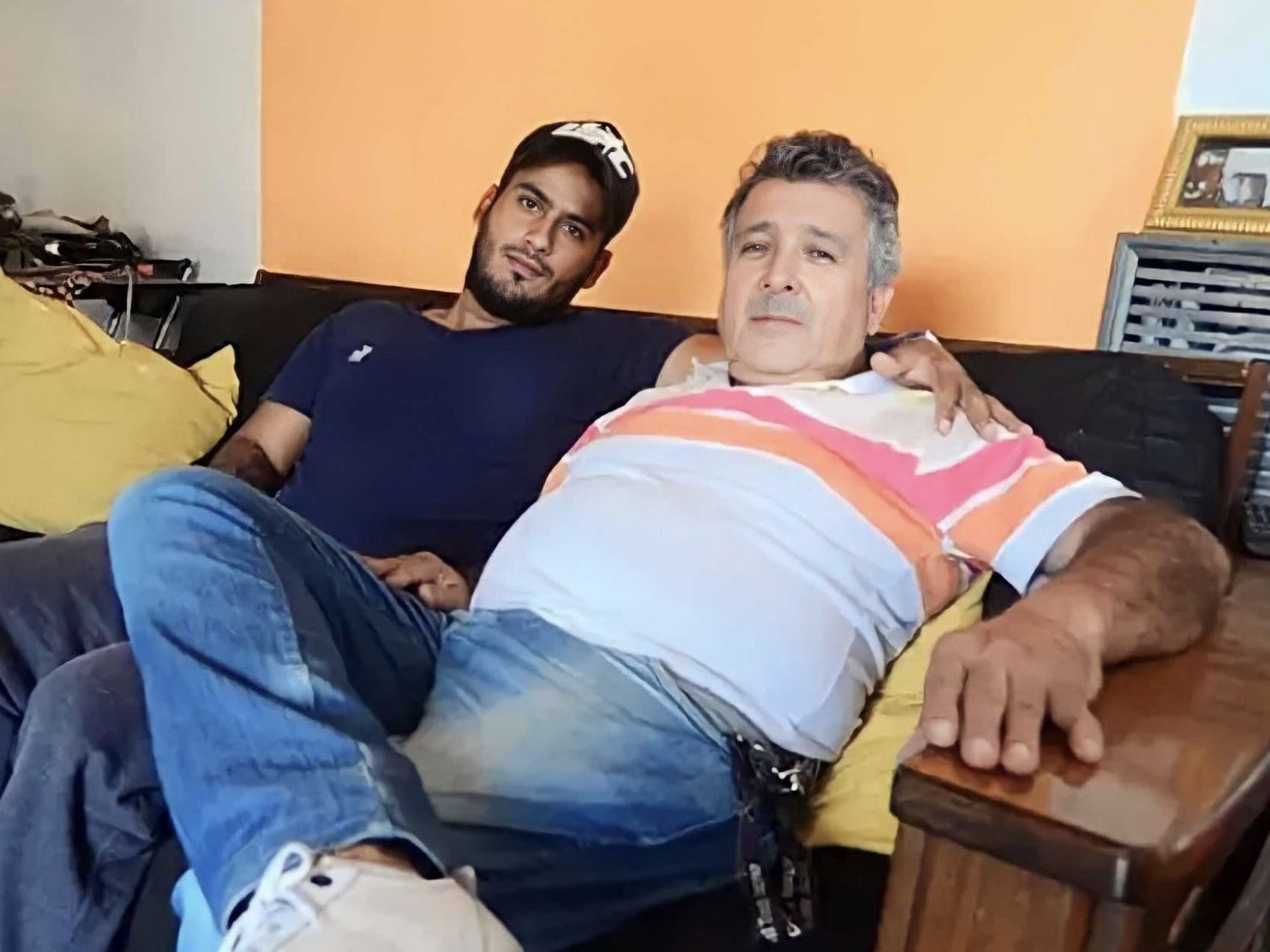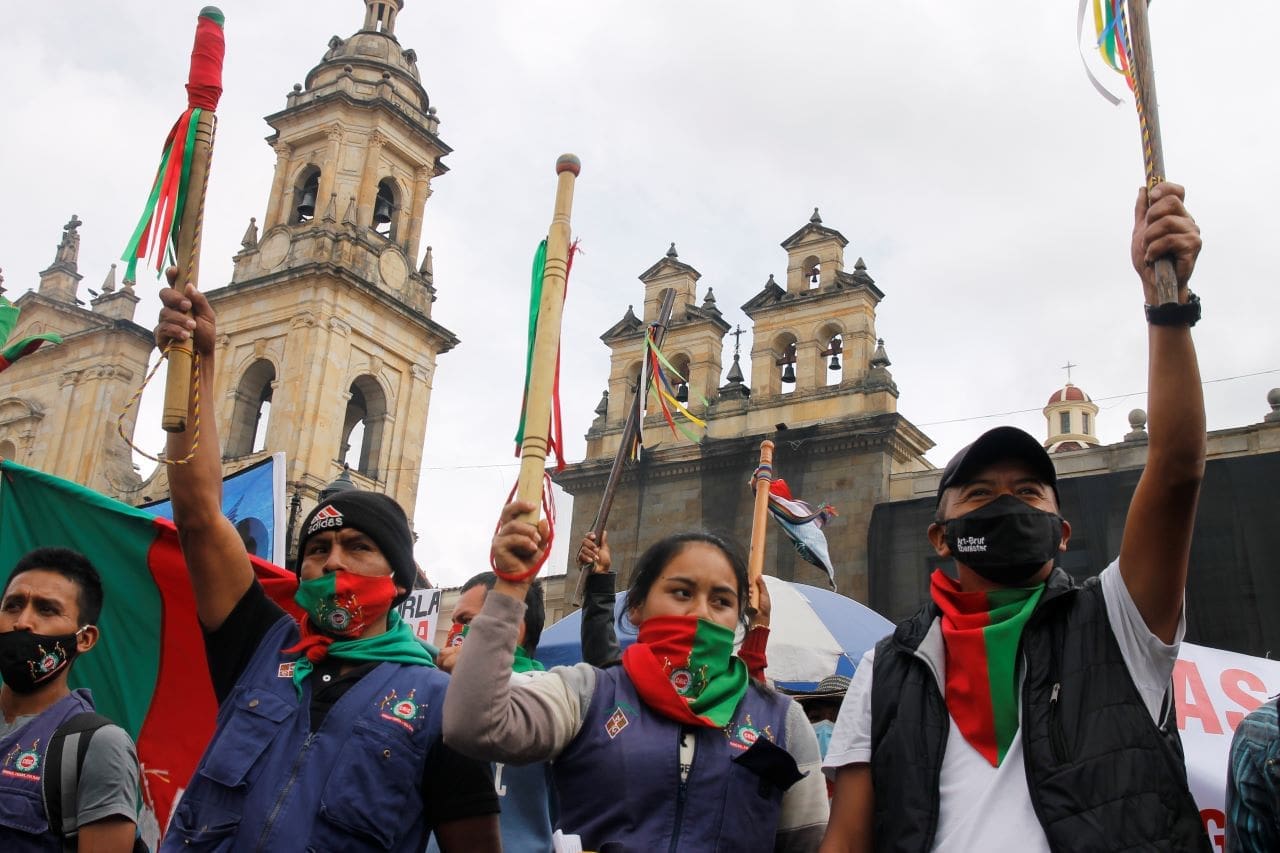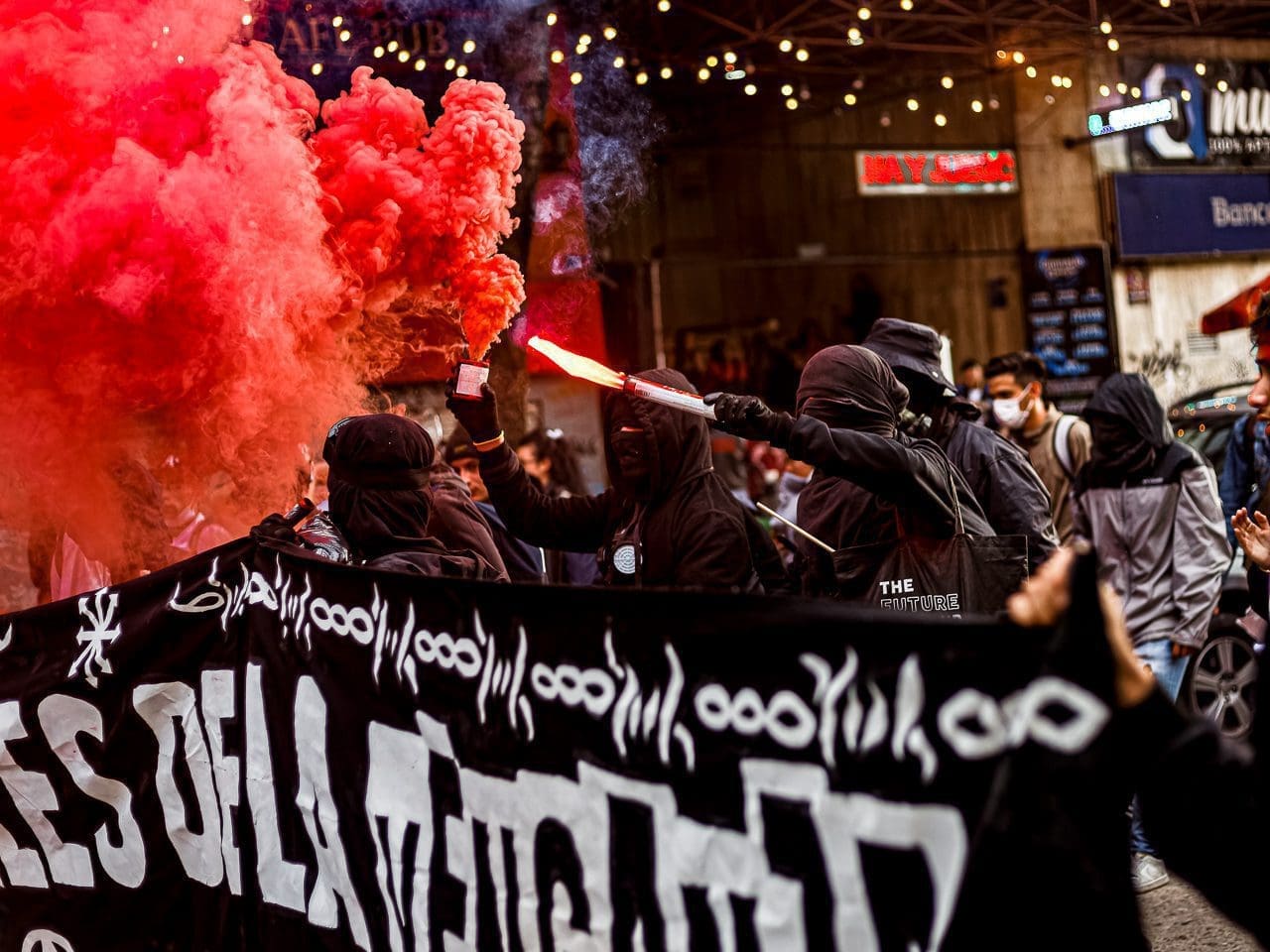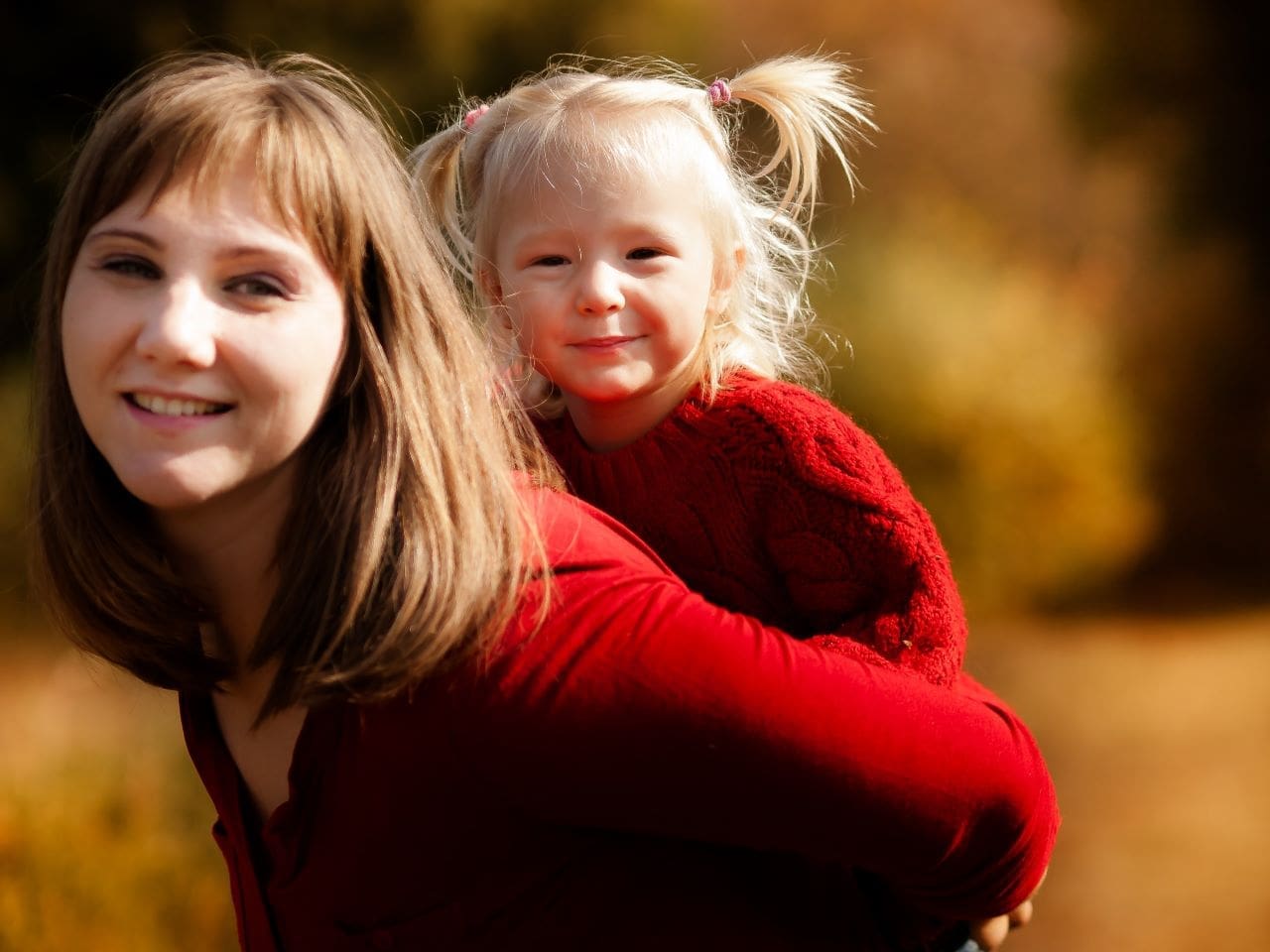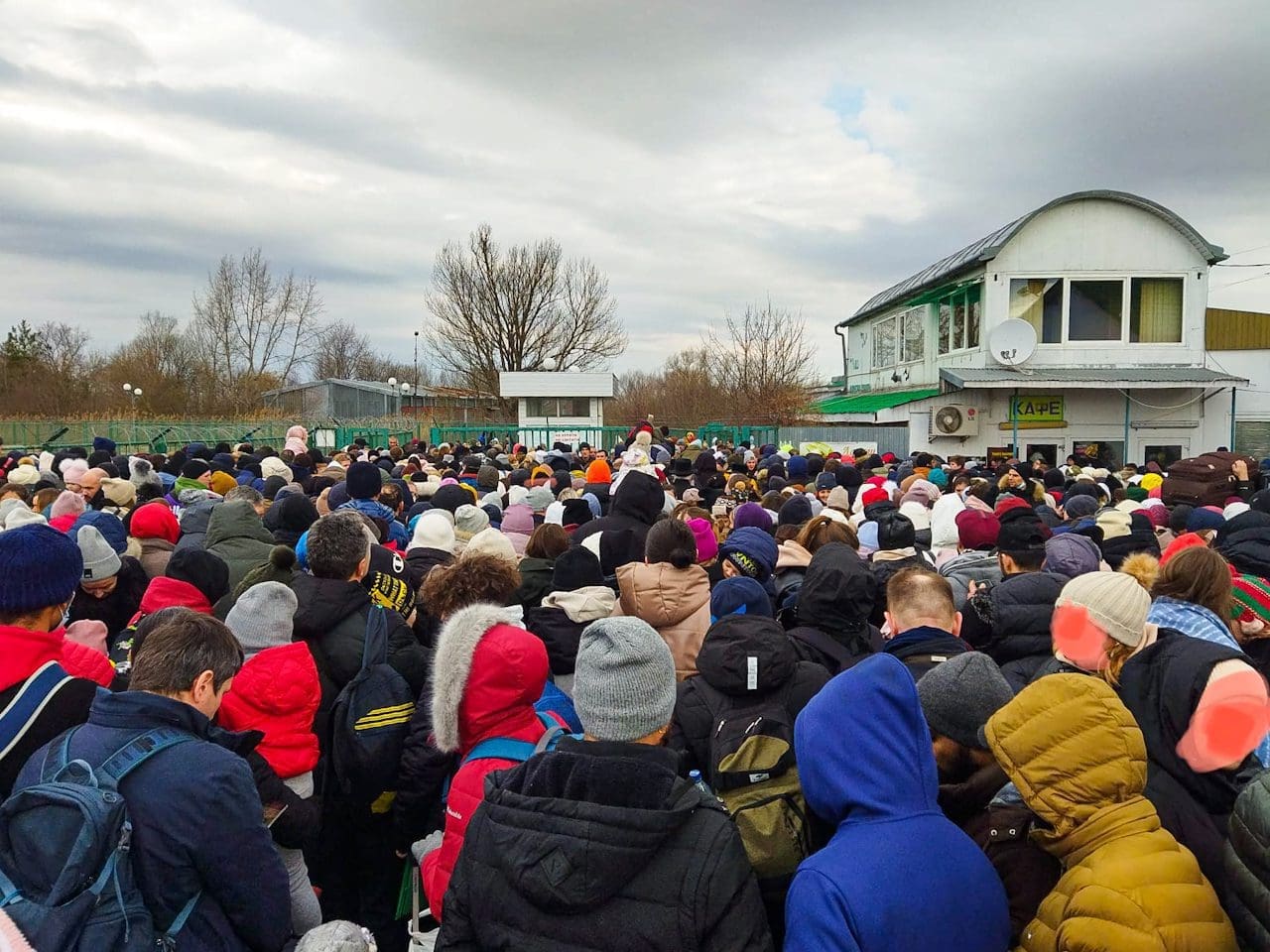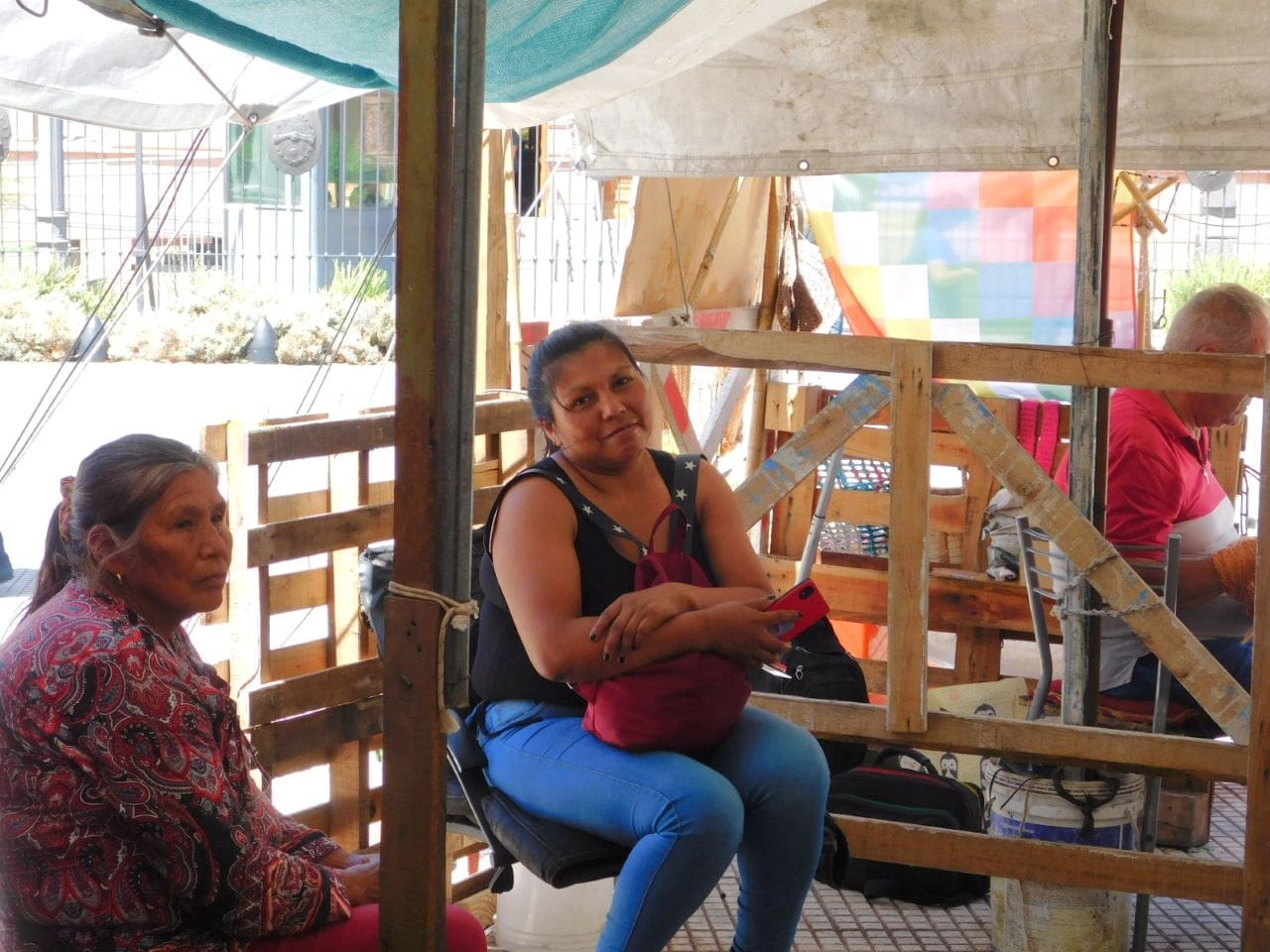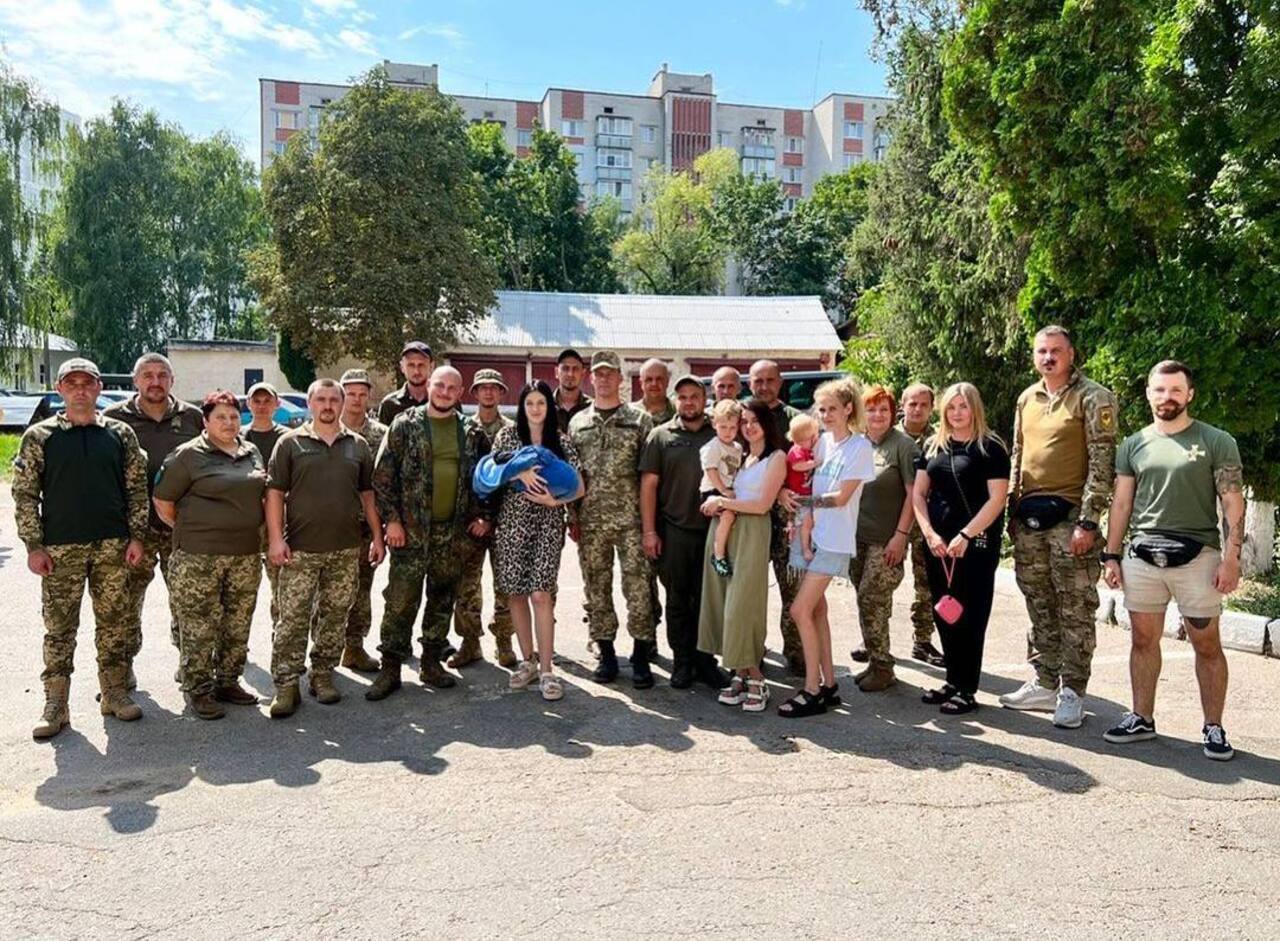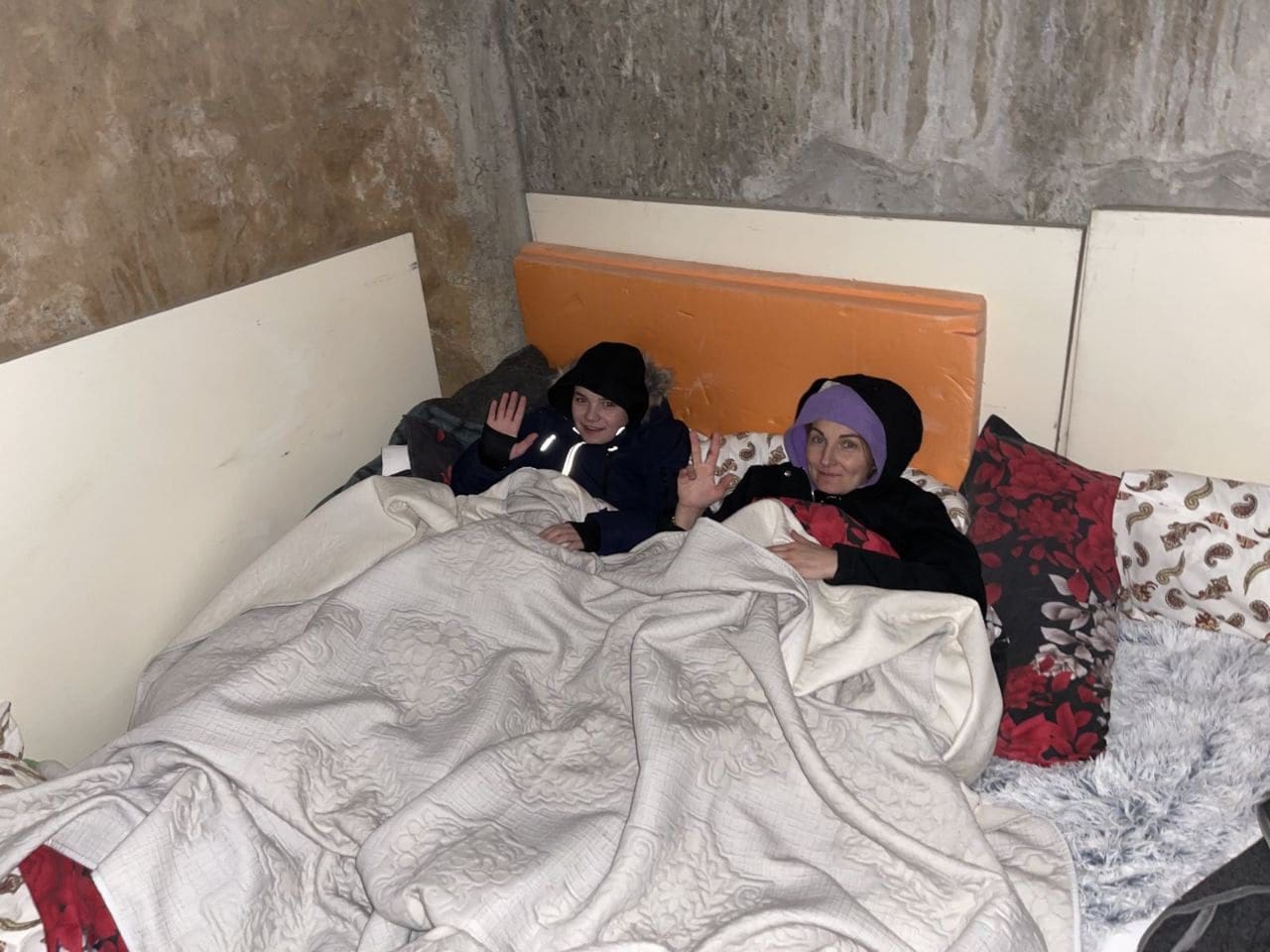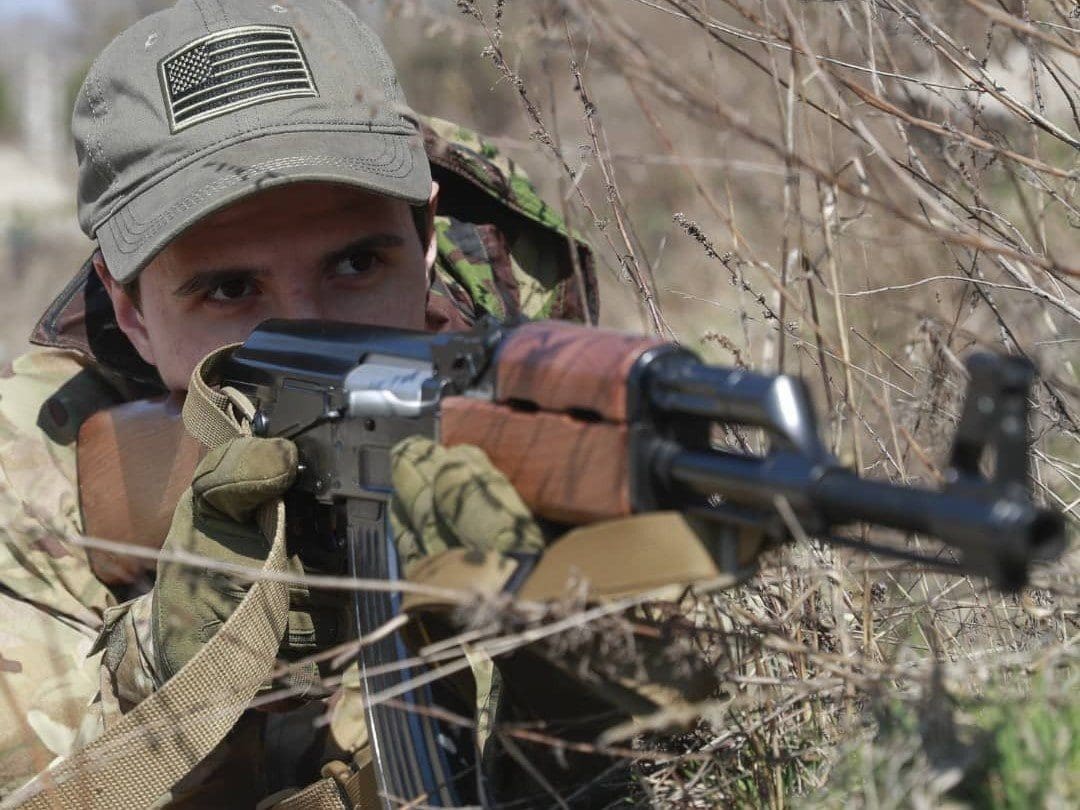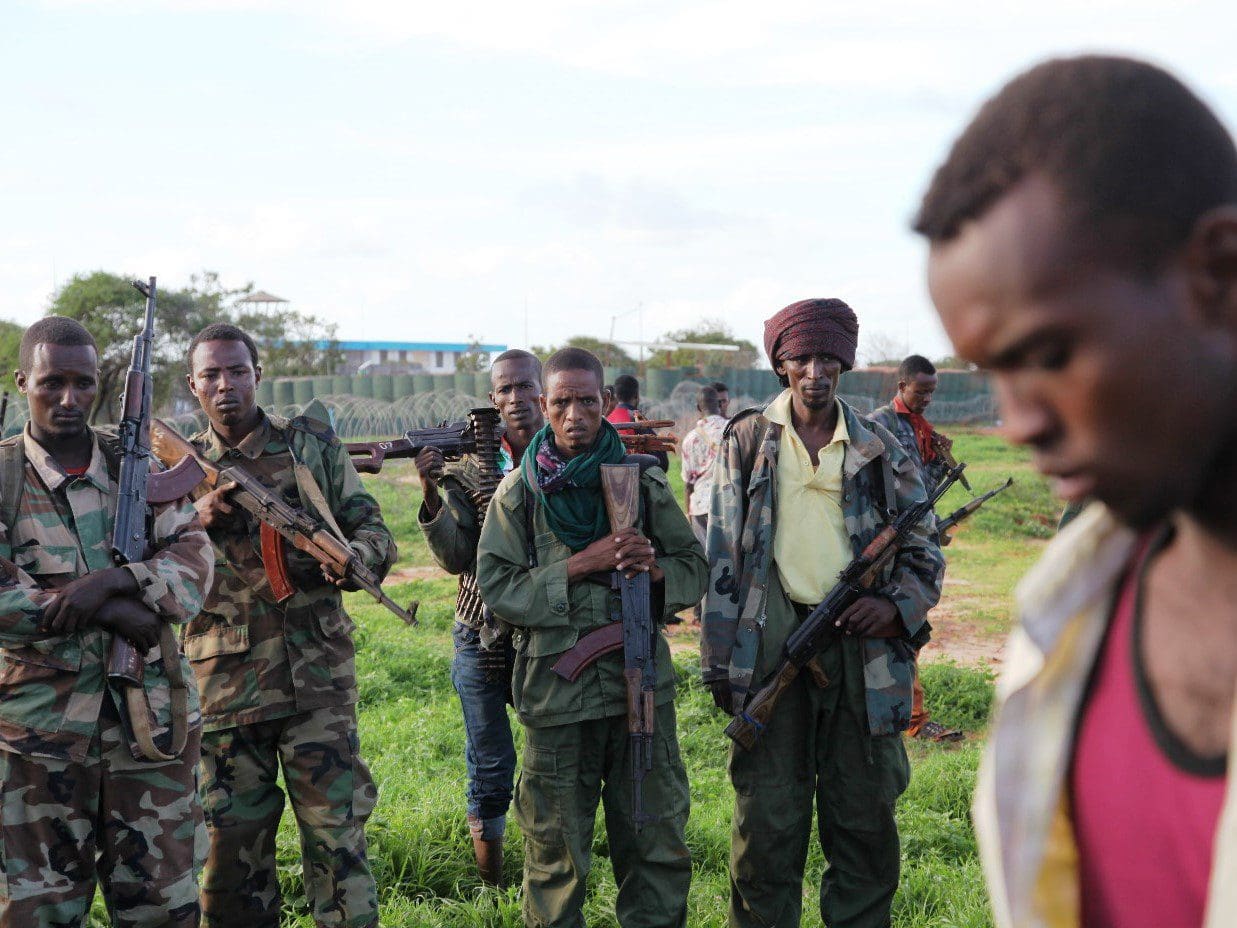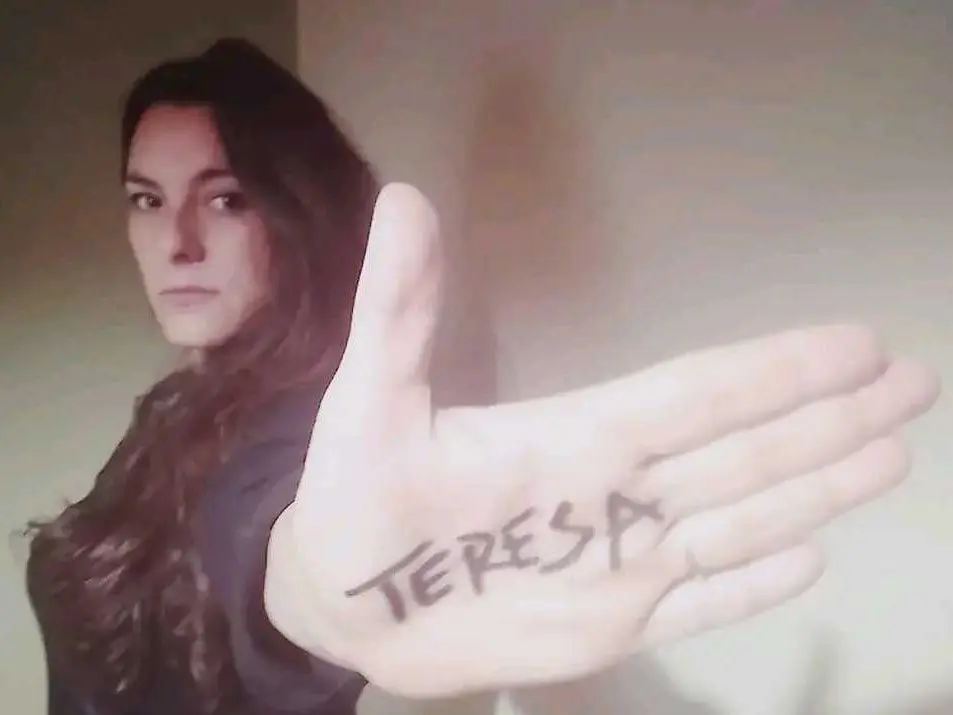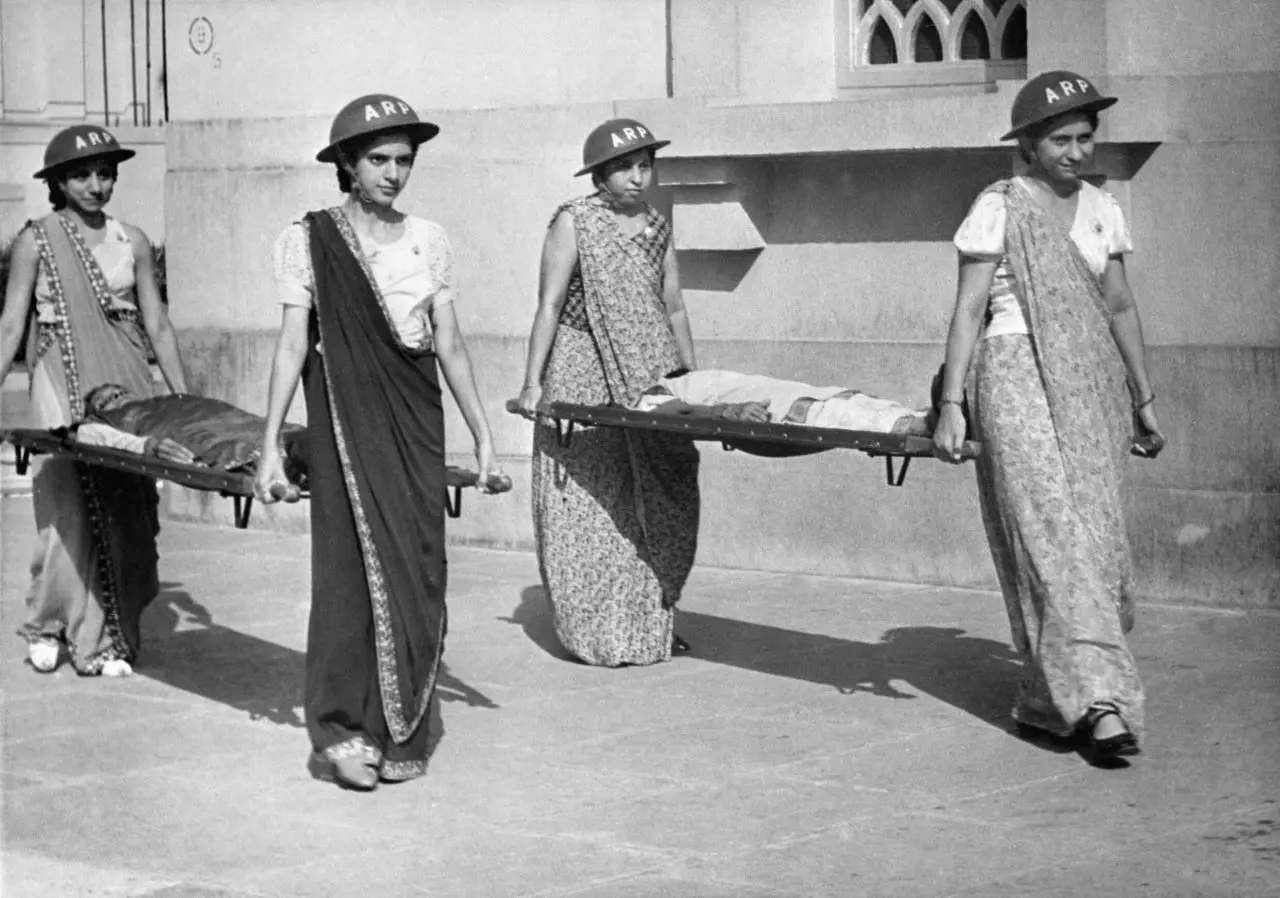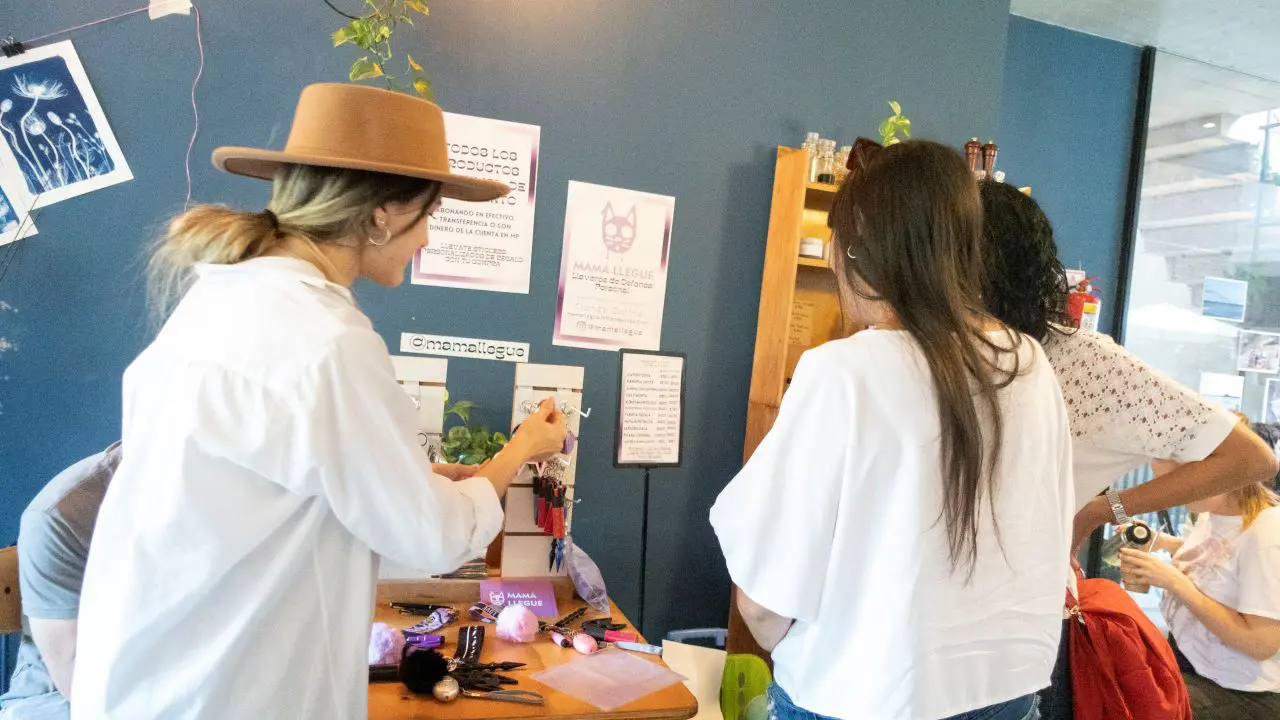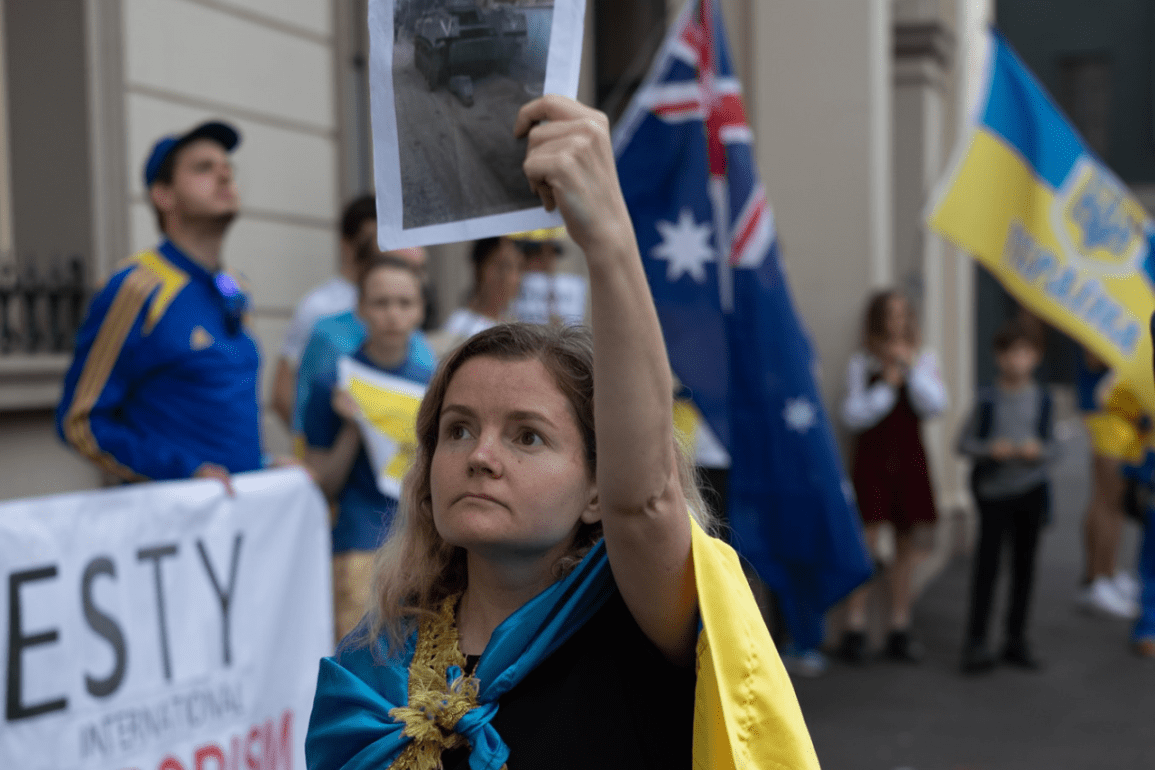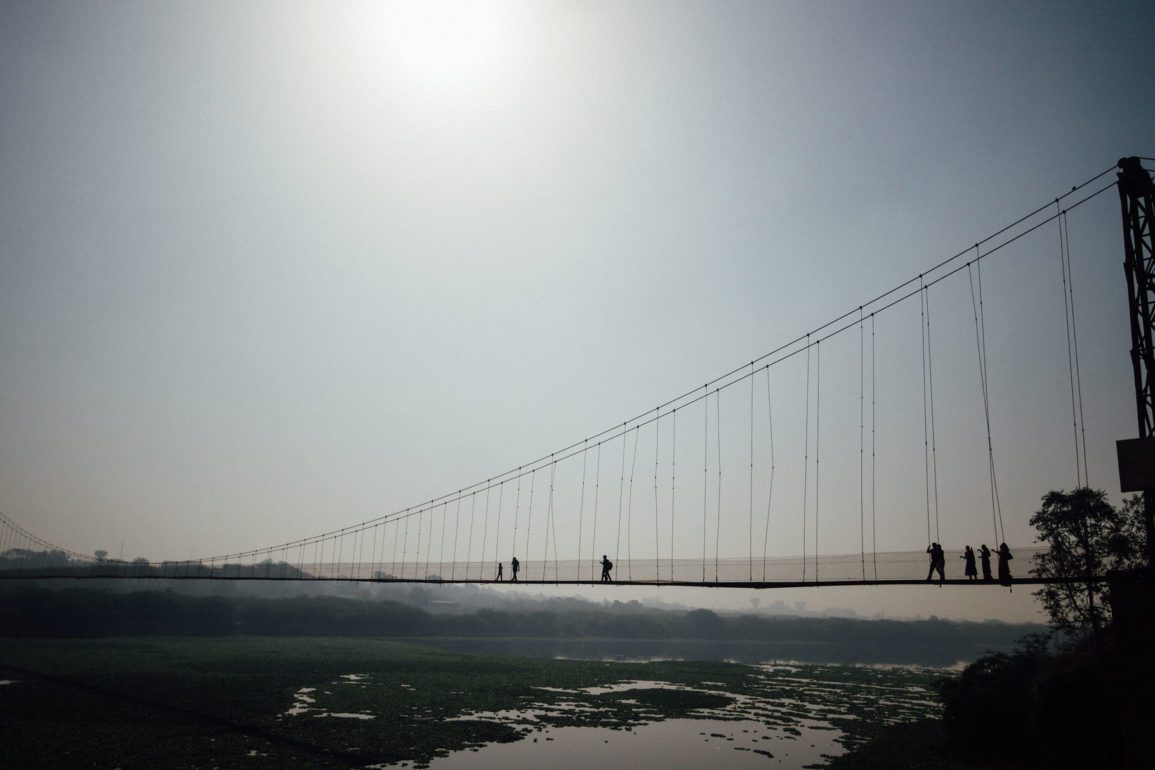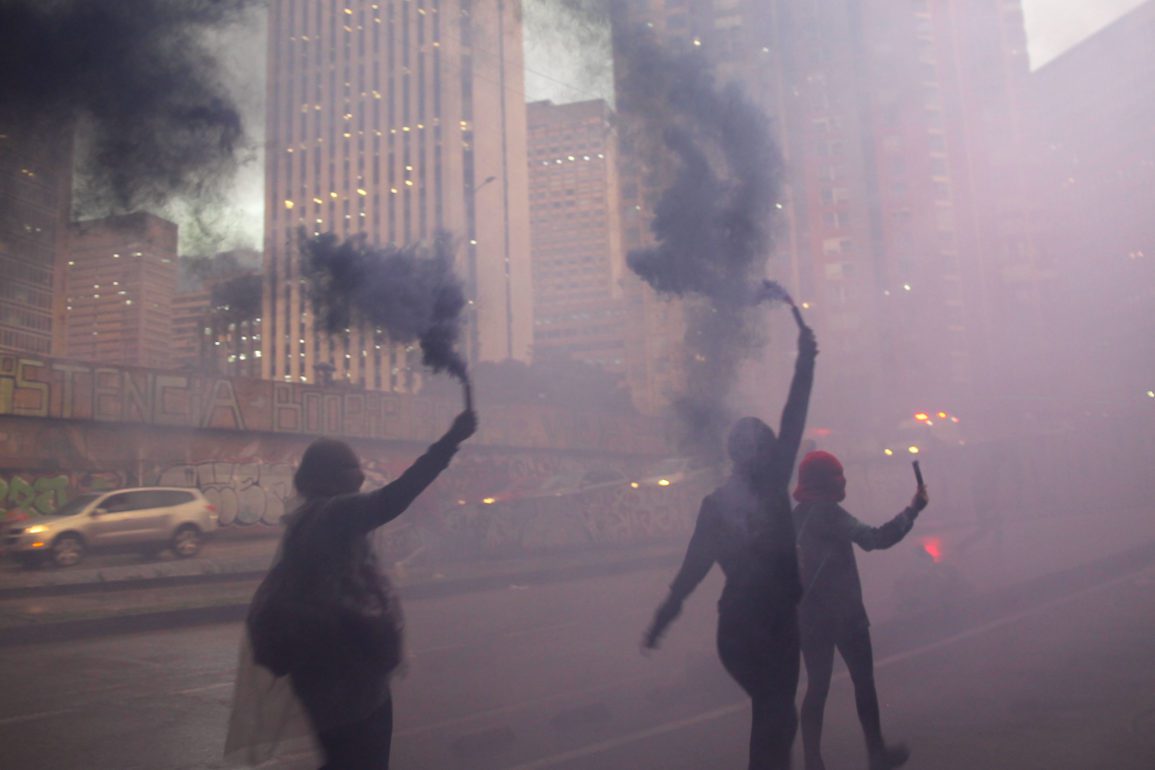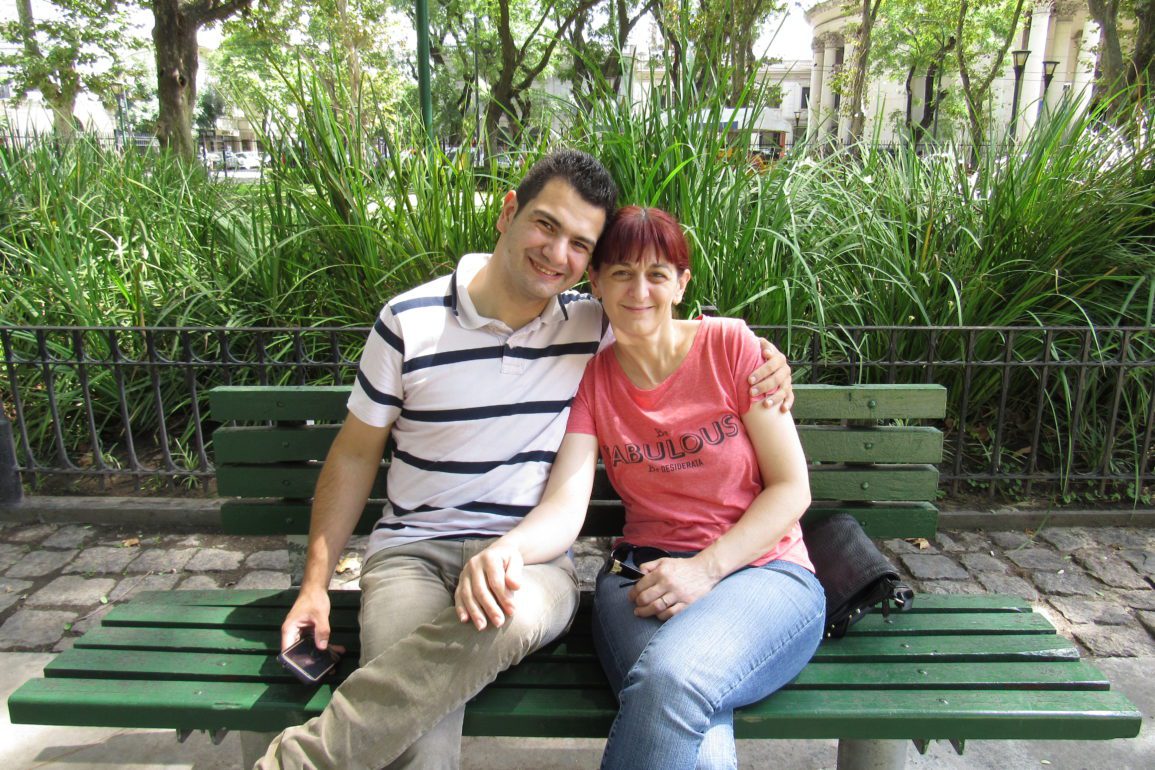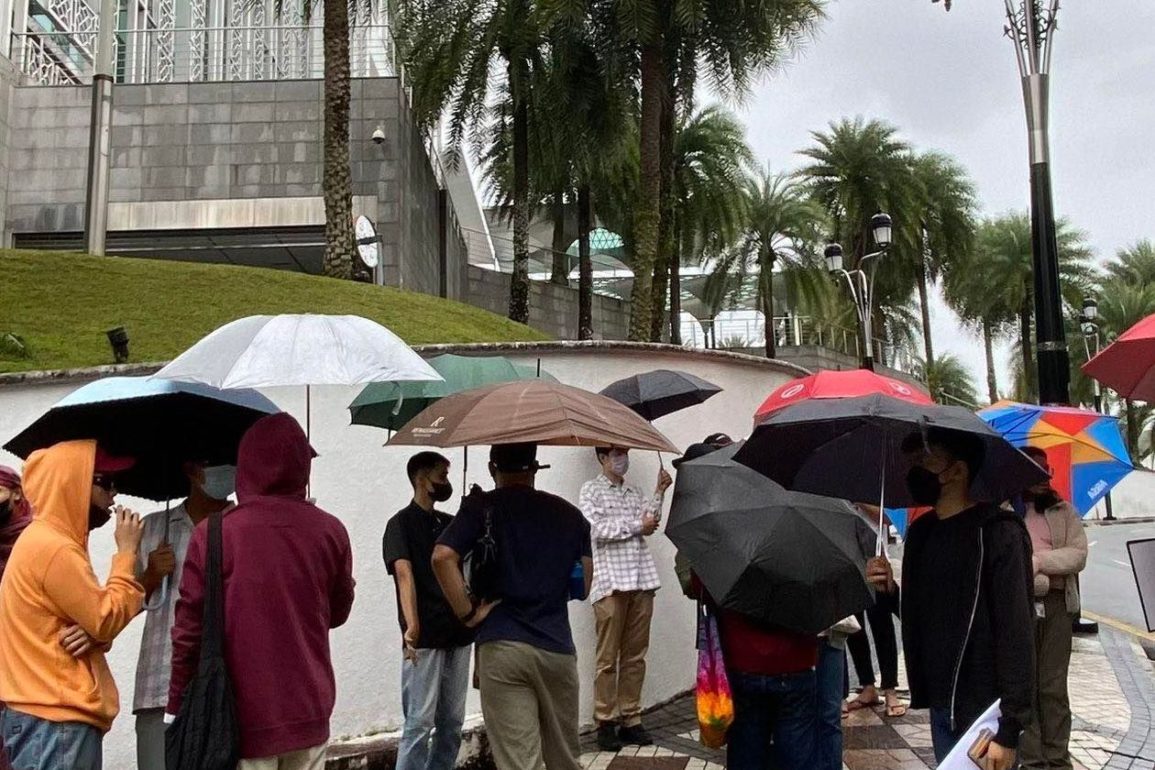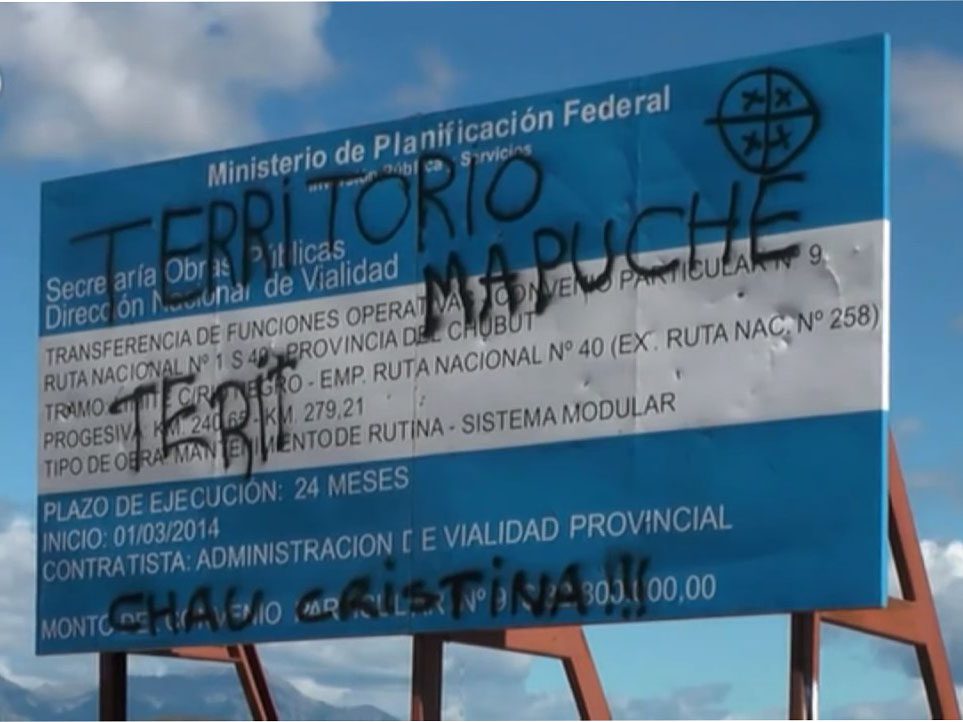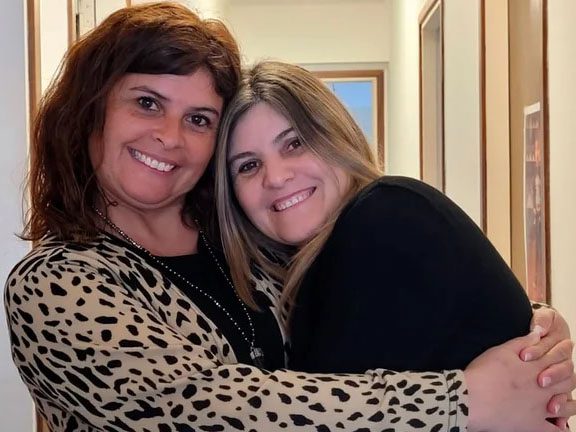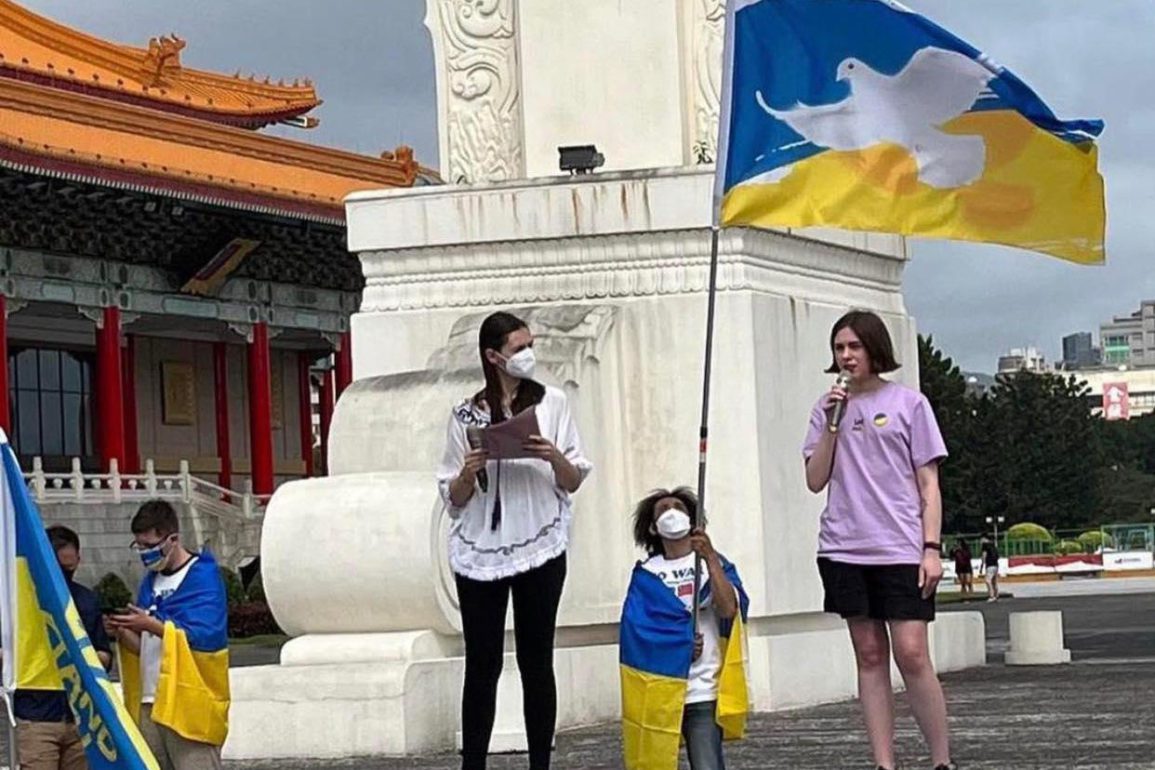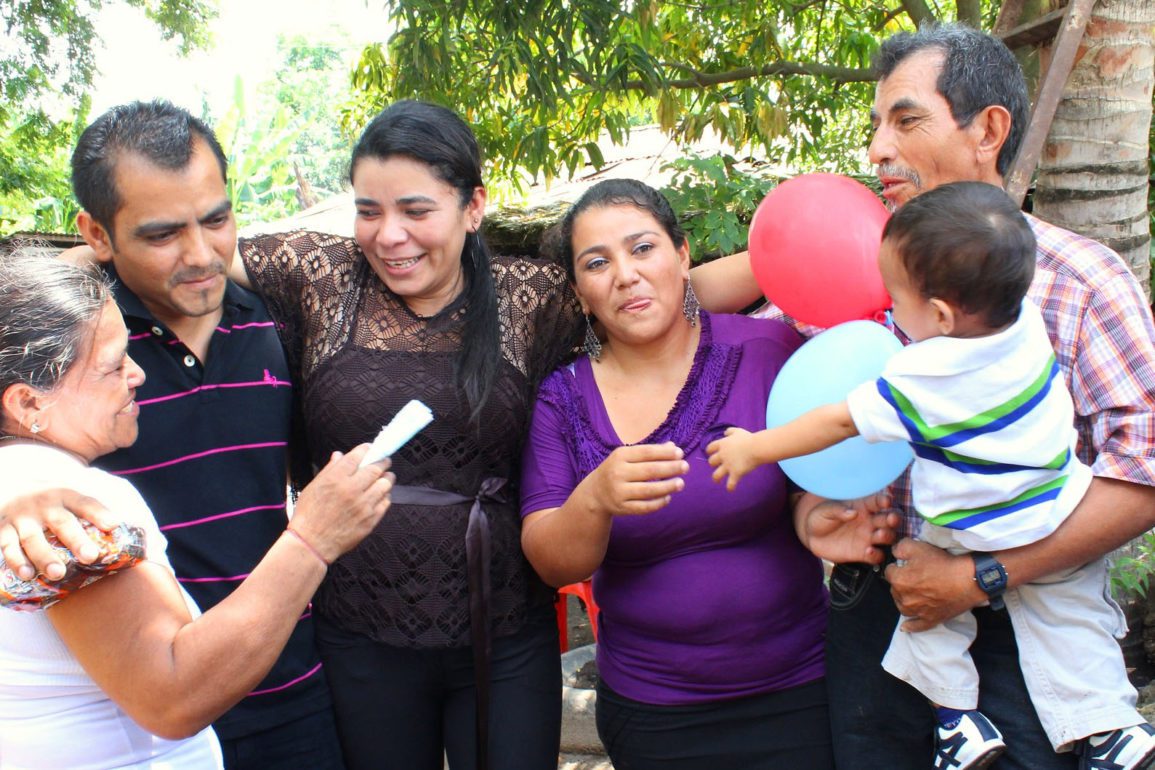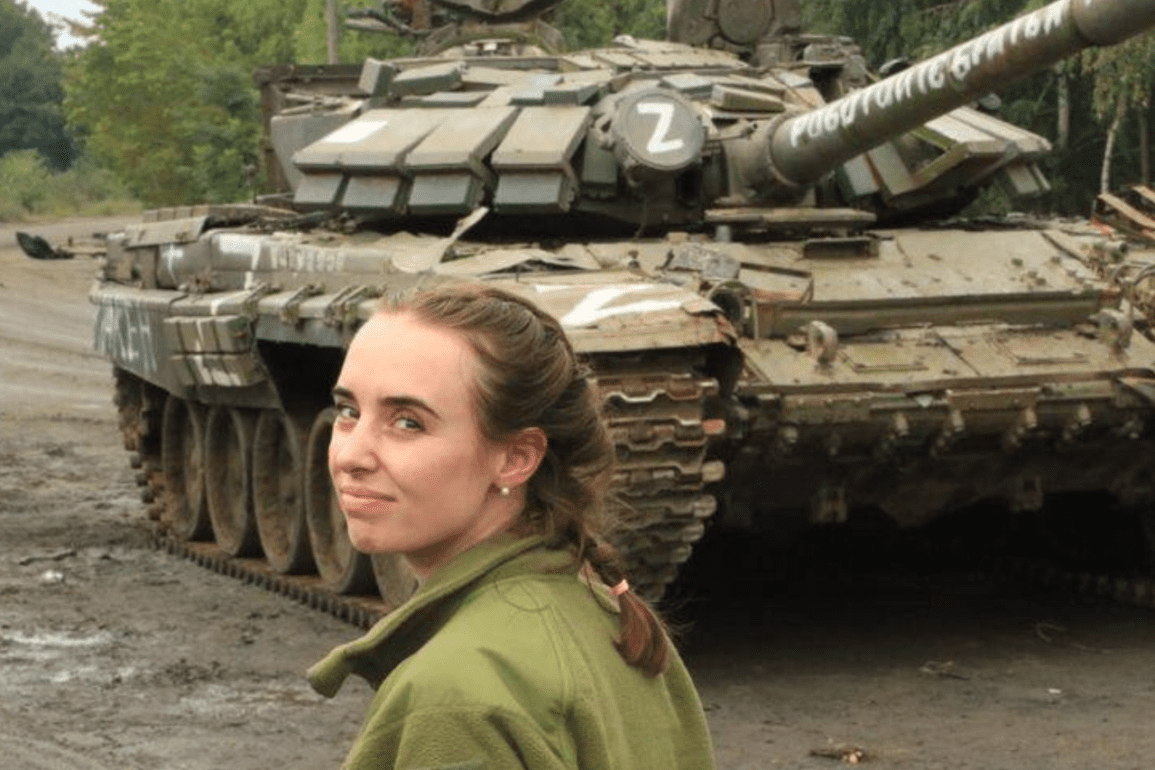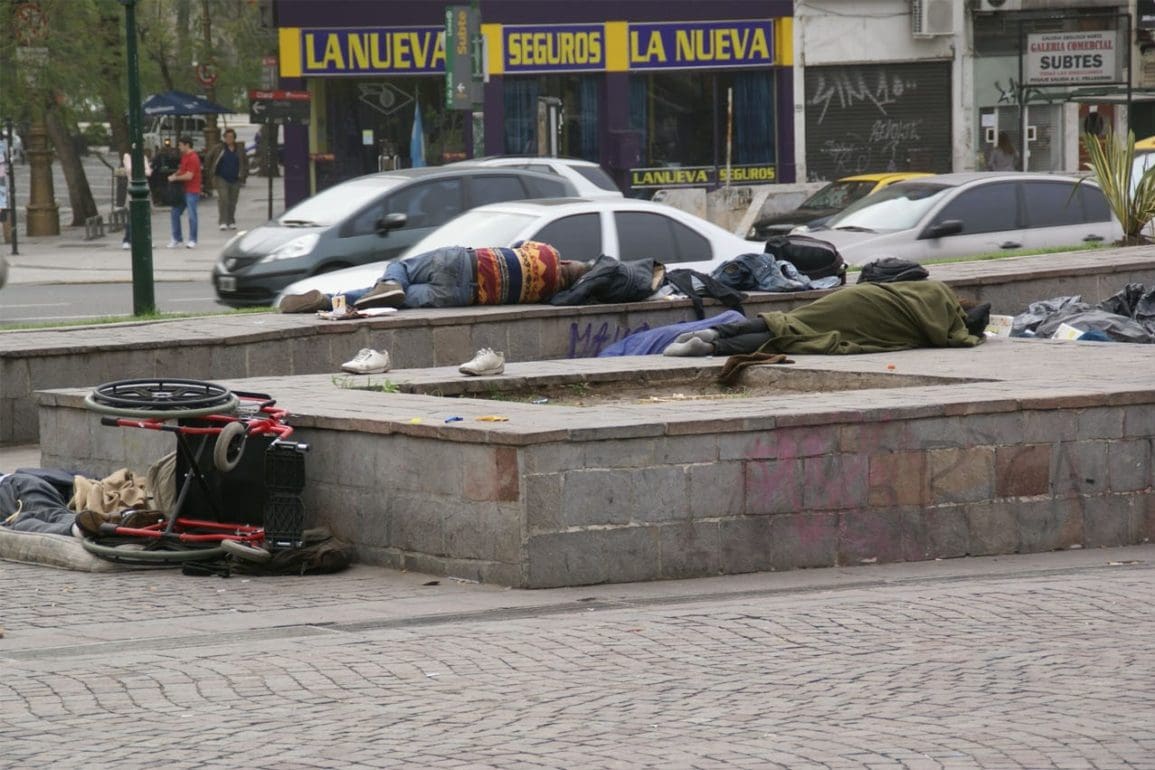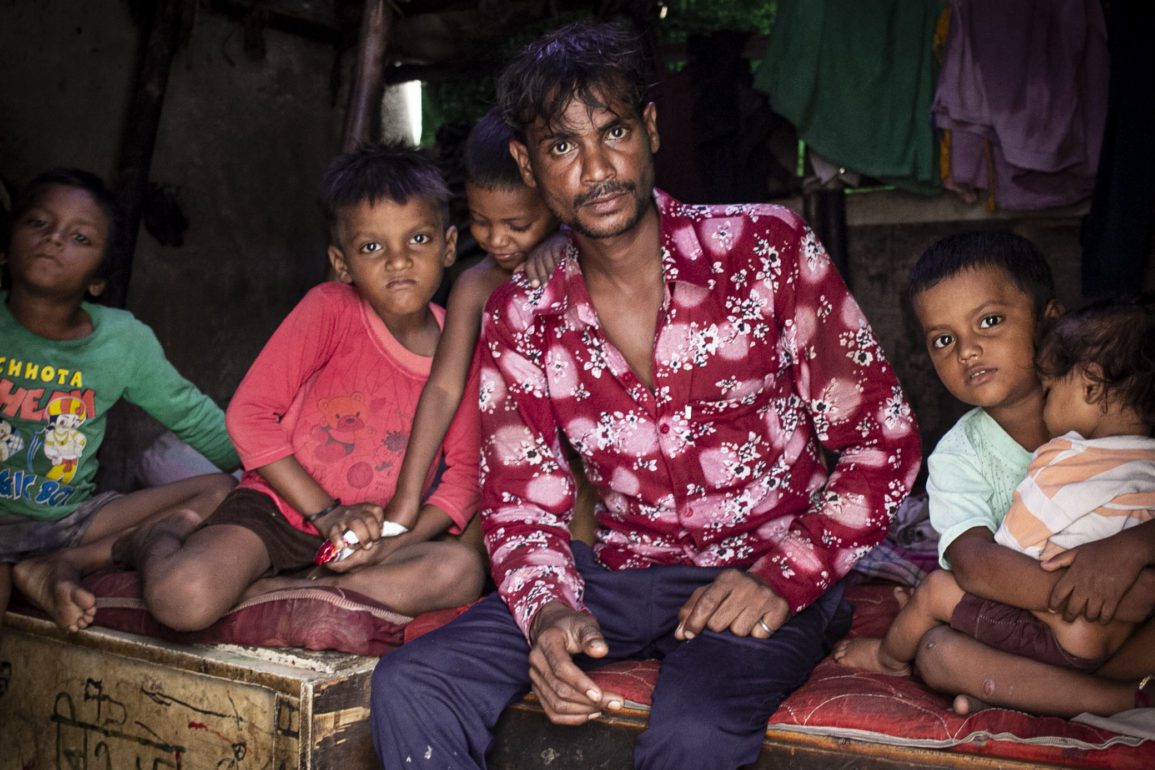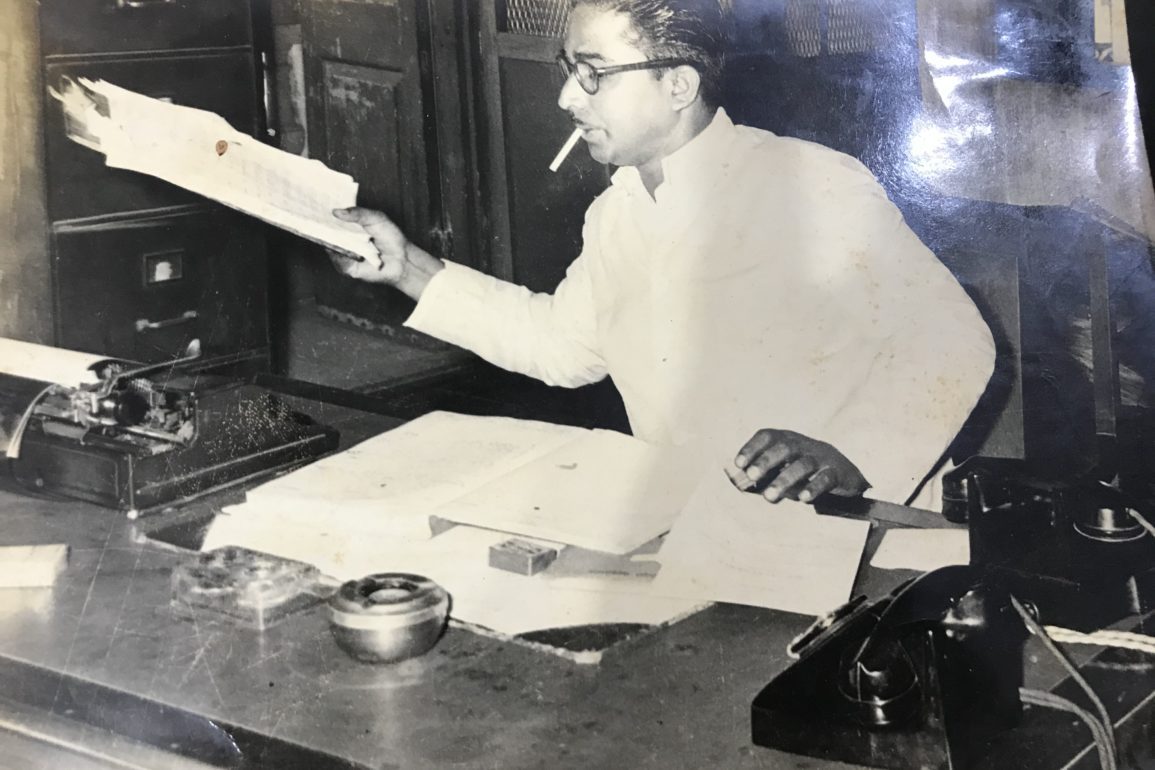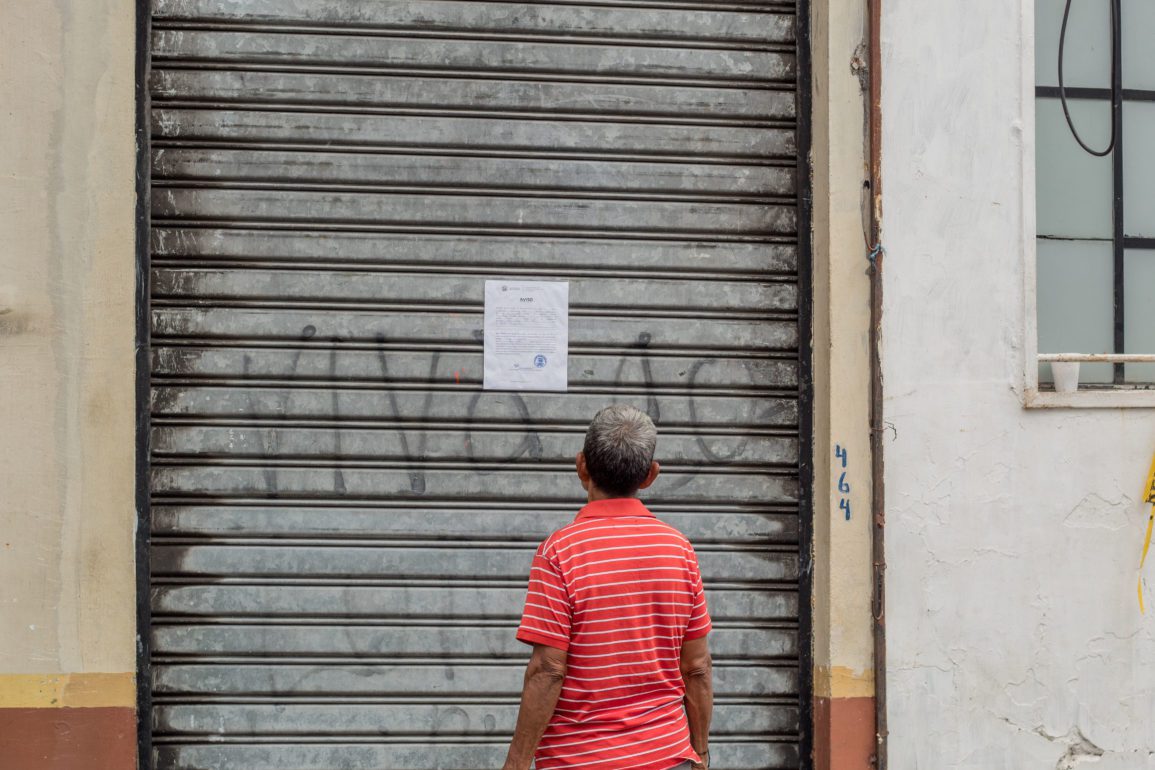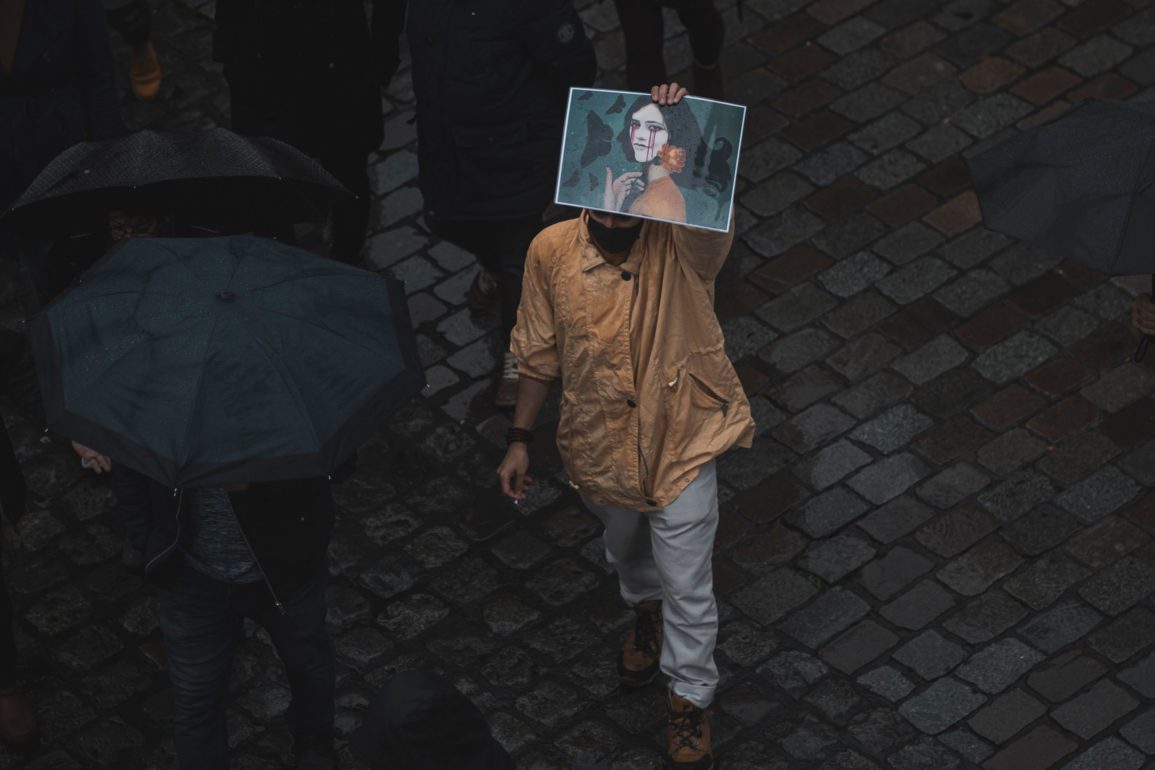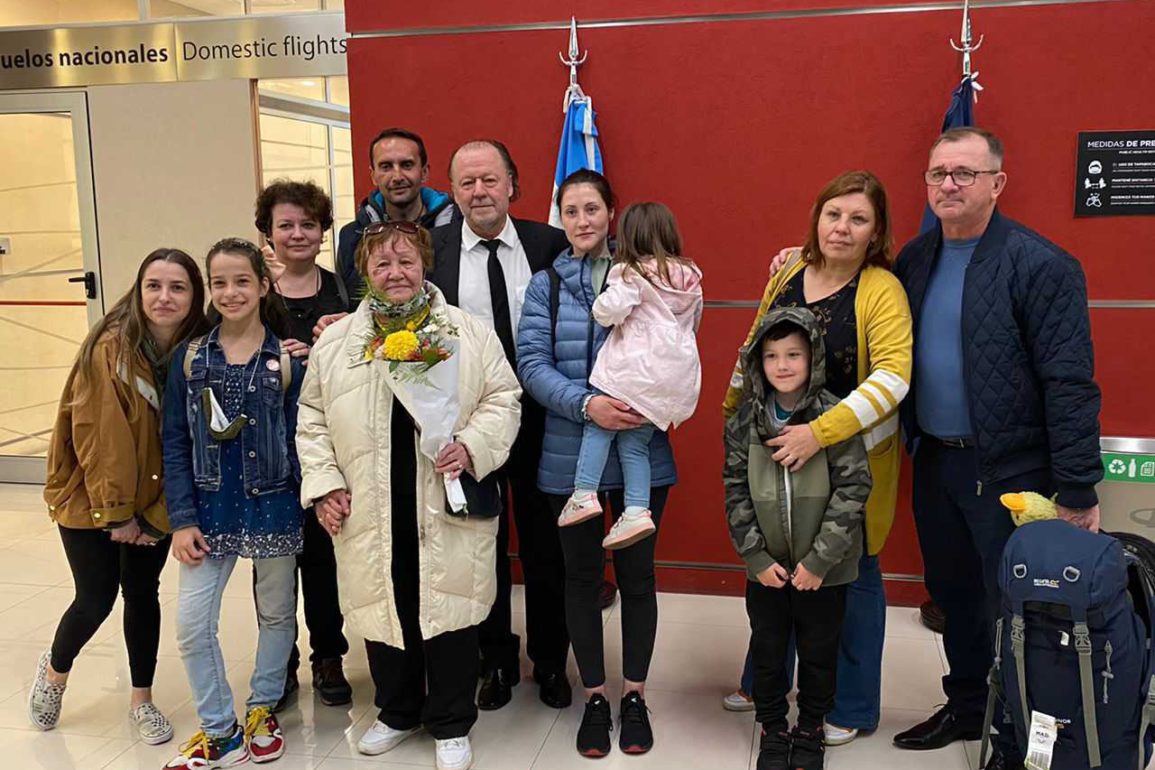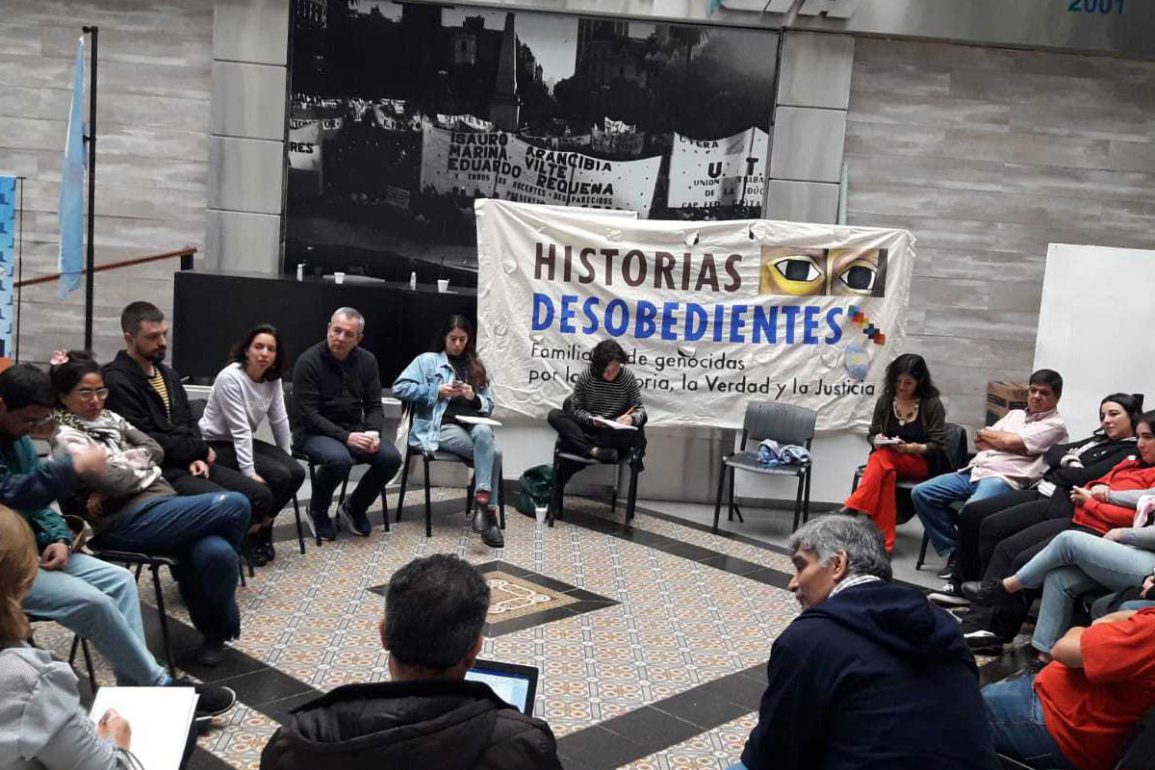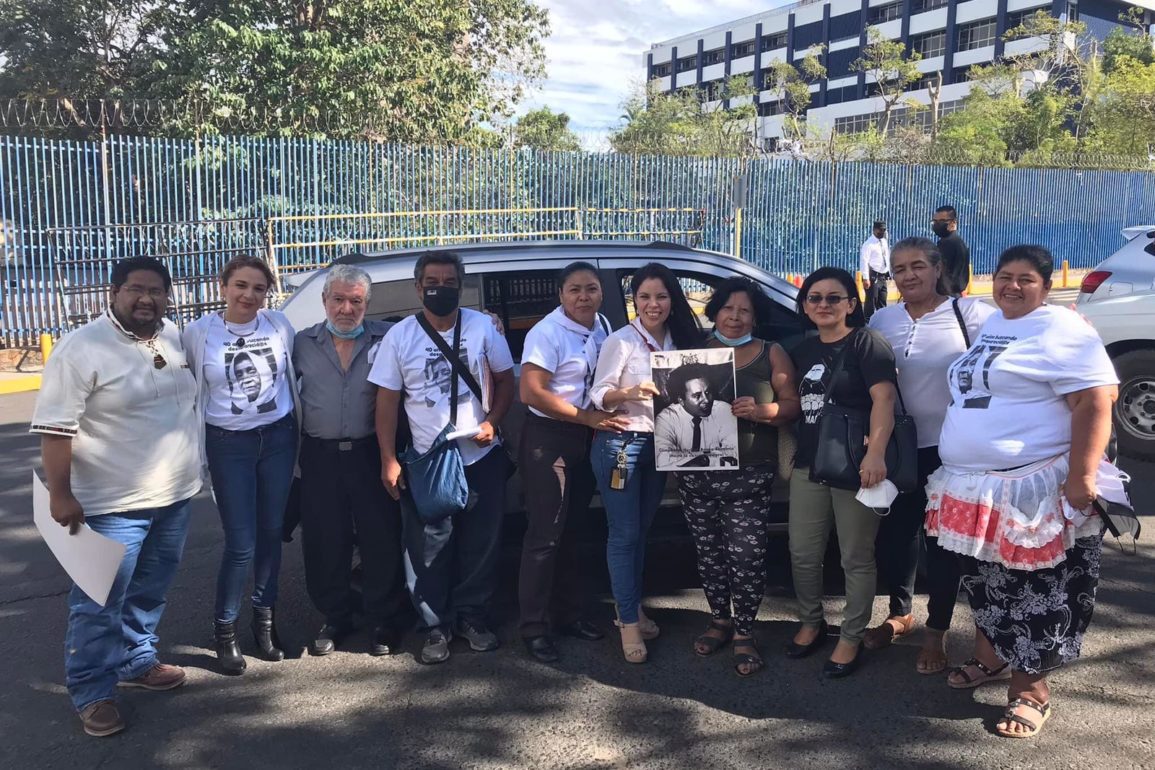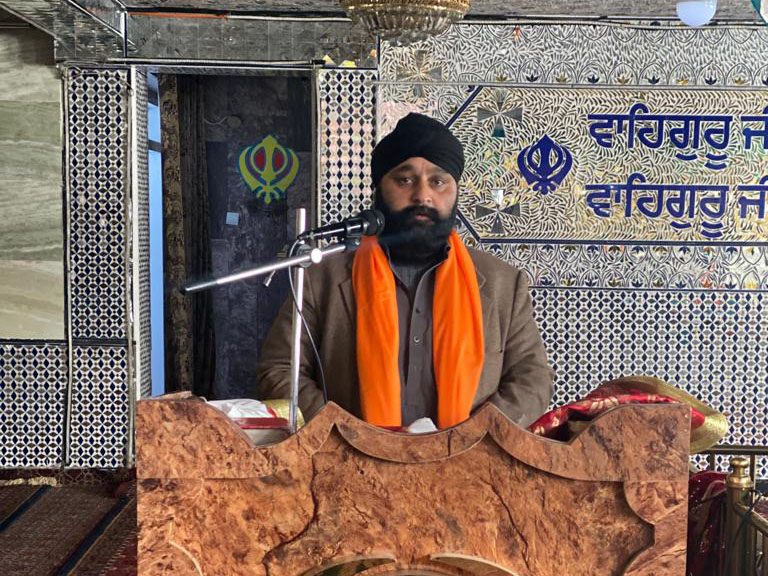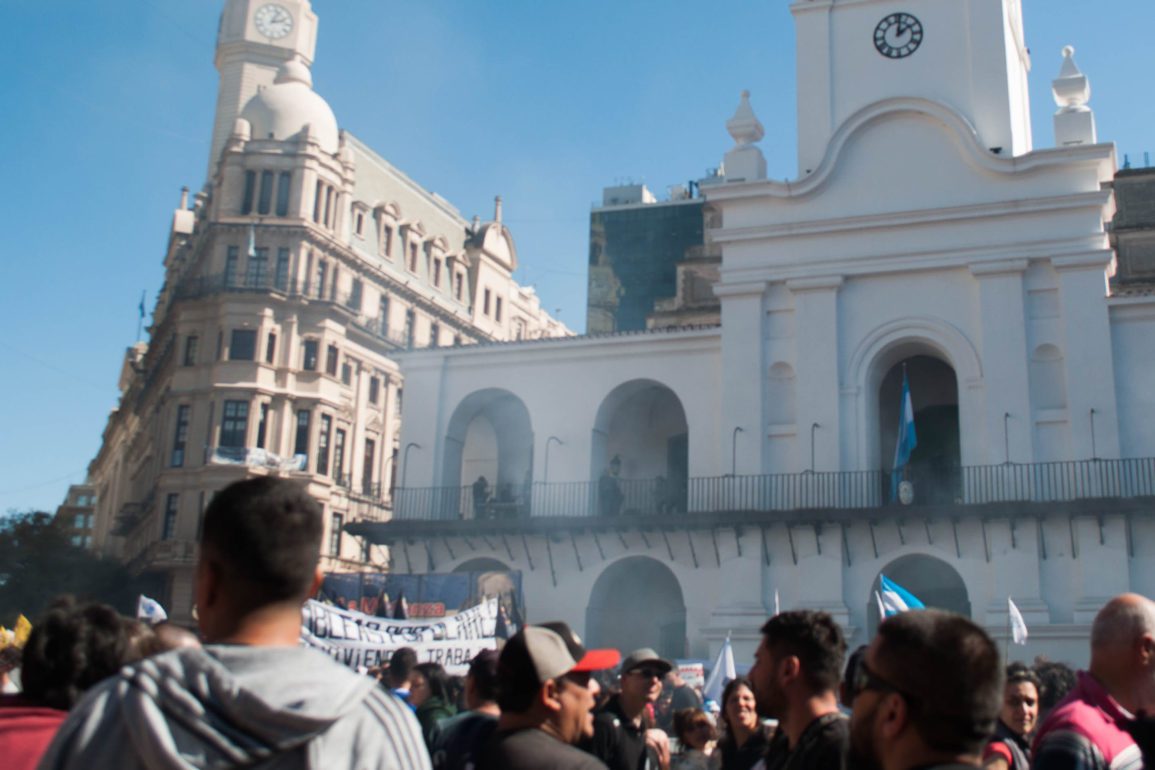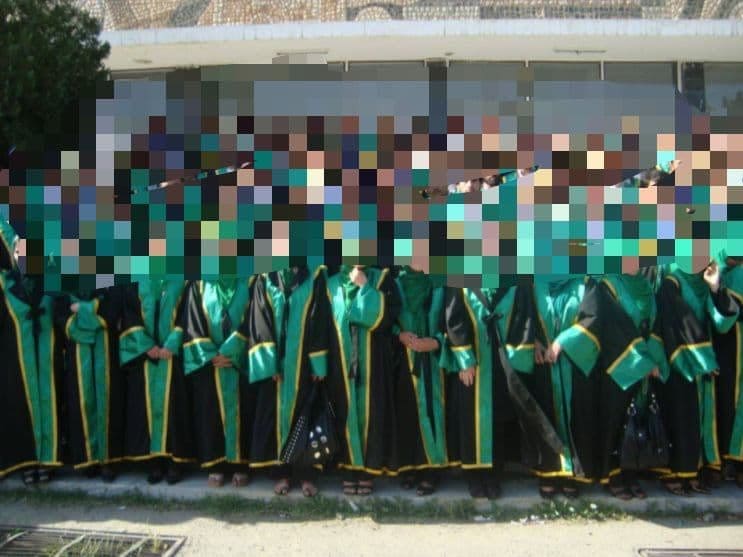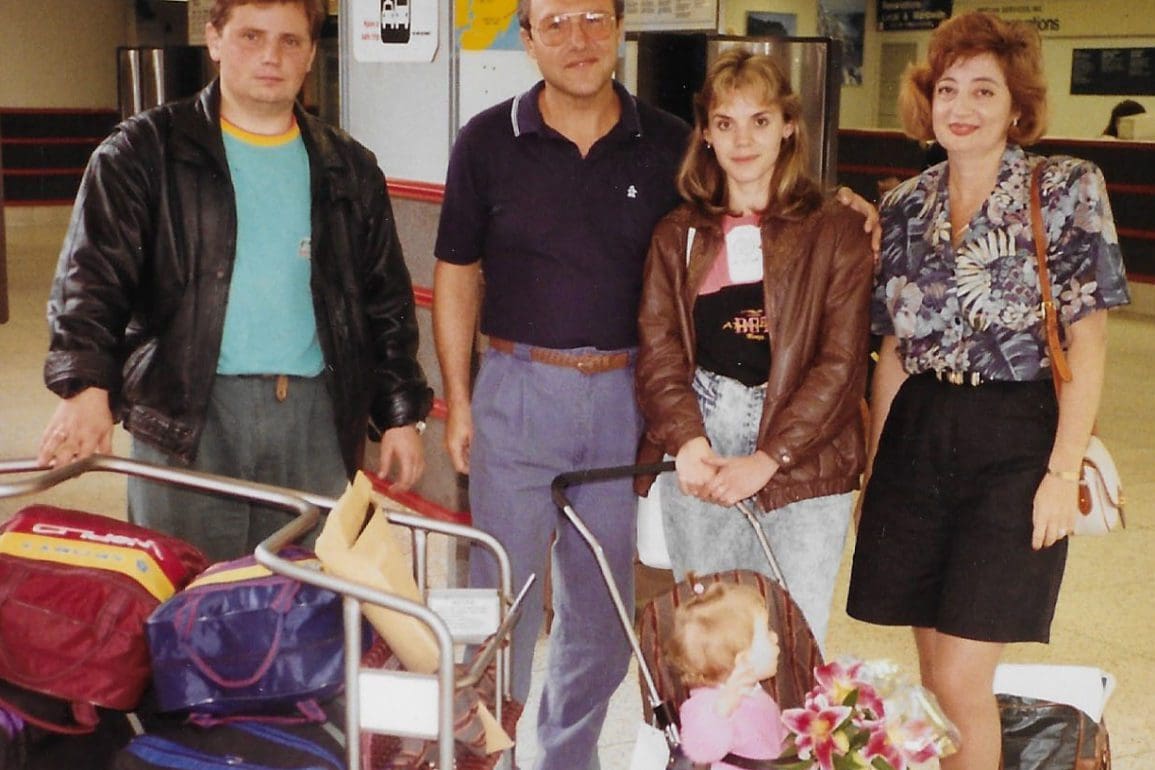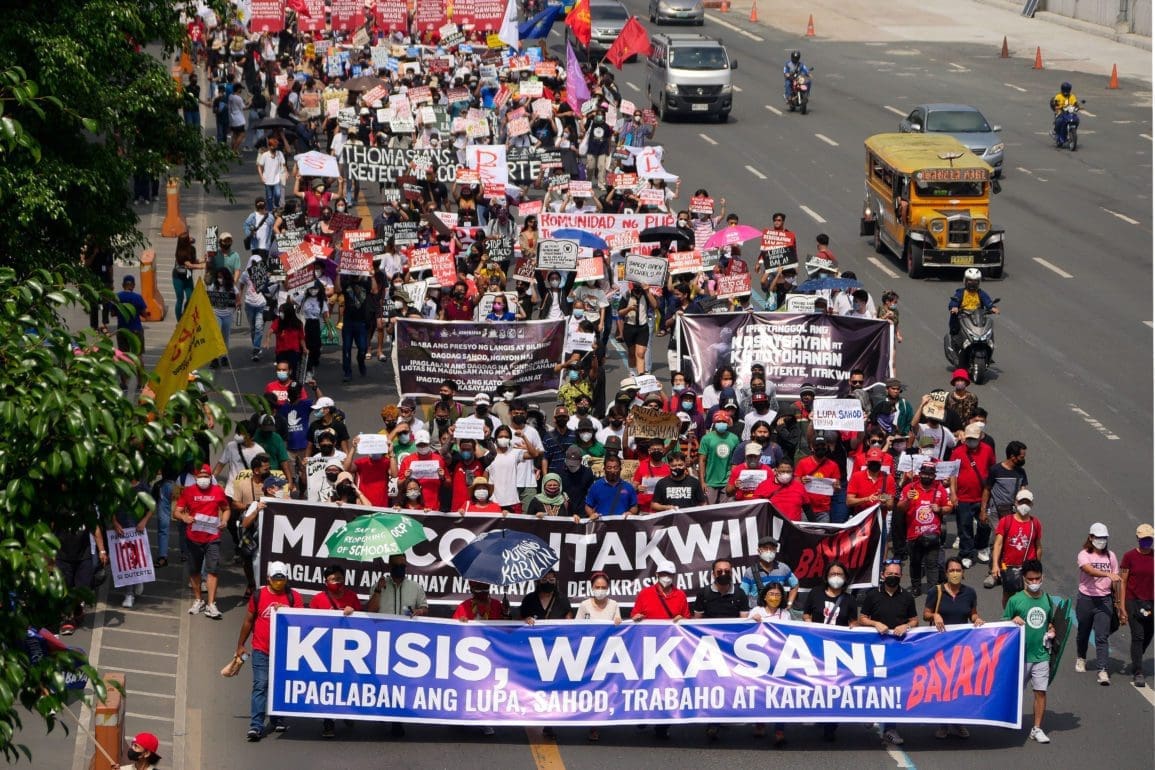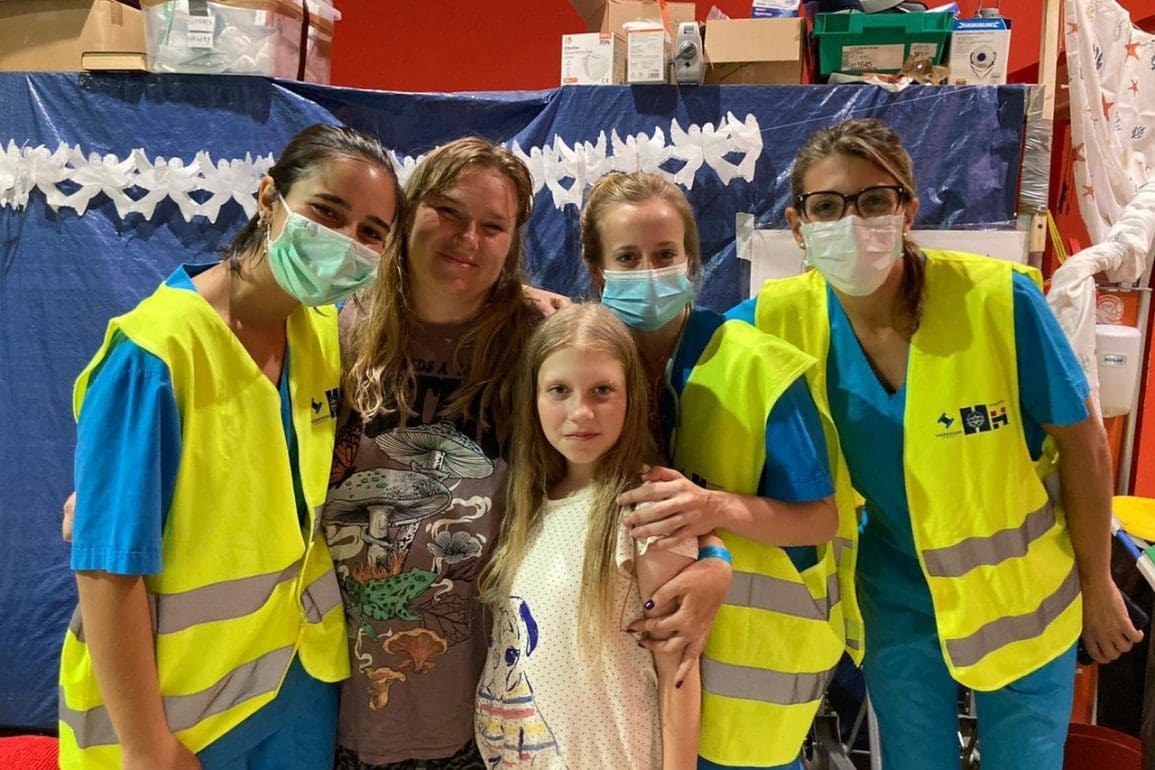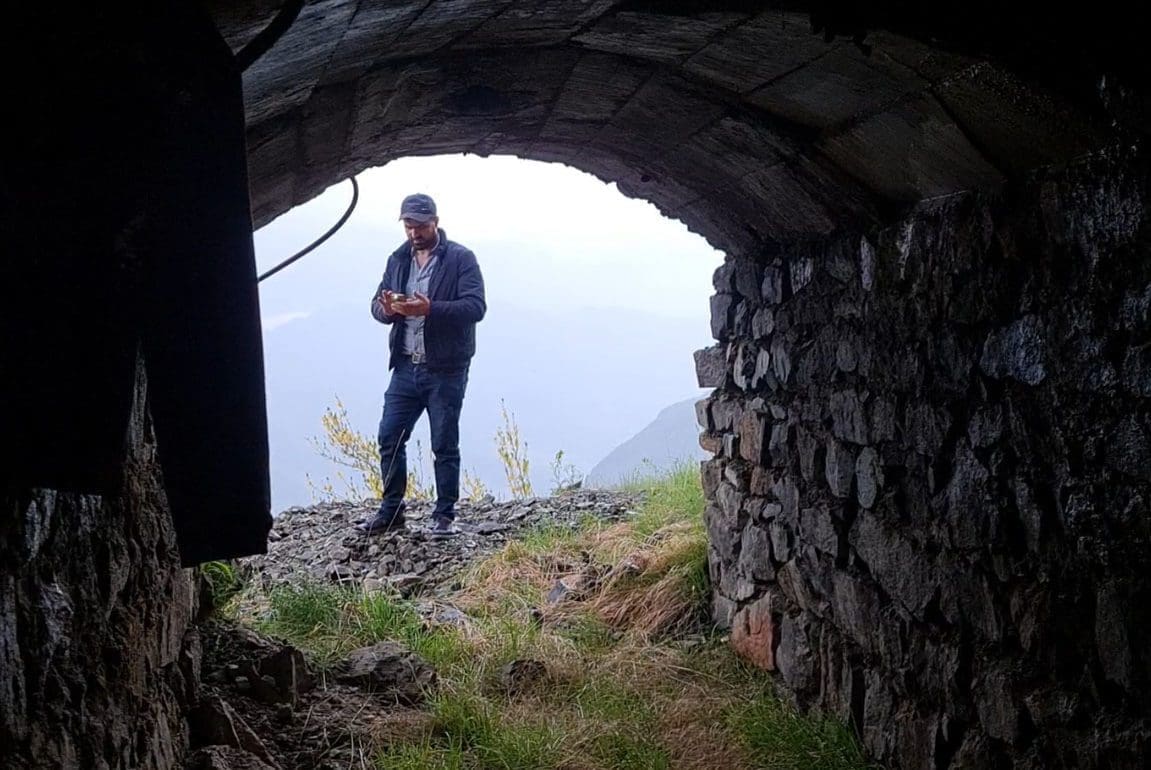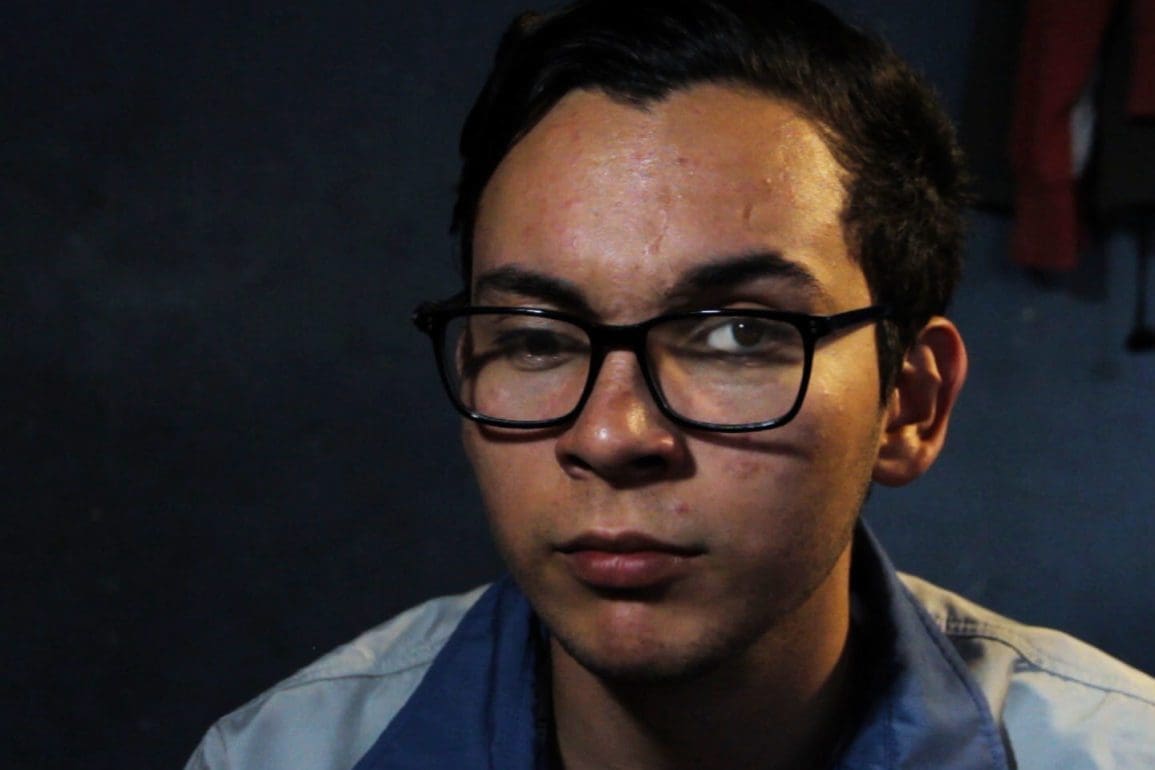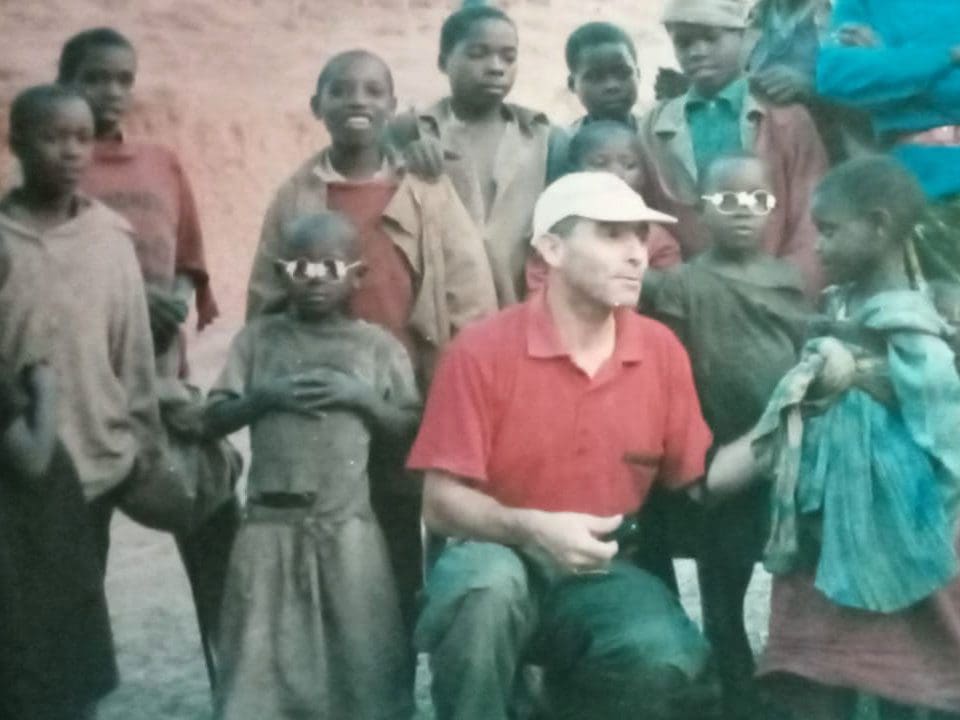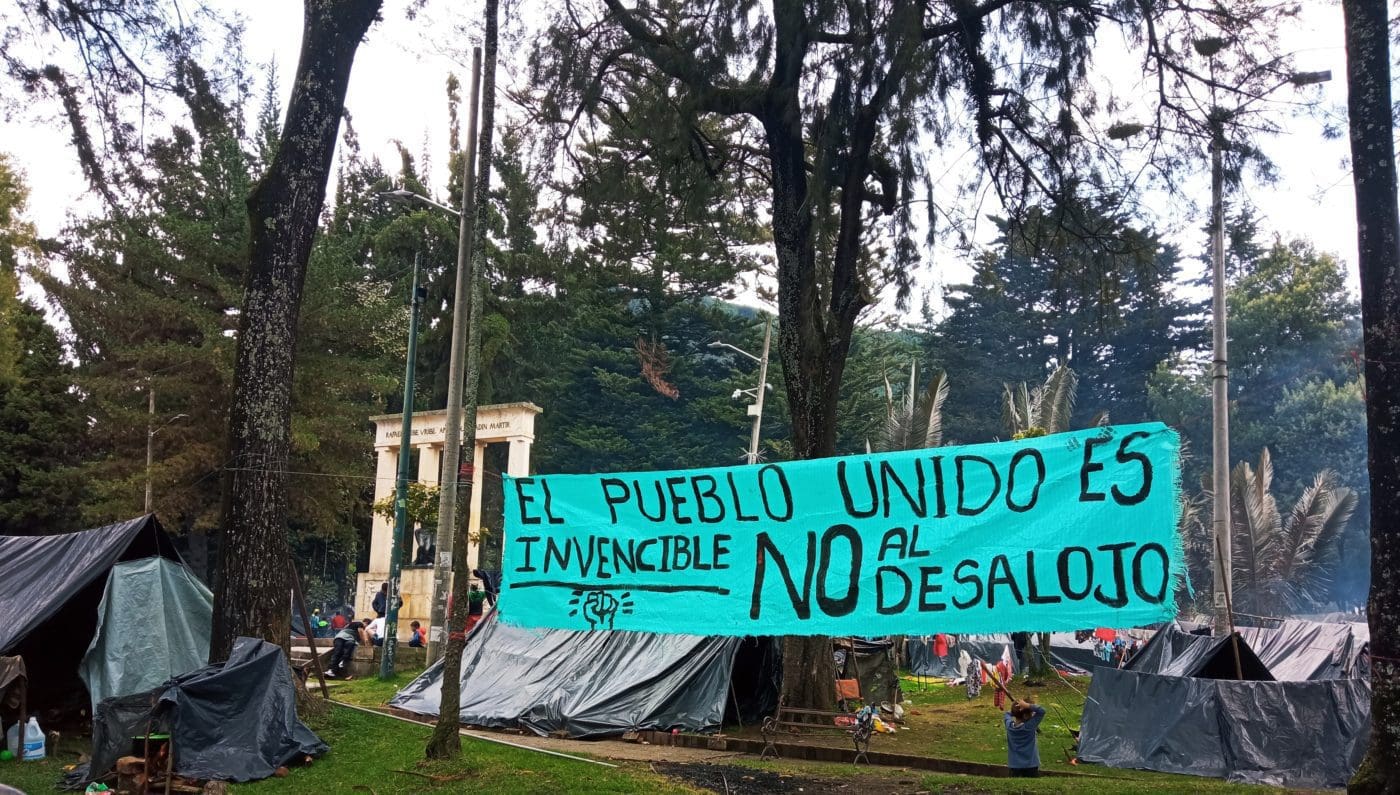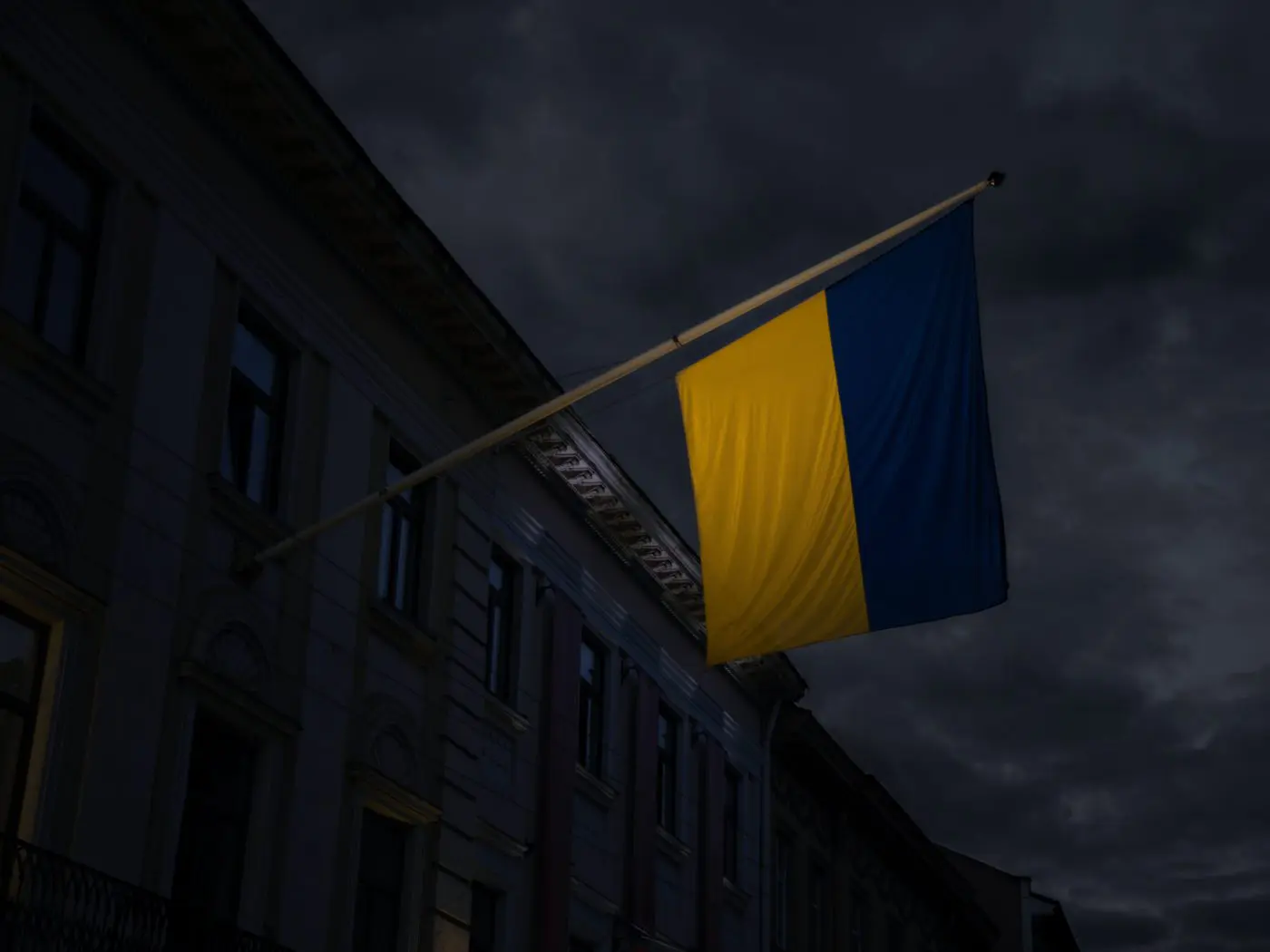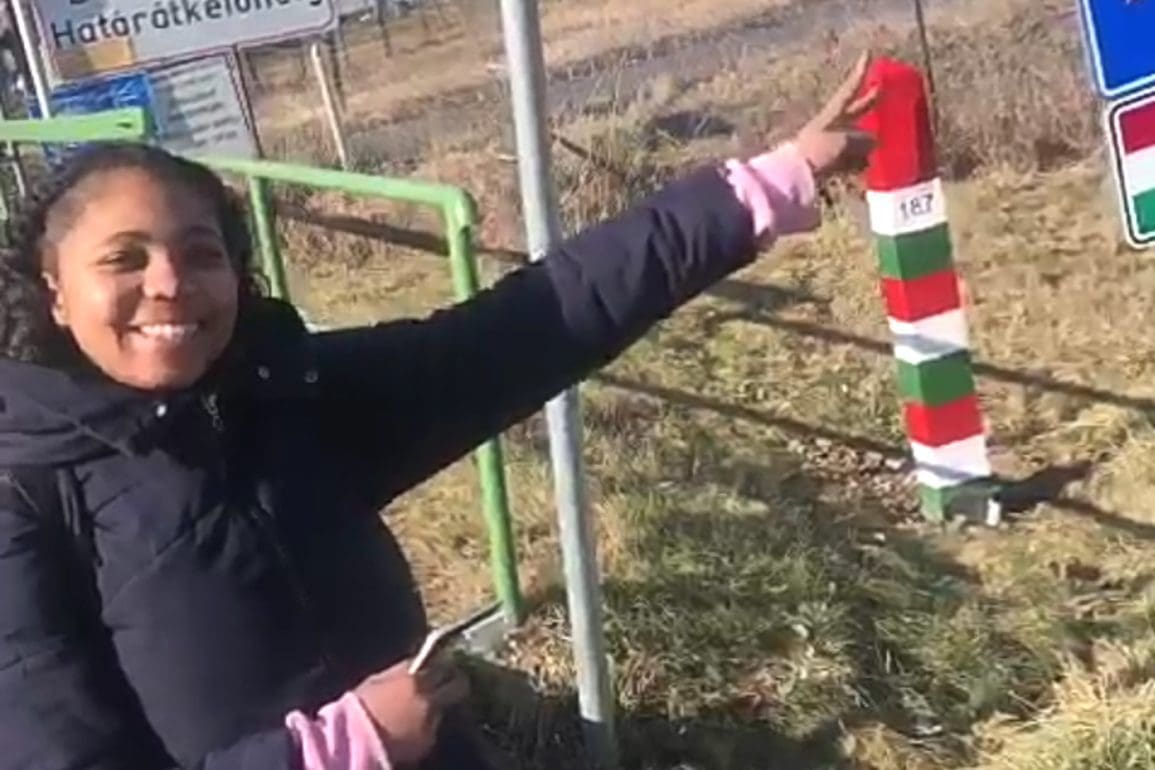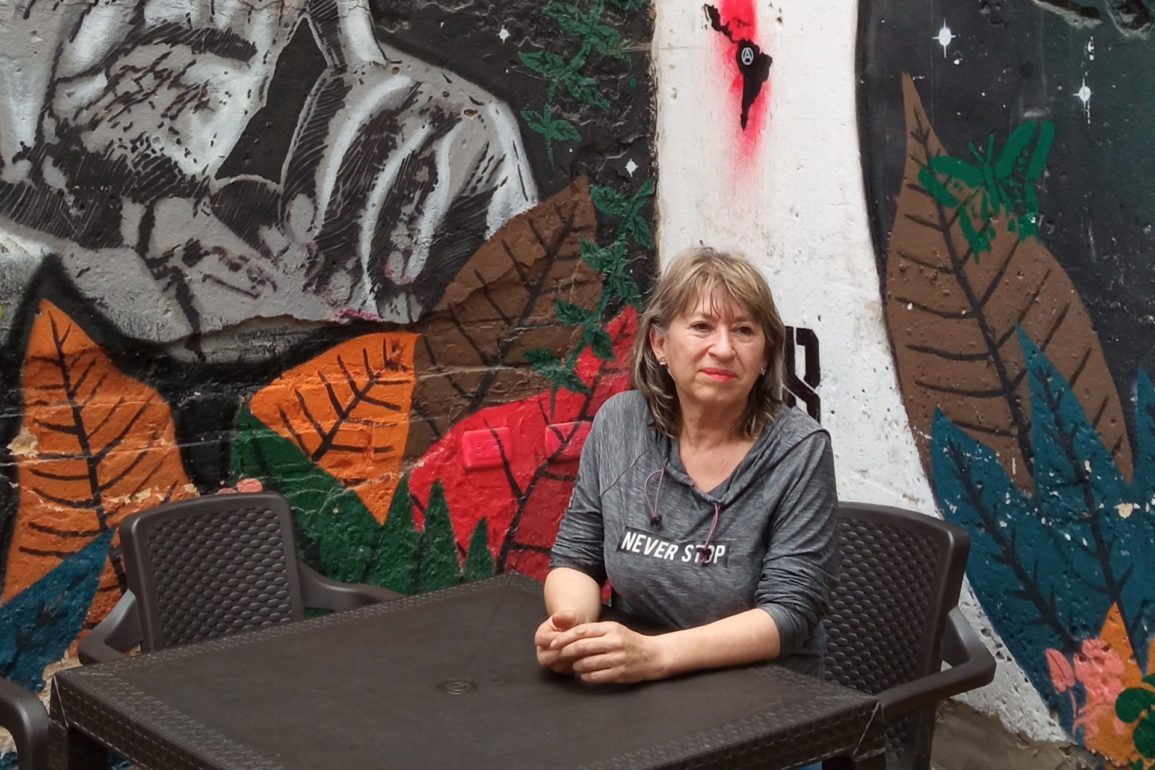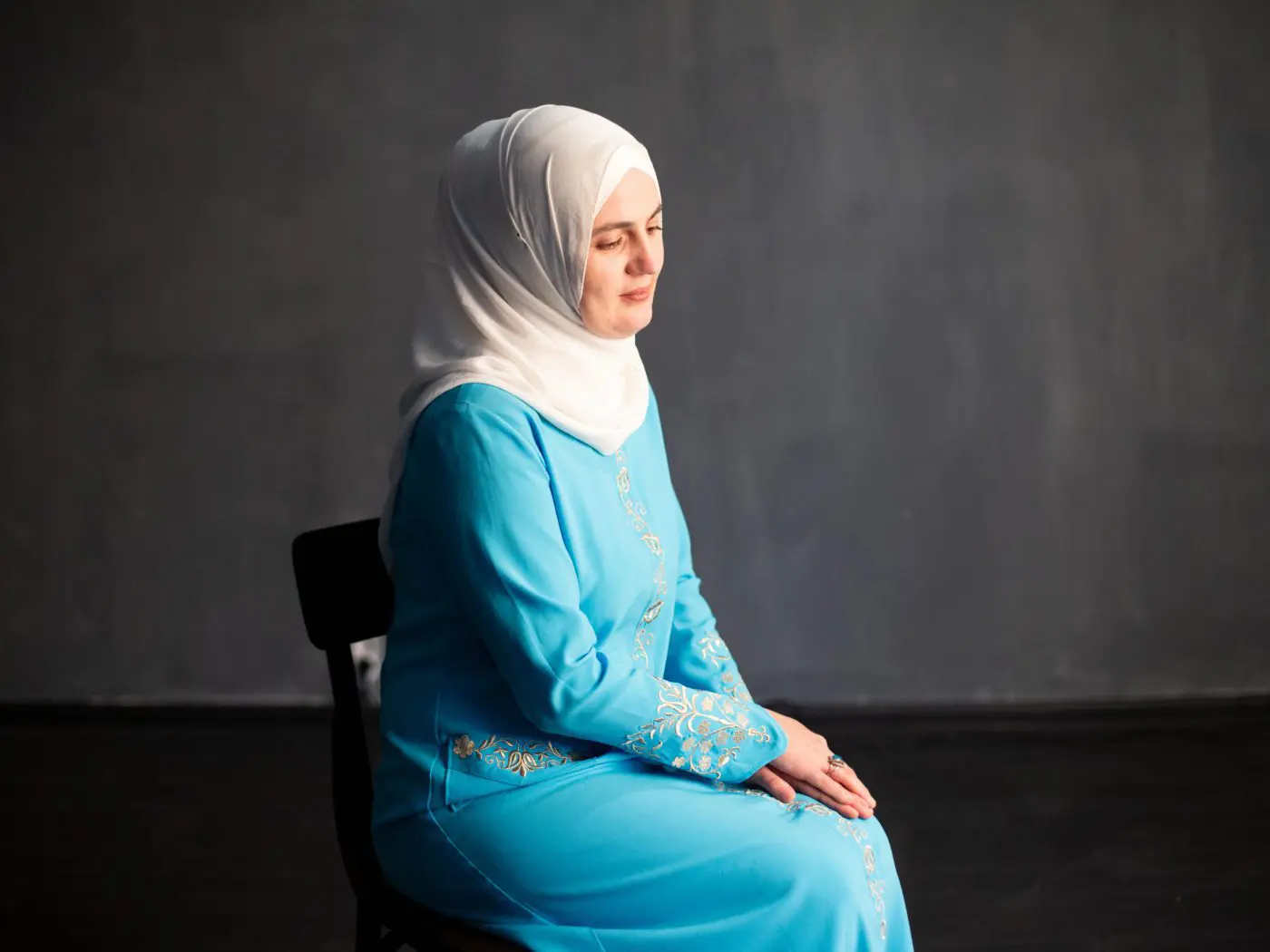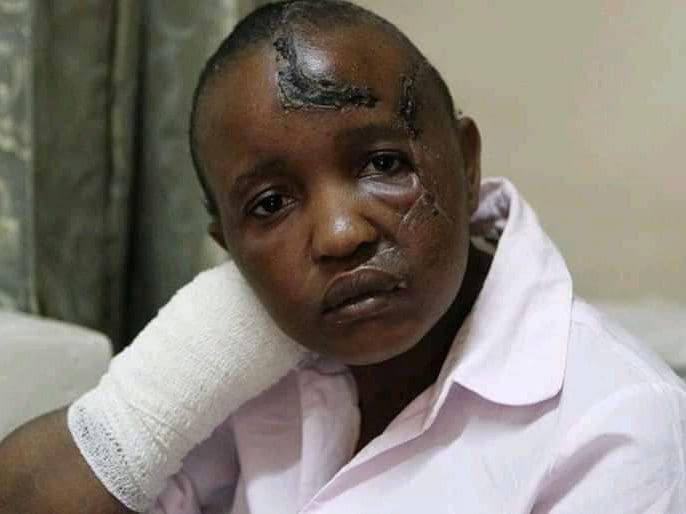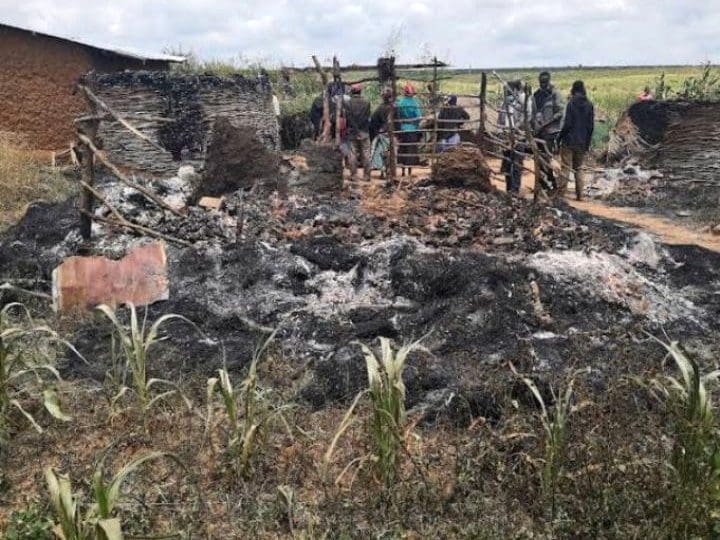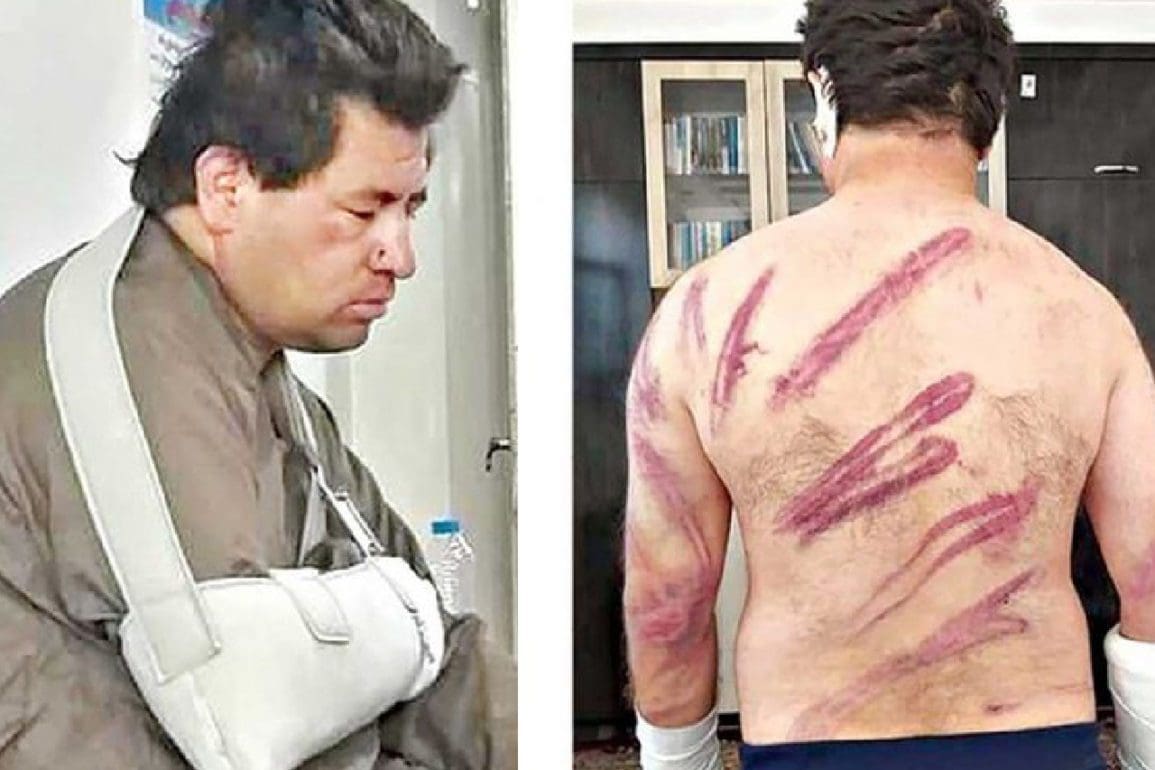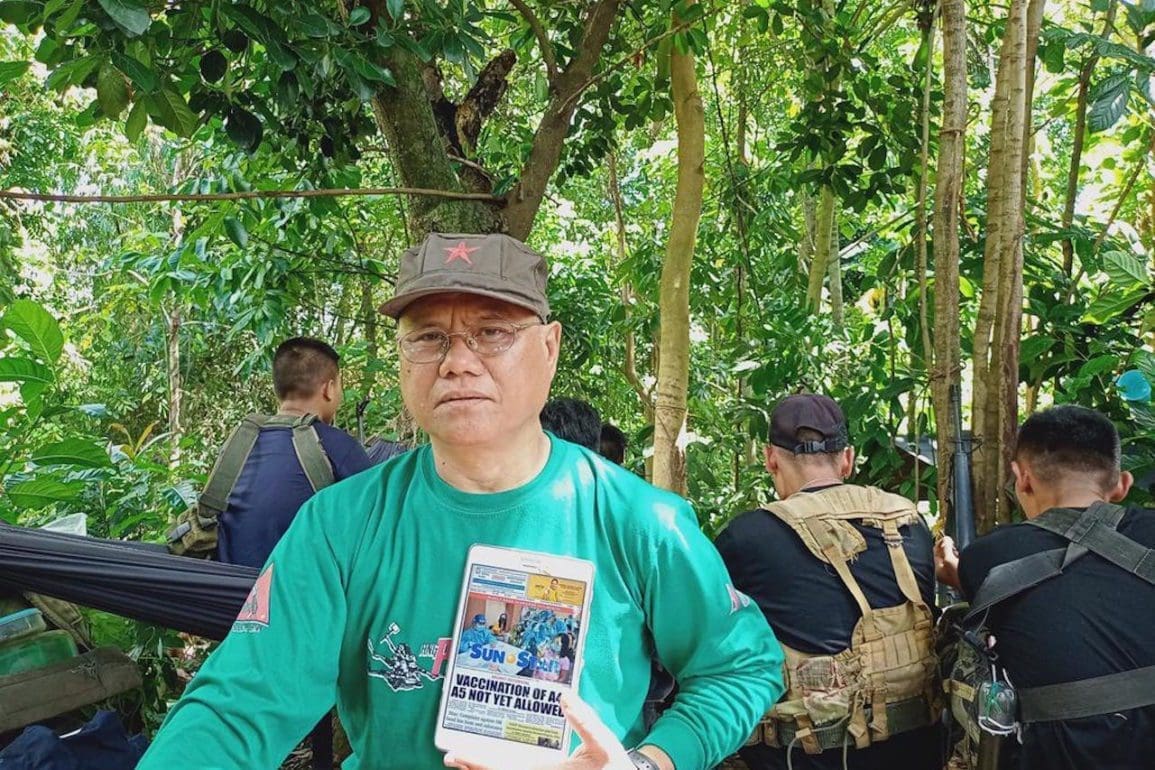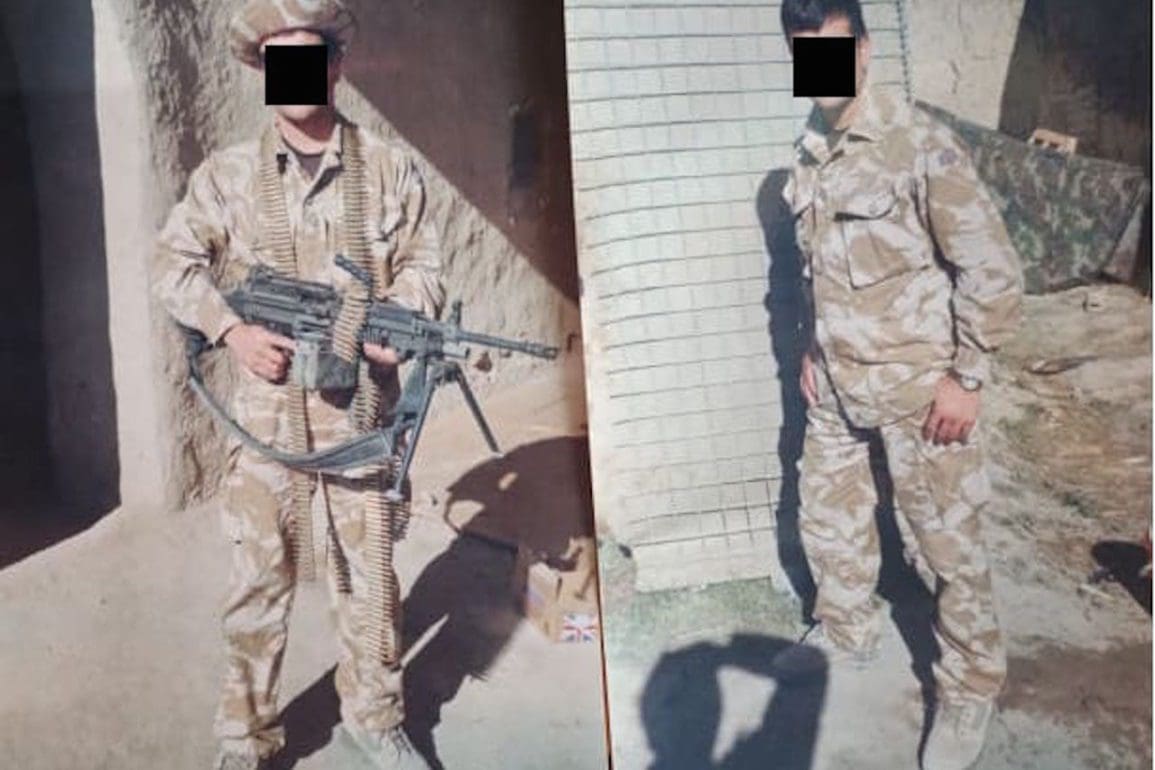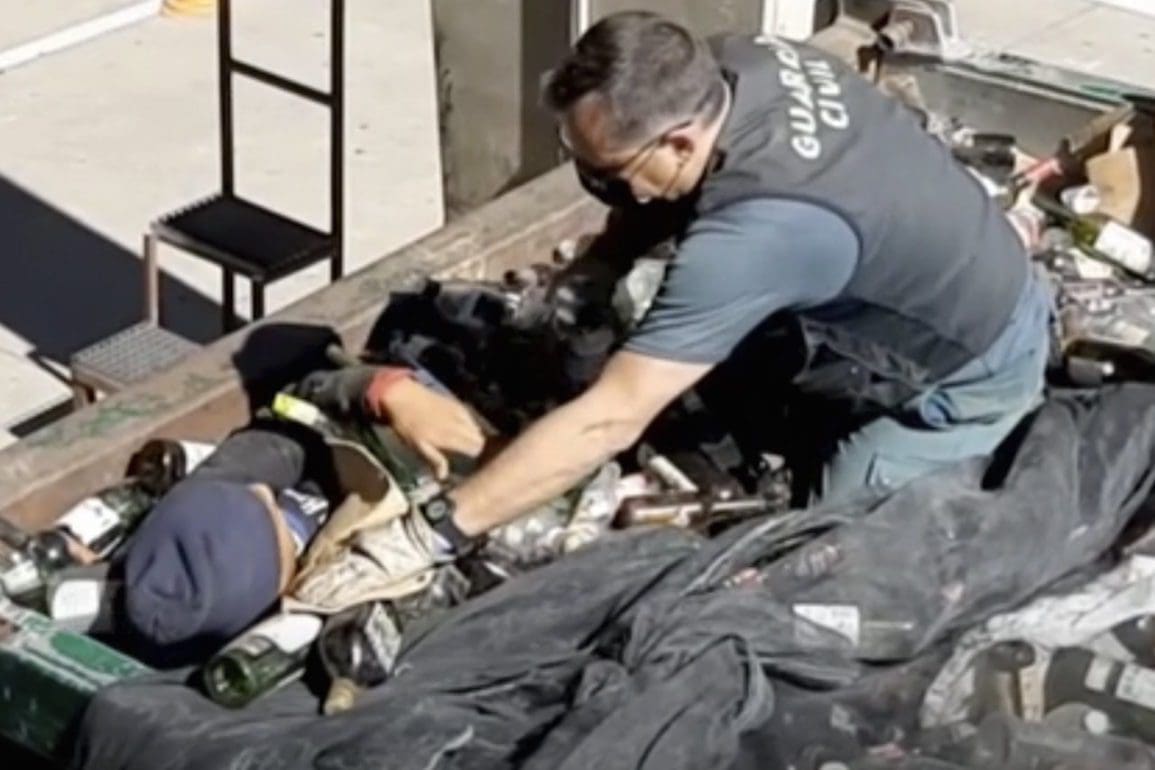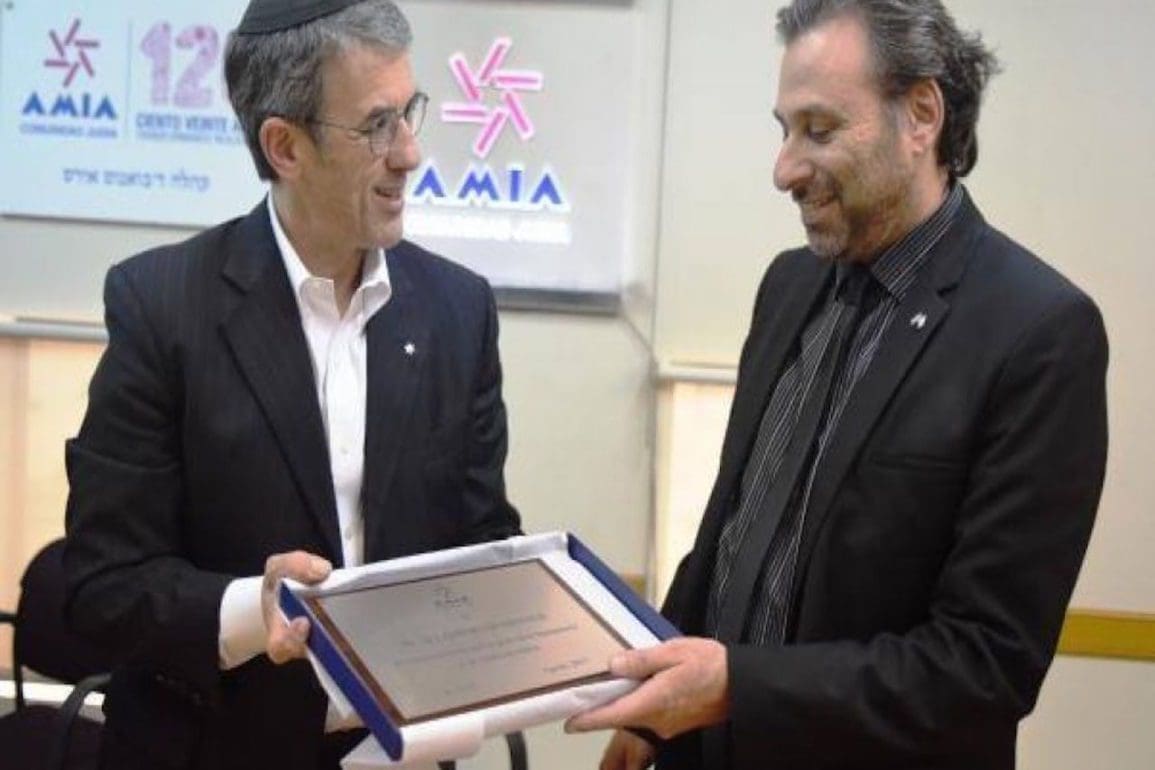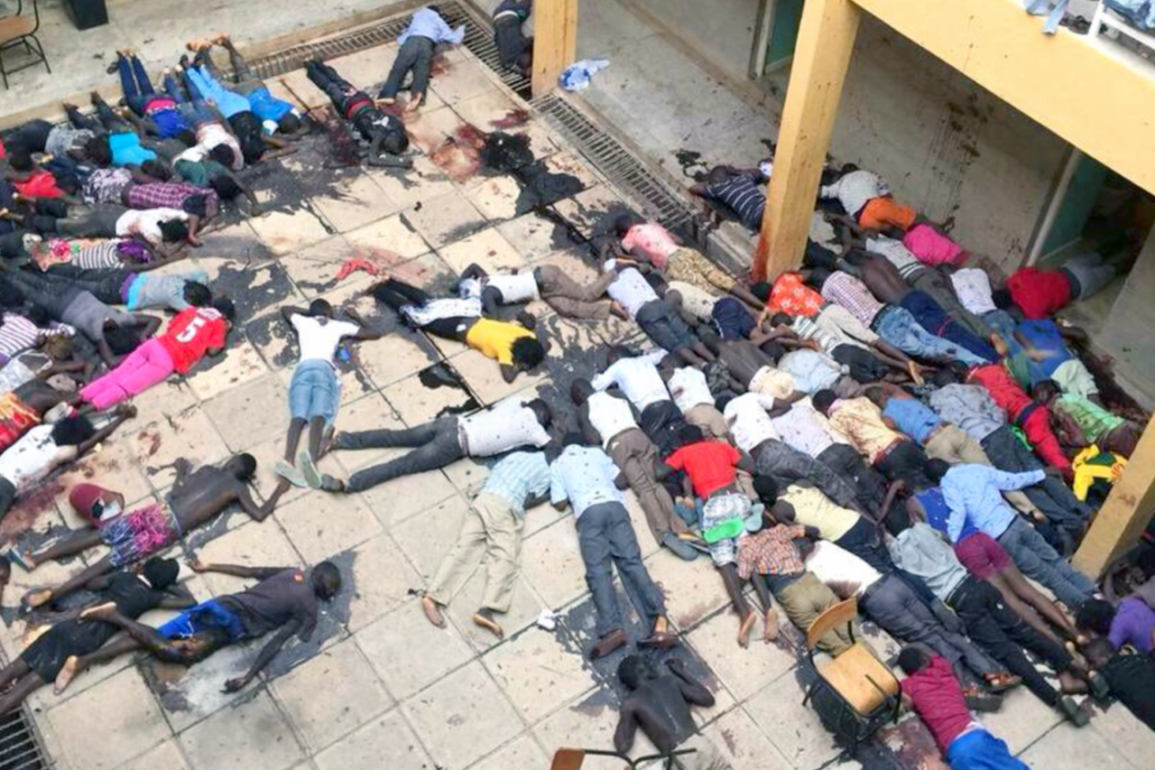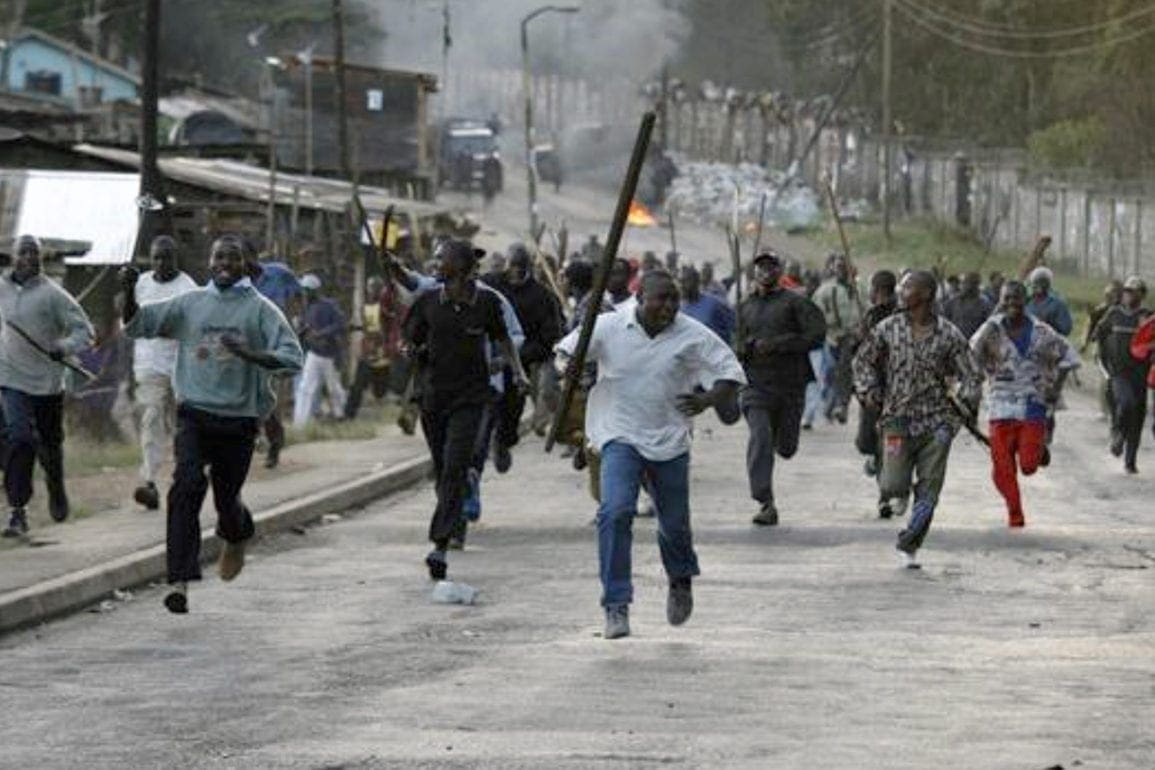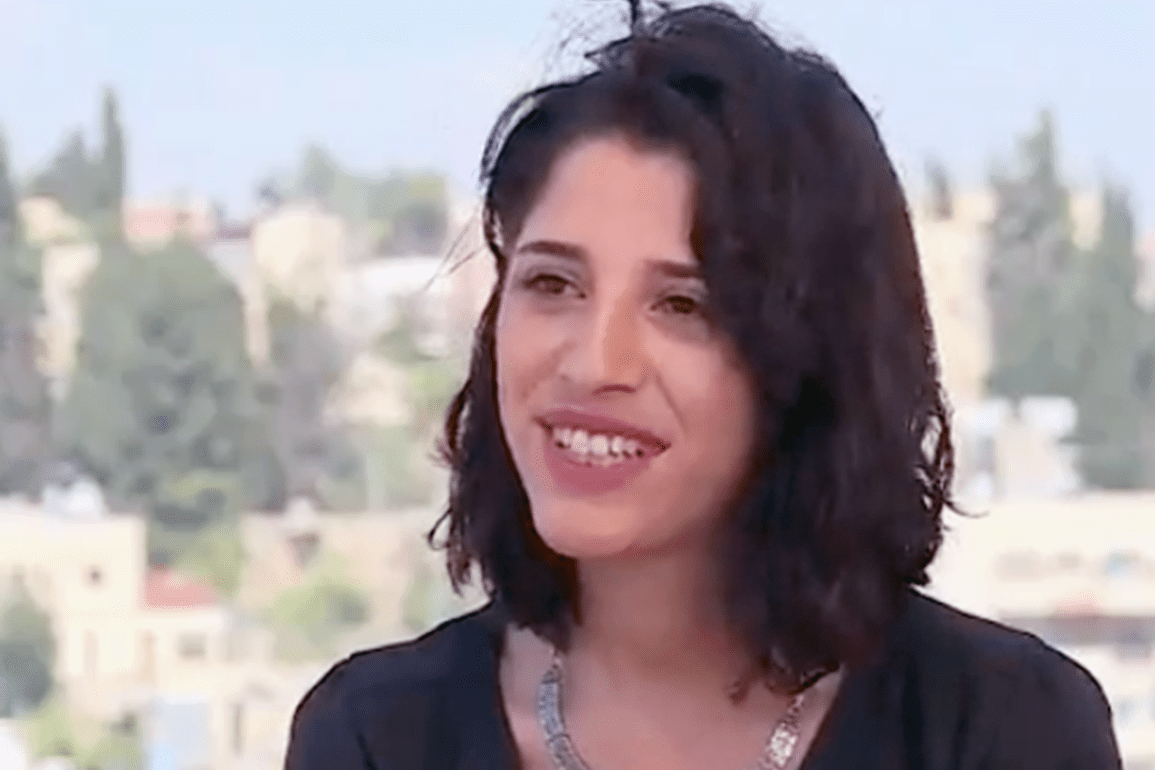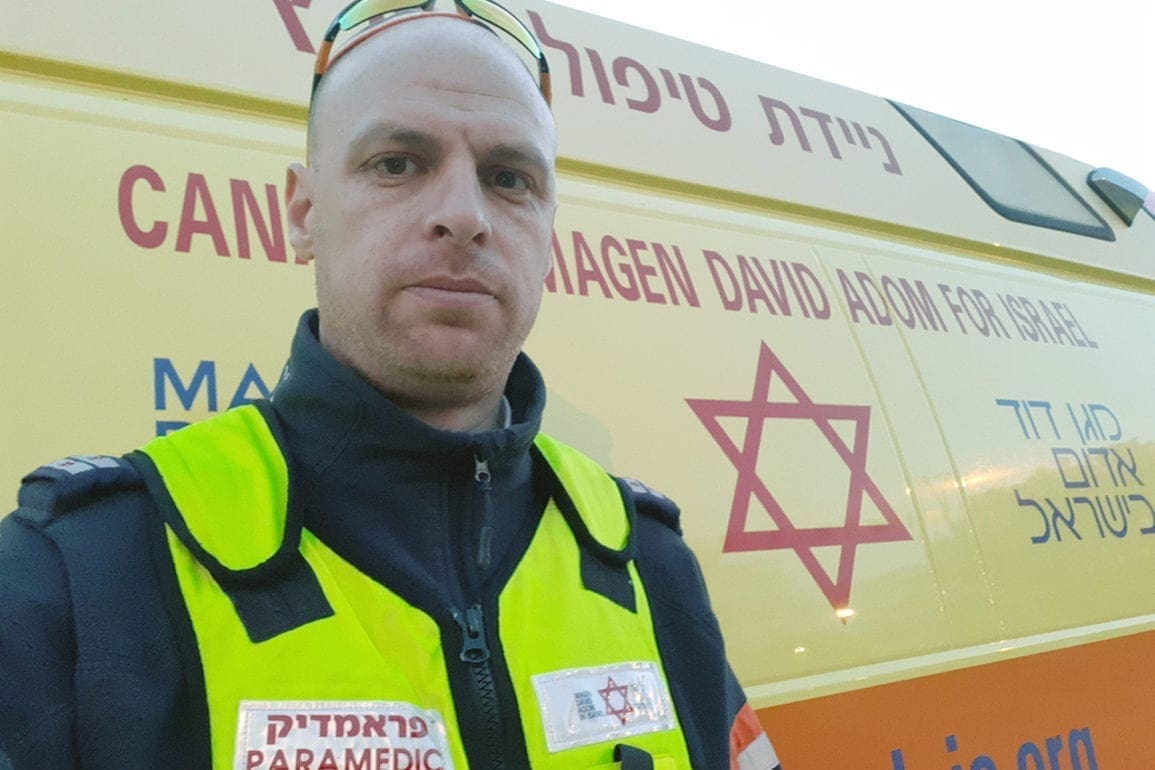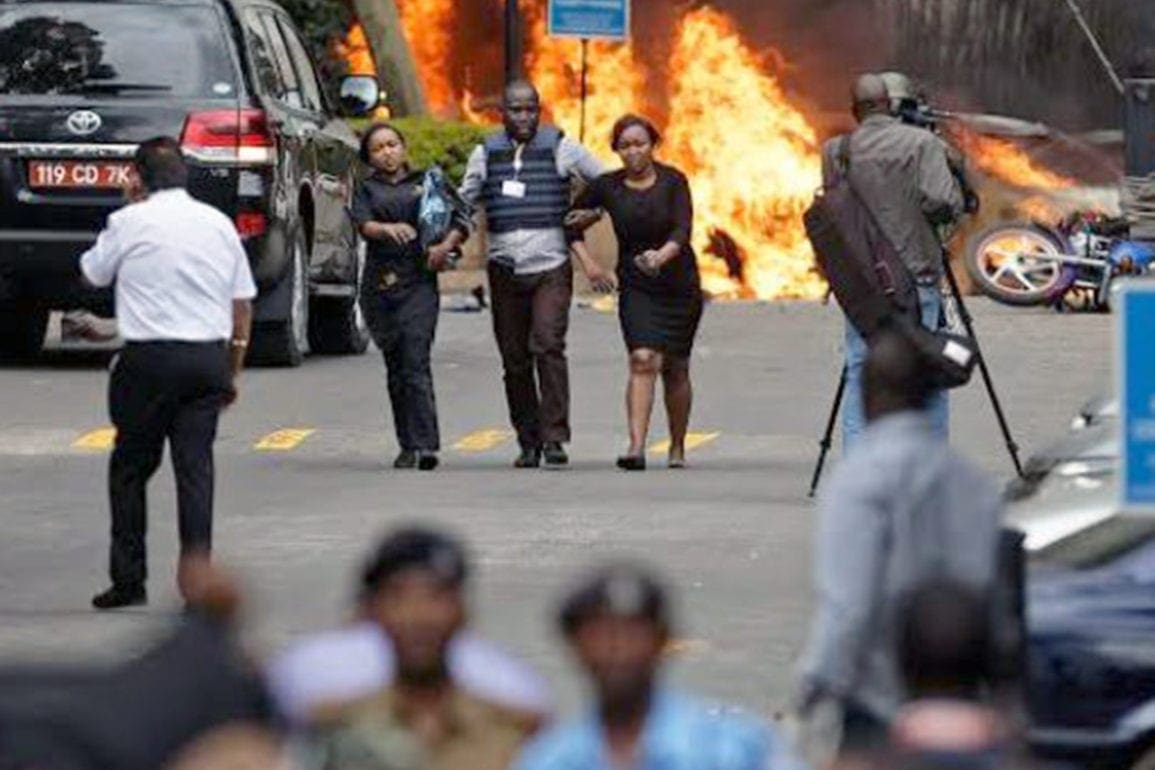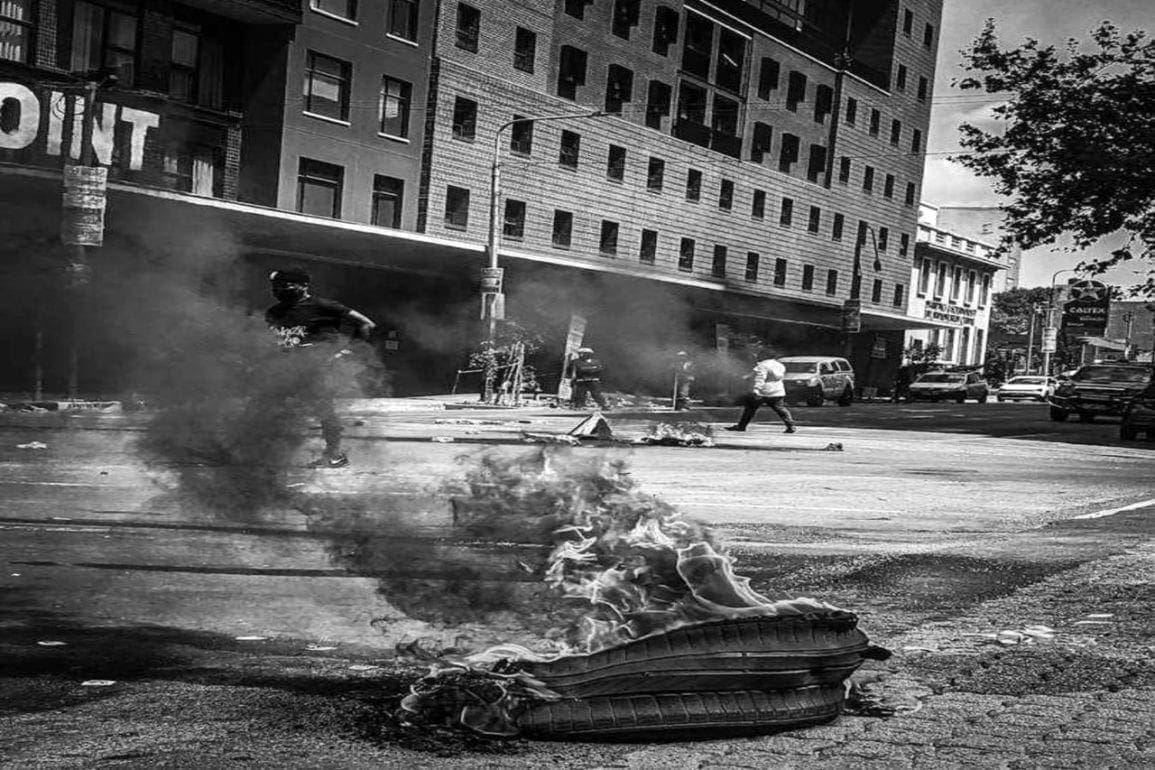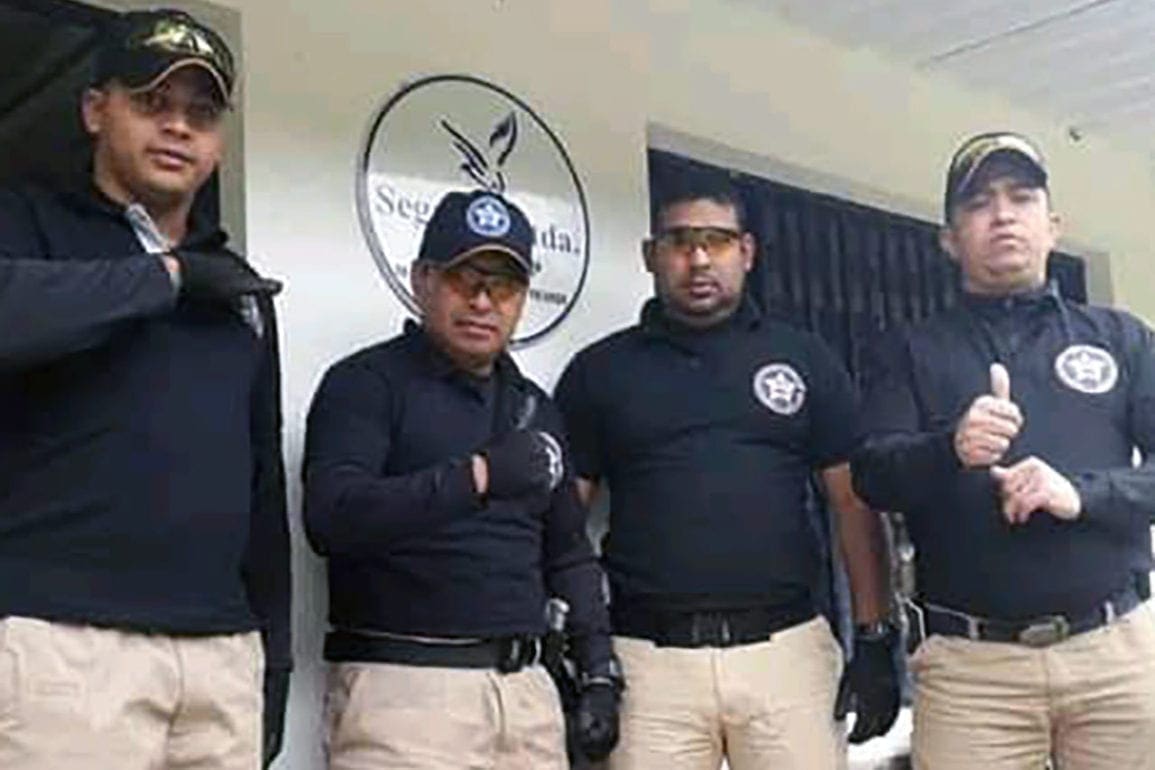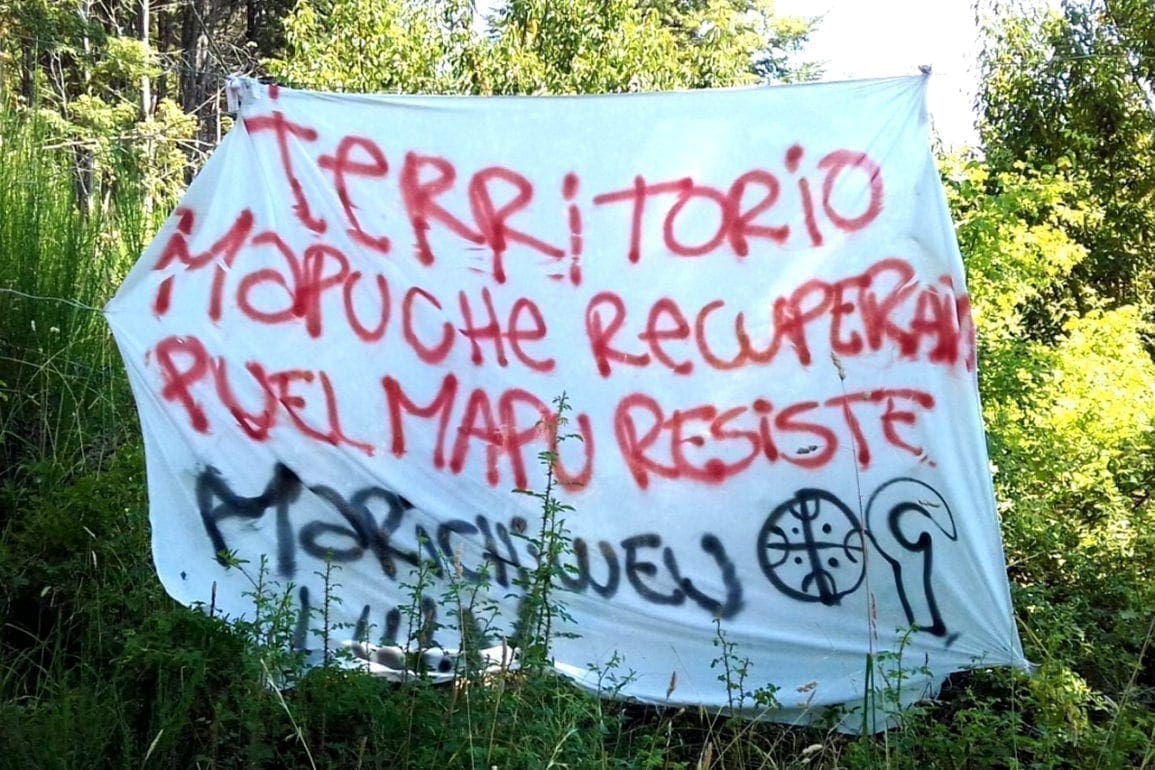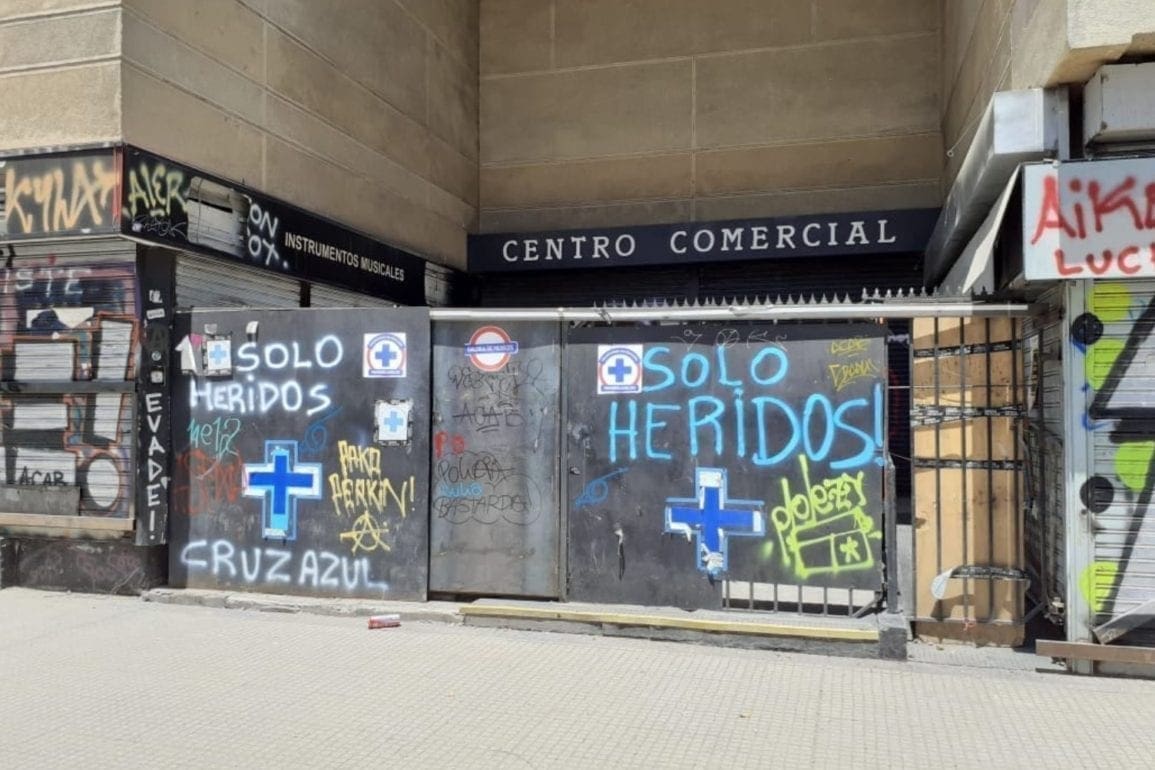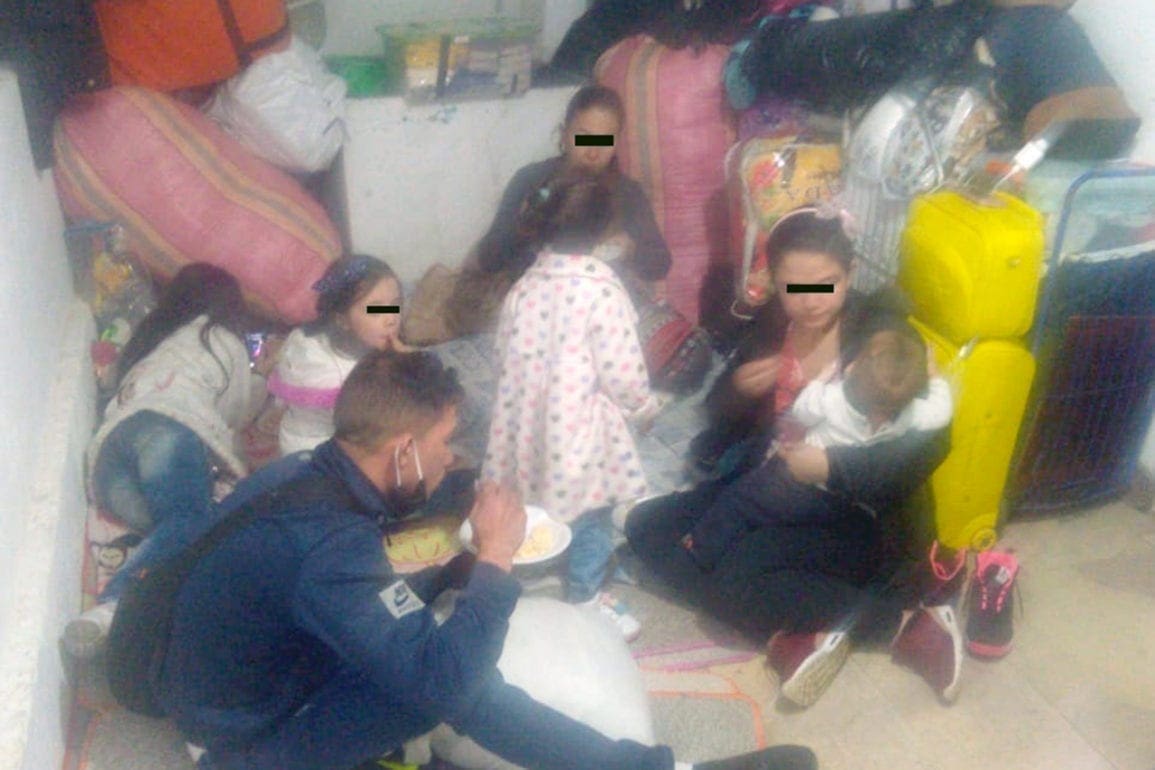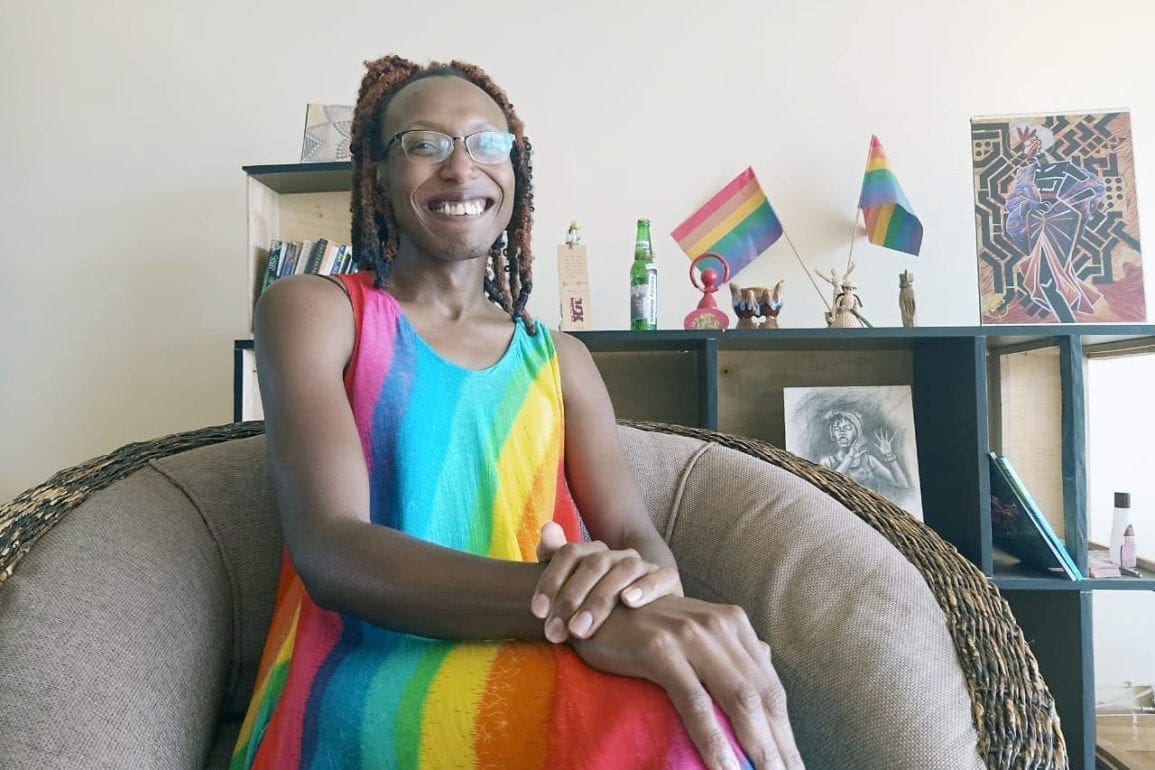Children traumatized by war: teacher helps students recover from ethnic violence in Manipur
The sight of fresh and crusted blood on the streets filled the family with fear as commotion erupted everywhere. A low-flying chopper roared past, and the stern looks on the soldiers’ faces revealed their intent to shoot any moving thing.
- 2 years ago
November 14, 2023

MANIPUR, India — As a volunteer teacher in a village school in Manipur, the students in my classroom come from the relief camps. Ranging from four to 15 years old, these children have witnessed first-hand the horrendous impact of war. I met five-year-old Jamhoujil on a rainy September morning in Kholmun, a small village of about 600 residents. On his first day, Jamhoujil avoided eye contact. From the way he moved, spoke, and his reactions in the classroom, I knew he was traumatized.
He appeared to be on edge, alert, and hyper-aware of his surroundings. Jamhoujil – one of 34 displaced children in my class – experienced the ethnic violence that erupted in Manipur this year between the Kuki and Meitei tribes. Jamhoujil’s family fled the only place they ever called home when the violence erupted. When I encountered him, I allowed him time to relax and let his guard down. Instead of asking questions, I simply continued teaching.
Read more stories from Manipur at Orato World Media.
Family’s dinner disrupted by outbreak of violence in Manipur, they flee for their lives
One quiet afternoon, Jamhoujil shared his story with me. The school bell rang, ending our day, and he stayed to talk. Before the ethnic violence broke out in Manipur, Jamhoujil lived with his mom, dad, and one-year-old sister in the serene village of Sugnu. On the evening of May 4, 2023, everything changed.
The sound of random gunfire in the peaceful tribal colony of Sugnu disrupted the family’s dinner. In fear, they huddled together in the house hoping the gunfire would stop. Yet, as night approached, the sounds only intensified, forcing the family to run. They took off, barefoot, in search of a safe space near the forest.
Jamhoujil’s mother carried him tightly in one arm, with his sister on her back. In her other arm, she carried as many essential items from the house as she could. The sight of fresh and crusted blood on the streets filled the family with fear as commotion erupted everywhere. A low-flying chopper roared past, and the stern looks on the soldiers’ faces revealed their intent to shoot any moving thing. With empty stomachs, they rushed into the dark woods following a solitary route through the dense jungle toward a possible safe zone away from the violence.
At first, Jamhoujil’s parents considered going to the Assam Rifles Camp but too much danger lay in their path. While his father feared the dangers lurking in the forest, Jamhoujil’s mother cared little about snakes and wild creatures. She was desperate and intent on saving her children from the savage attacks happening in Manipur, not matter what it took.
A gregarious young boy becomes introverted and hostile after witnessing violence
Jamhoujil’s family succeeded in reaching Utangpokpi, a neighboring hamlet. His father returned to rescue other residents in the region, and after three days, they left for U.Thingkangphai. Two more weeks passed before they continued walking to Churachandpur.
At the new village, five-year-old Jamhoujil finally heard the devastating news that their house burned down. The profound psychological impact he endured leaves him feeling continuous trauma. As the eldest son, he often received special treatment from his parents before the attacks. Now, everything changed. Concerned about the ongoing conflict in Manipur, his parents show less love and attention than before.
At the tender age of five, Jamhoujil witnessed so much violence, blood, and gunfire. A once gregarious student, he now appears introverted and hostile. At times, he can become quite vicious with the other children at the camp in his quest to express his rage and displeasure. The reprimands from other mothers fails to improve the situation or help him heal.
To first help a child heal from horrendous trauma, you must gain their trust. To do this, I pretend to be just like Jamhoujil. When I act like a five-year-old, I can be his friend. I listen to him intently and when he needs it, I give him space. My goal became to help this little boy escape the darkness in his mind and to end the numbness he feels. To do this, I needed to bring him into a brighter space, filled with fun and happiness. Experts say coloring and sketching offer a great method to assess and express buried feelings.
Five-year-old remains hesitant to trust, I gave him space and time
A few days after I met Jamhouji, I organized a drawing class. At the school, we included drawing as part of the syllabus once a week to assess the mental state of our students, since many faced violence and trauma like Jamhouji. On drawing day, I split the class into two groups. We tasked students aged 11 to 15 with drawing a heart shape to represent fear, happiness, anger, and love. Students aged four to 10 could draw anything they wanted.
Seated outdoors, the younger students enjoy the relaxing atmosphere of Kholmun against the backdrop of beautiful mountain views. With crayons, pencils, erasers, and paper laid out before them, they birth their Picaso within. Looking over at Jamhoujil, I saw him holding a well-sharpened pencil, but he seemed reluctant to put it to paper.

I approached and encouraged him to draw something, but he remained uninterested. Showing him his classmates’ drawings made no dent in his willingness to participate. This boy, who once felt excited about learning, now could barely hold a pencil. Some time passed and one day, I noticed him scribbling all over the paper. Enthralled, I let him keep drawing as I watched. When I finally approached him gently, he became very timid and refused me to show me his drawing.
Not wanting to push, I walked past Jamhoujil to the other children. When the time ended, I asked the kids to hand in their drawings. As each child passed by, I high fived them. The children hurried excitedly, eager for praise. Jamhoujil arrived last. He approached with reservation, so I encouraged him and eventually, with some confidence, he handed me his drawing. It felt like I finally won his trust.
Little Jamhoujil finally opens up about the violence
When I looked at Jamhoujil’s picture, my heart broke into pieces. The squiggly lines likely held no meaning to the ordinary eye, but for me, it represented his state of mind. I asked him to tell me more about his drawing, but he remained hesitant. After some cajoling and pampering, he began to open up.
I felt goosebumps cover my whole body as he told me about the events of the horrendous night when he and his family fled their village – memories that would likely stay with him forever. He stuck to four colors: black, red, green, and violet. Black, which typically represents panic or fear, spoke to the trauma this little boy endured. The excessive scribbling reflected his internal rage, yearning to be released.
The red denoted violence and danger – which presented in his body as well. He constantly wriggled, showing how helpless he felt about the intense feelings within. Green is a symbol of hope and it showed his subconscious held a space for optimism; that things can get better. The violet felt somewhat elusive. Did he have an earnest longing for God to hear his pleas? Did he believe in a supernatural force to help the pain go away? Violet can also signify trust and connection. Here he was, finally opening up.
Before the outbreak of violence in Manipur, little Jamhoujil presented as a gifted kindergartener. He excelled in his studies and often won school competitions. Since the events of May 4, 2023, he has become a precious little boy who is scared to death and needs to heal.
Here in Kholmun village, the youth club office has become our classroom, full of traumatized children. In this single room with a whiteboard and a wooden bench, we use lessons plans given to us by the Rural Women Upliftment Society. They give us stationary and when we aren’t sitting on the floor in the classroom, we go outside.
With over 14,000 children now displaced in Manipur, and over 5,000 in the Churachandpour district – in more than 330 relief camps – we have our work cut out for us. They need health checks, food, medicine, and school supplies. We will keep doing everything we can for Jamhoujil and all the other little ones impacted but these awful events.
To support these efforts, see the link in Background Information at the top or side of the story.




